- English (EN)
- Español (ES)
- Português (BR)

Is Mongolia Safe? Crime Rates & Safety Report
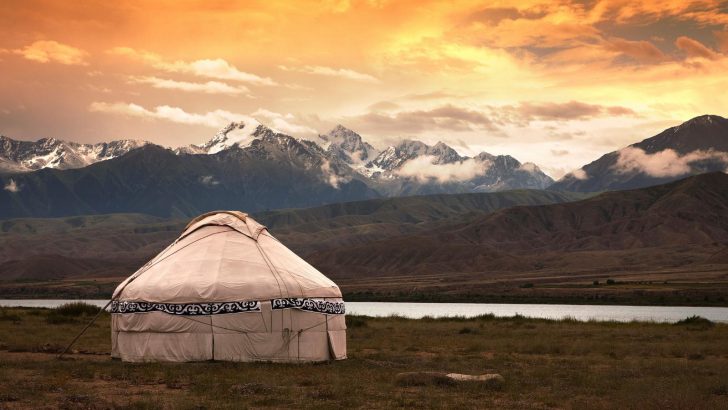
- Mongolia : Safety by City
- Ulaanbaatar
Mongolia is a country located between China and Russia.
Interestingly enough, it is one of the last few places in the world where nomadic life still exists.
Mongolia consists of historic Outer Mongolia, while the province of Inner Mongolia is geographically and politically separate and located in northern China, sharing common borders with Mongolia.
This country is widely known for its vast natural spaces and landscapes, such as gorgeous countryside, steppes, breathtaking mountains, blue lakes and to top it all off, it is brimming with wildlife and livestock.
There are even areas so remote that you could drive an entire day and see no signs of human life.
This is mainly what attracts tourists to this country.
Apart from its capital, Ulaanbaatar, Mongolia is generally a safe place to visit.
However, despite the warm welcome by its kind people, traveling to Mongolia can be a bit tricky, since you may encounter many areas with only basic facilities.
- Warnings & Dangers in Mongolia
OVERALL RISK: LOW
Mongolia is one of the least crime-ridden countries to travel to. It has possibly the lowest crime rates in Asia, so there isn't much to worry about as long as you take the basic precaution measures. Petty theft is Mongolia's biggest problem when it comes to crime.
TRANSPORT & TAXIS RISK: LOW
Generally, transportation in Mongolia is pretty safe and reliable. You can use taxis, buses and share minivans and jeeps, and you can also use camels. Just be aware of unmarked cars driving with the window rolled down, offering to give you a ride. It is probably a scam with a goal to steal your money.
PICKPOCKETS RISK: MEDIUM
The biggest concern when traveling in Mongolia, especially Ulaanbataar or other large Mongolian city is pickpocketing and bag snatching. You shouldn't fear violence, only petty theft, which can also be avoided only if you follow your common sense. Never keep your money in your pockets or purses. Places notorious for these kinds of thefts are the Black Market (bazaar), the railway station and crowded bus stops.
NATURAL DISASTERS RISK: MEDIUM
There is a variety of natural hazards threatening Mongolia, such as floods, earthquakes, storms, droughts, and other extreme weather events. Apart from that, Mongolia is subject to dzuds, which occur when extreme winter conditions such as heavy snow, prevent livestock from feeding.
MUGGING RISK: LOW
Violent crime is not common outside of the capital, and pretty rare in the capital, but still, caution is recommended at night, or in deserted areas and poorly lit streets. Unfortunately, xenophobia exists in this country and violence towards foreigners can happen so avoid interaction anyone intoxicated or anyone looking like they might want to start a fight.
TERRORISM RISK: LOW
Although there is no recent history of terrorism in Mongolia, attacks can't be ruled out. Be aware of your surroundings at all times.
SCAMS RISK: MEDIUM
Scams are common in every country frequented by tourists, and that applies to Mongolia too. Be wary of people trying to distract you, people pretending to be official personnel and street vendors trying to rip you off.When crossing the border from Mongolia into either Russia or China you may be stopped by someone in an official-looking uniform asking for you travel insurance and asking for money if you don't have it with you. This is a common scam in Mongolia, so be careful at the borders.
WOMEN TRAVELERS RISK: LOW
Mongolia is a safe country for female travelers. People are very friendly in Mongolia and willing to help you at any time. Just follow your common sense in public places, avoid dark and deserted areas, walking alone at night and watch out for your belongings and your trip should go smoothly.
- So... How Safe Is Mongolia Really?
Generally speaking, Mongolia is a rather safe country to visit.
Its biggest problem is it has some petty crime that you may encounter on the streets.
Apart from that, it is known as a country filled with ultra-nationalist groups that target white, black or other ethnicities so just avoid triggering any local nationalist or xenophobic elements, and you will be fine.
Another issue in Mongolia is the corruption of local authority, and locals are convinced that the police are not to be trusted.
Some even say that Mongolia is the most corrupted Asian country, so be careful when talking to authorities.
You should also be wary when traveling by horse since incidents such as groups following tourists and then stealing all their belongings, including the horses, while they sleep at night, have been reported.
Also, dogs in Mongolia are known to be aggressive and may run in packs, so you should be careful and avoid any interaction with them since they may turn out to be rabid and not as tame as domestic dogs.
- How Does Mongolia Compare?
- Useful Information
A visa for Mongolia is usually required. A Mongolian tourist visa is usually valid for a stay of up to 30 days within six months from the date of issue. Your visa can be extended for up to 30 days once within six months. However, if you are not sure about your visa status, visit www.doyouneedvisa.com which will let you know whether or not you need a visa based on your nationality and the country you want to visit.
Mongolian tögrög is the official currency in Mongolia. Credit cards can be used in hotels, shops and restaurants in Ulaanbaatar and other large cities and ATMs are widely available.
The weather is extremely cold during winter, dropping as low as -30º in some parts of the country, while the weather during the summer is generally hot. Outside of the Gobi desert, summer is marked with rains in some areas, though at night it can become quite chilly.
Chinggis Khaan International Airport is the international (and busiest) airport located in Ulaanbaatar, about 18 km southwest of the capital.
Travel Insurance
Just like anywhere else, we recommend getting travel insurance when traveling to Mongolia, since it covers not only the costs of medical problems but also theft and loss of valuables.
Mongolia Weather Averages (Temperatures)
- Average High/Low Temperature
Mongolia - Safety by City
- Where to Next?
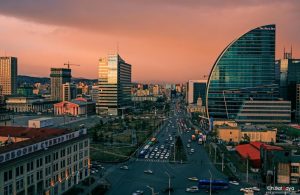
2 Reviews on Mongolia
A marvelous country.
It’s a bit weird to see such a big difference in temperatures from -23 in January to 18 in June. We went there in May and it was around 7 degrees then. It was a good experience as we like to travel around the country and there are many beautiful places to see while traveling. The cities are interesting especially the capital and you also do need to stay a bit alert so you don’t get mugged or scammed.
Brave Mongolia on your Own
We were neither mugged nor scammed. However, at an outdoor market, a nice man with a young son warned us that pickpockets do exist. Few people speak English, a problem when we were trying to find a museum that was in a former movie theater. All the theater trappings were still on the building. No mention of a museum! It took us about a half hour to find an English speaker who pointed us to the right place. Anyone who figured us for being American asked if we could get them a McDonald’s since they were the only Central Asian country without one. There was even a joke one on the internet. However, they do have KFC and Burger King near the Holiday Day Inn Hotel. And a burger joint whose meat is rolled in ground charcoal before grilling. Weird but not deadly.
We stayed at Holiday Inn at one end of town and Best Western at the other so we would have an English speaking base. We accepted the offer of HI to pick us up at the airport for around $50. Turns out it is far and that night they had their first snow. Their working hours are very unusual. They are up and around until midnight but still sleeping at 10 am. Streets are empty until then.
One of the HI employees arranged a day trip to the mountains and an old temple plus the giant statue of Gengis Khan on horseback. It turns out that there is an independent hotel on the outskirts of town where you can stay in a glorified ger (their word for yurt). Next to Holiday Inn is a local community of people with houses plus a ger. The ger is like having a garage (which they did not have) for storing your stuff. Best Western is near the government buildings and expensive shops. Near the art museum you can find a huge department store full of western products. We stayed 4 days which was plenty for the city. We did pass up the camping experience as we are seniors.
All I can say is “GO!!”
We flew Mongolian Air non-stop in a new jet from Tokyo. That was totally the best choice.
The capital also has an art museum that is very interesting as it is broken into three parts (pre Soviet, Soviet and current. You can readily see big differences in style as the country changed.
Share Your Experience Cancel reply
Your Review
Title of your review
Article Contents
- Overall Risk
- Transport & Taxis Risk
- Pickpockets Risk
- Natural Disasters Risk
- Mugging Risk
- Terrorism Risk
- Women Travelers Risk
- Weather Averages (Temperatures)
- User Reviews
- Share Your Experience
Popular Destinations

Safety Index
Recent reviews & comments.
- Zach Cooper on 10 Most Dangerous Cities in South Carolina
- Zoe Diaz on 10 Most Dangerous Cities in South Carolina
- Russell Lee on 10 Most Dangerous Cities in South Carolina
- Donna Lee on 10 Most Dangerous Cities in South Carolina
- Steven Reyes on 10 Most Dangerous Cities in South Carolina
Popular US States
- Pennsylvania
All about Mongolia ...

Things you must know before travel to Mongolia Most important 20 ADVICE
Things you must know before Travel to Mongolia Most essential tips
As an explorer of the world, you’re no doubt drawn to untamed and undeveloped destinations – and traveling to Mongolia is certainly one of those.
With its vast steppes, rugged mountains and endless Gobi Desert, the country has a wild beauty that’s luring more and more visitors every year.
But before you travel to Mongolian wilderness, there are some things you need to know. Here are 20 essential tips to help make your trip smoother and more enjoyable.
1. Is it safe to travel to Mongolia?
Mongolia is a relatively safe country for foreigners. However, both street crime and violent crime are on the rise, especially in larger towns and cities. Crime typically peaks during the Naadam summer festival in July and during the Tsagaan Sar (Lunar New Year) festival in January or February.

is Mongolia safe to travel alone? I don’t think so. Group traveling is safety and security.
If you are traveling to Mongolia, consider traveling in a group is often the safest option, and more fun, too! If you’re traveling solo, it’s best to stick to well-traveled routes. I highly recommend you find a good travel Agency or call your Mongolian best friend.

Because a good travel agency can handle all of the logistics for you – from accommodation and transportation to tour guides and excursions. By the way, they have good drivers in their company.
Local drivers may be beneficial to you. On a long drive, you can use Google Maps or anything else. However, the local driver is the only knows the best.
2. Prepare Long Journey
You might be spending lot of time in the car. Most of the time you travel on unpaved roads, so it will be a bumpy ride. The average speed is 30-40 km/h.
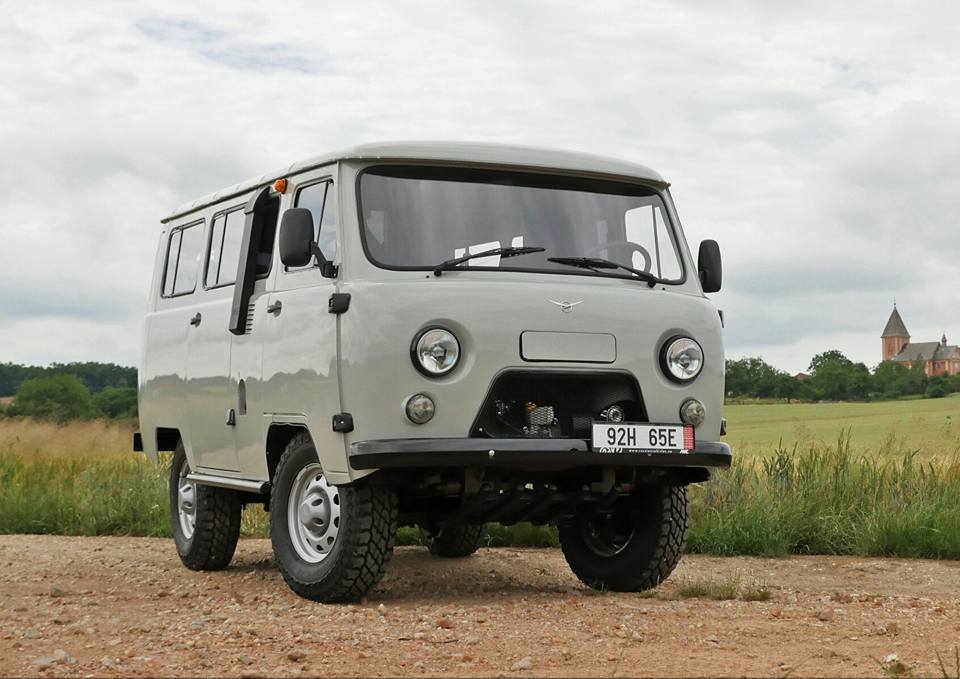
If you are prone to car sickness, bring along some medication or patches. And make sure you have enough books, music and snacks to keep you entertained during long hours in the car. This will help you a long way of travel to Mongolia
3. What do Mongolian nomads eat?
Be prepared to eat a lot of meats. The nomadic people live with their animals, so they will slaughter them for food. We also eat a lot of dairy products , such as yogurt and cheese.

If you’re vegetarian or vegan, it might be tough to find food options. Here is I highly recommended you article ‘most popular foods in Mongolia’
4. Mongolian traditional yurt is waiting you
Every time you camp, Mongolian traditional yurt will be waiting for you. Of course, there are pros and cons when you have a camp in Ger.
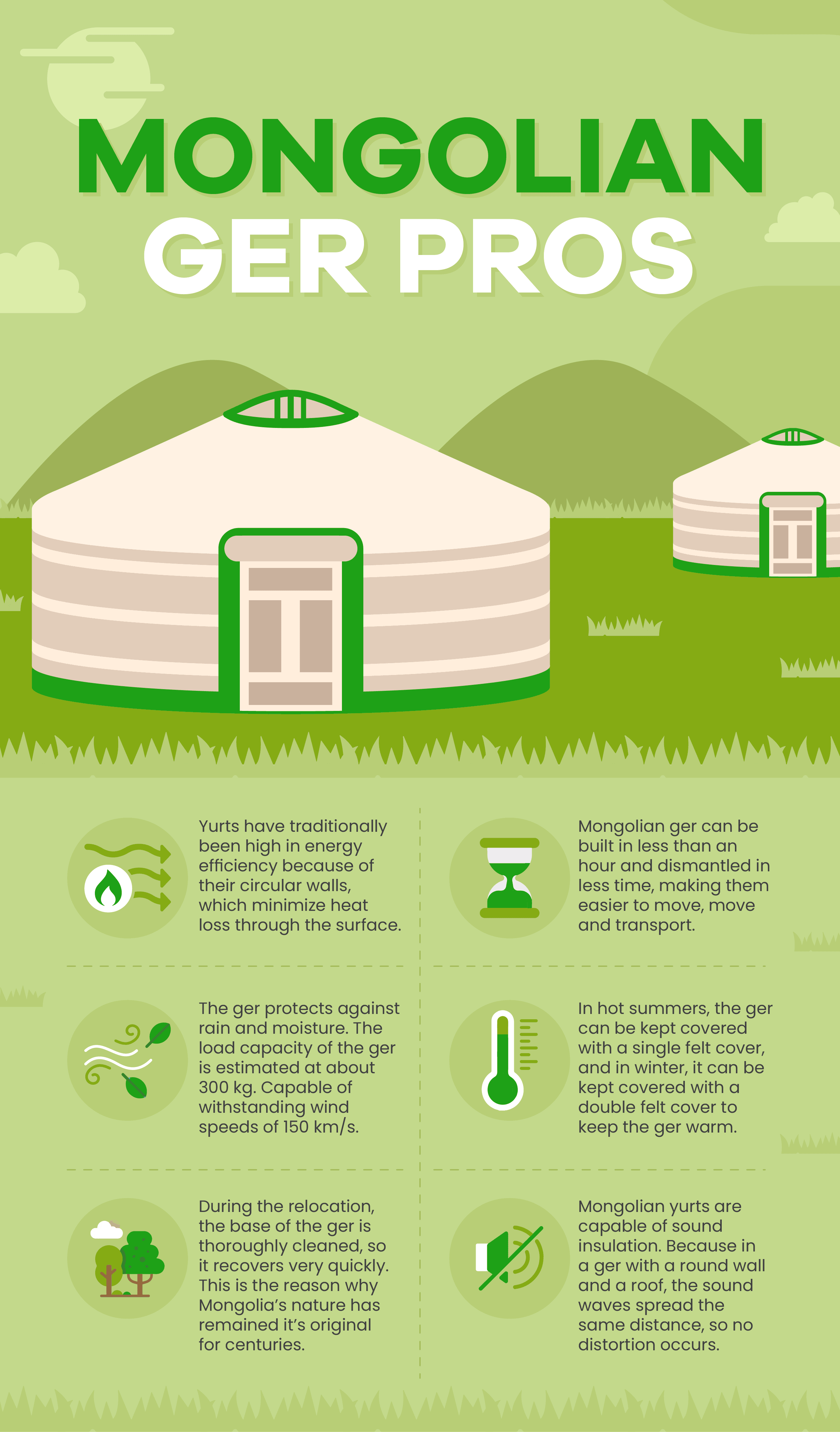
Cons of the ger or yurt are:
- It is might be cold at night. So you could tell them to keep your yurt warm the whole night or prepare your blanket. Traditional Mongolian Yurt has an actually stove in the center of ‘Yurt’. So you can fire when you get cold at midnight.
- There is not might be electricity in the Yurt. So if you need to charge your camera or phone, try to do it in the daylight.
5. You might not have access to toilet
When you travel to Mongolia usually in the countryside, there are no toilets around. The locals just go behind a bush. If you’re not comfortable with that, make sure you think about this situation.
And you might be squat when you get a toilet. In the countryside, there are no Western toilets. You will have to squat over a hole in the ground. In that position, your legs will start a shake after a while.
I would recommend you know something ‘how to use the squat toilet’ before you go to the toilet.
6. No Laundry facility in the countryside
So you need moisture-wicking clothes is the best choice. Because it is not smelling weird. And consider quickly drying clothes is the most important for your travel especially when you get a long trip.
You have to wash your clothes by yourself or someone can take care of them. But the main point is clothes must be dry quickly as possible. Because you don’t have too much time.
I have privately suggested that you use hangers and pull ropes to dry clothes. This will really helps you when traveling around Mongolia.
7. The shower case
If you travel in the countryside, you will shower with a bucket of water. And there is no hot water usually. In the wintertime , it is extremely cold to shower with a bucket of water.
I would recommend you to take a quick shower in the morning or evening when the sun is out. Because the weather is not too cold to shower. Wet wipes or military shower you should consider.
If you travel in the cities , such as Ulaanbaatar, you will find a hotel and they have a real shower with hot water.
8. What is the best time to travel to Mongolia?
The best time to travel to Mongolia is from late spring to early autumn – from May/June to September/October.
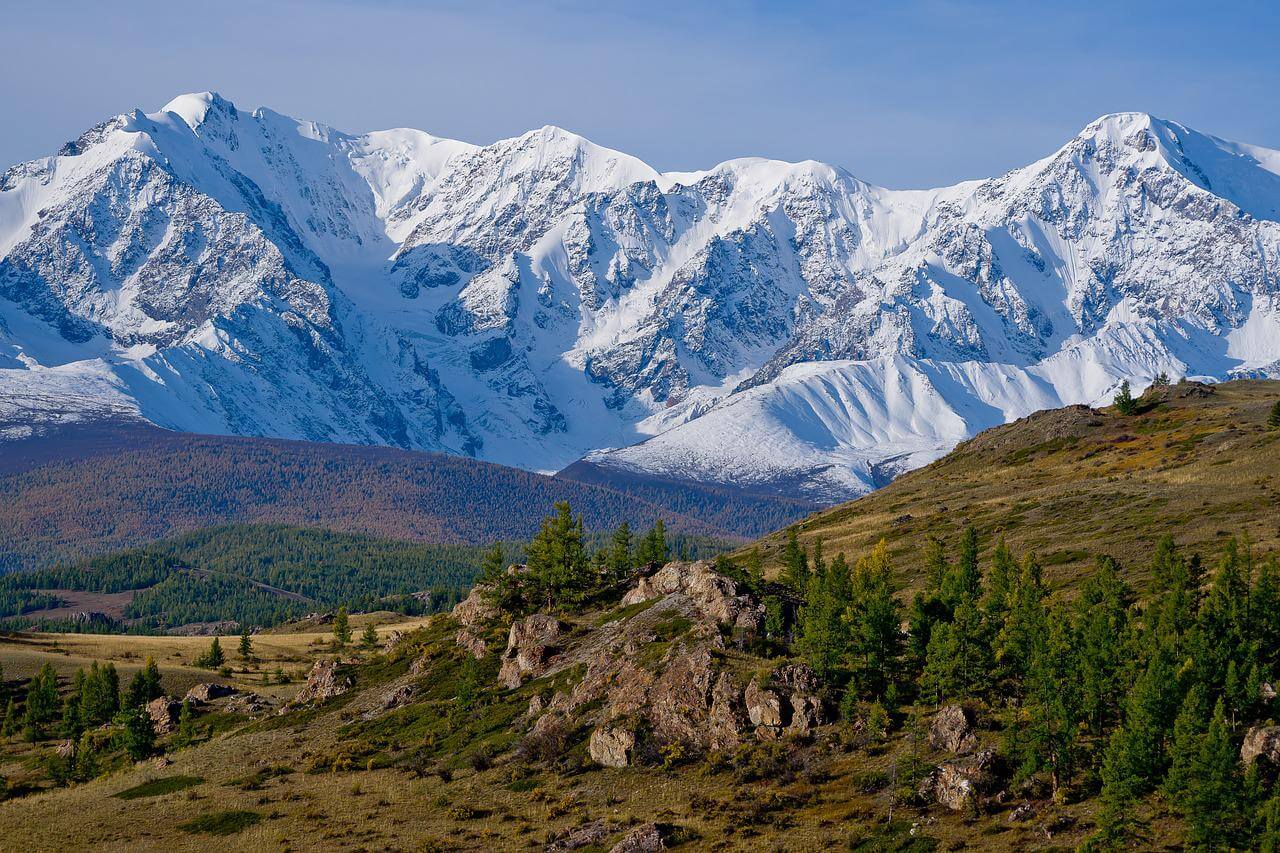
During this time, the weather is milder and the days are longer, so you’ll have more daylight hours to explore.
However, if you’re interested in winter activities such as dog sledding or snowmobiling, then travel between December and February. Just be prepared for cold weather!
9. What climate is Mongolia?
Mongolia has located at an altitude of around 1,500 meters above sea level, so it can get quite windy, and dry.
Mongolian weather is very changeful. It can be windy and hot one day, and the next day it can be cold and rainy. After July 13th it will start Autumn in Mongolia. So the day can be very hot but it can be very cold at night.
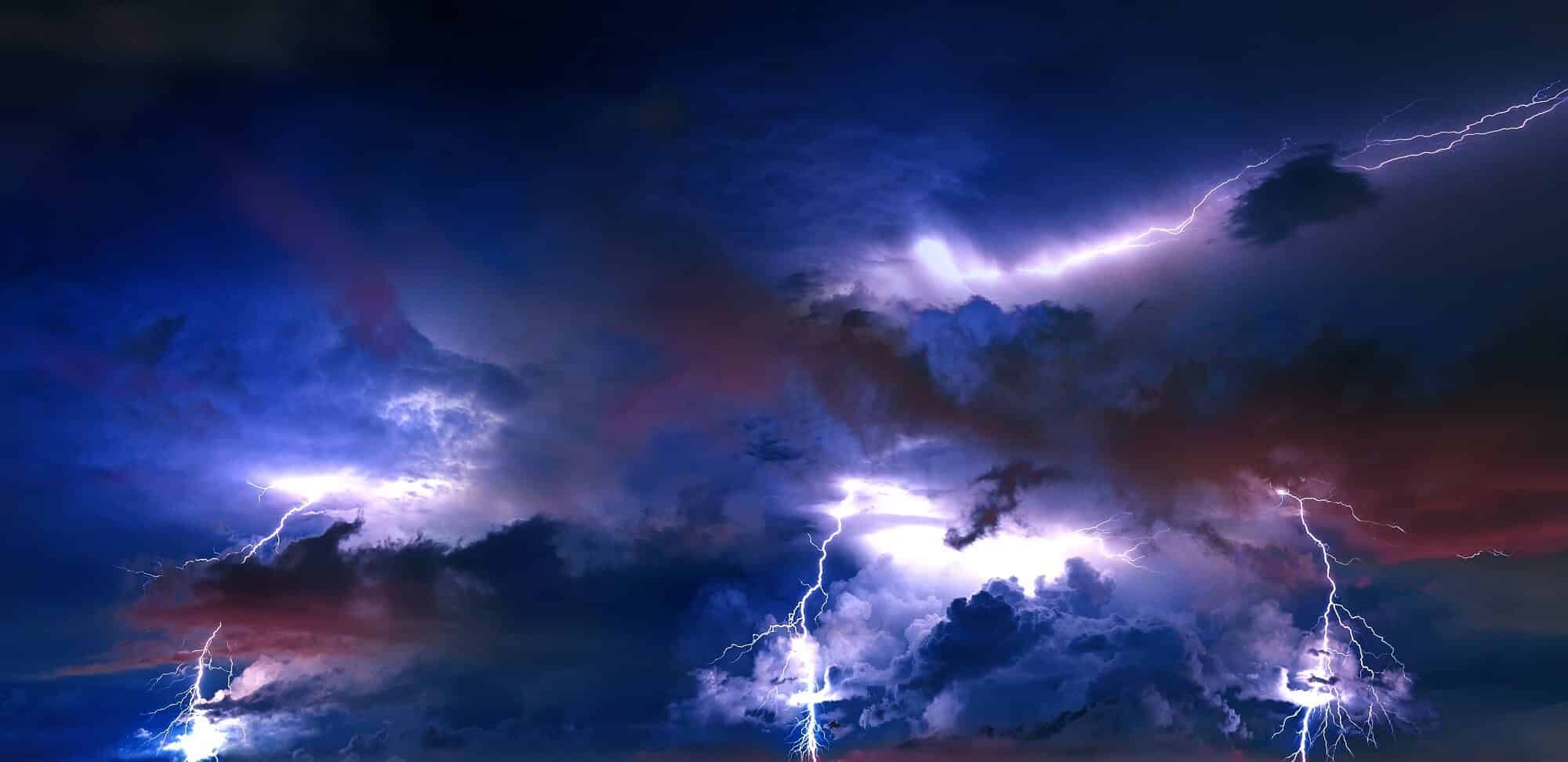
Mongolian day temperature is 25-30 Celsius degrees but the night temperature is 10-15 Celsius degrees. Sometimes when you wake up in the morning there will be iced grasses over the whole land. The weather is more extreme than you think.
My advice is long sleeve T-shirt, quickly drying clothes, moisture-wicking wool, and rain gears are perfect.
10. Don’t expect too much
Don’t expect too much in terms of luxury while travel to Mongolia. Accommodation is often very basic, especially outside of the capital city of Ulaanbaatar . Only you can see is vast countryside with untouched nature. Kind and hospitality Mongolian people you can meet.
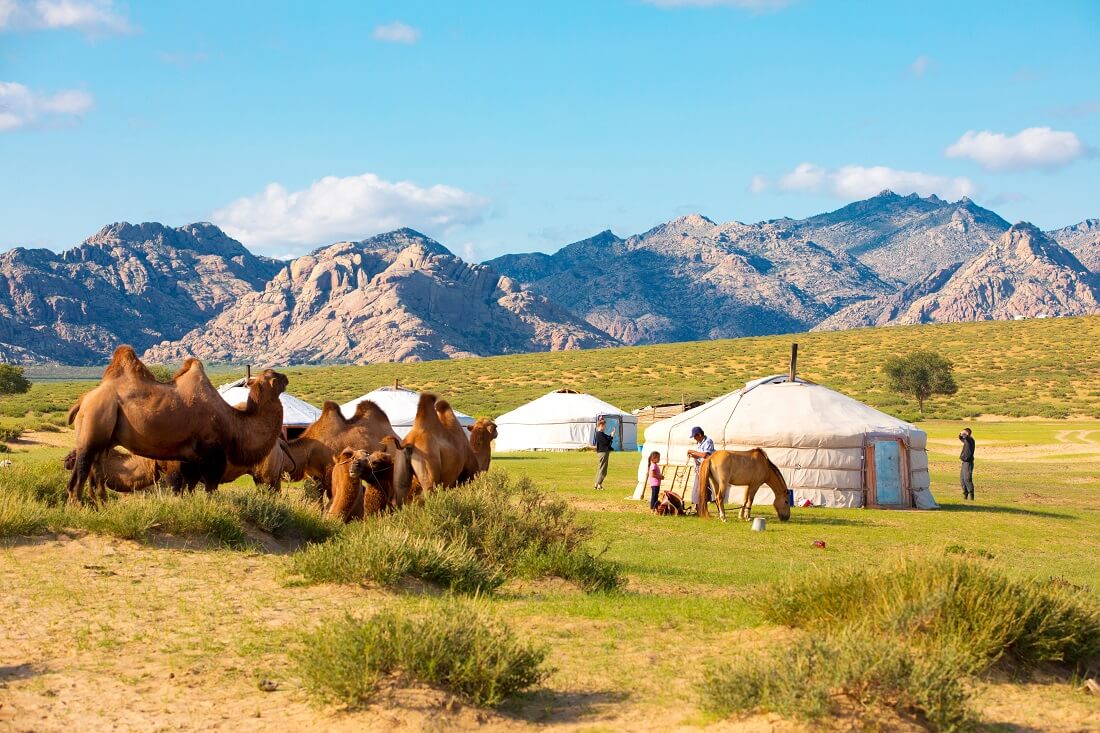
When you travel to Mongolia long way. You probably meet yurt camp all the way. Don’t expect too much service, a super clean house, and nice smells on your arrival.
Inside the Ger , there will be a bed, pillows, blanket, etc.
But hey maybe you can arrive at a Traditional Mongolian family. Things are a little bit different. Because most Mongolian people are very kind and hospitable to their guests. Here are some special advices to give you about Mongolian culture.
11. Prepare medicine
Travel to Mongolia, don’t forget bring any medications you might need with you. Maybe some of them is not available in Mongolia. Especially if you are sick, prepare your medications very well.
Because you will not be able to buy the stuff along the way.
12. Do they speak English in Mongolia?
The answer is NO. Not many people speak English in Mongolia, especially in the countryside. So it’s a good idea to learn some basic Mongolian phrases before you travel.
However, in the capital city of Ulaanbaatar, more people speak English, so you’ll be able to get by without speaking Mongolian. But it’s still useful to know some basic phrases.
13. Bring plenty of cash with you
There are very few ATMs in rural areas and they often run out of money quickly. Credit cards are not accepted everywhere.
So it’s a good idea to bring plenty of cash with you, in US dollars or Mongolian tugriks. Buying snacks, souvenirs, water, or an extra payment needs cash. Especially in the countryside.
14. What is Mongolian currency?
Travel to Mongolia is interesting. In here the Mongolian currency is the tugrik (MNT). 1 USD is about 3,200 MNT in 2022.
15. Is Mongolia expensive to Travel
Of course, It all depends on your travel style and budget. For the most part, traveling in Mongolia is not very expensive. You can find plenty of backpacker hostels for around $30 USD per night and meals can be found for a few dollars.
If you want to stay in nicer hotels or eat at nicer restaurants, then you will of course spend more money. However, there are still ways to keep costs down.
Mongolia is a relatively affordable destination, especially when compared to other countries in Asia. So if you’re on a tight budget, don’t let the cost deter you from visiting this amazing country.
16. Be respectful of Mongolian culture
Take off your hats when eating food (traditional home), for example, and don’t touch anyone on the head. learn more about Mongolian culture here.
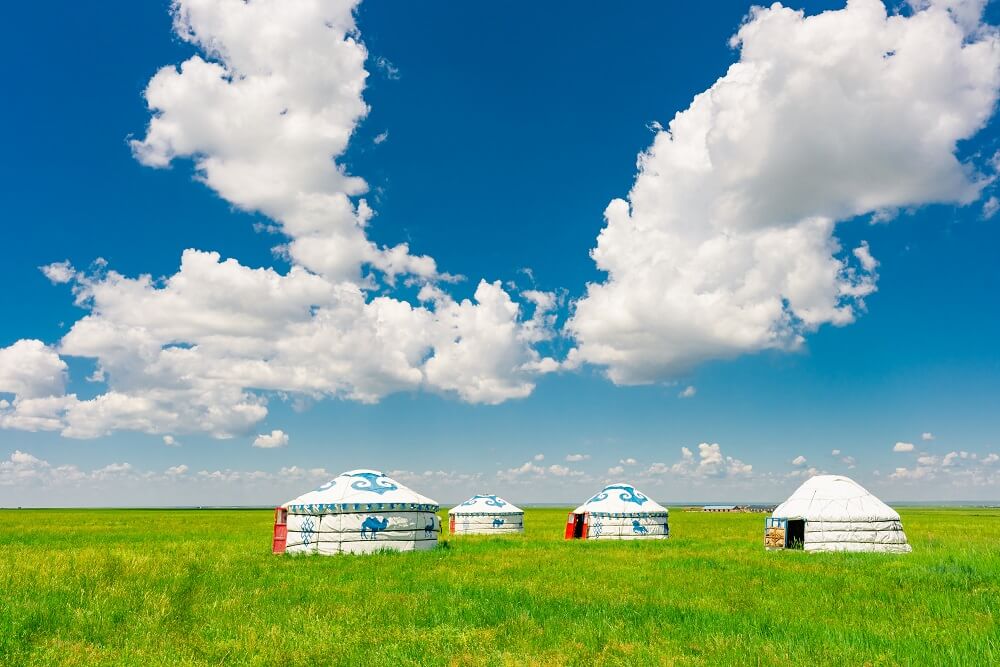
Nomadic people are very friendly and hospitable, so don’t be afraid to approach them and ask questions. Just be respectful of their culture and traditions.
17. The Gobi Desert can be challenging
The Gobi Desert can be particularly challenging to travel in, due to the lack of water and infrastructure. If you’re planning on visiting, make sure you’re well-prepared.
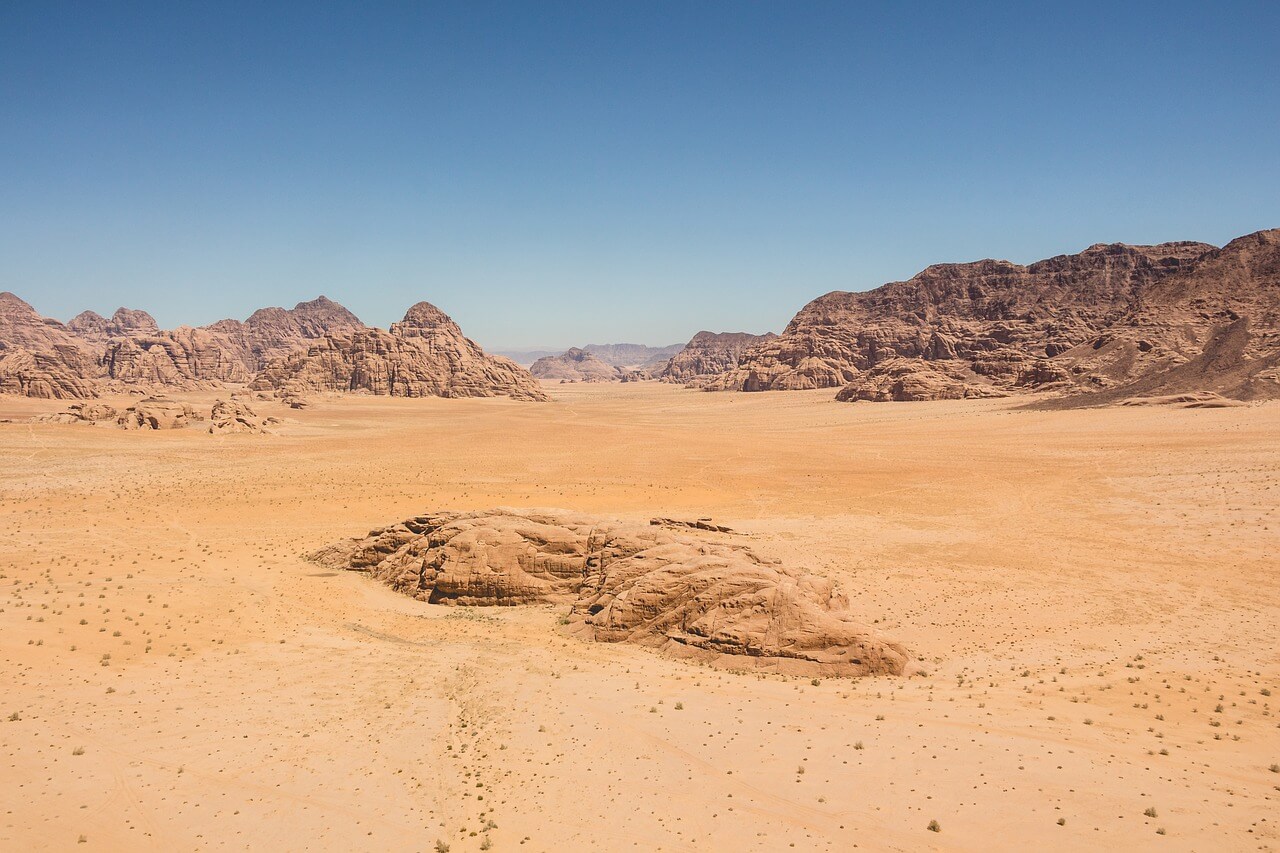
My advice is prepare your Phone case or camera case. Because the sand is very fine and it can get into everything. Even if it was Samsung or Apple phone.
18. Packing list to travel to Mongolia
List of Clothes:
- Clothes that dry quickly
- Towel /medium size/ that dry quickly
- Hangers and pull ropes
- Wet wipes or military shower
- Long sleeve T-shirt
- Moisture-wicking wool
- Buy Deel from Mongolia
- Mongolian boots /ride horse/
To do list:
- Basic Mongolian phrases book
- Interesting books
- music, podcast
- playing cards can be fun with friends
Accessories:
- wallet /can be keep lot of cash/
- Change case for phone /camera etc/
- medications
- headlamp /use it at night/
- extra batteries /If you have a camera/
- car charger while you get in drive
- car accessories /car big pillow, blanket/
Traveler / Writer / Founder
Is Mongolia worth visiting?
Absolutely! Mongolia is a unique and fascinating country, with much to offer visitors. From the stunning landscapes of the Gobi Desert to the friendly people and rich culture, there’s something for everyone in Mongolia.
How should I dress in Mongolia?
Mongolian weather can be extreme, so it’s important to dress appropriately. In summer, temperatures can reach 40 degrees Celsius (104 degrees Fahrenheit), while in winter it can drop to -40 degrees Celsius (-40 degrees Fahrenheit).
I highly recommend the deel. You can use it anywhere and everywhere in Mongolia. Especially Traveling around Mongolia. Deel is very comfortable using it. If you want to sleep in a cold place Deel can be blanketed easily. Or if you want to go toilet. The Deel can cover your naked body. In a hot day
Related Tour:
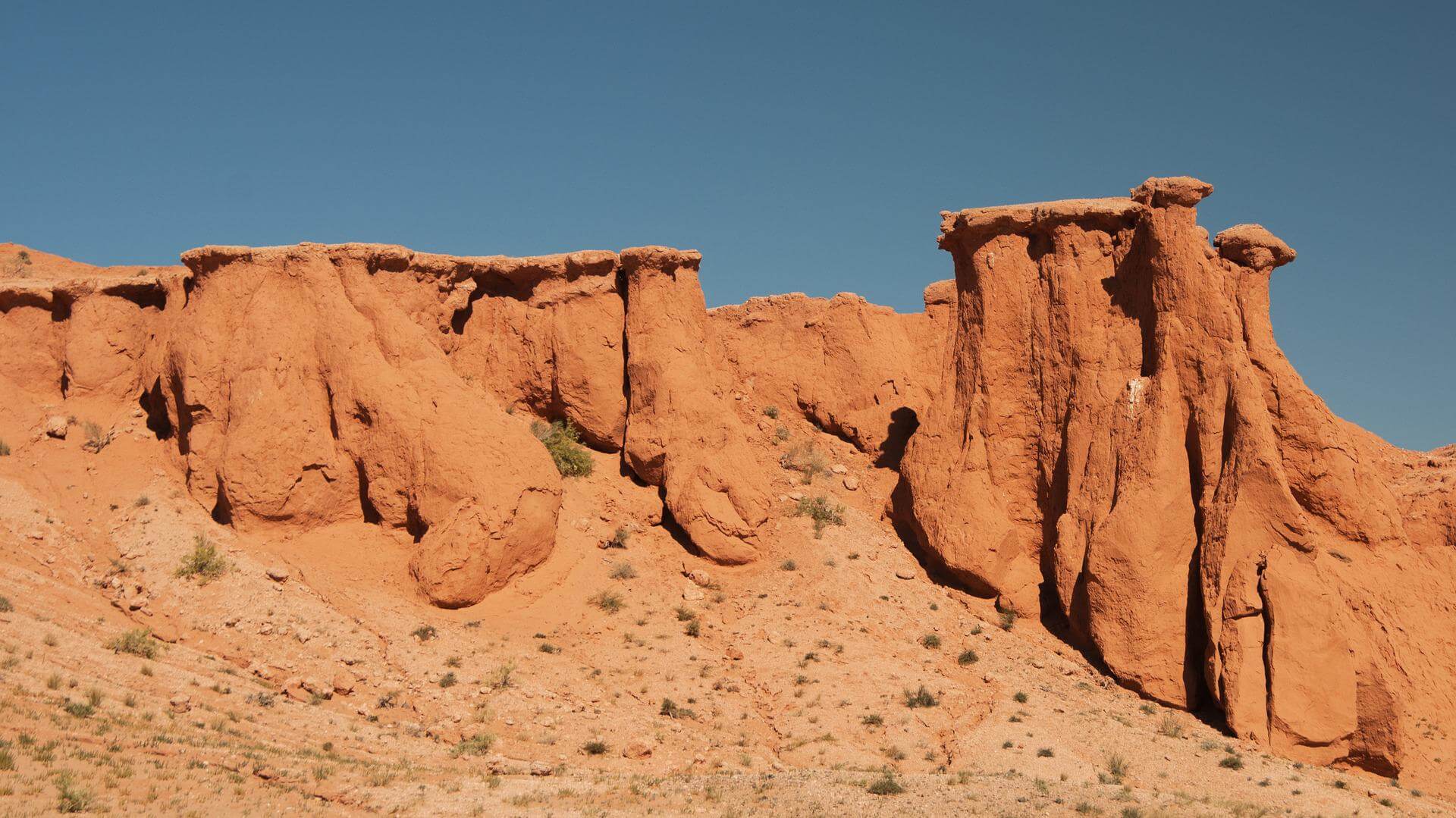
Gobi Desert Tour & Travel 7 days 8 nights
Related content:.

Gobi Desert Silk Road: A Journey Through Time and Trade

The Cultural and Social Significance of Mongolian Camel Racing

Bayankhongor Province: A Glimpse into Mongolia’s Heartland
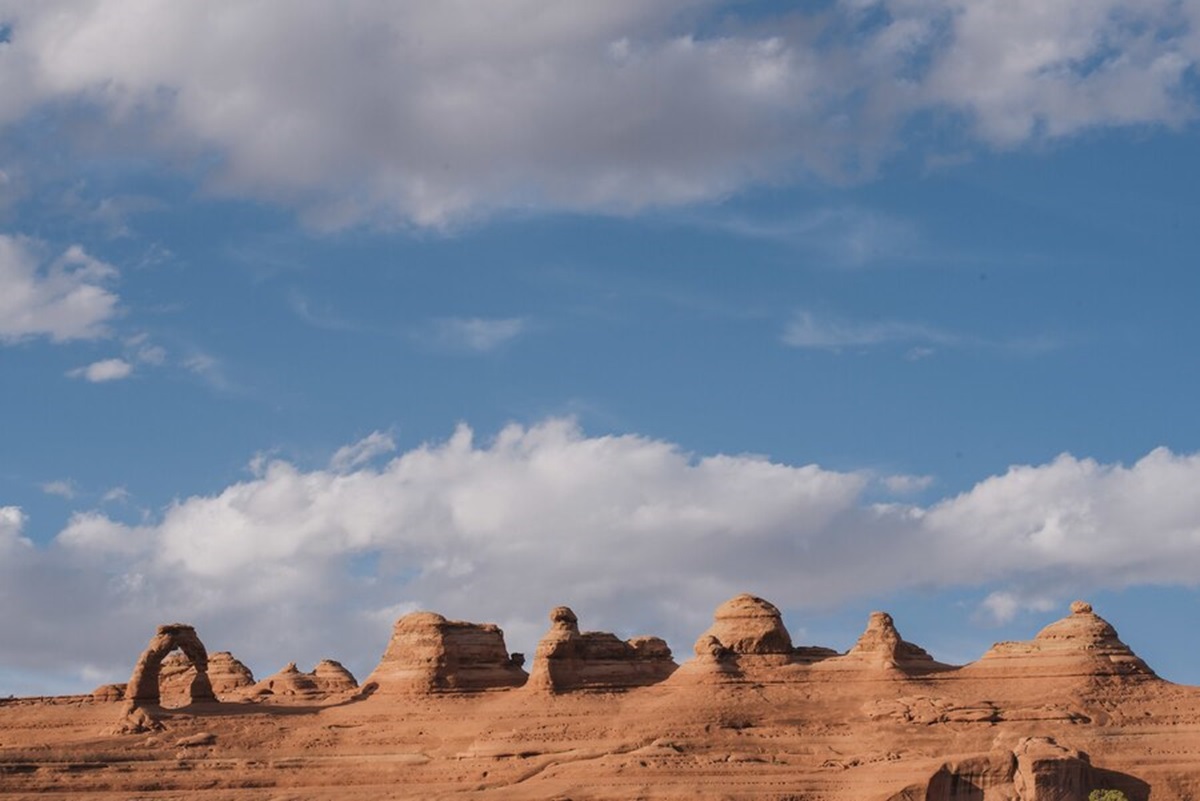
Gobi desert temperature range – Unveiling the Dynamic Tapestry of Temperature

Mazaalai 10 interesting facts : The Remarkable Gobi Desert Pocket Gopher
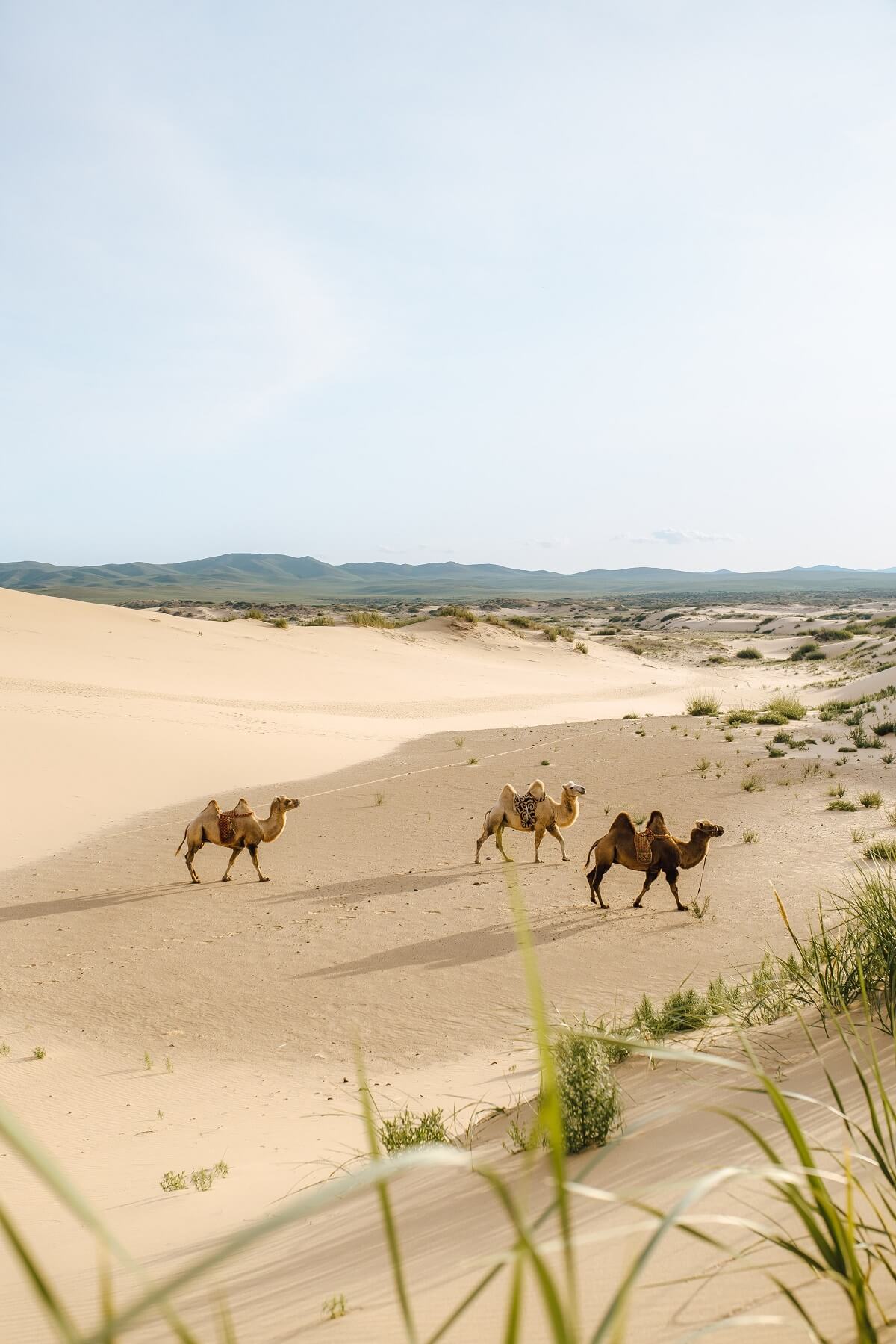
The Great Mongolian Desert: A Hidden Gem of Nature’s Wonders

Khorgo Terkhiin Tsagaan Nuur National Park
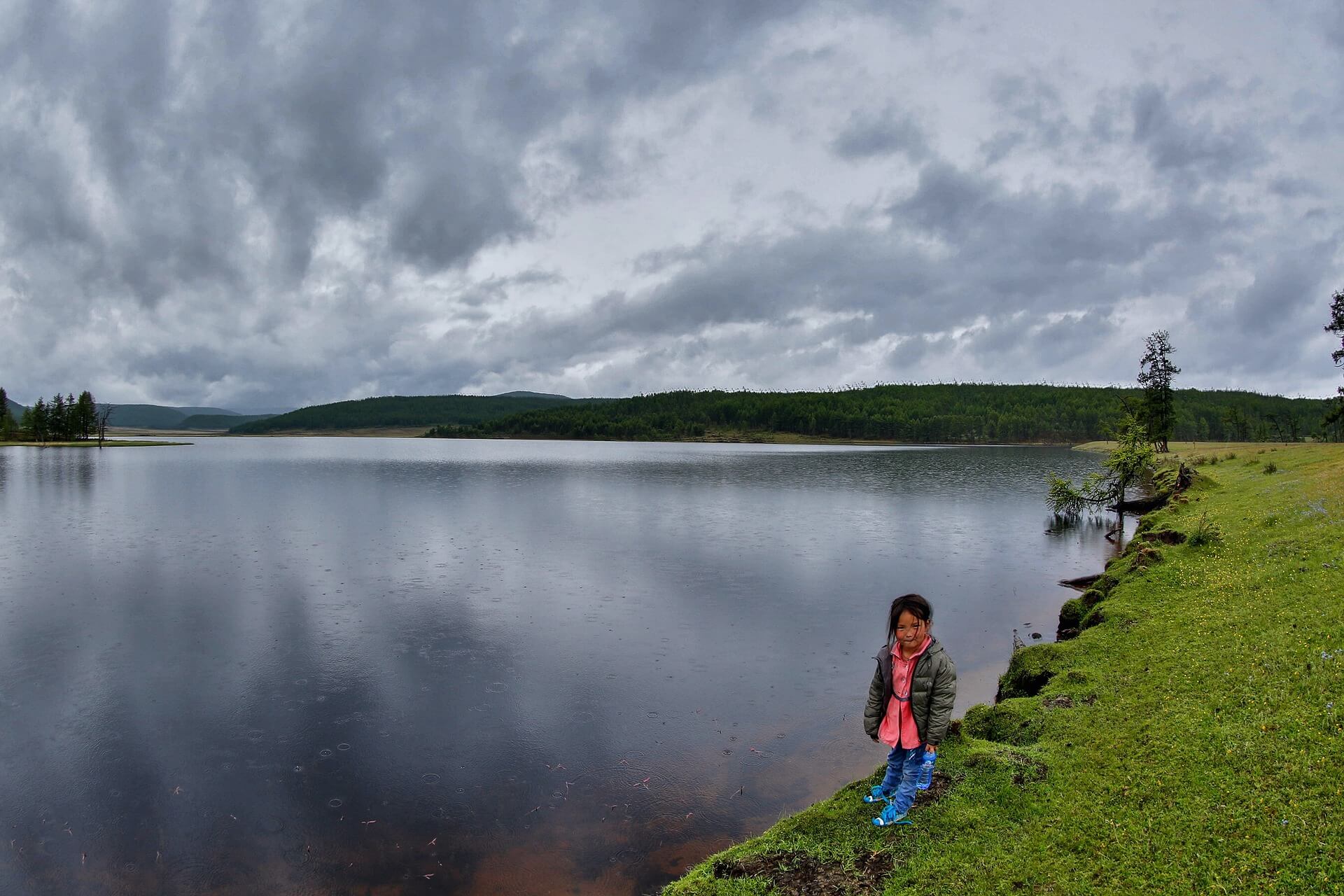
Ugii Lake: Ideal place for Nature Lovers
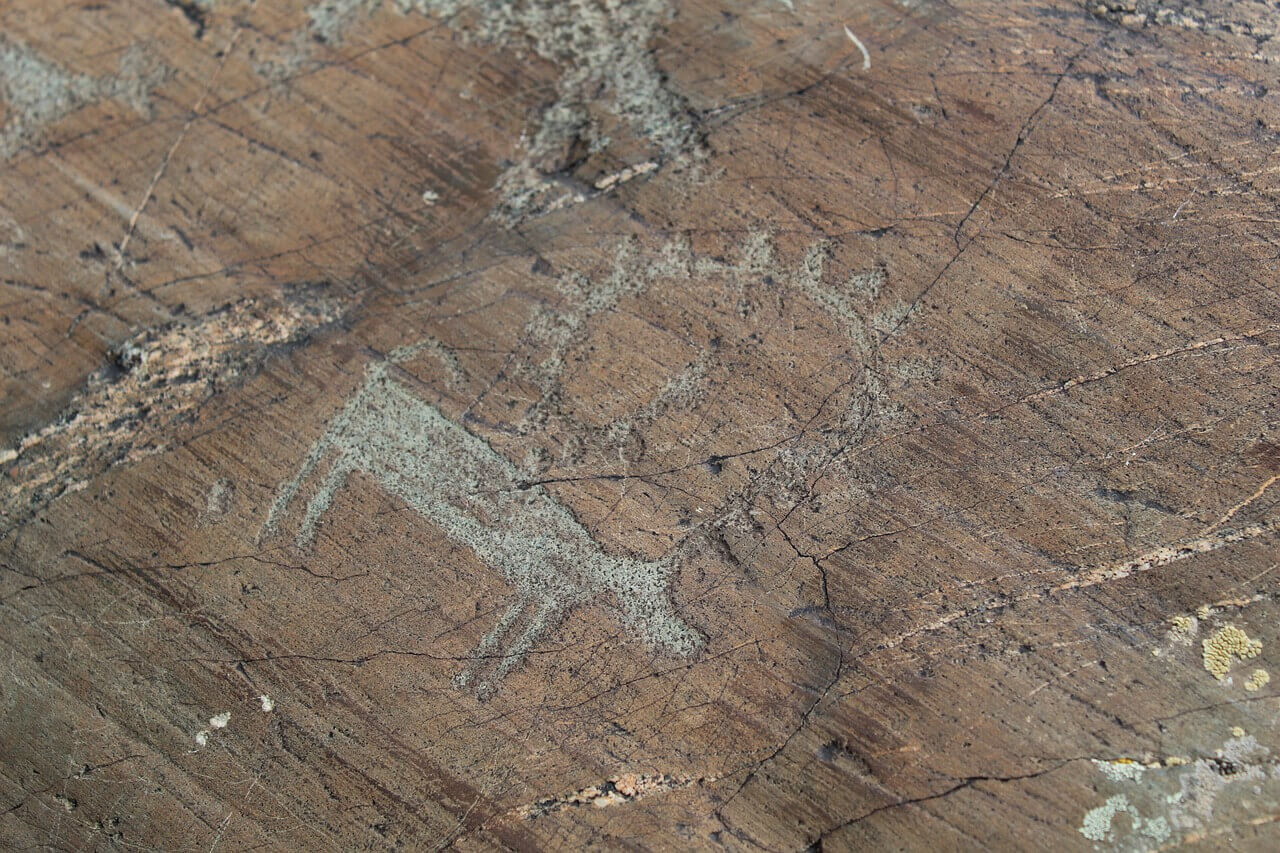
Deer Stones Mongolia: Incredible Archaeological Find of Mongolia

Bayanzag: The Amazing Cradle of Dinosaurs
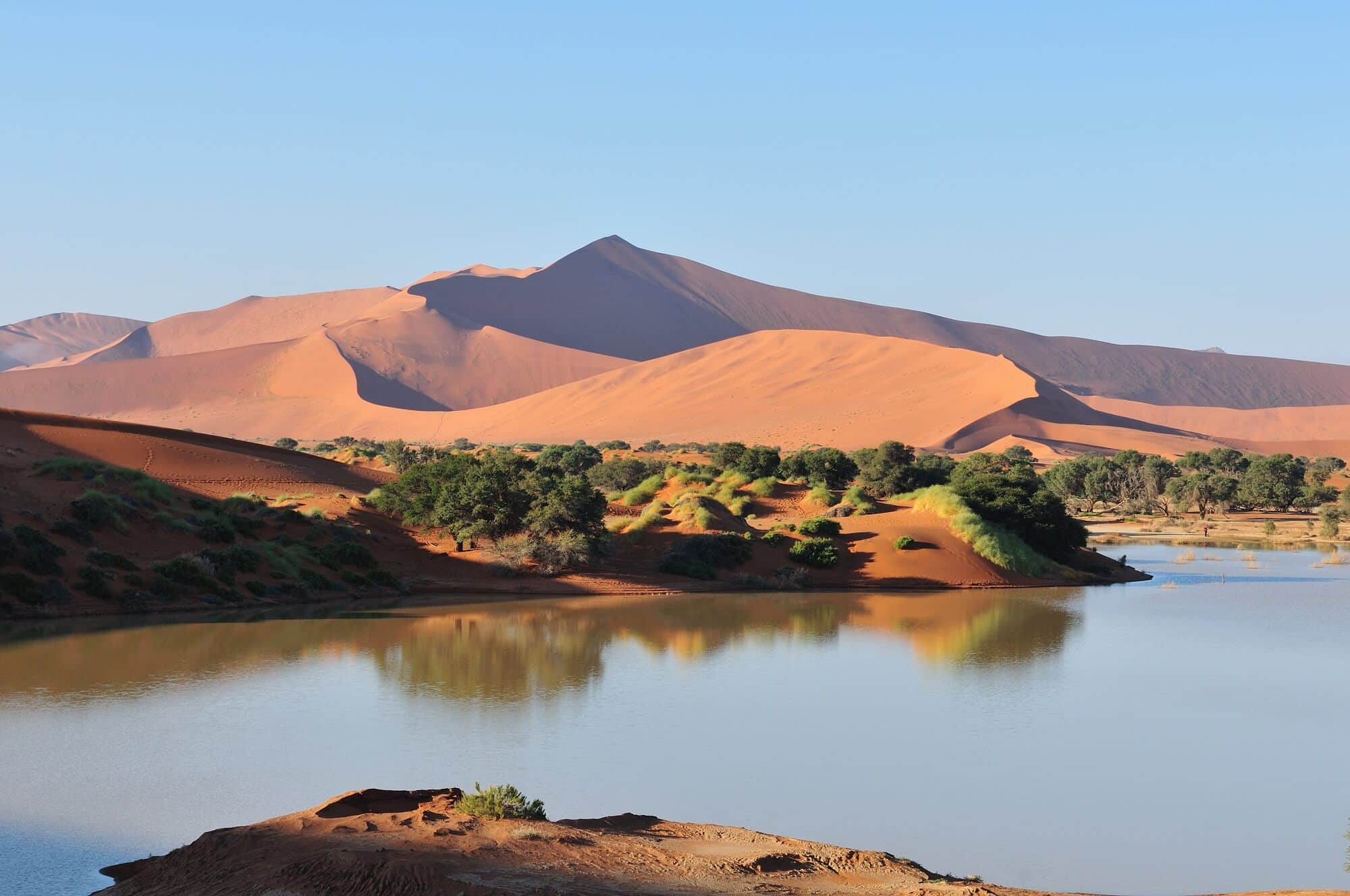
Khongoryn Els: The Fascinating Singing Sands of Mongolia

Baga Gazriin Chuluu: The Magnificent Stone of the Little Place
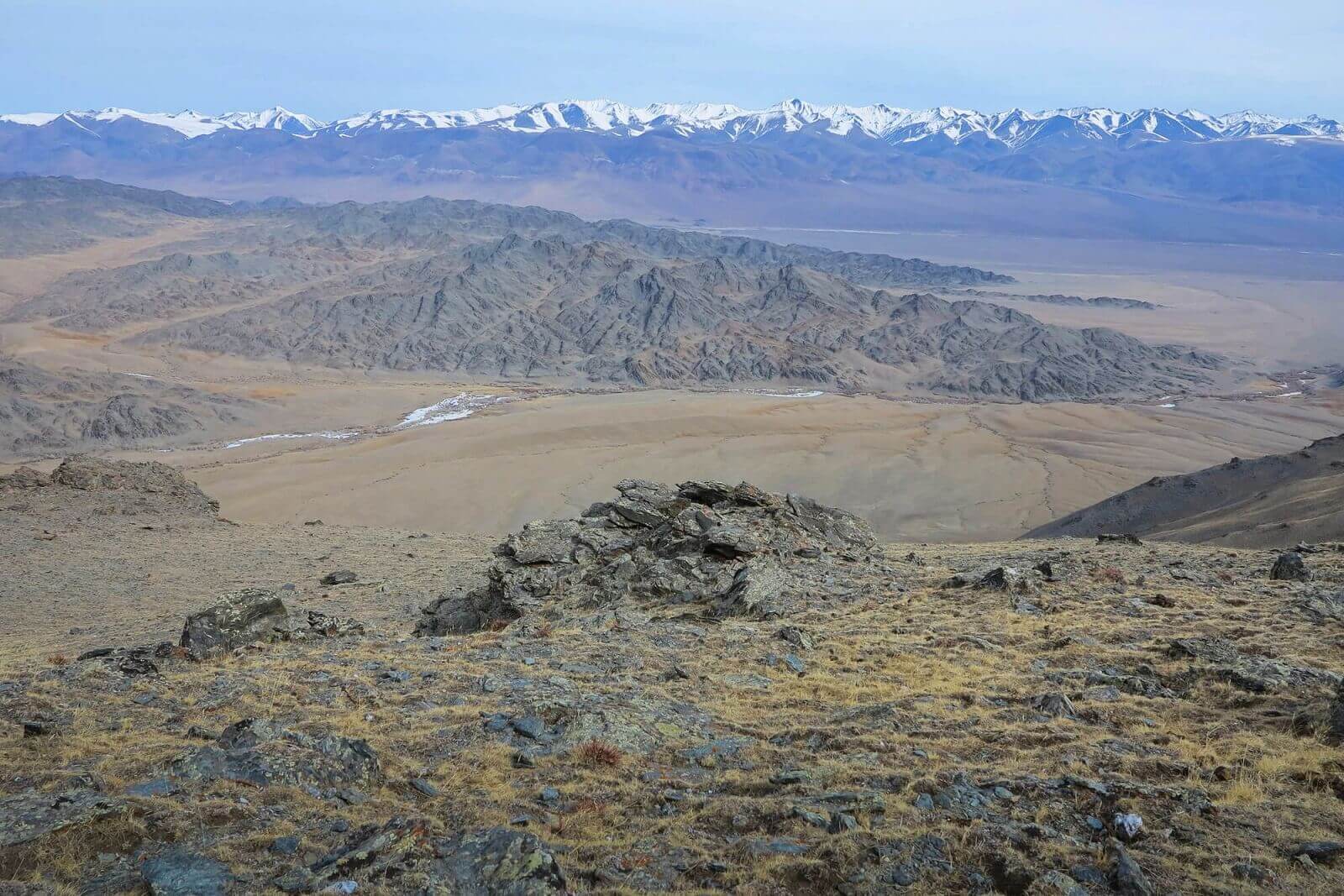
Gobi Gurvansaikhan National Park: The Largest National Park in Mongolia
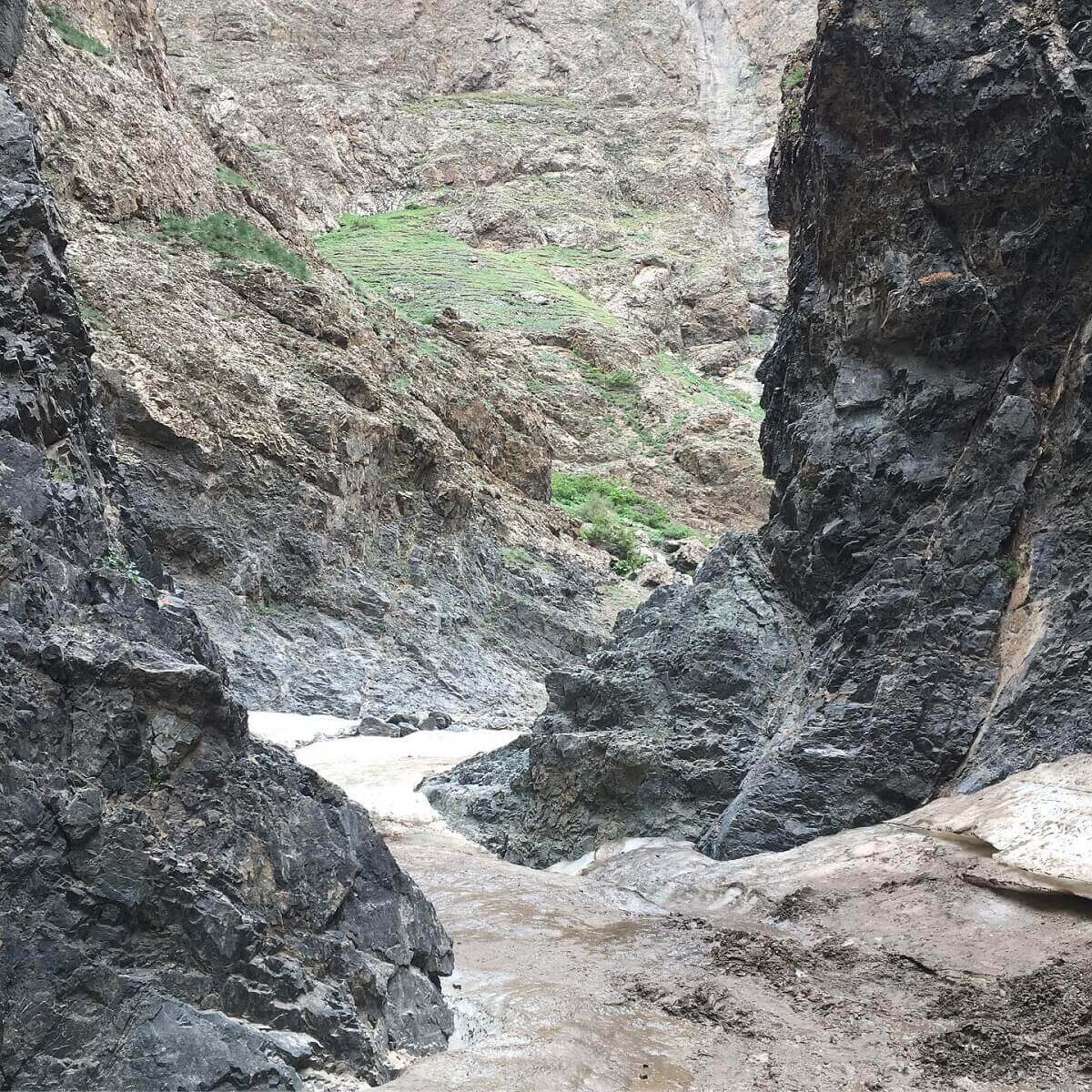
Yolyn am: Deep Vulture Valley of Mongolia
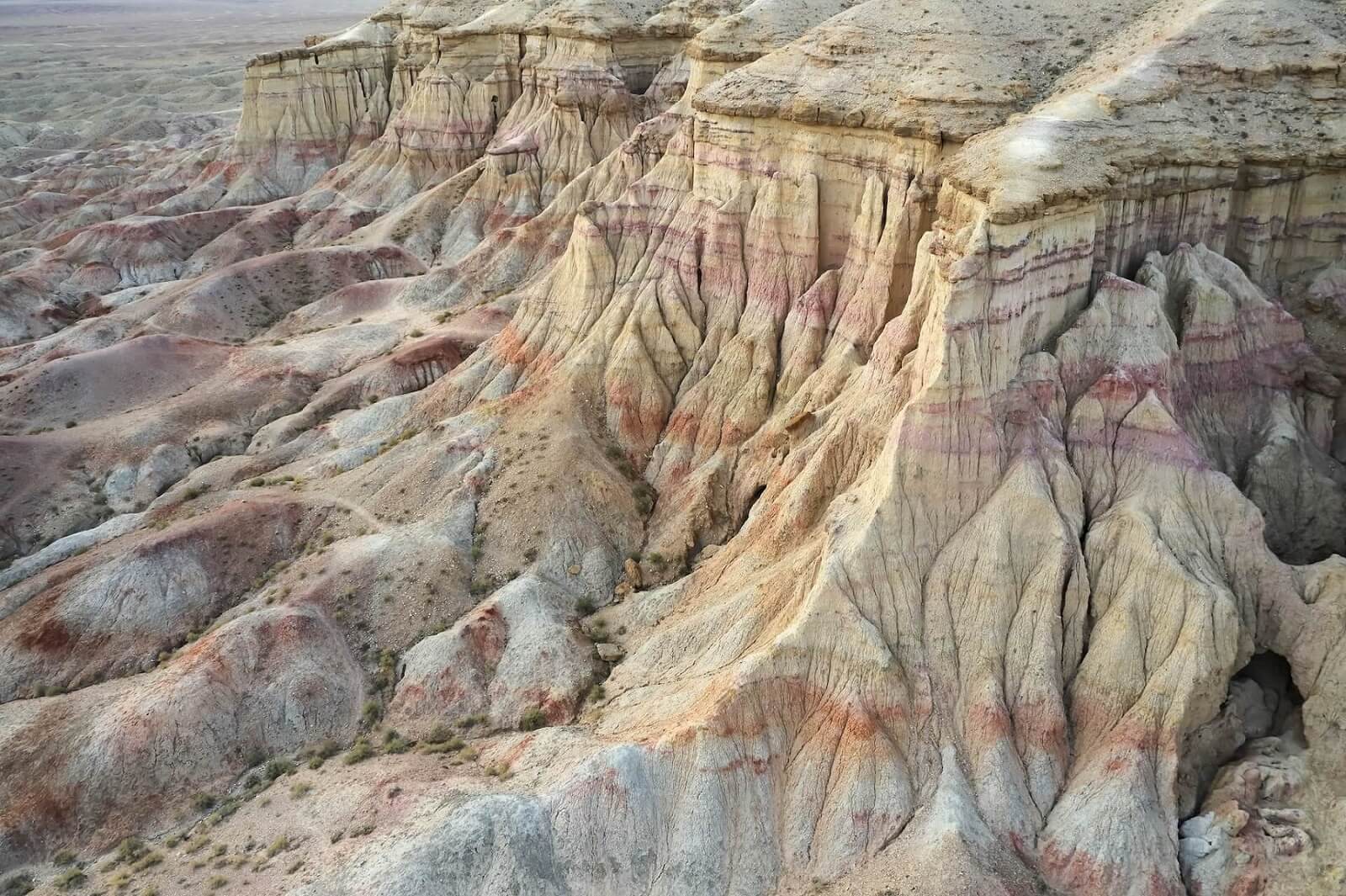
Tsagaan Suvarga: Fascinating White Stupa of Mongolia
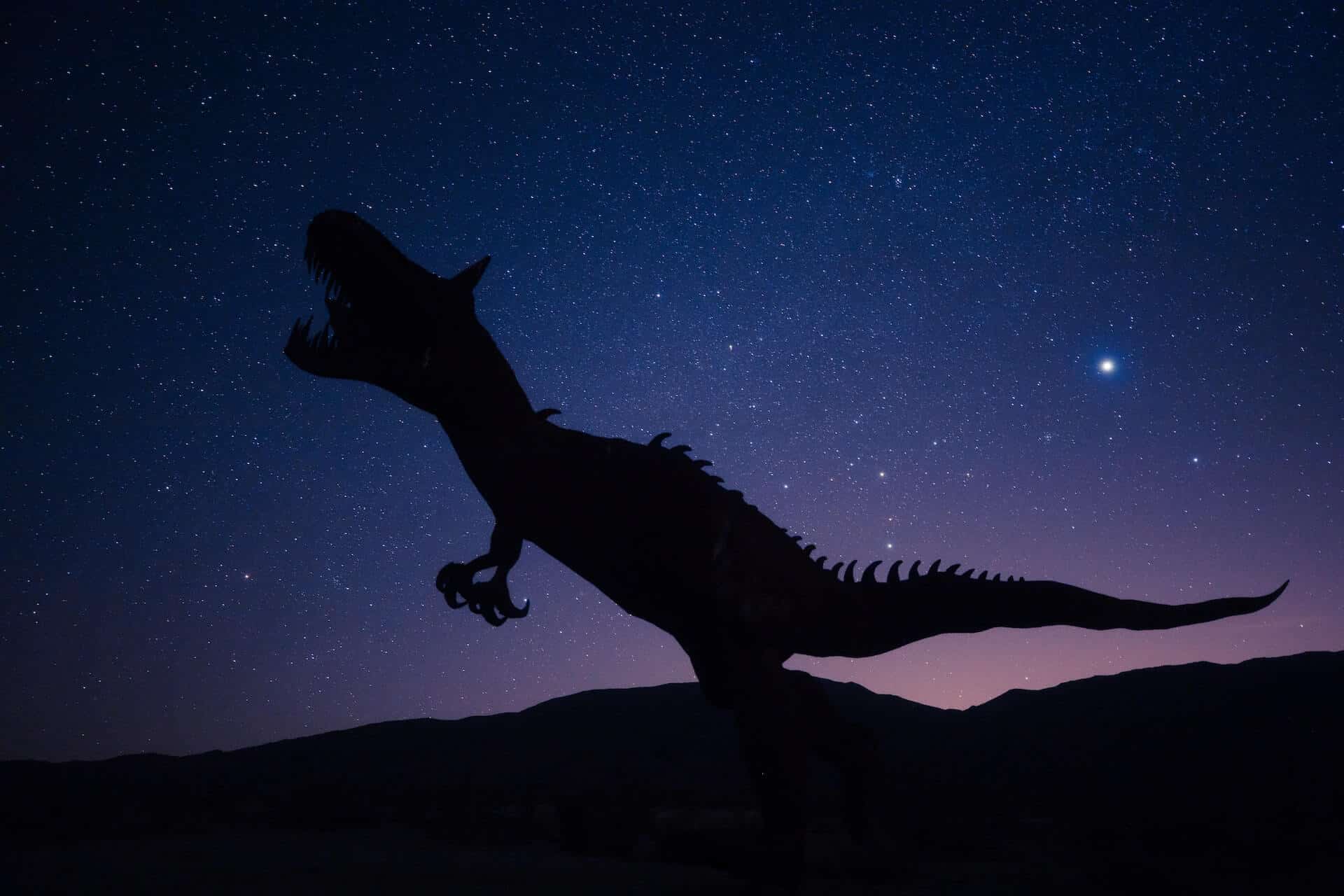
Mongolia Dinosaur Fossils: A Sneak Peek Into the Past

Gobi desert animals

Gobi Desert Plants
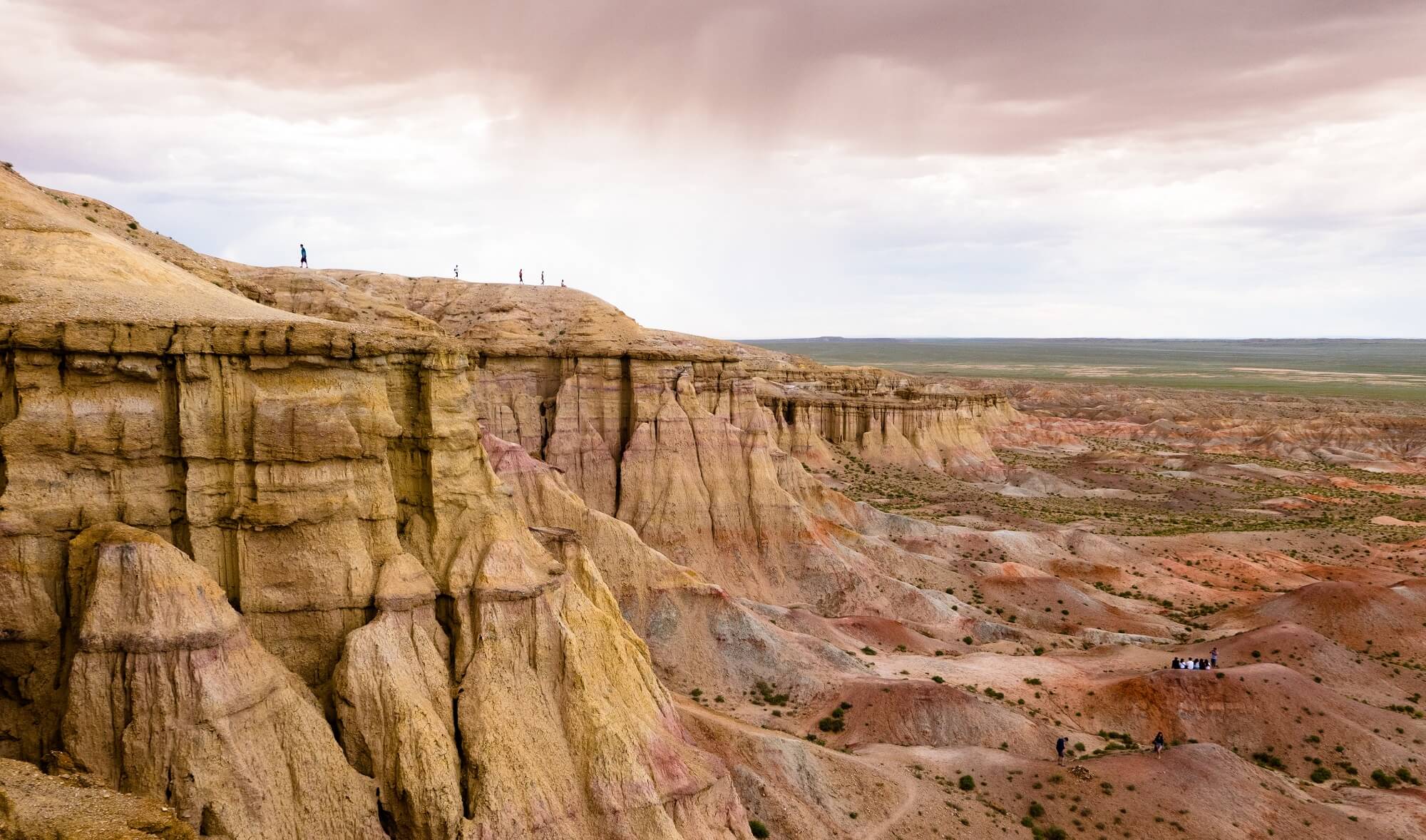
Gobi desert weather: How to Prepare for Extreme Conditions

Mongolian Gobi Desert: Top 5 Facts That Only Nomads Know
Let us know in the omments below! or join our newsletter today
Share to Public
Leave a Reply Cancel reply
Your email address will not be published. Required fields are marked *
Save my name, email, and website in this browser for the next time I comment.
Review Cart
No products in the cart.
Update April 12, 2024
Information for u.s. citizens in the middle east.
- Travel Advisories |
- Contact Us |
- MyTravelGov |
Find U.S. Embassies & Consulates
Travel.state.gov, congressional liaison, special issuance agency, u.s. passports, international travel, intercountry adoption, international parental child abduction, records and authentications, popular links, travel advisories, mytravelgov, stay connected, legal resources, legal information, info for u.s. law enforcement, replace or certify documents.
Before You Go
Learn About Your Destination
While Abroad
Emergencies
Share this page:
Travel Advisory July 24, 2023
Mongolia - level 1: exercise normal precautions.
Reissued with obsolete COVID-19 page links removed.
Exercise normal precautions in Mongolia.
Read the country information page for additional information on travel to Mongolia.
If you travel to Mongolia, you should:
- Enroll in the Smart Traveler Enrollment Program (STEP) to receive Alerts and make it easier to locate you in an emergency.
- Monitor local media for breaking events and adjust your plans based on new information.
- Follow the Department of State on Facebook and Twitter .
- Review the Country Security Report for Mongolia.
- Visit the CDC page for the latest Travel Health Information related to your travel.
- Prepare a contingency plan for emergency situations. Review the Traveler’s Checklist .
Embassy Messages
View Alerts and Messages Archive
Quick Facts
Six months from date of entry.
One page per stamp.
Not required for stays of fewer than 90 days. All visitors must register with Mongolian Immigration within 48 hours of arrival.
Mongolian law requires travelers to declare any cash, financial instruments, and cryptocurrency equal to or greater than 15 million Mongolian tugrik (MNT), approximately 5,250 USD as of September 2020, in value to a customs official upon entry into Mongolia.
Mongolian law requires travelers to declare any cash, financial instruments, and cryptocurrency equal to or greater than 15 million Mongolian tugrik (MNT), approximately 5,250 USD as of September 2020, in value to a customs official upon their exit from the country.
Embassies and Consulates
U.s. embassy ulaanbaatar.
Denver Street #3 11th Micro-District Ulaanbaatar 14190 Mongolia Telephone: +976-7007-6001 Emergency after-hours telephone: Please call the main Embassy switchboard at +976-7007-6001 Fax: +976-7007-6016 Email: [email protected]
Destination Description
Learn about the U.S. relationship to countries around the world.
Entry, Exit and Visa Requirements
Visit the Mongolian Immigration Agency’s website or the website of the Mongolian Embassy in Washington, DC for the most current information on entry, exit, and visa requirements.
Tourism & Business Travel: You do not need a visa if visiting for fewer than 90 days, but your passport must be valid for at least six months beyond your date of arrival. All foreign nationals, no matter their duration of stay, must register with the Immigration Agency of Mongolia within 48 hours of their arrival in country. This can be done by the individual themselves or by the individual or entity providing housing for the foreign national. Registration can be done online through the Immigration Agency of Mongolia’s website . Failure to register may result in fines upon departure and you may not be allowed to depart the country until the fine is paid in full to the Mongolian Immigration Agency.
You will also be fined if you stay beyond your 90-day admission, even if due to circumstances beyond your control. This fine, which accumulates daily for every day beyond 90 days, must be paid in full before Mongolian authorities will allow you to depart.
Work, Study, Reside: If you plan to visit, work, study, or reside in Mongolia for more than 90 days you must apply for a visa at the Mongolian Embassy in Washington, DC , the Mongolian Consulate General in San Francisco , or the Mongolian Mission to the United Nations in New York before you depart the United States.
Overland Travel to/from China or Russia: Only the Zamiin Uud border crossing in the south with China and the Sukhbaatar/Altanbulag border crossing in the north with Russia, are always open to foreign travelers. Other overland ports of entry are open sporadically. The status of border crossings is available in Mongolian.
See the Country Specific Information pages on China and Russia for additional information on the entry, exit, and transit requirements for those countries.
Other Entry and Exit Requirements: The U.S. Department of State is unaware of any HIV/AIDS entry restrictions for visitors to or foreign residents of Mongolia.
Minors traveling with guardians who are not their parents must travel with a signed, notarized letter from at least one parent authorizing the minor’s travel. Minors traveling alone by air must present a signed, notarized letter from at least one parent attesting that the minor will utilize the services of the airline to ensure the child is accompanied throughout the trip.
Additional Information:
- The Embassy of Mongolia is located at: 2833 M Street NW, Washington, DC 20007; telephone (202) 333-7117 and 202 333-7017; email [email protected] .
- The Consulate General of Mongolia is located at: 465 California Street Suite 200, San Francisco, CA 94104; telephone (415) 622-4000; email [email protected] .
- The Permanent Mission of Mongolia to the United Nations is located at: 6 East 77 th Street, New York, NY 10075; telephone (212) 861-9460; email [email protected] .
Find information on dual nationality , prevention of international child abduction and customs regulations on our websites.
Safety and Security
Travelers are urged to review the Mongolia Travel Advisory , which provides information about safety and security concerns affecting the country.
The phone number to report crimes to the local police in Mongolia is 102 . The number to call an ambulance or fire truck in an emergency is 103 . Please note that local authorities, including the operators responding to these emergency numbers, do not commonly speak English.
Crime: Mongolia is a relatively safe country for foreigners. However, both street crime and violent crime are on the rise, especially in the larger towns and cities. Crime typically peaks during the Naadam summer festival in July and during the Tsagaan Sar (Lunar New Year) festival in January or February. Most street crime occurs late at night, often outside bars and nightclubs.
Theft: Pickpocketing and bag-snatching can occur at any time, especially in crowded places like markets, train stations, and popular tourist attractions. You should take precautions to protect your personal effects when in public. The Embassy has also received reports of visitors’ accommodations being burgled while occupied. These burglaries most often occurred when travelers were staying in yurt (known in Mongolia as ger) camps where locking the door to the accommodation may be impossible.
Robbery: The most common form of robbery experienced by visitors to Mongolia is mugging. You are most likely to be mugged if you are alone in unfamiliar urban neighborhoods after dark, or in unregistered private vehicles operating as taxis. Stick to well-lit and well-established tourist areas and use registered taxis whenever possible.
Sexual assault: Though infrequent, the Embassy does receive reports of sexual assaults perpetrated against travelers. These reports indicate that perpetrators are most often familiar with the victim in some way such as tour guides or employees of locations frequented by tourists, like ger camps and monasteries. If you are a victim of sexual assault contact the Mongolian police immediately and seek assistance from the Embassy by calling +976 7007-6001. Female travelers are encouraged to avoid traveling alone in Mongolia and all travelers should research and hire only reputable tour agencies with established safety and security records, especially when visiting remote areas far from the capital.
The police will instruct victims of sexual assault to obtain an examination at the criminal forensic institute, which is in Ulaanbaatar city or in provincial centers. A medical check from any other clinic/hospital will not be admitted into evidence at any judicial proceeding. The Embassy can assist in helping you locate these centers.
Domestic Violence: U.S. citizen victims of domestic violence are encouraged to contact the U.S. Embassy for assistance.
Street harassment: Street harassment is especially prevalent at night and in areas outside the capital. The most common targets of street harassment are unaccompanied women and foreign men accompanying Mongolian or other Asian women. Street harassment may range from verbal abuse to physical assault. Certain nationalist groups also perpetrate premeditated attacks against foreigners. Most street harassment occurs in or near bars and nightclubs, and alcohol is often involved. All travelers should avoid walking alone after dark, avoid using unregistered taxi cabs, and moderate their use of alcohol in order to avoid becoming an easy target for harassment in public.
Drug offenses: Mongolian police are particularly keen on combatting the use of drugs, a problem they generally see as imported by foreigners. Penalties for drug possession and or trafficking in Mongolia range from one to twelve years imprisonment.
Smuggling of contraband goods, antiquities, and wildlife: Smuggling of these items is prevalent across both the Russian and Chinese borders. Travelers have been known to be duped into transporting contraband goods or controlled antiquities from Mongolia. Be wary of other passengers requesting help with their luggage, as it could contain illicit articles. Penalties for smuggling in Mongolia vary based on the items smuggled and range from one month of electronic monitoring to eight years imprisonment and fines from 450,000 MNT to 40,000,000 MNT equivalent to 160 USD to 14,000 USD as of September 2020.
Demonstrations: Demonstrations are common in many parts of Mongolia but are most prominent in the capital Ulaanbaatar. Even demonstrations intended to be peaceful can become confrontational and escalate into violence. Protesters may block traffic on roads, including major thoroughfares. U.S. citizens should avoid demonstration areas and exercise caution if near any protests. Some demonstrations by Mongolian ultra-nationalists take a xenophobic turn and may place foreigners at heightened risk should they encounter these events. U.S. citizens should avoid participating in demonstrations and other activities that might be deemed political by Mongolian authorities.
Alcohol: If you choose to drink alcohol, it is important to do so in moderation and to stop and seek medical attention if you begin to feel ill. Alcohol is an important aspect of Mongolian social culture and strangers may offer to drink with travelers as a welcoming gesture. While most of these offers are innocuous and truly a friendly gesture, travelers should be wary of accepting beverages offered on the street by strangers who approach them late at night as these are often the precursor to a robbery. The prevalent use of alcohol is also connected to a high frequency of physical altercations sometimes resulting in injury. U.S. citizen travelers are known to have become wittingly or unwittingly involved in such altercations and injured.
Driving under the influence: Mongolian police take driving under the influence very seriously and enforcement is vigorous in urban areas. Penalties for driving under the influence in Mongolia include a one-year suspension of driving privileges and a 400,000 MNT fine, roughly 140 USD as of September 2020. Travelers should exercise the same precautions as they would in the United States, use of a designated driver or a taxi, to avoid operating a motor vehicle while under the influence of alcohol.
Victims of Crime:
Local authorities are responsible for investigating and prosecuting crimes. If you are the victim of a crime you should contact the local authorities to file a Mongolian police report. You should also inform the U.S. Embassy. A crime may only be reported in person at the local police district having jurisdiction over the location where the crime occurred. Before reporting a crime, you may wish to consult an attorney. The U.S. Embassy maintains a list of English-speaking lawyers that you may access online. You must have your passport or residency permit with you.
Once you report a crime to the police Mongolian law requires that you remain in the country for the duration of both the investigation and any subsequent trial. In some instances, the law provides for a victim to appoint a legal representative to take their place.
The police will instruct victims of assault or sexual assault to undergo an examination by the criminal forensic institute which is located in Ulaanbaatar or in provincial centers. No other medical examination will be accepted as evidence by Mongolian authorities. The Embassy can assist in helping you locate these centers.
It is important to note that, if a victim does not file a complaint, police may refuse to investigate the crime--even if they have probable cause to suspect that a crime took place.
Please see our webpage on help for U.S. victims of crime overseas .
If you are the victim of a crime the U.S. Embassy can:
- help you find appropriate medical care and provide a list of doctors and hospitals
- assist you in reporting a crime to the police
- contact relatives or friends with your written consent
- explain the local criminal justice process in general terms
- provide a list of local attorneys
- provide our information on victim’s compensation programs in the U.S. as well as local resources
- provide an emergency loan for repatriation, which includes accommodation and flights back to the United States and/or limited medical support in cases of destitution
- replace a stolen, lost, or damaged passport
Tourism: The tourism industry is unevenly regulated. Mongolia’s vast area and limited road and communications infrastructure make emergency response challenging for local and national authorities. Mongolia’s severe weather—desert conditions in the summer in many tourist areas and dangerously cold in the winter (-40° F) across the country—exacerbates the potential for urgent situations, especially in the event of injury or becoming lost or disoriented outside of city centers. The Embassy recommends travelers not drive outside of Ulaanbaatar or other city centers after sunset. In winter visitors should always keep high-quality cold-weather clothing in vehicles, even for short trips, to protect oneself in the event of delay or becoming stranded. Routine safety inspections for emergency and medical equipment and facilities do not commonly occur. Hazardous areas/activities are not always identified with appropriate signage, and tour guides and tourist attraction staff may not be adequately trained or certified by the host government or recognized authorities in the field. In the event of an injury, basic medical treatment is typically available only in/near major cities, with significant limitations on the availability of medication and quality of health care. First responders are generally unable to quickly access areas outside of major cities to provide urgent medical treatment. U.S. citizens are encouraged to purchase medical evacuation insurance .
Local Laws & Special Circumstances
Criminal Penalties: You are subject to local laws. If you violate local laws, even unknowingly, then you may be expelled, arrested, or imprisoned.
Furthermore, some laws are prosecutable in the United States, even if violated abroad. For examples, see the Department of Justice website and our website on crimes against minors abroad .
Arrest Notification: If you are arrested or detained, ask police or prison officials to notify the U.S. Embassy immediately. See our webpage for further information.
Customs: Mongolian customs authorities strictly enforce laws regulating the import and export of firearms, ammunition, precious metals, antiquities and drugs. Importation of firearms or ammunition requires prior government approval. All precious metals should be declared on arrival. Exporting antiquities requires a special customs clearance certificate issued by an authorized antique dealer at the time of purchase. Importing medicines is not allowed. Medicines for personal use must have doctor’s prescription. Vitamins are limited only for personal use. Quantity of more than 2 packages will result in taxation. For additional information, contact the Embassy of Mongolia .
Faith-Based Travelers: See our following webpages for details:
- Faith-Based Travel Information
- International Religious Freedom Report – see country reports
- Human Rights Report – see country reports
- Hajj Fact Sheet for Travelers
- Best Practices for Volunteering Abroad
LGBTI Travelers: Mongolia’s criminal code prohibits discrimination based on sexual orientation, gender identity, nationality, language, race, age, gender, social status, professional position, religion, education, or medical status. There are no laws or legal provisions that criminalize being LGBTI or that specifically target the LGBTI community. However, NGOs continue to report that LGBTI individuals face violence and discrimination both in public and at home based on their sexual orientation or gender identity. There were also reports that LGBTI persons face greater discrimination and fear in rural areas than in Ulaanbaatar. The Government of Mongolia does not recognize same-sex spouses for visa and residency purposes.
See our LGBTI Travel Information and section 6 of our Human Rights report for further details.
Travelers Who Require Accessibility Assistance: Major streets in Ulaanbaatar feature textured sidewalks to aid visually impaired pedestrians, but numerous obstacles prevent persons with disabilities from moving freely. Government buildings and public transportation remain largely inaccessible to persons with disabilities. Mongolian elevators are often too small to accommodate a standard-sized wheelchair. Service animals are rare and are often barred from entering public buildings.
Students: See our Students Abroad page and FBI travel tips .
Women Travelers: Domestic violence and sexual assault are serious problems in Mongolia. See the Safety & Security section above, as well as our travel tips for Women Travelers .
With few exceptions, Mongolian hospitals do not meet Western standards. Although most doctors and emergency responders are dedicated professionals, their training and equipment are sub-standard. Most modern medical facilities are in Ulaanbaatar, though some public and private hospitals in larger provincial cities offer medical services on par with those in the capital. Medical services may be completely unavailable in remote areas. Mongolia does not have helicopter medical evacuation and those who require medical assistance in remote areas must drive to the nearest major town. Medical evacuation to Ulaanbaatar is conducted by commercial air carriers. Some pharmacies in Ulaanbaatar carry European or U.S. pharmaceuticals, but quantity and variety is limited. Most pharmaceuticals are made in China or Russia, and lack English labels. See our list of medical facilities in Ulaanbaatar .
Air Pollution: Due to the pervasiveness of coal-burning for domestic heating, Ulaanbaatar and most other Mongolian cities suffer severe air pollution during winter. The U.S. Embassy’s air quality monitor registers Air Quality Indices (AQIs) in excess of 300 most days from December through February. The U.S. Environmental Protection Agency describes AQIs above 300 as “hazardous.” Air pollution can cause both short- and long-term health effects and poses an especially high risk to children, pregnant women, the elderly, outdoor enthusiasts, and people with heart or lung disease. Travelers planning to visit Ulaanbaatar during winter should consult a medical professional and should, at the very least, consider carrying an N95 mask to help filter out harmful particulates. For reliable and timely air pollution readings, check the U.S. Embassy’s live air quality monitor .
Water Quality: The quality of drinking water varies throughout Mongolia and it is likely not up to U.S. standards for potability. Most Mongolians do not drink tap water and instead prefer to consume bottled water for their domestic use.
Medical Insurance: Make sure your health insurance plan provides coverage overseas. Most care providers overseas only accept cash payments. See our webpage for more information on insurance coverage.
We strongly recommend supplemental insurance to cover medical evacuation. The U.S. Embassy does not provide medical evacuation, but will contact the insurance company on your behalf to arrange medical evacuation if necessary.
If traveling with prescription medication, check with the Mongolian Embassy to ensure the medication is legal in Mongolia. Always carry your prescription medication in original packaging with your doctor’s prescription.
The following diseases are prevalent:
- Meningococcal meningitis
- Tuberculosis
Vaccinations: Be up-to-date on all vaccinations recommended by the U.S. Centers for Disease Control and Prevention.
Further health information:
- World Health Organization
- U.S. Centers for Disease Control and Prevention (CDC)
Travel and Transportation
Road Conditions and Safety:
- Operating a vehicle outside of Ulaanbaatar is unsafe , particularly after dark. Outside of Ulaanbaatar, Mongolia has few paved roads and even fewer street lights. Most roads have only two lanes and no shoulders and most sealed roads need resurfacing. Trucks commonly carry overloaded cargo. Livestock crossing roads, even high traffic ones, is common. Pedestrians also cross all types of roads at undesignated locations. Passing is difficult and dangerous due to the narrow, highly-trafficked nature of the roads.
Mongolian motorists are sometimes aggressive, commonly cutting each other off, performing illegal turns, driving through red lights, and/or suddenly stopping in the middle of the road. Moreover, driving while intoxicated is common. Although Mongolia is a right-hand traffic country, more than half of all vehicles have the steering wheel on the right-hand side. Most motorcycle and moped drivers have limited experience sharing the road. Motorists rarely respect pedestrian right-of-way, even in crosswalks.
- Driving off-road in Mongolia can be dangerous, especially without a knowledgeable Mongolian guide. Those contemplating off-road driving in Mongolia should bring standard vehicle maintenance equipment, a good GPS unit, and a reliable satellite phone. Exercise particular caution when driving off-road during winter. Mongolia’s National Emergency Management Agency (NEMA) regularly assists stuck vehicles. However, off-road rescue can take days given the remoteness and rough terrain, and few NEMA rescue crews speak English. Foreign motorists may face life-threatening situations after becoming stranded in remote locations without sufficient sources of food, water, and heat.
Traffic Laws:
- To help reduce traffic and air pollution, police actively restrict certain license plate numbers from driving into downtown Ulaanbaatar on certain days of the week, usually alternating odd/even numbers.
- All foreign residents must carry a Mongolian driving permit. It is not legal to drive in Mongolia with a U.S. driver’s license. U.S. citizen tourists may legally drive in Mongolia for up to six months with a valid international driver’s license, but must have a Mongolian license thereafter. Automobile insurance is mandatory. For information concerning Mongolian driver’s licenses, vehicle inspection, road taxes, and vehicle insurance, contact the Embassy of Mongolia in Washington, DC.
- If you are involved in a collision, never move your vehicle until after the police arrive to assess the scene--even if your vehicle is blocking traffic. Moving your vehicle will incur a fine. Be prepared to wait because it can take hours before police arrive at the scene of the collision.
Public Transportation:
Ulaanbaatar has a fairly reliable bus system. Bus maps are not posted in English and buses can become extremely crowded--be alert against pickpocketing. Unofficial, unregistered, un-metered taxis are rampant in Ulaanbaatar, however registered taxis are also available. Registered taxis may refuse service during rush hour, however.
The safety and maintenance standards of rental car companies vary. Local tour companies can provide cars with drivers, but the drivers’ experience, knowledge, and English-speaking abilities will vary.
For more information, please visit our Road Safety page.
Aviation Safety Oversight: As there is no direct commercial air service to the United States by carriers registered in Mongolia, the U.S. Federal Aviation Administration (FAA) has not assessed the government of Mongolia’s Civil Aviation Authority for compliance with International Civil Aviation Organization (ICAO) aviation safety standards. Further information may be found on the FAA’s safety assessment page .
For additional travel information
- Enroll in the Smart Traveler Enrollment Program (STEP) to receive security messages and make it easier to locate you in an emergency.
- Call us in Washington, D.C. at 1-888-407-4747 (toll-free in the United States and Canada) or 1-202-501-4444 (from all other countries) from 8:00 a.m. to 8:00 p.m., Eastern Standard Time, Monday through Friday (except U.S. federal holidays).
- See the State Department’s travel website for the Worldwide Caution and Travel Advisories .
- Follow us on Twitter and Facebook .
- See traveling safely abroad for useful travel tips.
For additional IPCA-related information, please see the International Child Abduction Prevention and Return Act ( ICAPRA ) report.
Travel Advisory Levels
Assistance for u.s. citizens, mongolia map, learn about your destination, enroll in step.

Subscribe to get up-to-date safety and security information and help us reach you in an emergency abroad.
Recommended Web Browsers: Microsoft Edge or Google Chrome.
Check passport expiration dates carefully for all travelers! Children’s passports are issued for 5 years, adult passports for 10 years.
Afghanistan
Antigua and Barbuda
Bonaire, Sint Eustatius, and Saba
Bosnia and Herzegovina
British Virgin Islands
Burkina Faso
Burma (Myanmar)
Cayman Islands
Central African Republic
Cote d Ivoire
Curaçao
Czech Republic
Democratic Republic of the Congo
Dominican Republic
El Salvador
Equatorial Guinea
Eswatini (Swaziland)
Falkland Islands
France (includes Monaco)
French Guiana
French Polynesia
French West Indies
Guadeloupe, Martinique, Saint Martin, and Saint Barthélemy (French West Indies)
Guinea-Bissau
Isle of Man
Israel, The West Bank and Gaza
Liechtenstein
Marshall Islands
Netherlands
New Caledonia
New Zealand
North Korea (Democratic People's Republic of Korea)
Papua New Guinea
Philippines
Republic of North Macedonia
Republic of the Congo
Saint Kitts and Nevis
Saint Lucia
Saint Vincent and the Grenadines
Sao Tome and Principe
Saudi Arabia
Sierra Leone
Sint Maarten
Solomon Islands
South Africa
South Korea
South Sudan
Switzerland
The Bahamas
Timor-Leste
Trinidad and Tobago
Turkmenistan
Turks and Caicos Islands
United Arab Emirates
United Kingdom
Vatican City (Holy See)
External Link
You are about to leave travel.state.gov for an external website that is not maintained by the U.S. Department of State.
Links to external websites are provided as a convenience and should not be construed as an endorsement by the U.S. Department of State of the views or products contained therein. If you wish to remain on travel.state.gov, click the "cancel" message.
You are about to visit:

Borders Of Adventure
Leading Culture and Adventure Travel Blog by Becki Enright. Looking at the world with a different angle to change perceptions of misunderstood places, for the best in travel.
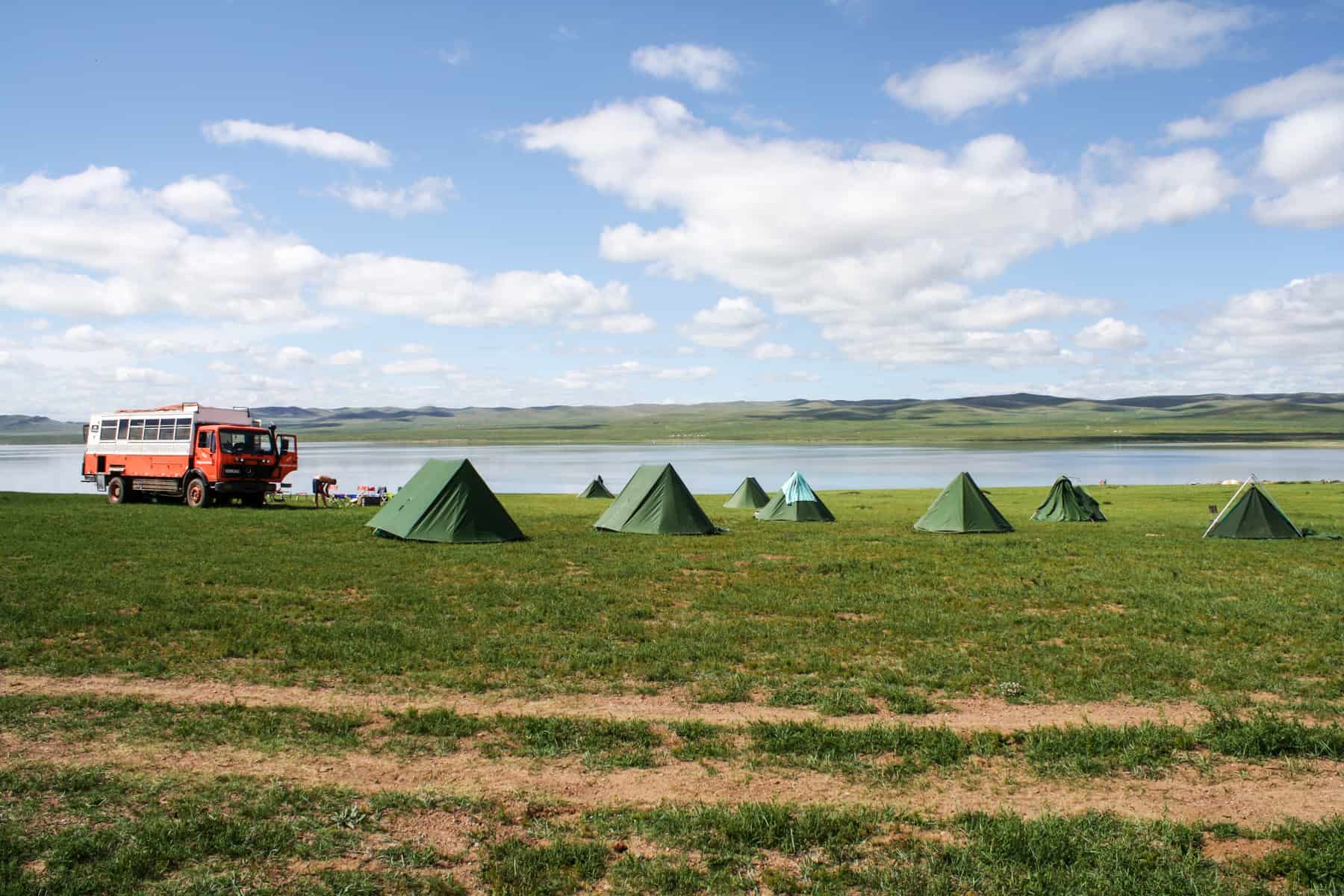
Adventure Travel , Mongolia
This is How to Travel to Mongolia – Overlanding the Least Densely Populated Country in the World
Disclaimer: This post contains affiliate links to handpicked partners, including tours, gear and booking sites. If you click through or buy something via one of them, I may receive a small commission. This is at no extra cost to you and allows this site to keep running.
Want to get to somewhere lesser-known and travel differently? This Mongolia travel guide shows how to go overlanding in the world’s least densely populated country.
Travel to Mongolia means tackling a land of extremes. Both in the landscape, from its vast desert lands and towering dunes to its lush green mountainous national parks, and in its lack of infrastructure, where you become just as frustrated as you are in awe by the country’s areas of extreme isolation.
Visiting Mongolia is to find a canvas of rugged beauty capped by a sky so blue that pollution isn’t even a word that exists here. Passing only wild horses, herds of cattle, an isolated ger in the distance, and the odd truck also on its way to the city, life here is at its purest and most beautiful.
Outside of its unkempt capital, Ulaanbaatar, Mongolia exists with limited facilities, but that’s what makes it attractive. On the road, it can take hours of driving before you pass a small ger community, a Mongolian on horseback or another vehicle, and in between blessed with the most stunning views of a country so desolate that you know you’ve reached the real heart of it.
Overlanding through Mongolia, rather than flying or taking the train, is one of the best decisions I have ever made. This guide will show you how to travel Mongolia from China by land, in a vast loop that takes in some of the country’s most treasured hotspots and wilderness hideaways.
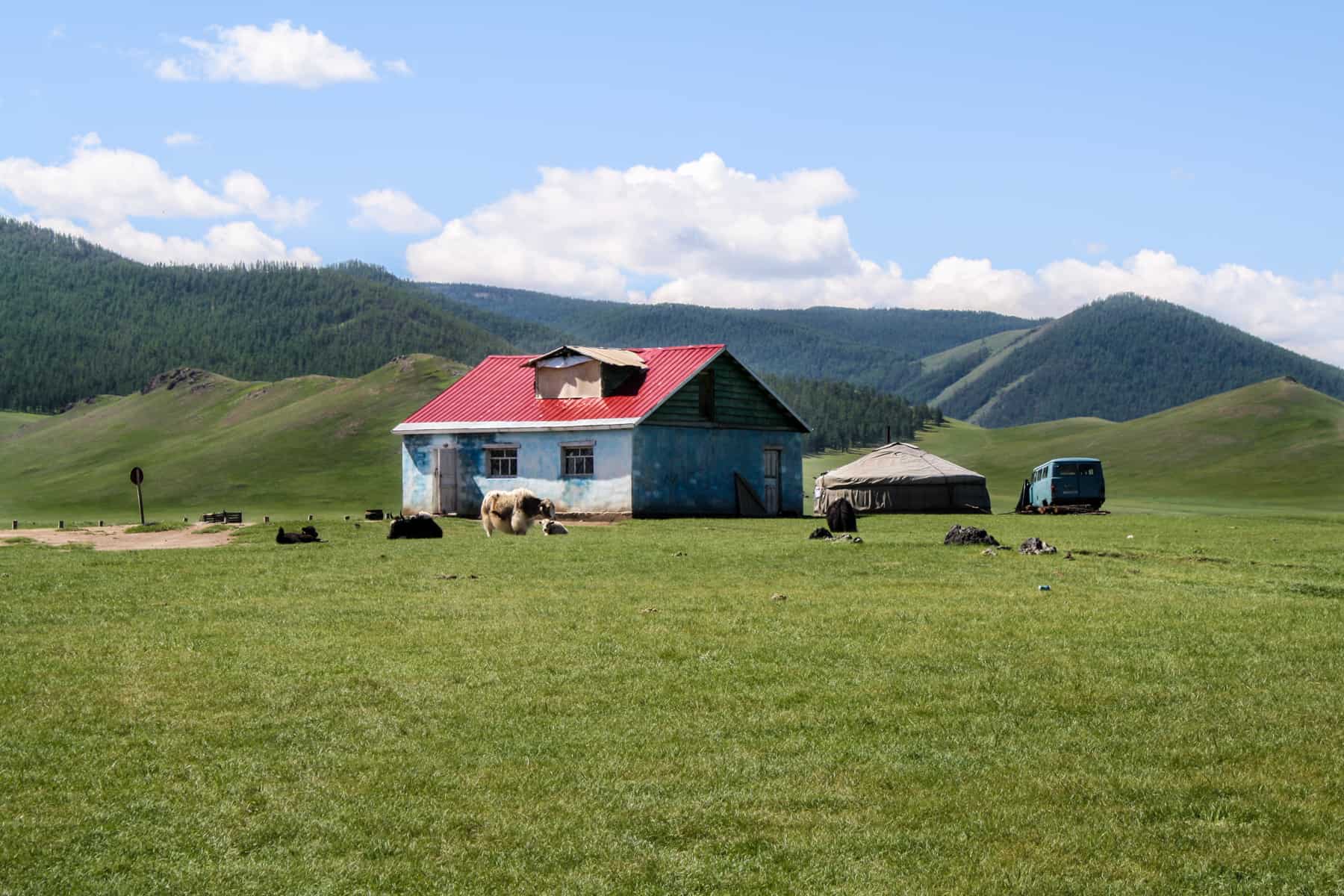
Visit the Least Densely Populated Country in the World
Off the beaten track adventure, when is the best time to go to mongolia, it pays to know a local, classic nomadic mongolia, local living mongolia, discover mongolia – national geographic journeys, experience the naadam festival in mongolia, is mongolia expensive to travel, mongolia visa on arrival, visa-free access to mongolia, day 1: visiting ulaanbaatar, day 2: getting from ulaanbaatar to the gobi desert, day 3: visit the baga gazryn chuluu rock formations, day 4: sleep at a ger camp in the gobi desert, day 5: dalanzagad to gobi discovery ger camp, day 6: hiking in yolin am – mongolia’s ice valley, day 7: a trip to the gobi desert khongoryn els sand dunes, day 8: visiting the bayanzag flaming cliffs, day 9: seeing ongii monastery and driving to arvaikhee, day 10: stuck in mongolia, day 11: hiking in orkhon valley, day 12: seeing the orkhon valley waterfalls, day 13: visiting a mongolian family in a ger, day 14: erdene zuu monastery in kharkhorin, day 15: camping at ugii lake, day 16: visiting hustain national park and seeing przewalski’s horses, day 17: driving to ulaanbaatar and visiting terelj national park, day 18: hiking terelj national park and seeing turtle rock, day 19: a trip to the ghengis khan statue on the tuul river, day 20: back to ulaanbaatar, how to overland in mongolia, building a road in mongolia, getting stuck in the mud, the unexpected river crossing, what to pack for mongolia, planning mongolia travel pin it, why travel to mongolia .
Mongolia travel changes you and makes you appreciate the beautiful patches on the earth’s surface not ruined by extreme modernisation, pollution and overpopulation.
My time in Mongolia meant experiencing everything from bush camping to ger camps, being at one with nature (and not care who sees you squatting in the process) and realising that animals like to roam and Mongolians love to chat – right outside your Ger from 5 am.
I saw a night sky so clear that I didn’t think you could ever see so many stars. I traversed a land so serene in isolation and culture so welcoming that I hope it never, ever becomes ruined by tourist traps or the tight grips of mass capitalism (currently contained to Ulaanbaatar).
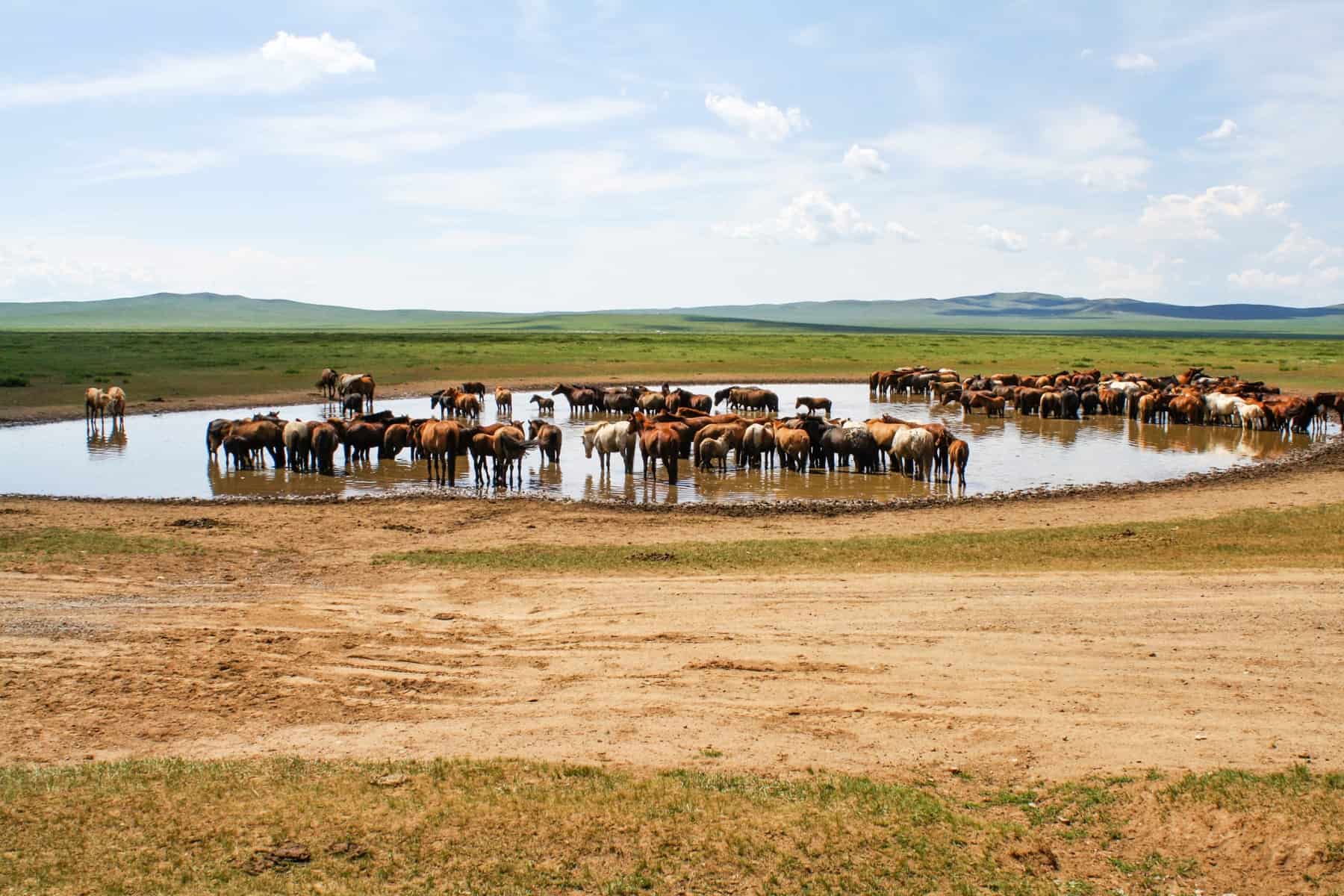
Wild horses in the vast Mongolian landscape
If you want to get off the beaten track, not be on any set grid and take each day as it comes, you will love Mongolia. But this also comes with its frustrations where you need droves of patience and a good chunk of travel time to spare.
There are hardly any roads. Roads are dirt tracks or pre-made grooves in the land pointing the way, and paved highroads are very few and far between.
Mongolia is prone to unpredictable weather conditions. That means random onslaughts of rain and the likelihood that you are likely to get bogged at some point. There were countless numbers of times where we had to dig out and push the truck or find locals to come to the rescue – tractors are a saving grace here.
It’s a vast country that you could get lost in for weeks on end, and when you accept the setbacks, you start to see them as part of the big adventure – travel at its most raw. Back to basics, getting dirty and struggling with the lack of modern amenities we too often take for granted is part of what travelling in Mongolia is all about.
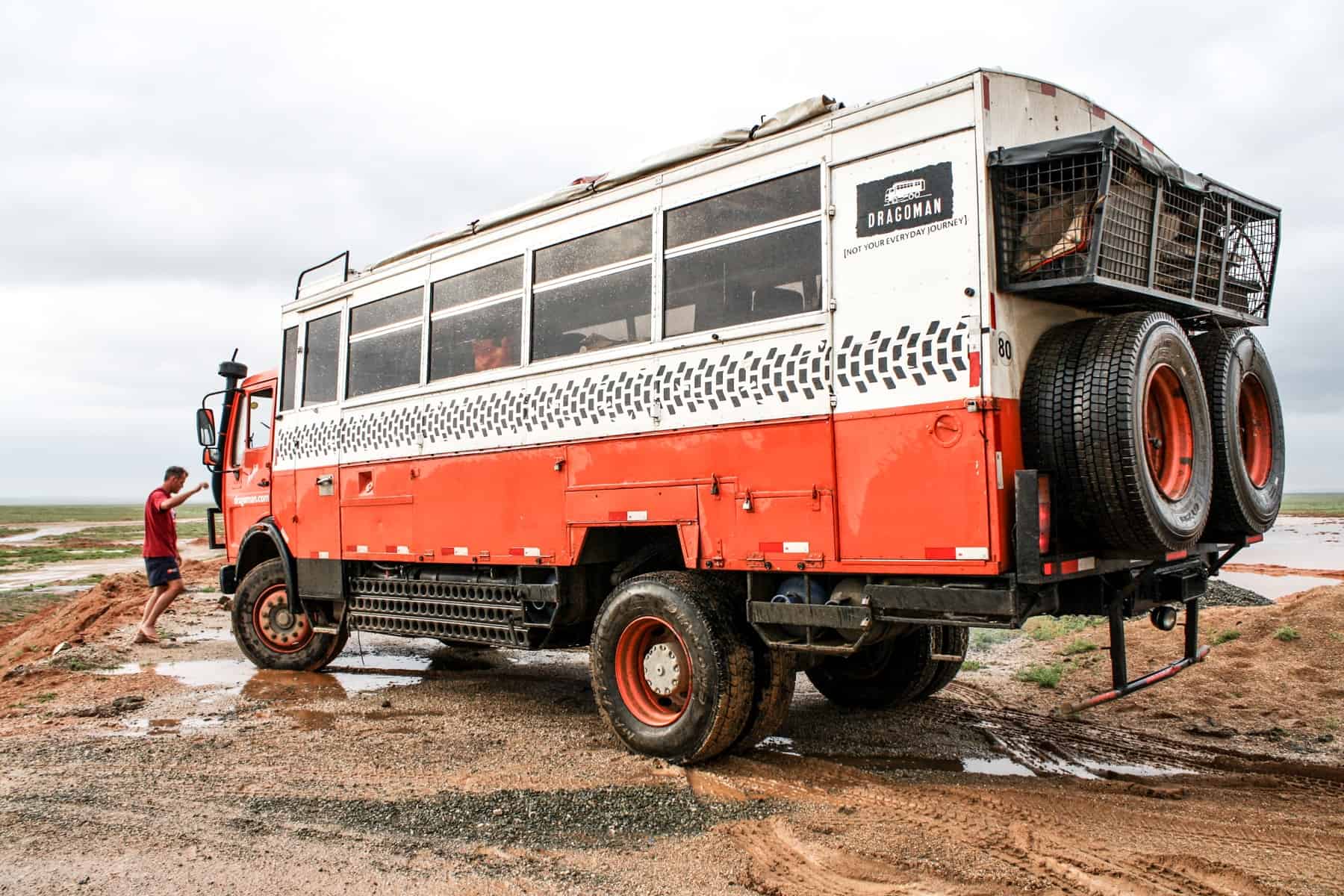
The Overlanding vehicle used to travel to Mongolia and around.
The summer season between May to September is said to be the best time to go to Mongolia. July and August are the hottest months, with temperatures in the Gobi Desert reaching 40°C. Rainfall is at its highest between June and September, balancing out the heat while keeping the forest and valley lands, in particular, lush and fertile. I travelled to Mongolia in July and experienced a lot of rainfall alongside high temperatures.
Mongolia’s winter season is from November to February. While some people like to experience the landscape in this snowy season, temperatures can drop to below minus 20°C – a harsh and challenging environment to travel in. You’ll find that not many companies run tours during this time.
Is it Safe to Travel to Mongolia Safe?
While petty crime and pickpocketing are common in the capital, Ulaanbataar, Mongolia is a relatively safe place to travel, and I never encountered any significant problems. It pays to be more streetwise and alert in the city, as you would in any other. As the landing and departure point for tourists, opportunism poses a higher risk.
Despite the lack of infrastructure and the relative isolation when travelling through the country, the only minor issue we encountered was related to the high levels of alcoholism in the country. We saw drunk drivers on our long drives and an occasion or two when inebriated locals came to our makeshift camp out of curiosity. Even then, it never felt threatening, and we were always within the safety of our group.
On the whole, we rarely saw other people, and when we did, we were met with kindness, invited into homes and welcomed into common spaces such as markets and small-town social spaces.
I also travelled alongside a Mongolian guide – someone who could speak the language when we got stuck, who could walk to a nearby home and explain the need for assistance and who understood the land’s general navigation. Therefore, in Mongolia, it pays to get yourself a local guide, join a small group tour, formulate a small group of your own in Ulaanbataar or be equipped with general wilderness survival skills if going out there entirely on your own.
Mongolia Tours
When I was planning my trip to Mongolia, Dragoman was the only company offering Mongolia tours that lasted from ten days to two weeks. The 21-day overland journey was the first trip itinerary of its kind they were running here, which included Inner Mongolia. Today the 21-day trip, called Nomads & Wilds of Mongolia, is on a loop from Ulaanbaatar and includes Khovsgol Lake in the north. Although Dragoman suspended operations during the pandemic, they are back in 2024.
Adventure travel experts G Adventures, offer Mongolia tours that all start and end in Ulaanbaatar.
A 14-day trip, including all the highlights at an affordable price (from €1999), this Mongolia trip includes a Gobi Desert and Mongolian Grasslands stay, alongside packing in the major historical must-sees and cultural experiences that make Mongolia an unforgettable adventure.
This 10-day local living trip includes staying with three different families in Gers to experience life as a nomad. Mix historical monuments with cultural moments, exploring pastures, forests, lakes and national parks by foot and horseback while helping your host families prepare traditional dinners and learn the skills of their nomadic trades.
G Adventures, in partnership with National Geographic Journeys, offers a two-week comfort adventure through Mongolia . You get to visit Khustai National Park, Karakorum (the ancient capital of Mongolia), Tsenkher Hot Springs, the Orkhon Valley and more. You will also see a nomadic camel-herding family and dive deeper into Mongolia’s culture, as well as support the local community where tourists pass through.
Want to experience the Naadam Festival’s horseracing, archery and wrestling tournaments? This mini adventure takes you to it and throws you right into the buzz of traditional Mongolian festivities.
Mongolia is expensive to travel in and around due to the very nature that it is not overly touristic. Due to the lack of infrastructure, a tour with a local guide and appropriate transport can often be necessary to cover more ground.
- You will need to budget between $2400-$3600 for an extensive trip around the country.
- An average meal (if not making your own on the trip) costs around $5.
- Entrance fees to historic sites and museums average around $2 per ticket.
For those on a budget, day trips can be taken from Ulaanbaatar, or you can try and plan some shorter 3-5 day trips from the city. However, this can often depend on having a minimum amount of people signed up for the trip to run and isn’t always guaranteed.
Do you need a Visa for Mongolia?
If you are not a national of one of the visa-exempt countries listed below, you will need a Mongolia visa.
- A single-entry visa (valid for three months from the date of issue) for up to 30 days – £40/$50
- A double-entry visa (valid for three months from the date of issue) for up to 30 days – £55/$65
It is cheaper to apply directly at a Mongolian Embassy (either at home before you leave or in the country you are travelling in prior). You will need a valid passport, passport photos and supporting trip documents alongside a completed application.
Allow one working week for processing. Some Embassies provide a one-day service for an extra charge.
A 30-day tourist visa on arrival is available for tourists coming from European and other countries where there are no Mongolian Embassies present, obtained at Ulanbataar Airport or the Mongolian land borders. I got my visa in London months before my trip.
The following countries are granted visa-free entry to Mongolia.
Visa-free entry for 90 days: Argentina, Belarus, Brazil, Chile, Kazakhstan, Kyrgyzstan, Serbia, United States (US). Those from Ukraine require a form of invitation.
Visa-free entry for 30 days: Canada, Cuba, Germany, Israel, Japan, Laos, Malaysia, Russia, Singapore, Turkey, Thailand, Uruguay.
Visa-free entry for 21 days: Philippines.
Visa-free entry for 14 days: Hong Kong.
You can find further information on the Embassy of Mongolia website .
Where to Go in Mongolia – Itinerary
I spent 20 days Overlanding in and across the central and western Mongolian plains. We travelled in a big clockwise circle from Ulaanbaatar, through the scorching Gobi Desert to beautiful lakes, forests, canyons and waterfalls, all the while passing vast herds of wild horses, camels, goats, yaks and cows.
Overlanding in Mongolia for Three Weeks:
Kilometres travelled: 2492
Number of significant times the truck got stuck: 2
Number of minor times the truck got stuck: 12
Number of incredible driving days: 15
We spent a full day in Ulaanbaatar exploring outside of the stark Soviet communist-style architecture and moving past the city’s general dodgy feeling. There’s plenty to see and do here, including a walk through the modern Sukhbaatar (Parliament) Square, the Gandan Monastery, the National History Museum and the shopping paradise of the Black Market . In the evening, check out the singing, dancing and contortion talent at the Cultural Show before hitting a few bars and pubs. There’s so many you won’t know where to start.
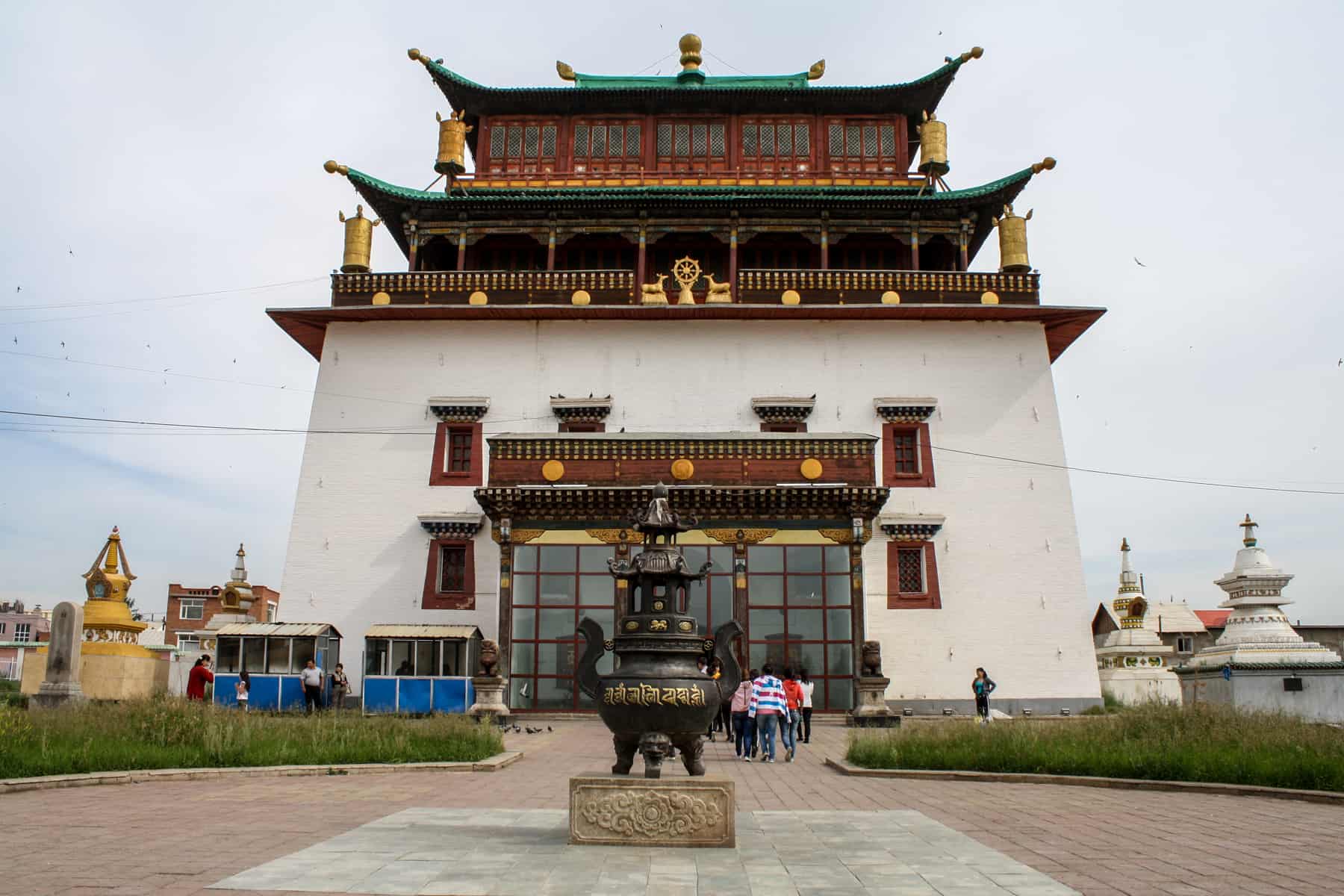
Gandan Monastery in Ulaanbaatar, Mongolia
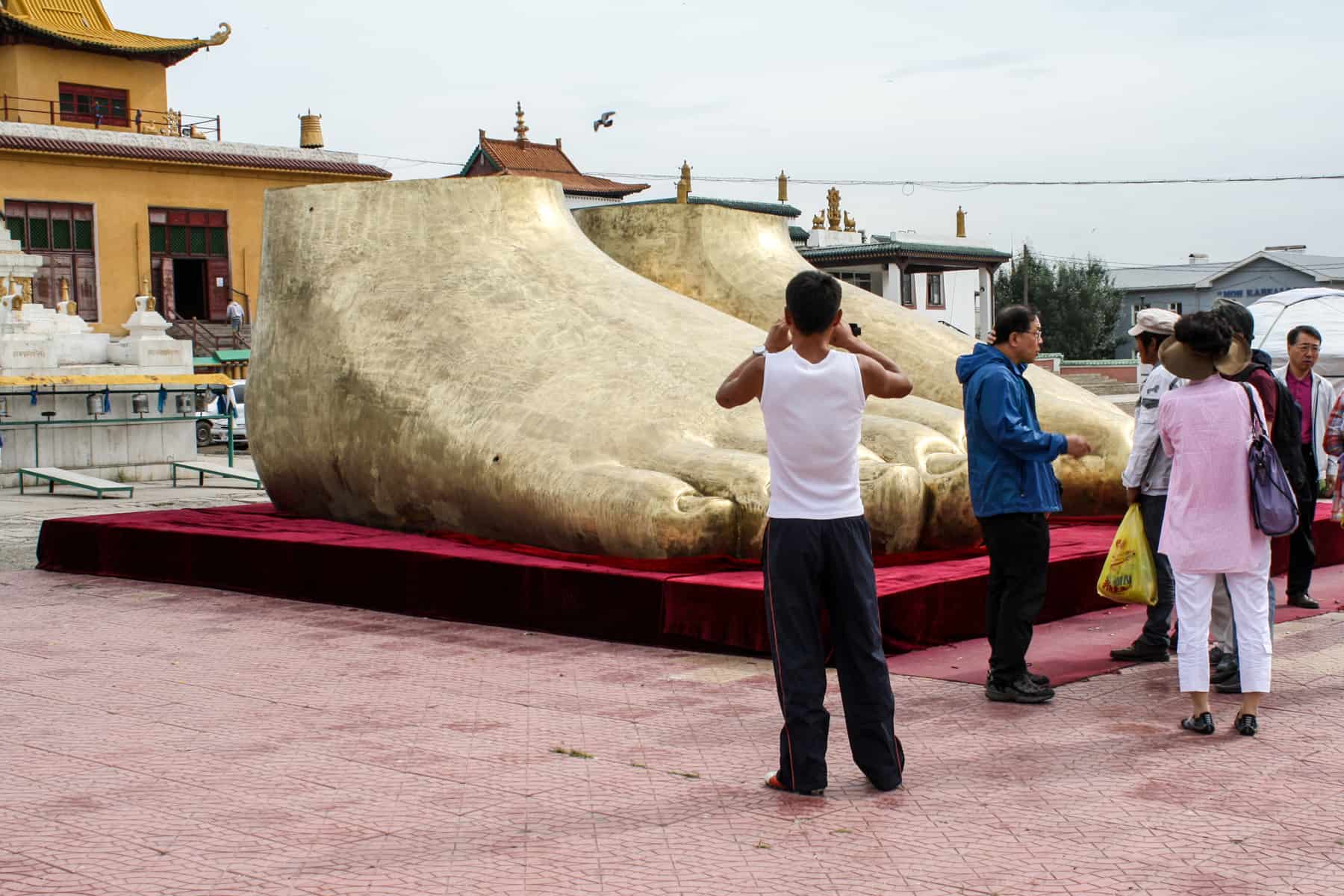
The golden feet outside the Gandan Monastery Ulaanbaatar
We set off in the truck from Ulaanbaatar to drive to the Baga Gazryn Chuluu rock formations in the Gobi desert. Due to heavy traffic when getting out of the city and general road conditions we got delayed and so decided to set up bush camp for the evening. Be prepared for delays in Mongolia but delight in being the only people in the area. All the space is yours.
We got to Baga Gazryn Chuluu – rock formations worshipped by locals who make pilgrimages here partly because legend states that Ghengis Khan camped here – before journeying to the Gobi Desert.
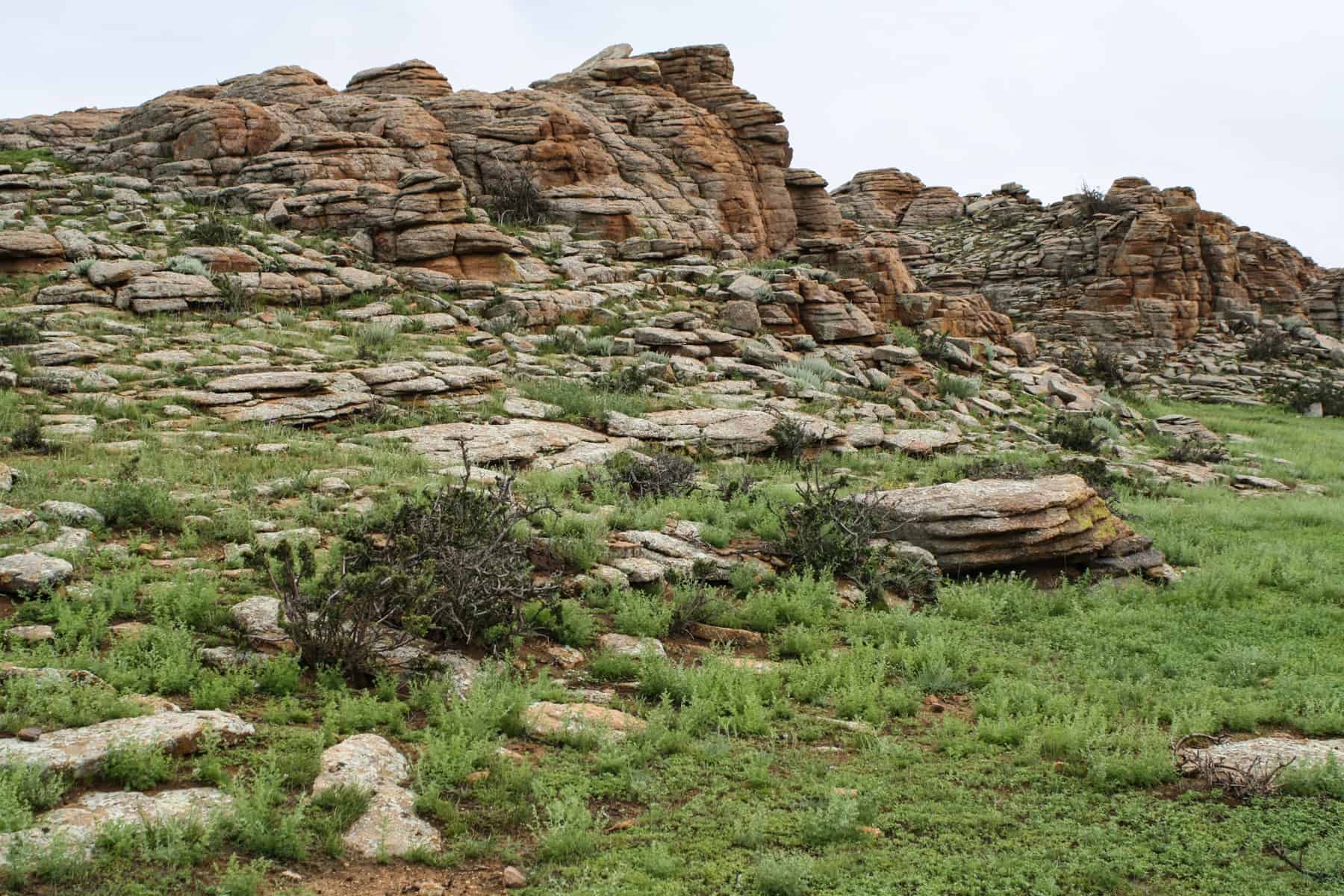
Layers of Baga Gazryn Chuluu rock formations in Mongolia
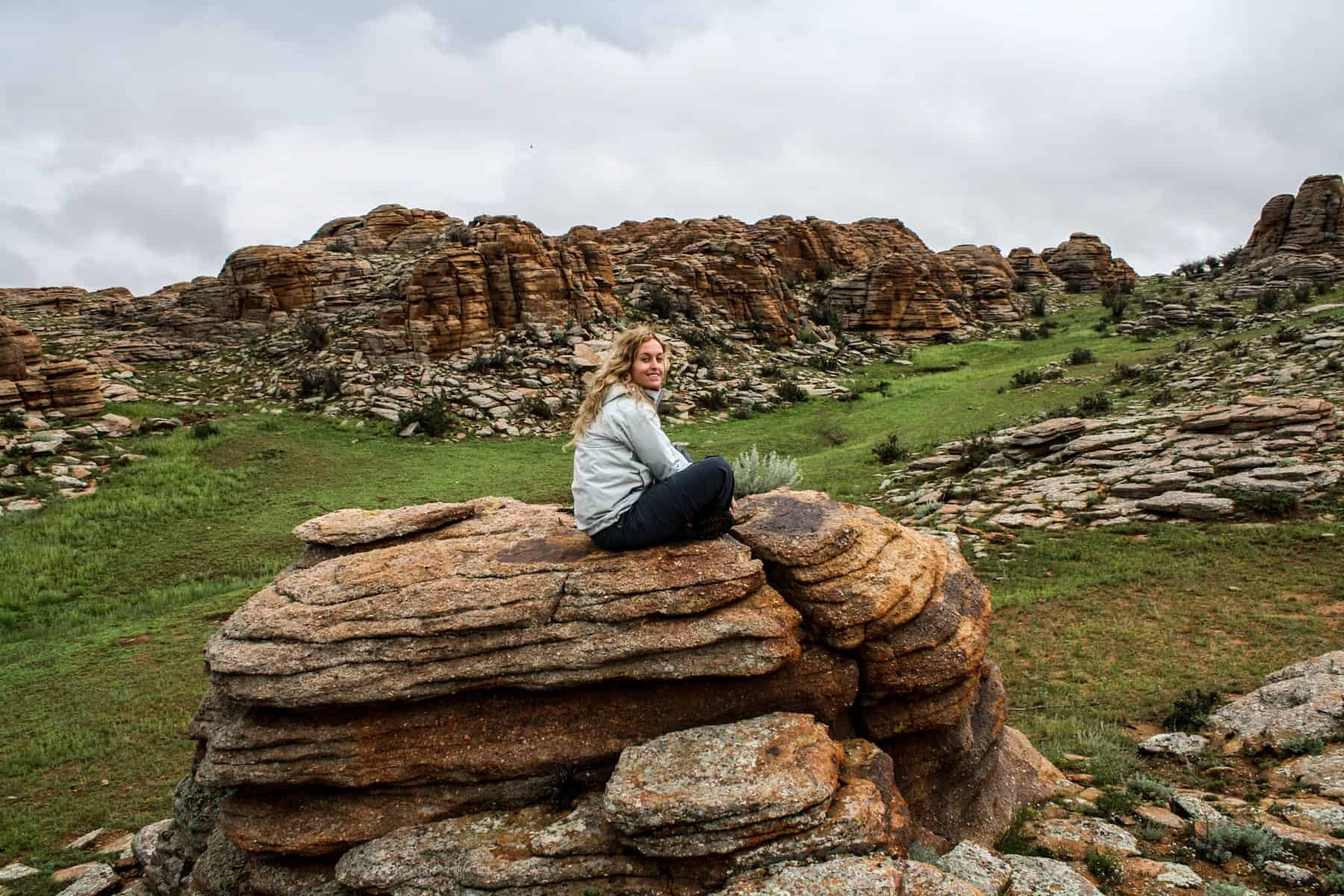
A hike to Baga Gazryn Chuluu as part of a Mongolia travel itinerary
On the way, we got to experience the famous Nadaam Festival when we passed through the local town of Mandal Govi . It was full of wrestling, horse racing, archery and fairground style fun. Nadaam means ‘games’, and the buzz was all around us as the only Westerners there. It was great to be a part of a traditional Mongolian community celebration, even if the afternoon was marred by a bogging, which resulted in the truck not being released from the soft mud until midnight.
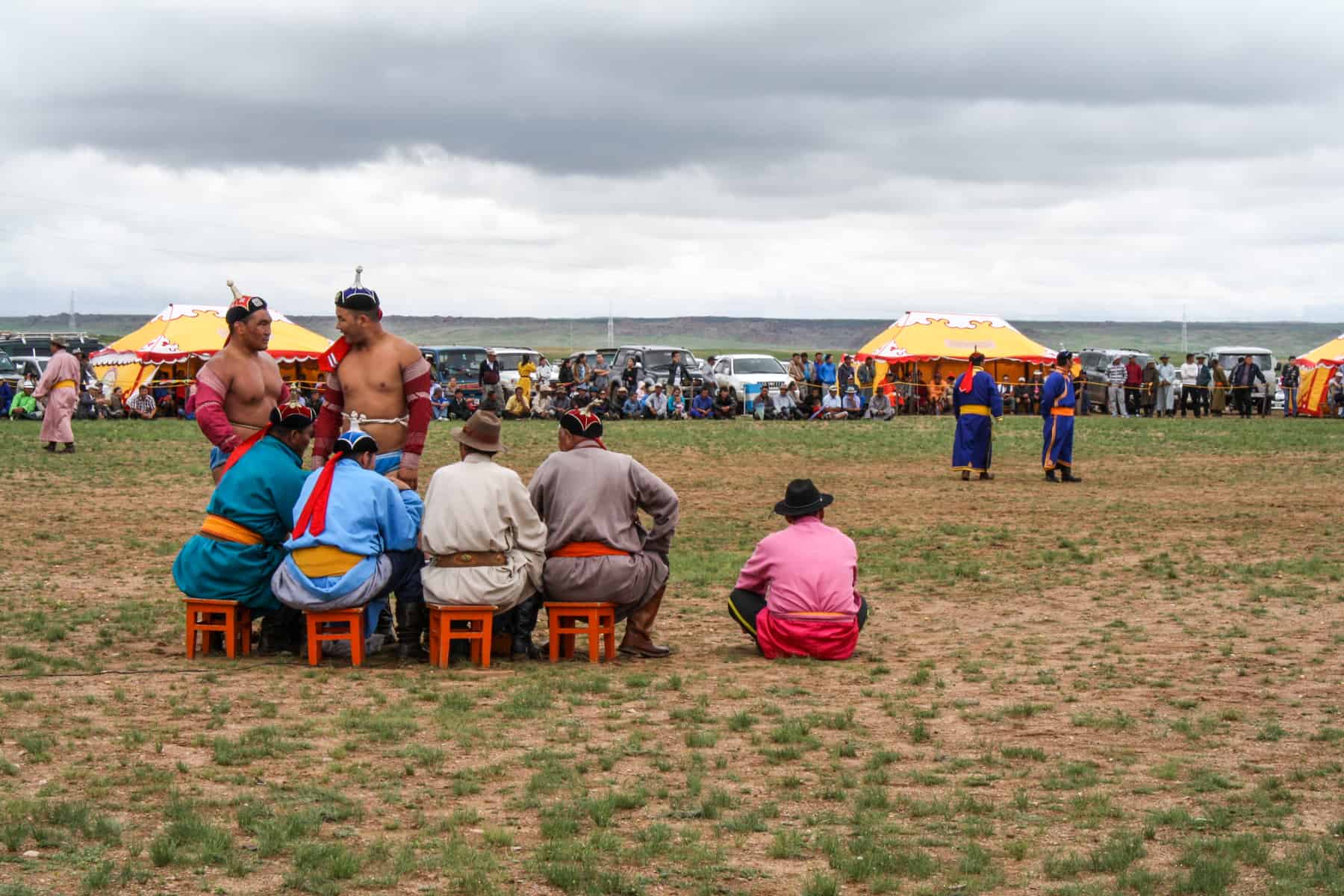
Watching the wrestling at the Nadaam Festival in Mongolia
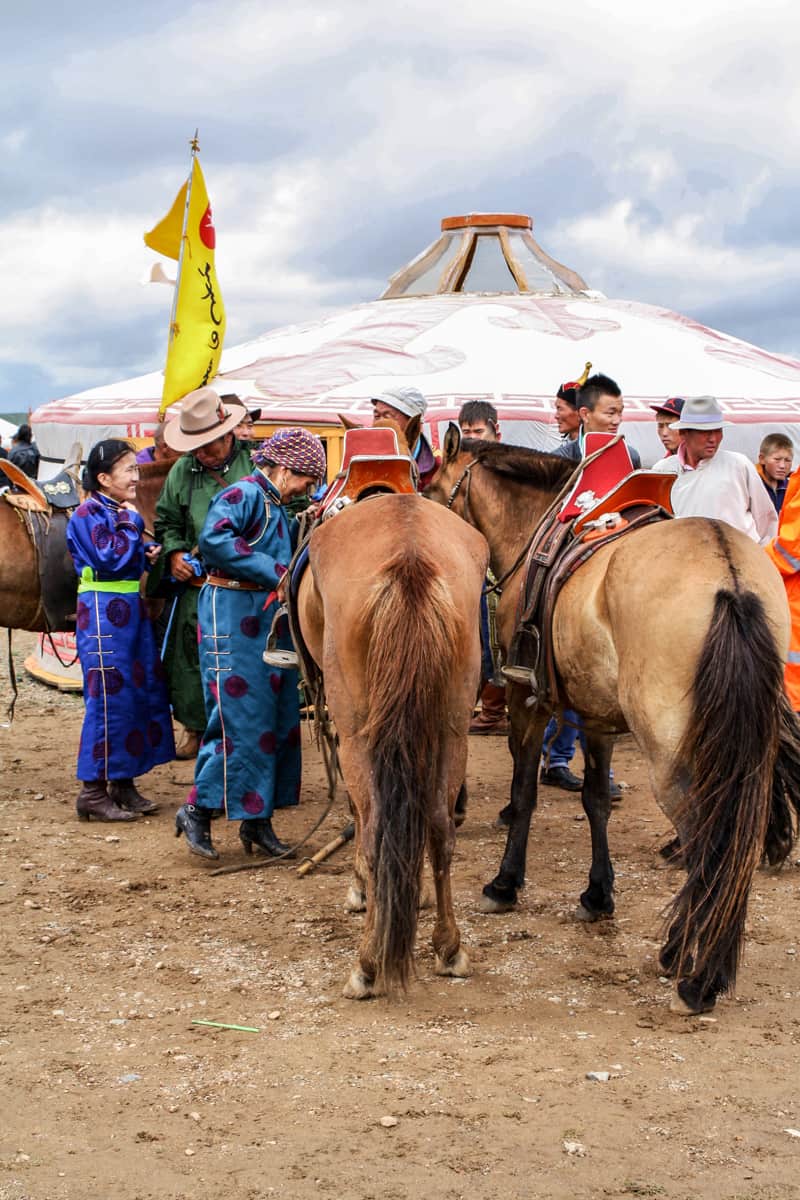
Mongolian locals enjoy the Nadaam Festival.
The plan was to get to our first ger camp, but after approximately 30 kilometres, we encountered a large ditch of water on the road. It resulted in us having to drain the water by hand and build a road and a dam for most of the afternoon to help us get across. Although this sounds horrendous, it created a great sense of camaraderie and, ultimately, an immense sense of achievement. We got to camp on a high point of the Gobi Desert instead near the town of Tsogoovi .
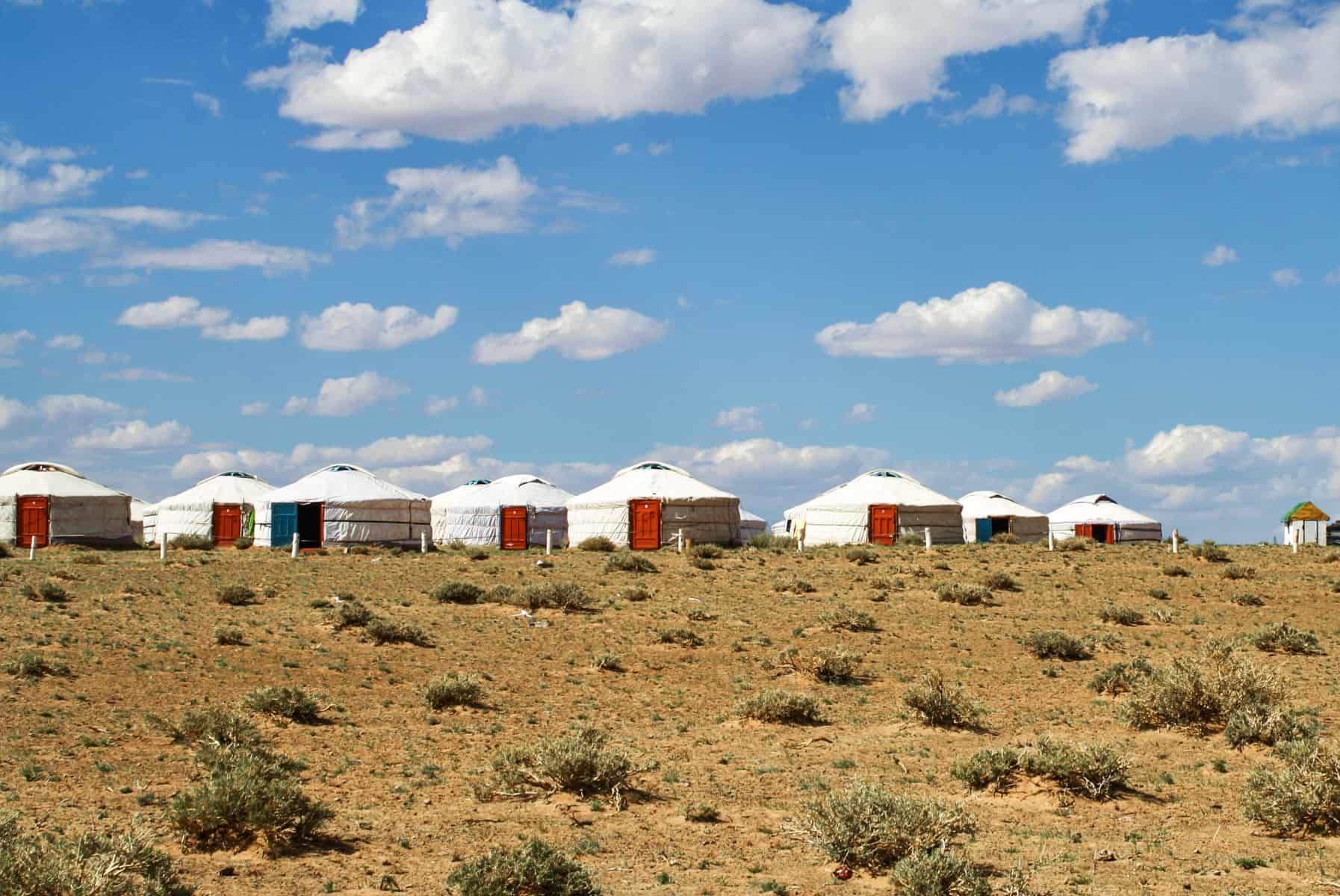
A Ger Camp on a hilltop in the Gobi Desert, Mongolia
We began our journey without a hitch to the ger Camp called Gobi Discovery, stopping at the town of Dalanzagad on the way. Mongolian towns are typically tiny and compact settlements that are reasonably large but without the ruin of a city like Ulaanbaatar.
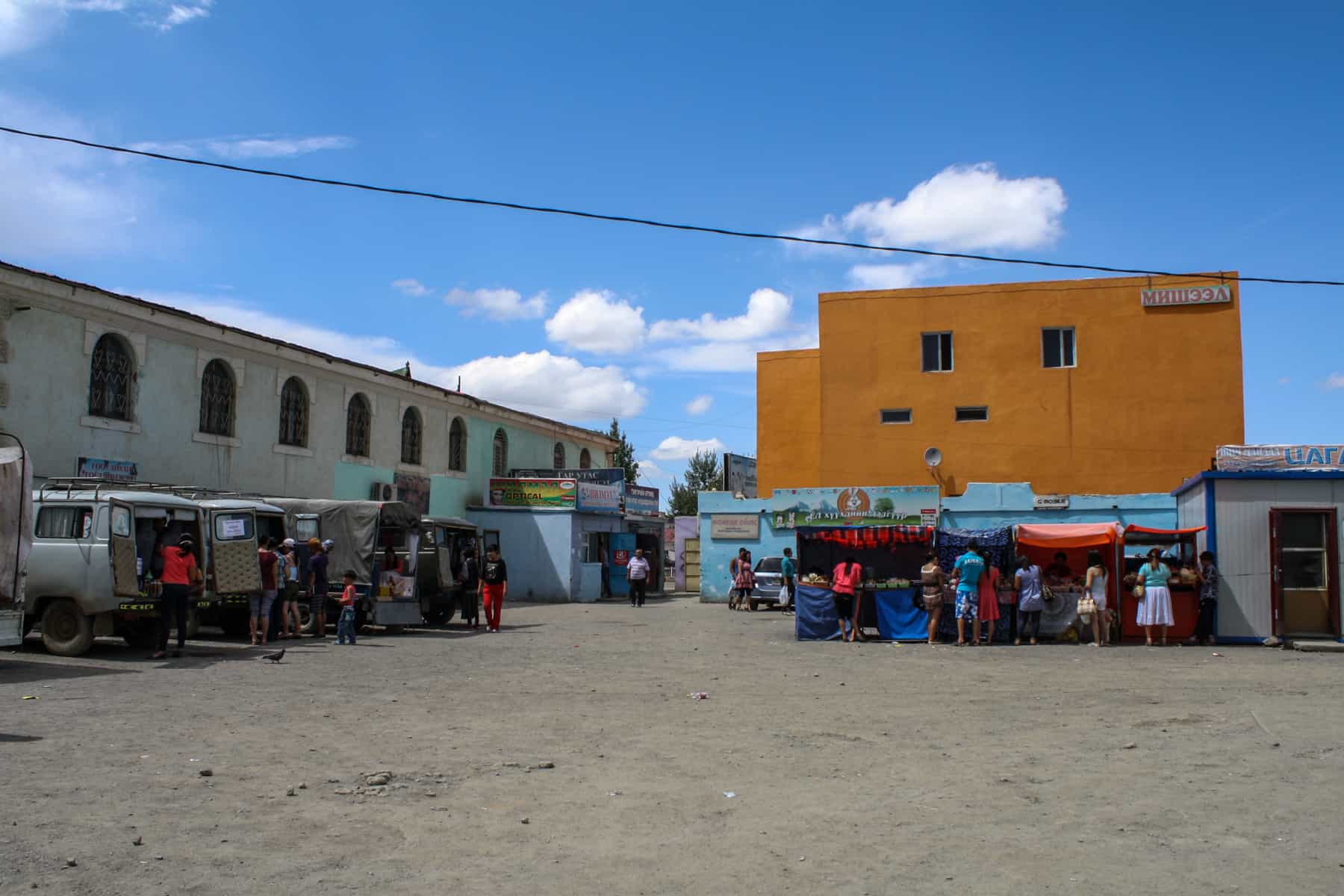
Market time in the town of Dalanzagad, Mongolia
We hiked in Yolin Am , a beautiful canyon in the Gobi, an ice valley, which hosts a colossal glacier all year round. The hike was spectacular, but, unfortunately for us, little of the iceberg remained, although we had lots of fun playing with what little ice there was regardless.
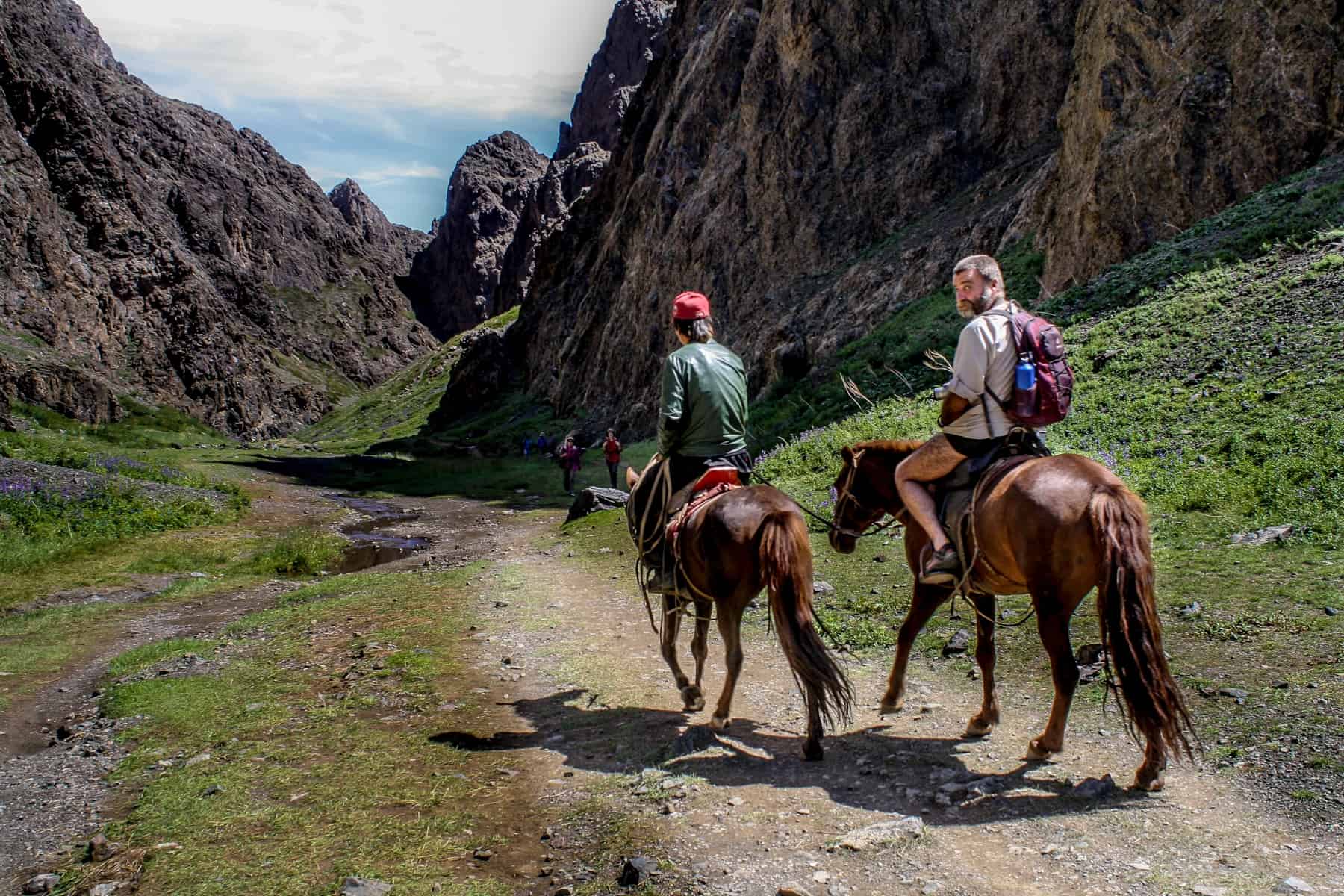
Hike or horseback in the Yolin Am Valley in Mongolia
Many sandy riverbed crossings eventually led us to our second Ger camp, Khongoryn Els Ger Camp. Here, you only have to open your ger door to be greeted with a breathtaking view of the Gobi and the Khongoryn Els Sand Dunes , which I later climbed, drank beer on and ran down. That was after a camel ride, of course.
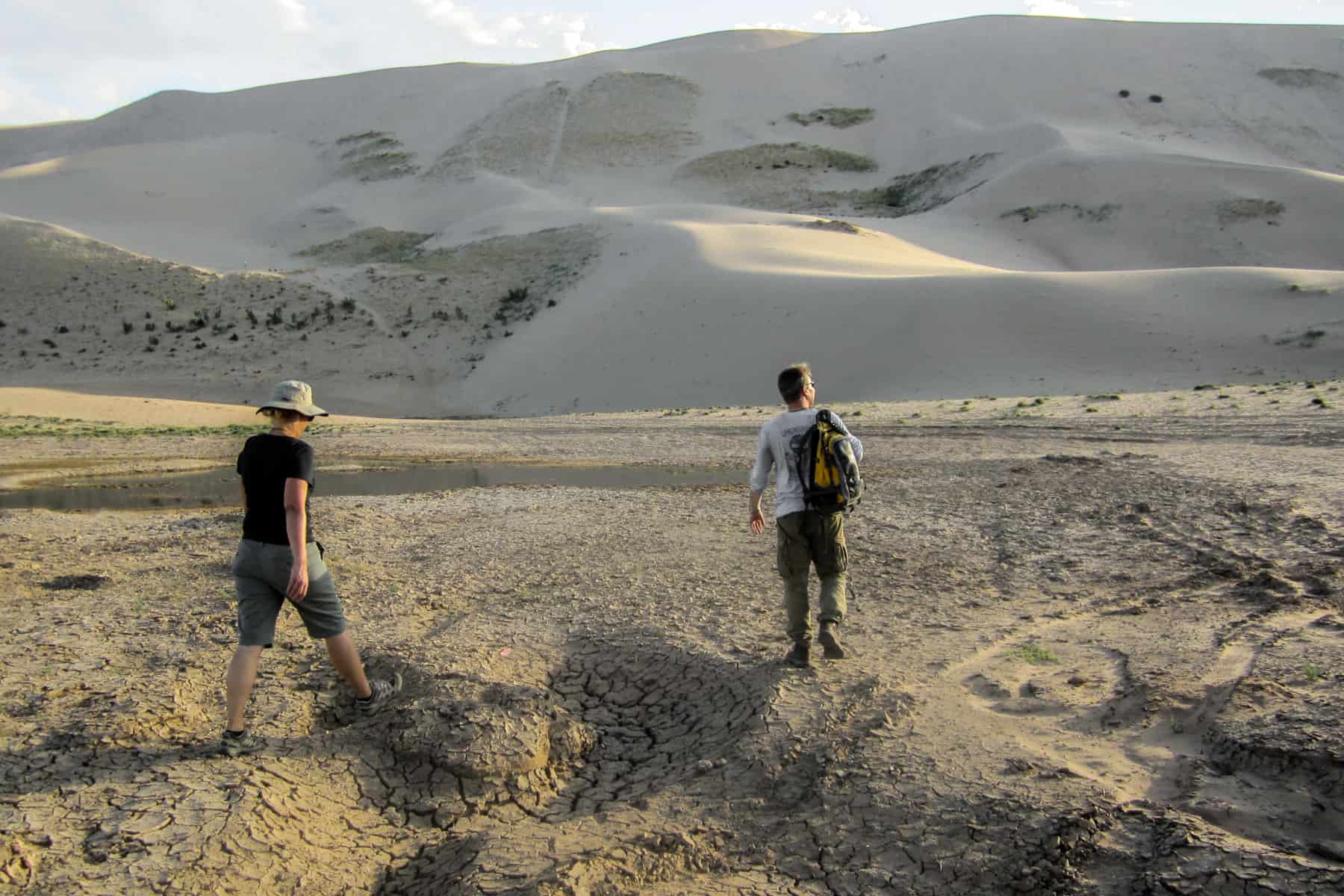
The glorious Gobi Desert Khongoryn Els Sand Dunes
Bumpy mountain roads took us to the spectacular Bayanzag Flaming Cliffs , which are a Mongolian version of the Grand Canyon, but smaller. It’s a significant site that unearthed many dinosaur fossils and eggs, and it is also a stunning backdrop for bush camping.
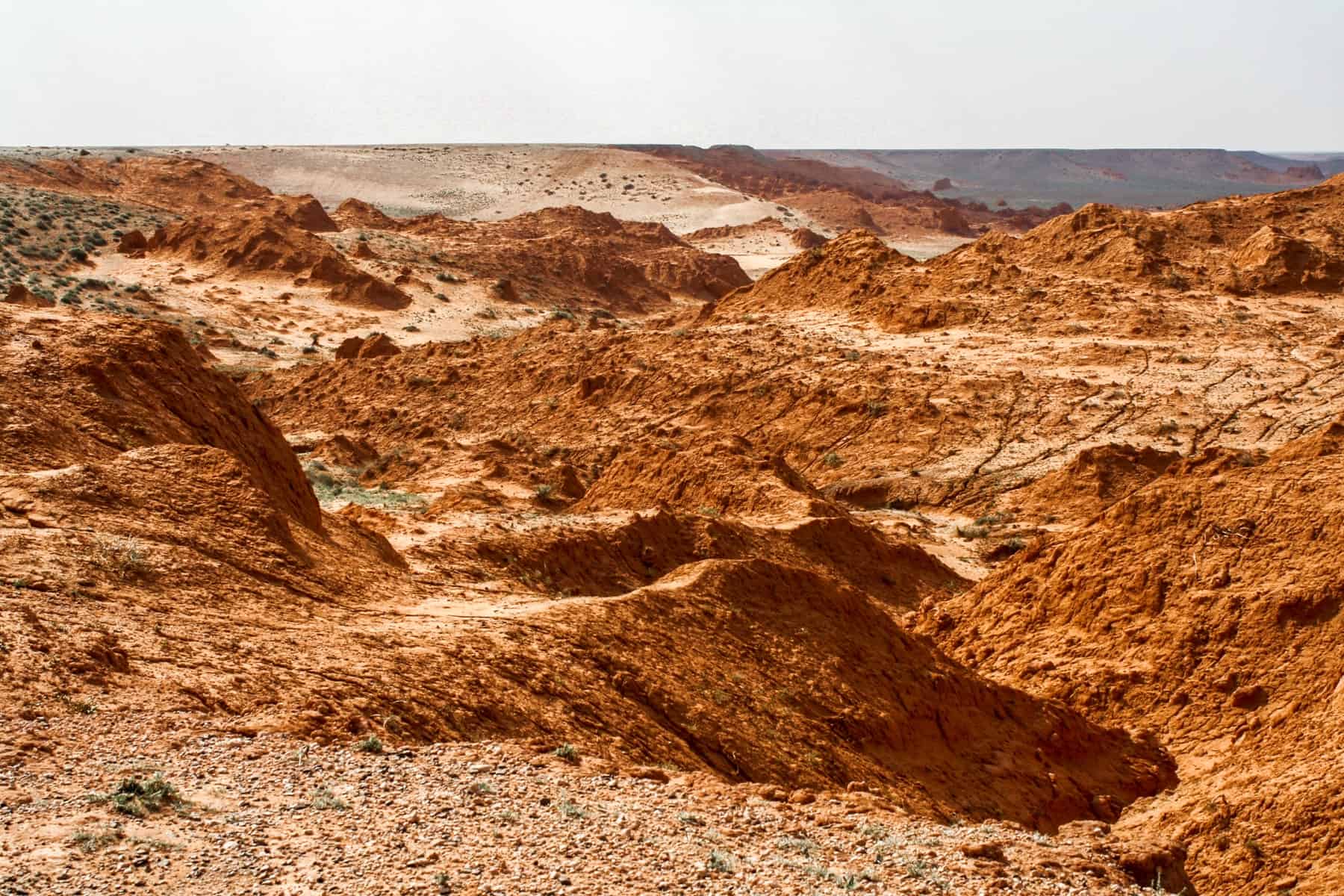
The blazing ochre colours of Mongolia’s Bayanzag Flaming Cliffs
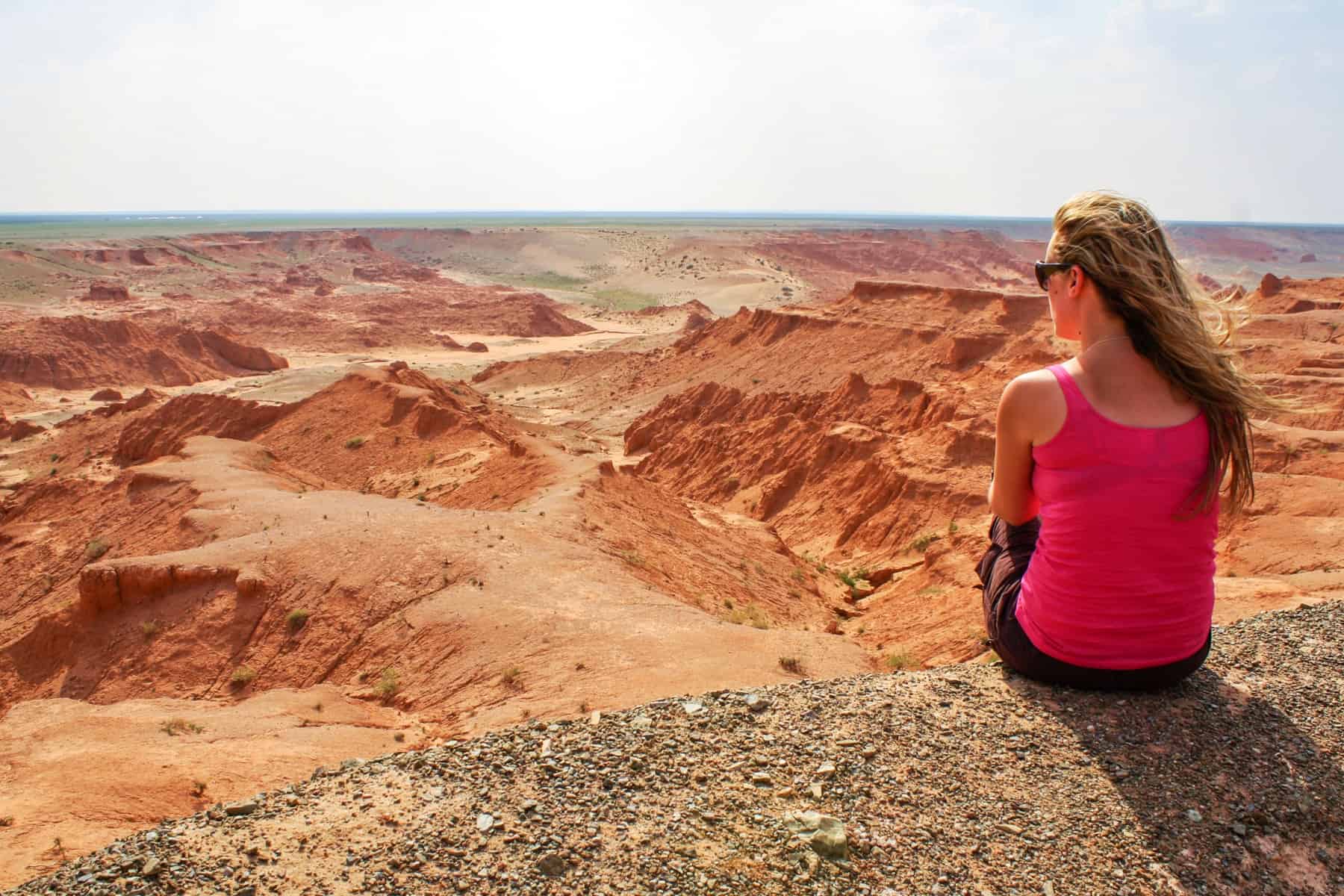
Marvel the mars-like landscape of Bayanzag Flaming Cliffs when you travel to Mongolia
When the communists invaded Mongolia in the 1930s (known as the Purges), nearly all Monasteries were destroyed. Ongii Monastery was one of them, and we visited the ruins here before driving to Arvaikheer, where heavy rain forced us into a hotel for the night. At times, random bad weather makes bush camping in Mongolia impossible, so it is essential to prepare for a budget recount at any given time.
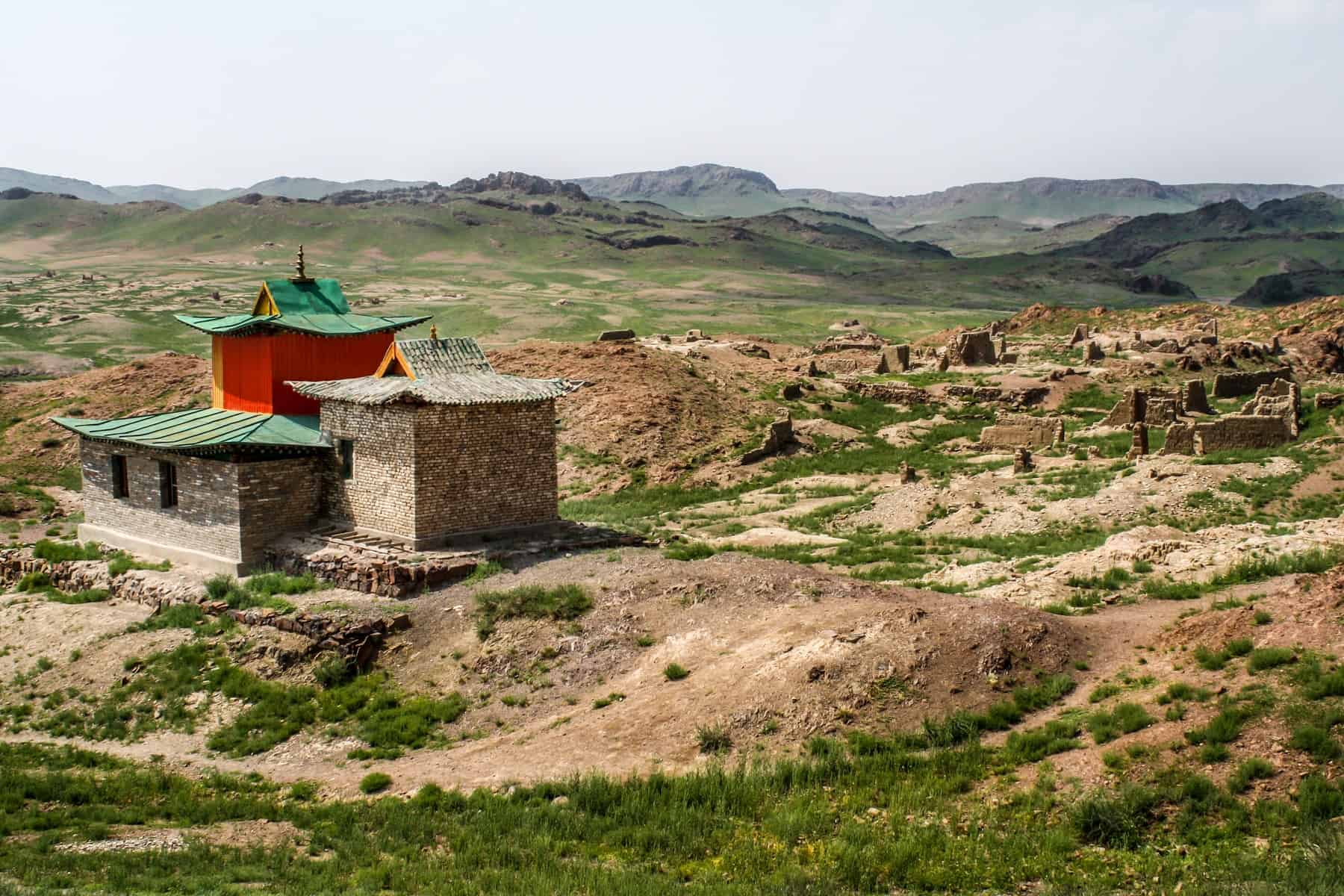
The site of the Ongii Monastery in Mongolia
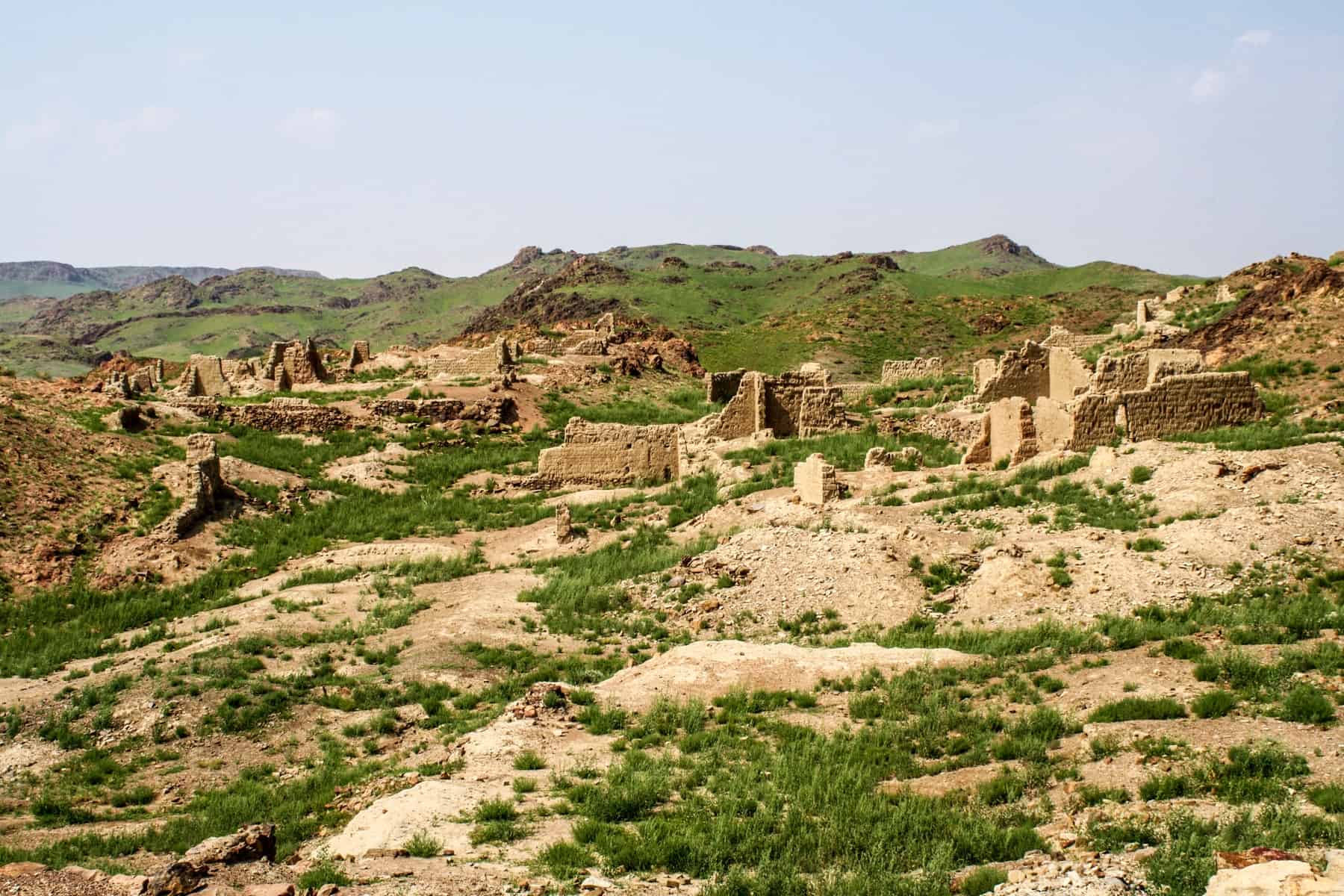
The scattered stone ruins of Ongii Monastery in Mongolia
We began our journey to the third ger camp but got badly bogged around midday after the truck had to swerve slightly, of course, to miss a drunk driver who came in our path (sadly, a lot of people drink and drive here). It took over five hours to get out, with the help of a small local tractor, and during that time, a few of us who remained to help with the truck (local jeeps rescued a few) lost our minds. It was a hilarious few hours that would have made an excellent documentary, probably how a Lord of the Flies scenario starts.
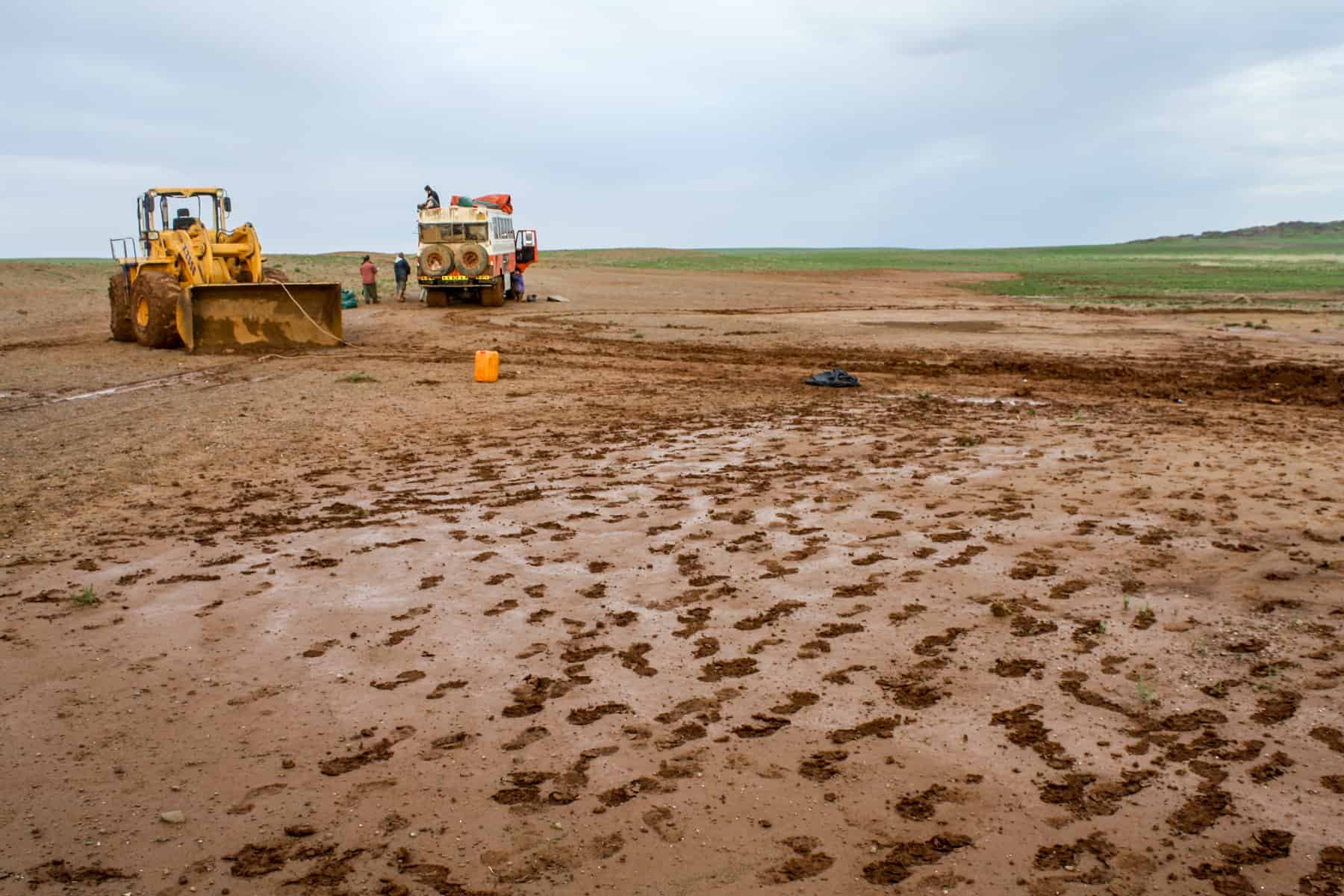
Tractors help pull the Overlanding truck out of the sticky mud in Mongolia’s rural landscape.
The roads were not rigid and stable enough for the truck to continue, especially with all the hills. After setting up tents and cooking dinner, two small vans came to the rescue to take us on our two-hour journey to the Ger Camp. It was a scary ride in the dark, where we stopped at the driver’s backyard and where a small boy jumped into the hold of the van for the rest of the journey.
I highly recommend staying in a ger camp in the beautiful Orkhon Valley . There’s nothing like a pleasant hike through the beautiful forest to reach the Tuvkhon Monastery and see the surrounding area. Pure bliss.
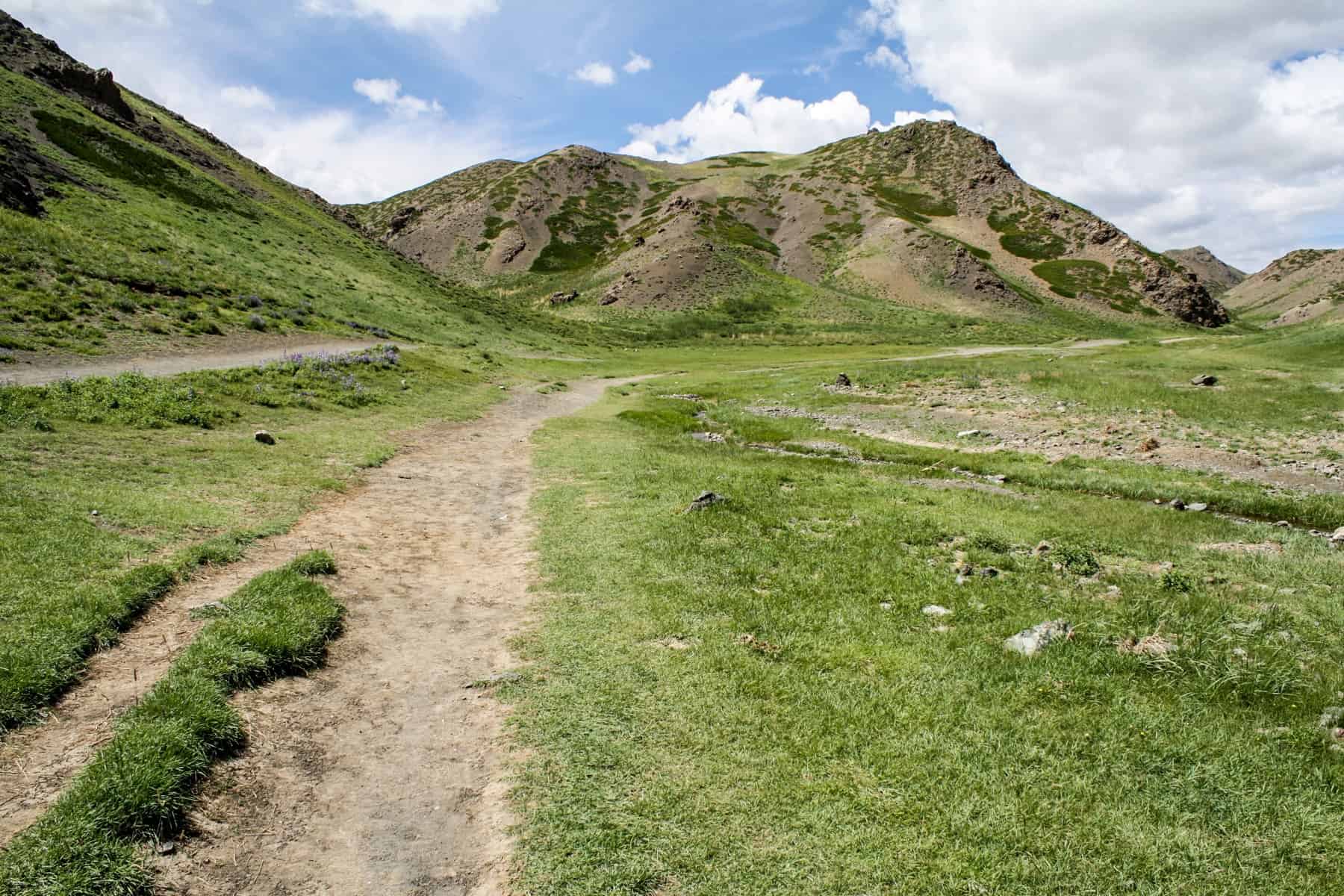
The lush green leading to the soft peaks in the Orkhon Valley Mongolia
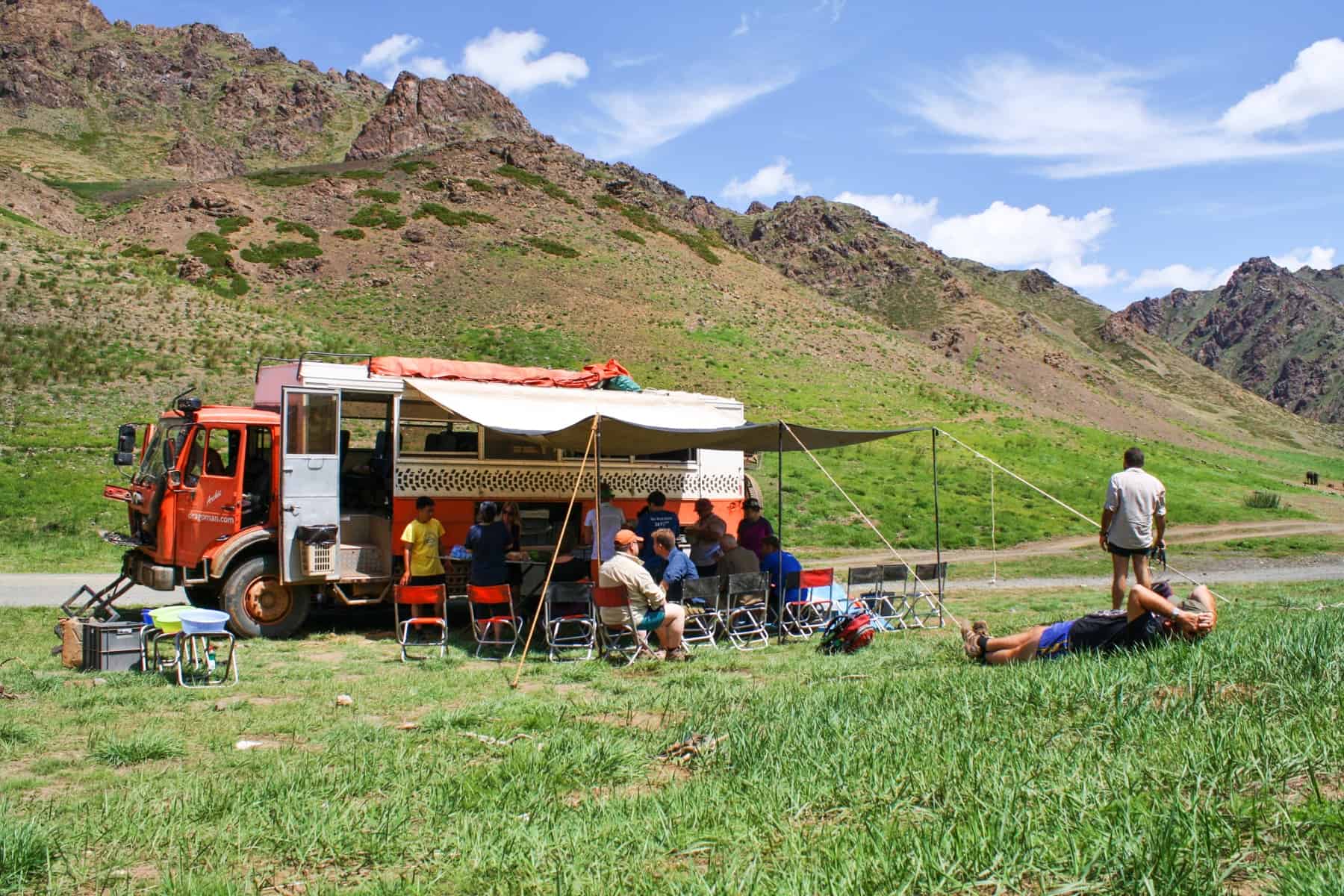
A rest stop in the scenic Orkhon Valley landscape
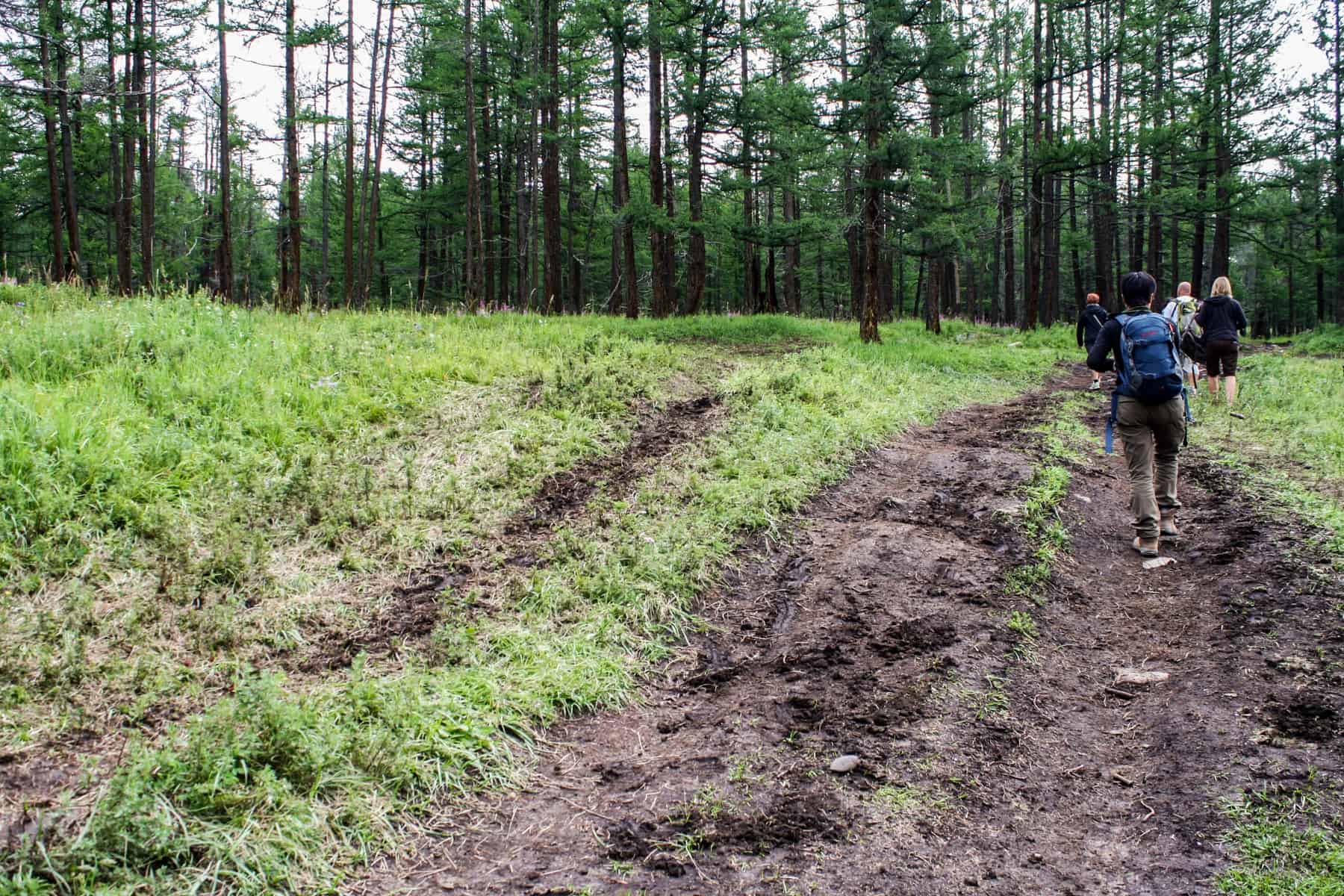
Hiking the forest trails of Mongolia’s Orkhon Valley

The rocky plateau that surrounds the Tövkhön Monastery in Mongolia

The colourful entrance to the Tövkhön Monastery
The Orkhon Valley waterfall was the next stop on our five-hour drive to the next ger camp. This camp plays host to the famous hot springs in the region, where we went skinny dipping and enjoyed a few refreshing beers.
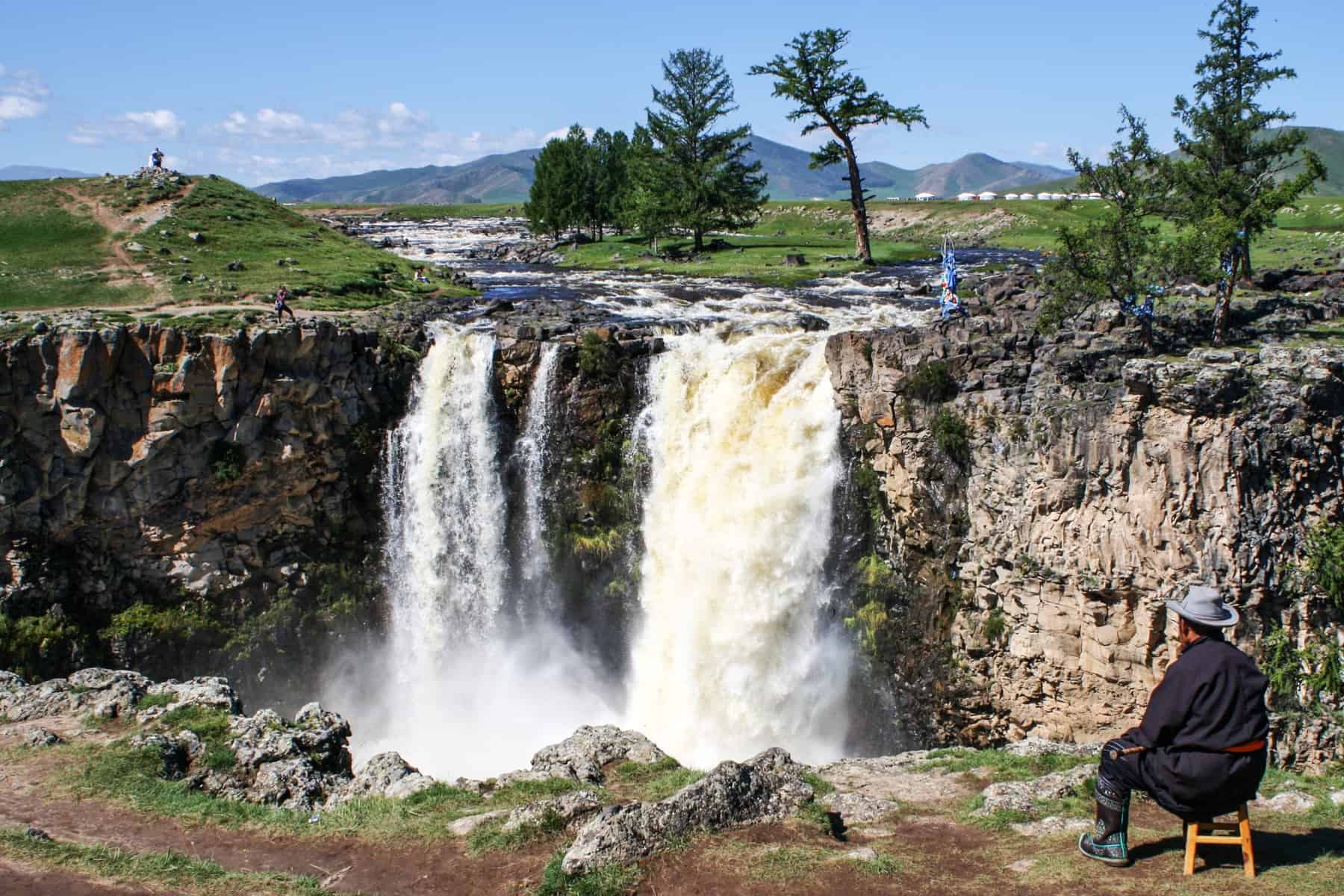
A Mongolian man sits in a chair peacefully enjoying the backdrop of the Orkhon Valley Waterfalls in Mongolia.
Fully clothed, of course, we took a short hike through the lush green forest to visit the source of the hot springs. When you come across your first sighting of trees after two weeks of barren land, you begin to appreciate such incredible surroundings.
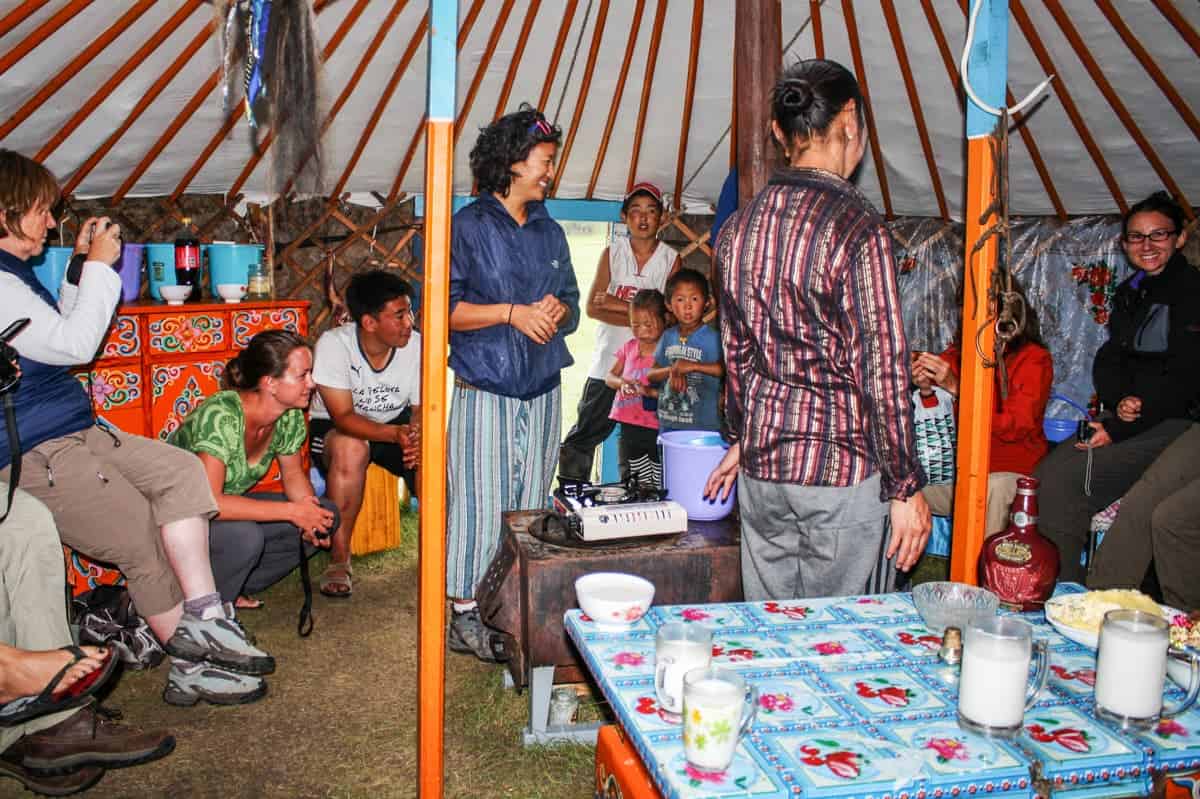
Visiting a local nomadic family in their ger in Mongolia
As we had two Mongolian guides with us (invaluable support in a country where very little or no English is spoken or understood), we could visit a Mongolian ger and a local family to learn about nomadic life.
It wasn’t a tourist set up, but a traditional, local family who lived on an isolated patch of land in the valley. We tried their dairy products (their source of income), including fermented mare’s milk, curd and butter, before learning about ger rules and traditions and asking each other many questions!
READ MORE: Visiting a Mongolian Ger – Understanding the Nomadic Culture of Mongolia
We needed a quick stop in the nearby town of Tsetserleg to stock up on food supplies. It was a market day with an electric atmosphere. I get a high from moments when you don’t know where you are and what to do, and where you have to work hard to communicate and negotiate.
We later visited the most important Monastery in the country, Erdene Zuu Monastery in Kharkhorin – the first Buddhist monastery in Mongolia that had up to 100 temples and 1,000 monks before the purges in 1937. Only three temples remained, alongside several statues and other items.
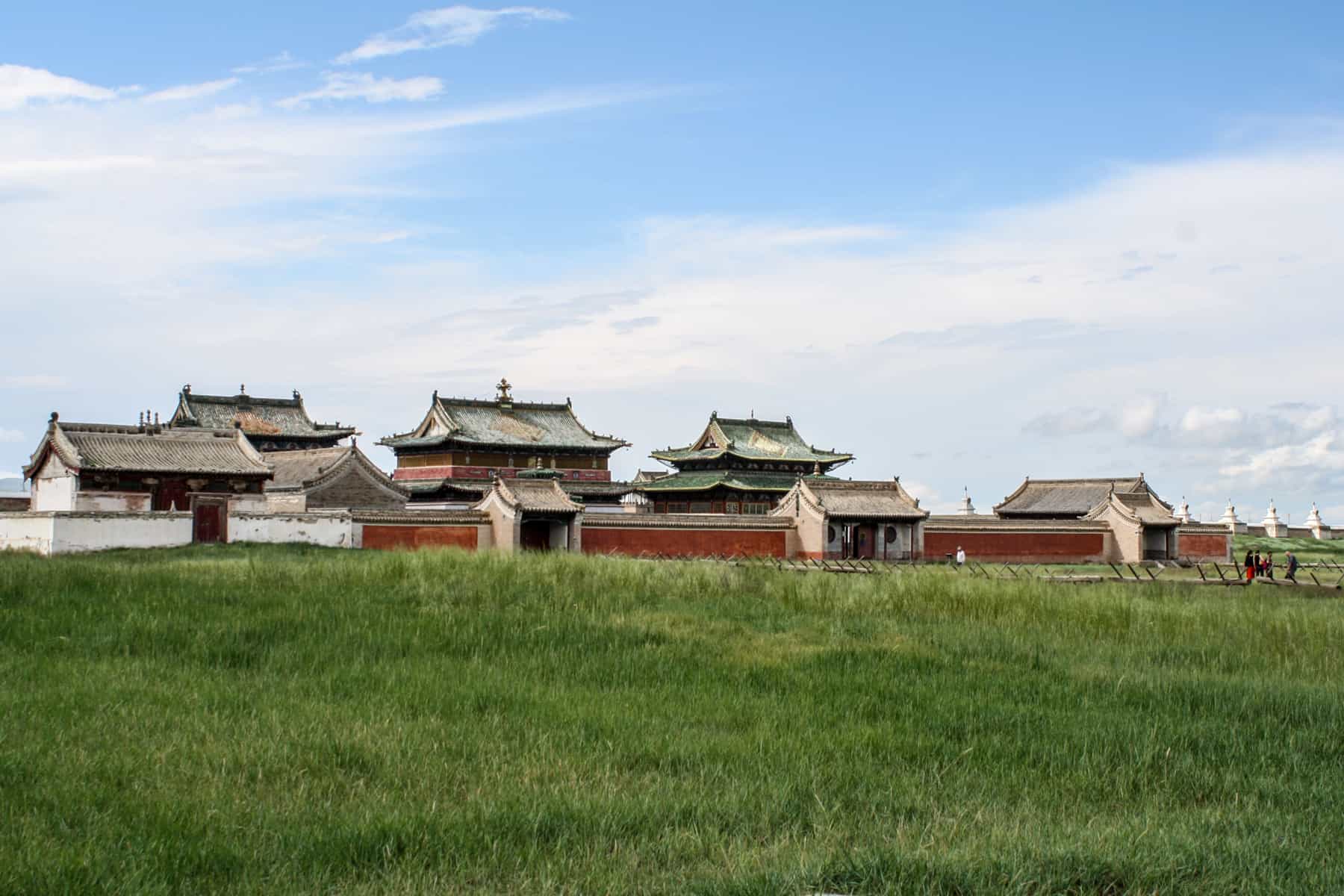
The exterior walls of the Erdene Zuu Monastery, Mongolia
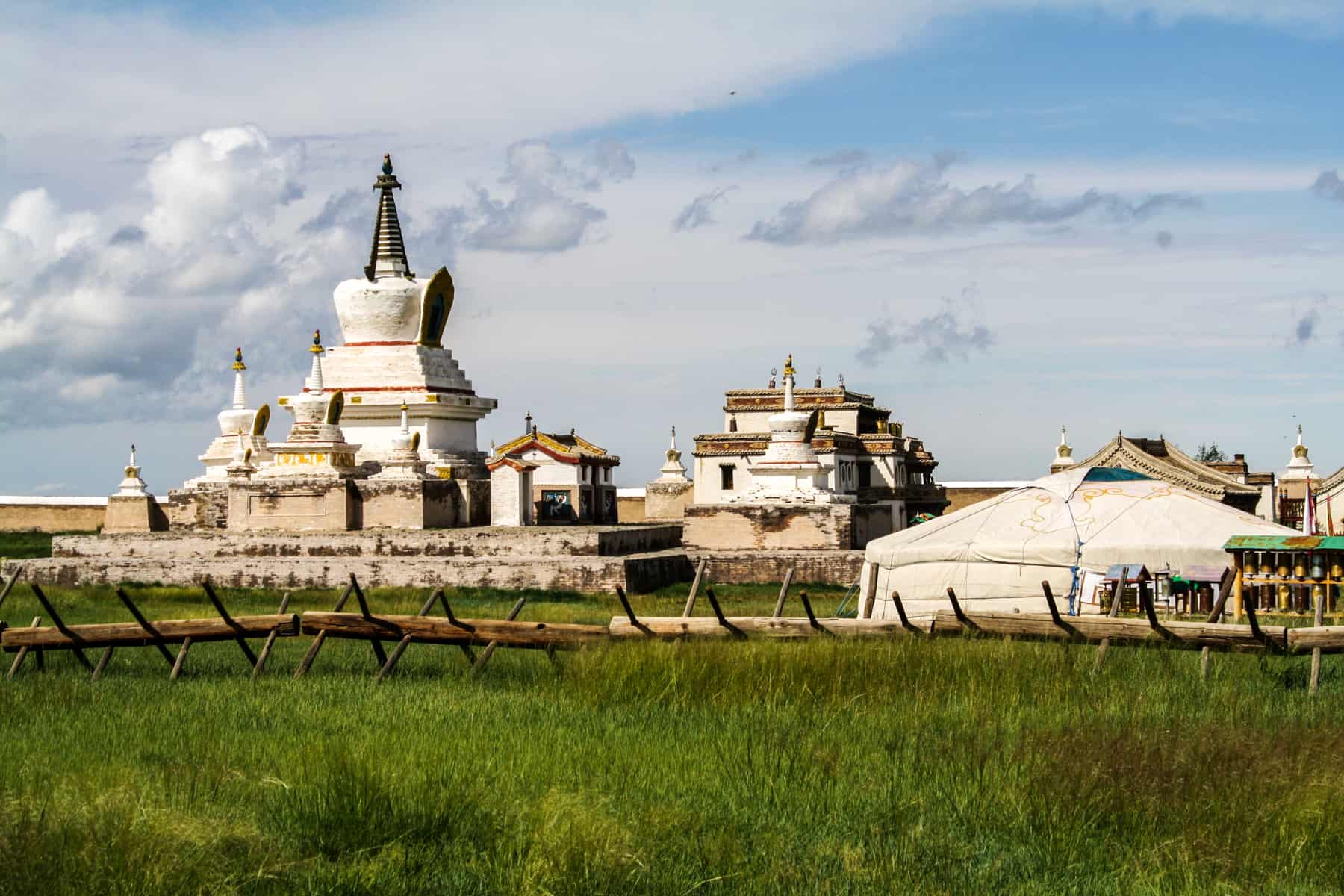
Part of the temple complex inside Mongolia’s Erdene Zuu Monastery
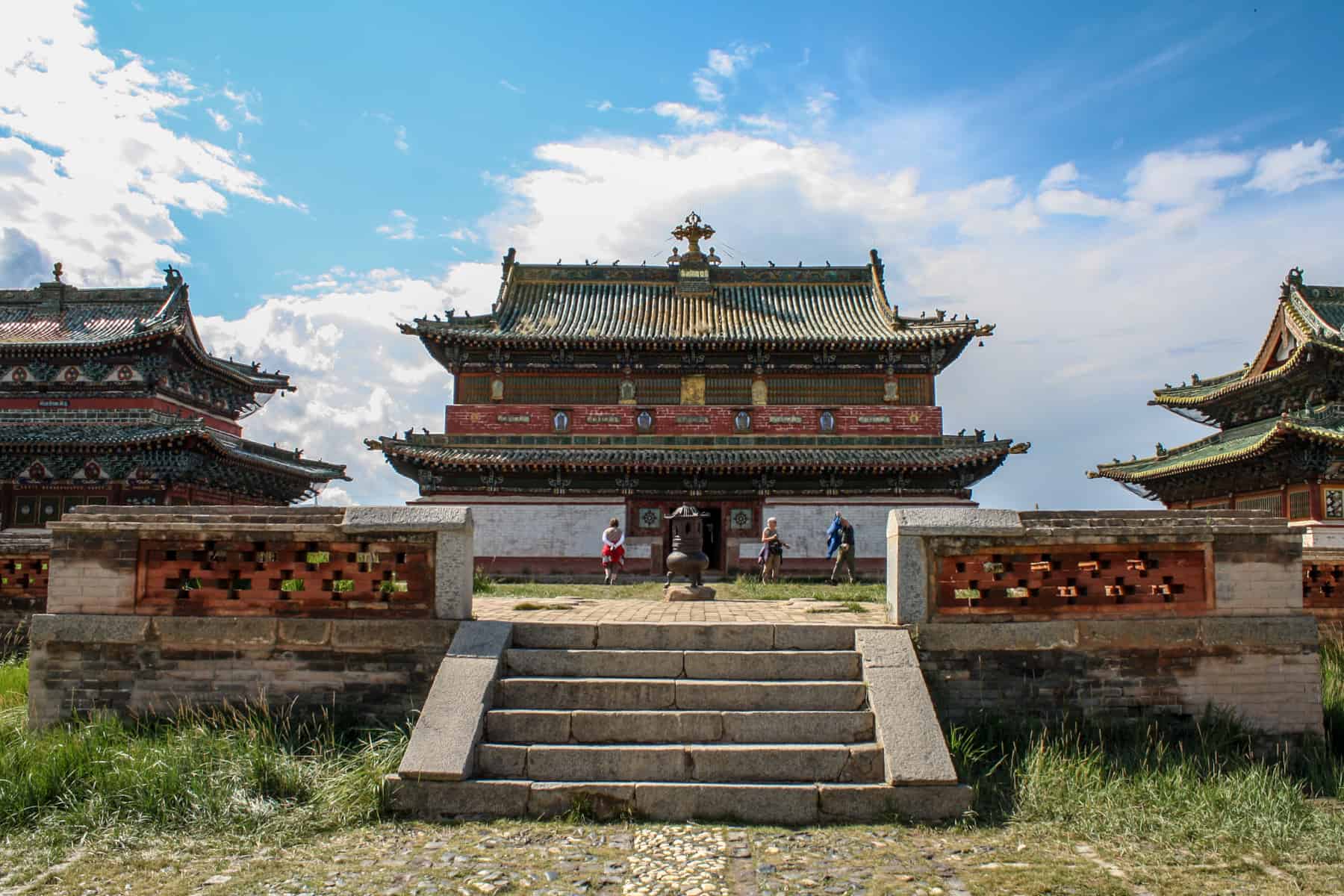
The red, gold and green temple structures at Erdene Zuu Monastery
A visit to the museum we camped next to – the Kultigen Monument, housing artefacts from the Turkish empire – set us on the way to the nearby Ugii Lake, where we would relax all day and camp for one night.
Ugii lake emits a calming atmosphere and invites you to traverse it slowly. While it would take almost a day to walk around, it’s a great place to unwind and reflect. I count this as one of my most favourite spots in all of Mongolia.
Our camping set-up beside Ugii Lake in Mongolia
We arrived at Hustain National Park in the afternoon to settle into a ger camp. This National Park is known for the rare Przewalski’s horse, unique to Mongolia. When you finally track down a small group, it’s still hard to see their beauty up close as you can’t get that close to them.
Still, we got to meet the ‘Best Mongolian Folk Band in Mongolia’ called Domog in the evening after a fantastic show where they performed rock-style tunes via the famed throat singing. I guess it is the equivalent of meeting Westlife in Ireland. Seriously.
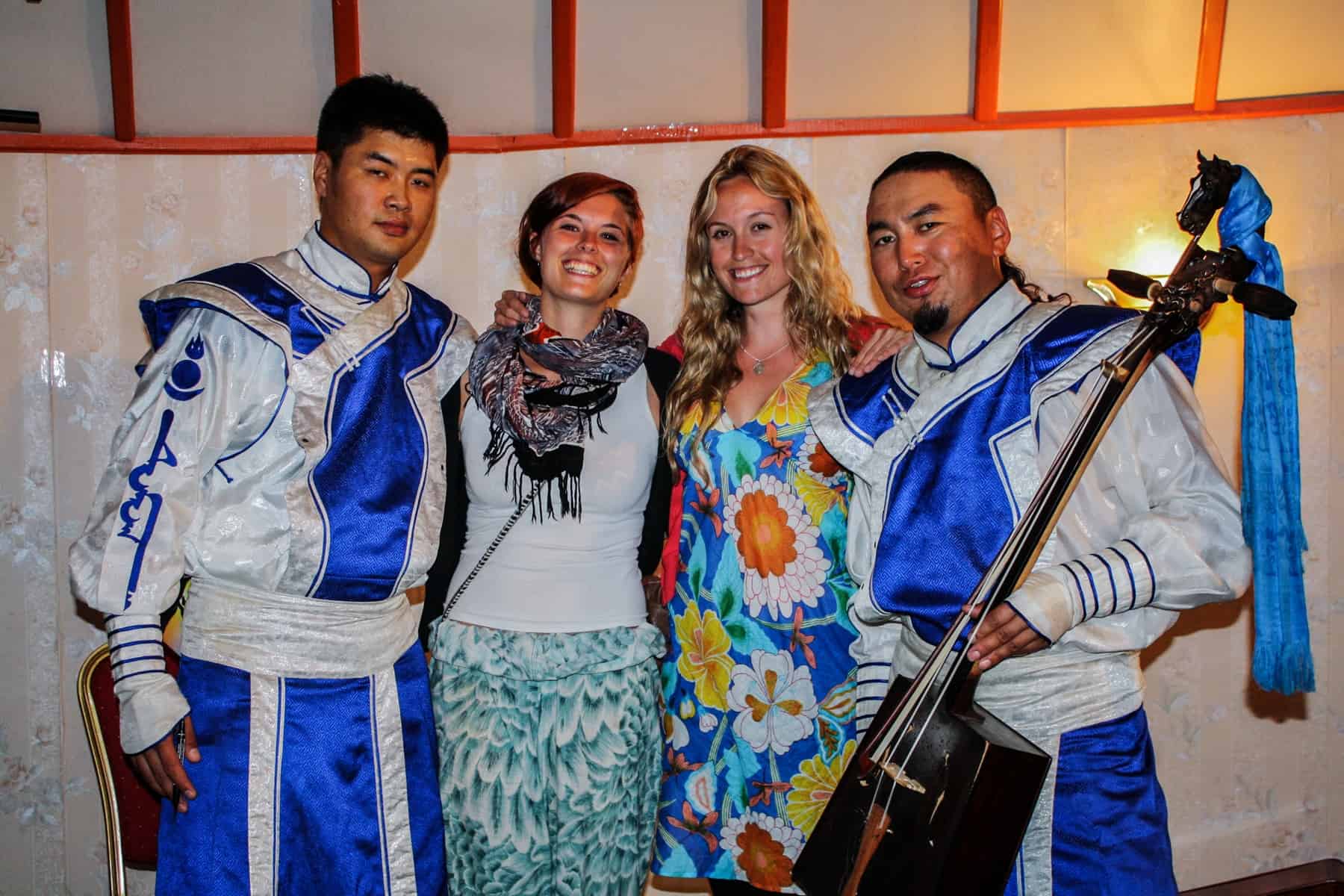
Meeting Damog, the Best Mongolian Folk Band in Mongolia
We had to journey back through the crazy, construction-overloaded, traffic-ridden Ulaanbaatar to get to Terelj National Park and the last ger camp of the trip (we were due to bush camp the weather put a stop to that).
It’s incredible how a few hours down the road from the capital brings you to some of the country’s most spectacular landscapes.
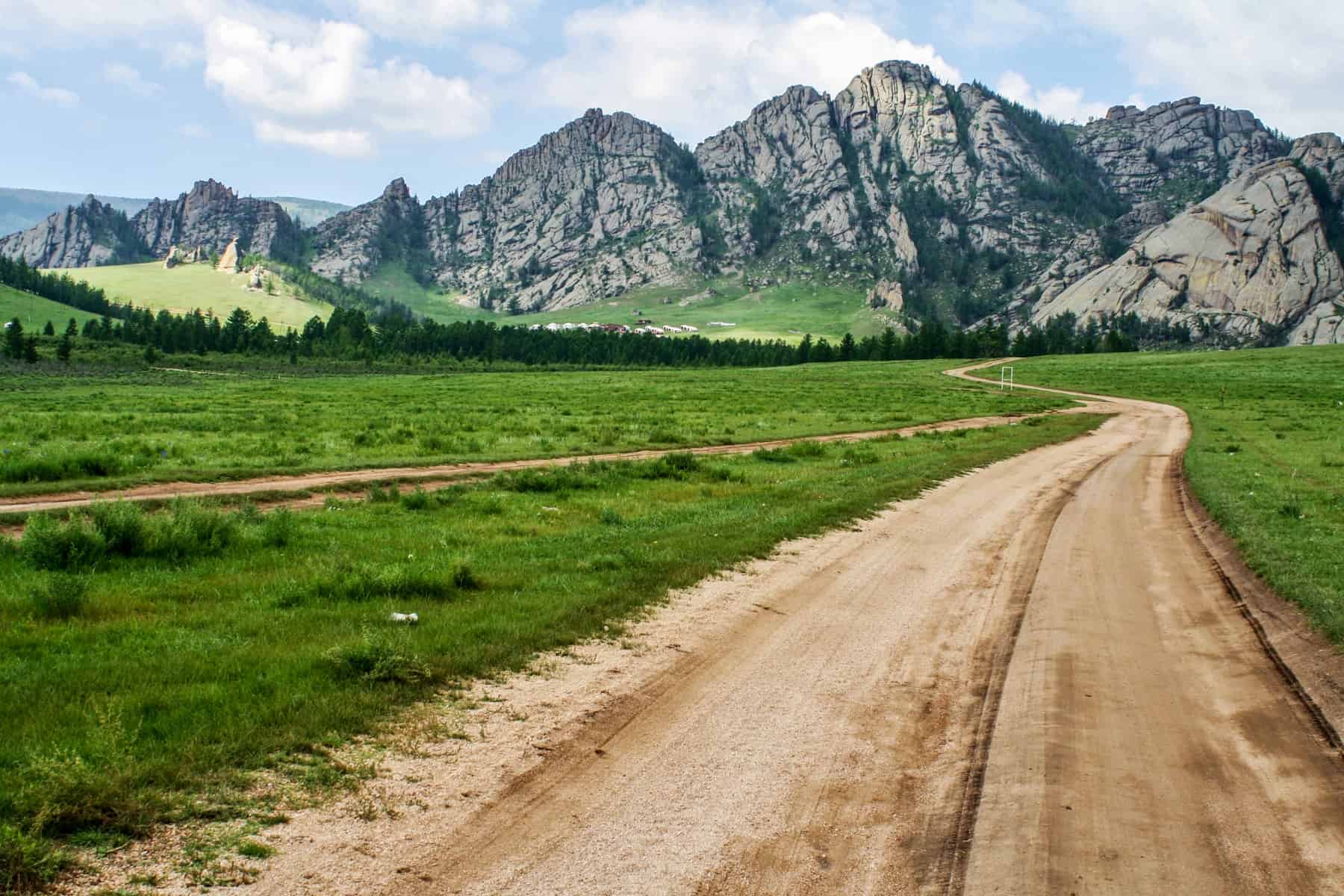
The road that leads to the heart of Terelj National Park, Mongolia
If you love walking and hiking, you will love Terelj National Park. Here you can wander for hours, hike to a Monastery and horse ride through the forests and rocky hilltops. Make sure you check out ‘Turtle Rock’ too. You may think it looks like something else from a certain angle!
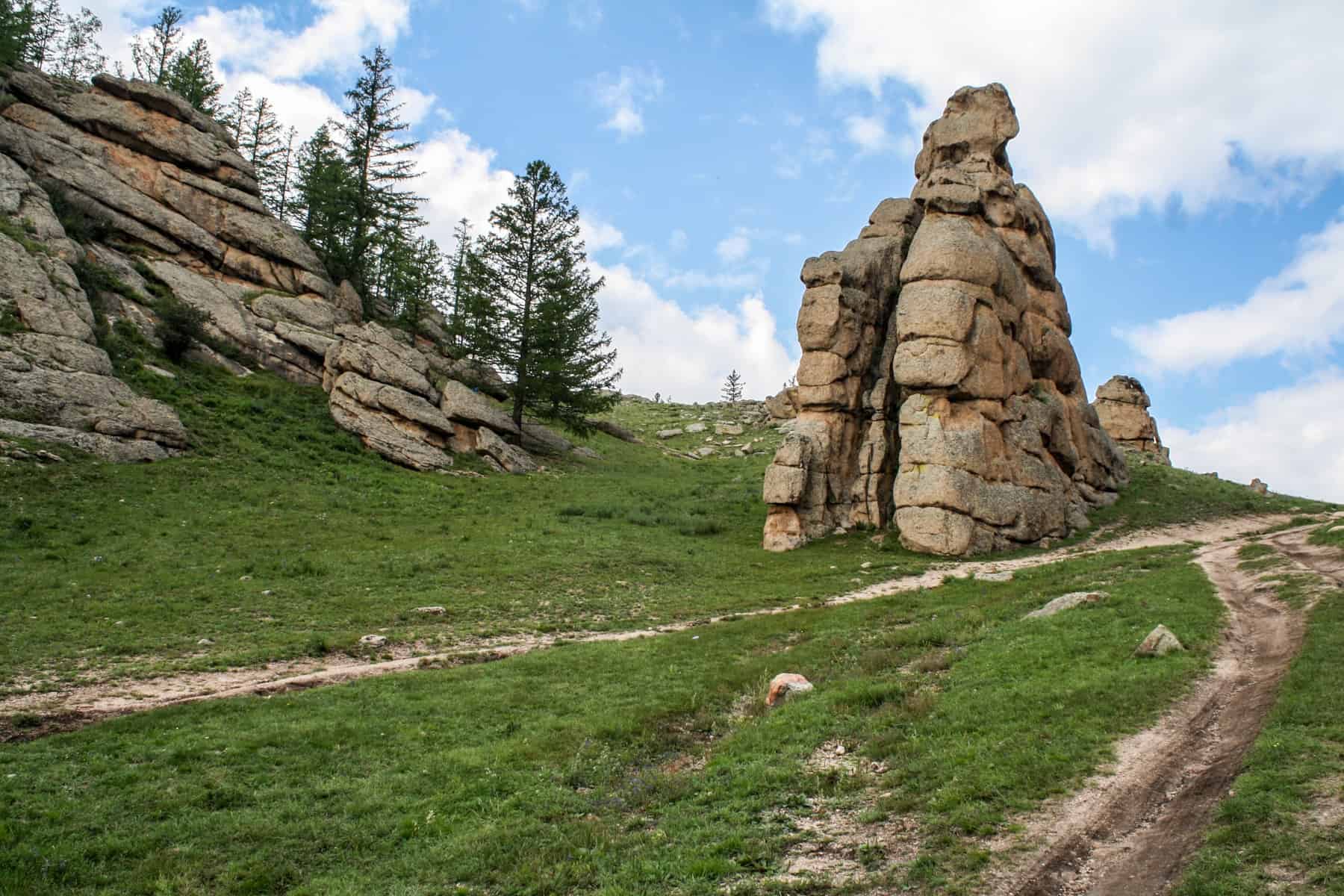
One of the layered rock formations in Terelj National Park in Mongolia
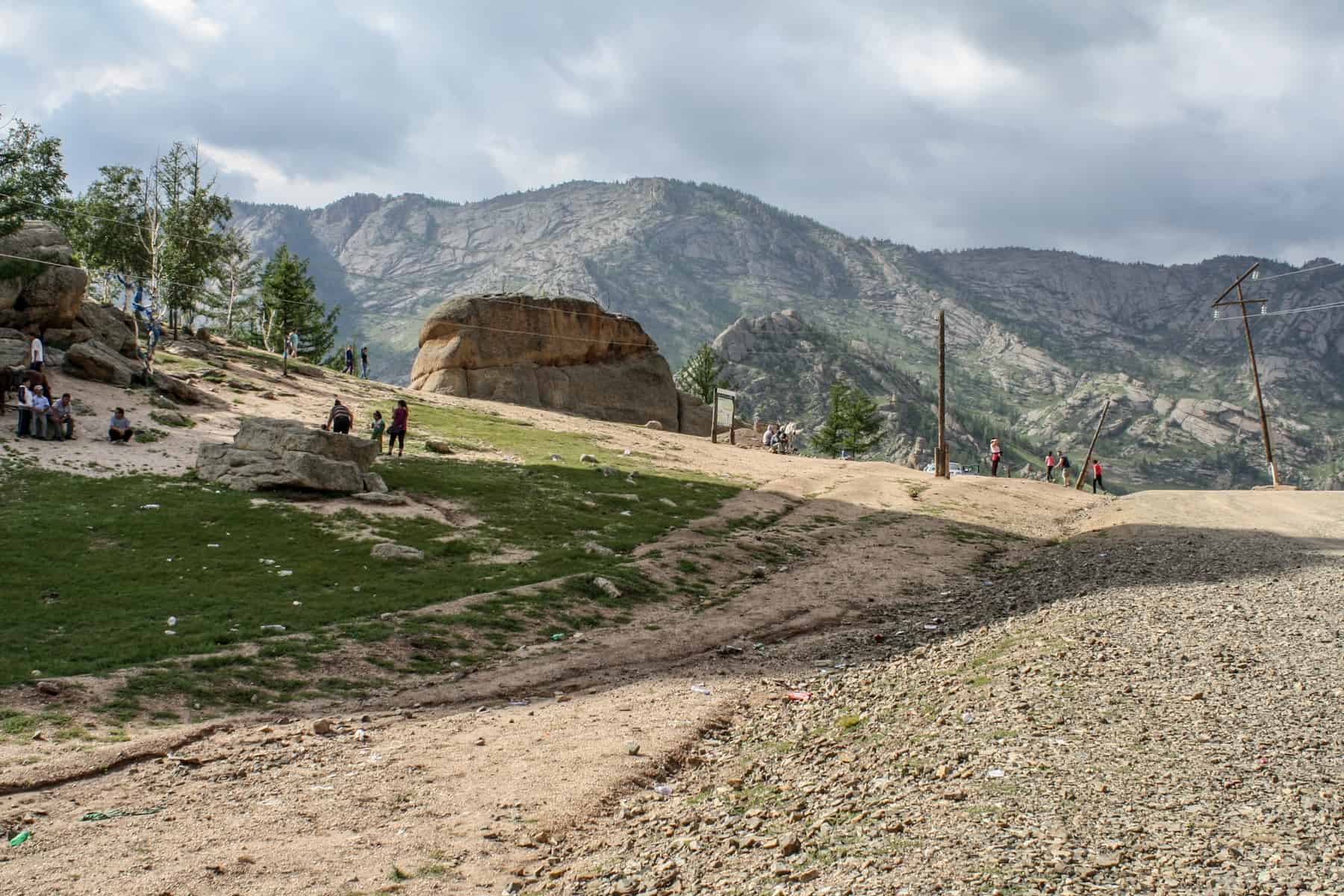
Visiting Turtle Rock in Terelj National Park Mongolia, named for its shape similar to the animal
Nothing beats the end of the wilderness journey than a visit to the giant 40-metre tall silver Ghengis Khan statue just outside of Ulaanbaatar on the banks of the Tuul River. Legend has it that it was at this spot that Ghengis Khan found his golden whip. Anyhow, a bit of a pilgrimage spot for locals, it was fascinating (if not a bit odd and imposing in the same way a colossal silver statue of Hitler in Germany would probably evoke the same feeling).
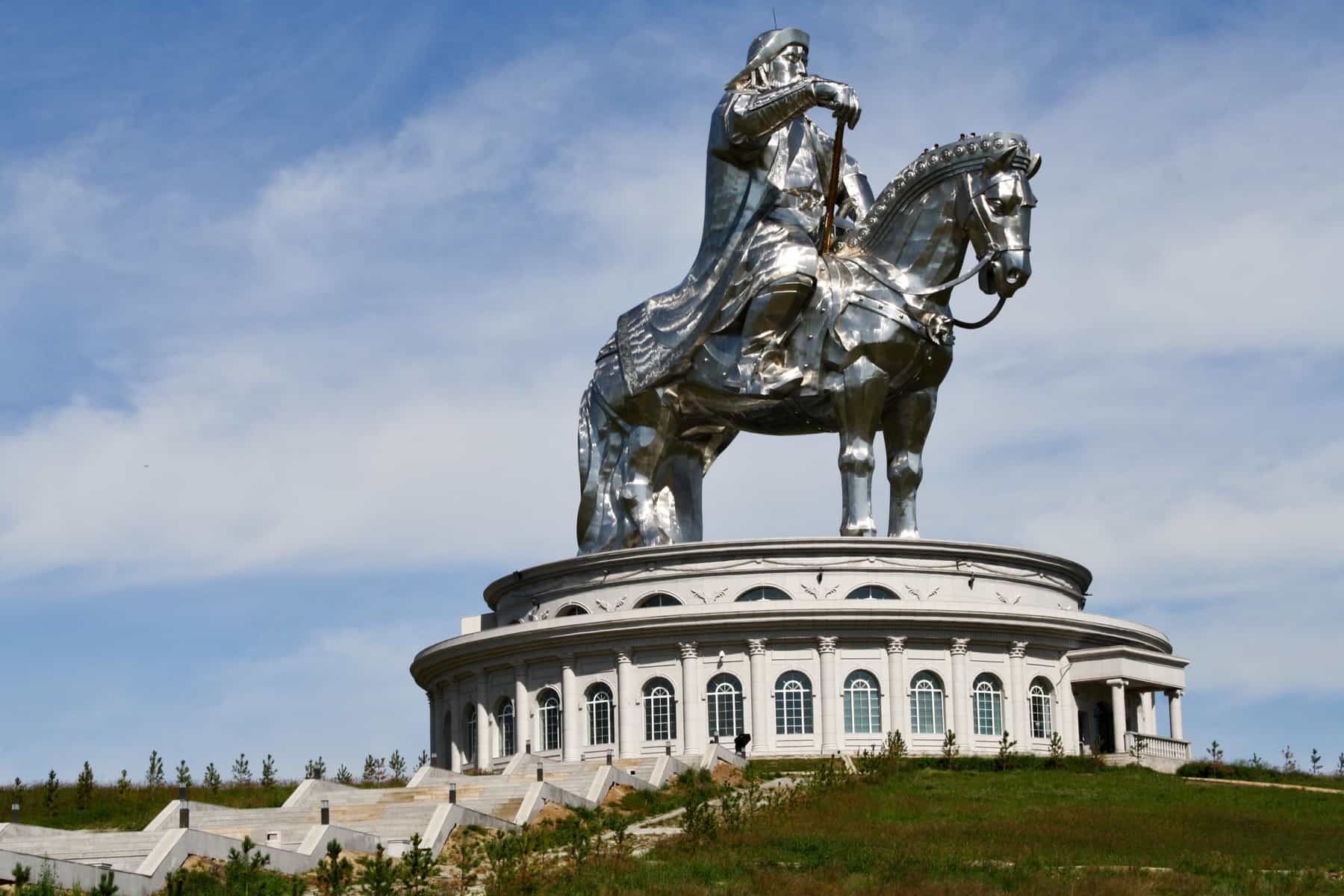
40-metre tall silver Ghengis Khan statue just outside of Ulaanbaatar, Mongolia
Back in Ulaanbaatar, I turned my hostel room into an office and distracted myself with a pizza slice, cake and coffee at Wendy’s Bakery – worth a visit alongside the State Department Store, which is right next to the hostel area. It’s an excellent chance to rest up after adventure through the vast landscapes of Mongolia.
The Dragoman overland truck is what we called home, except we didn’t sleep on it overnight. Instead, we went wild camping and every night, checking into a hotel once when the rains were too much to settle a tent comfortably.
The Outside
The truck’s exterior has lots of compartments – storage for luggage and tents and a clean water supply, mealtime equipment and food supplies. It’s a travelling transformer, and everyone has to lend a hand setting up and packing down for breakfast, lunch and dinner.
If you have no sense of camaraderie or hate getting dirty, then this isn’t the kind of adventure trip for you. I embraced it and loved every minute of ‘roughing it’.
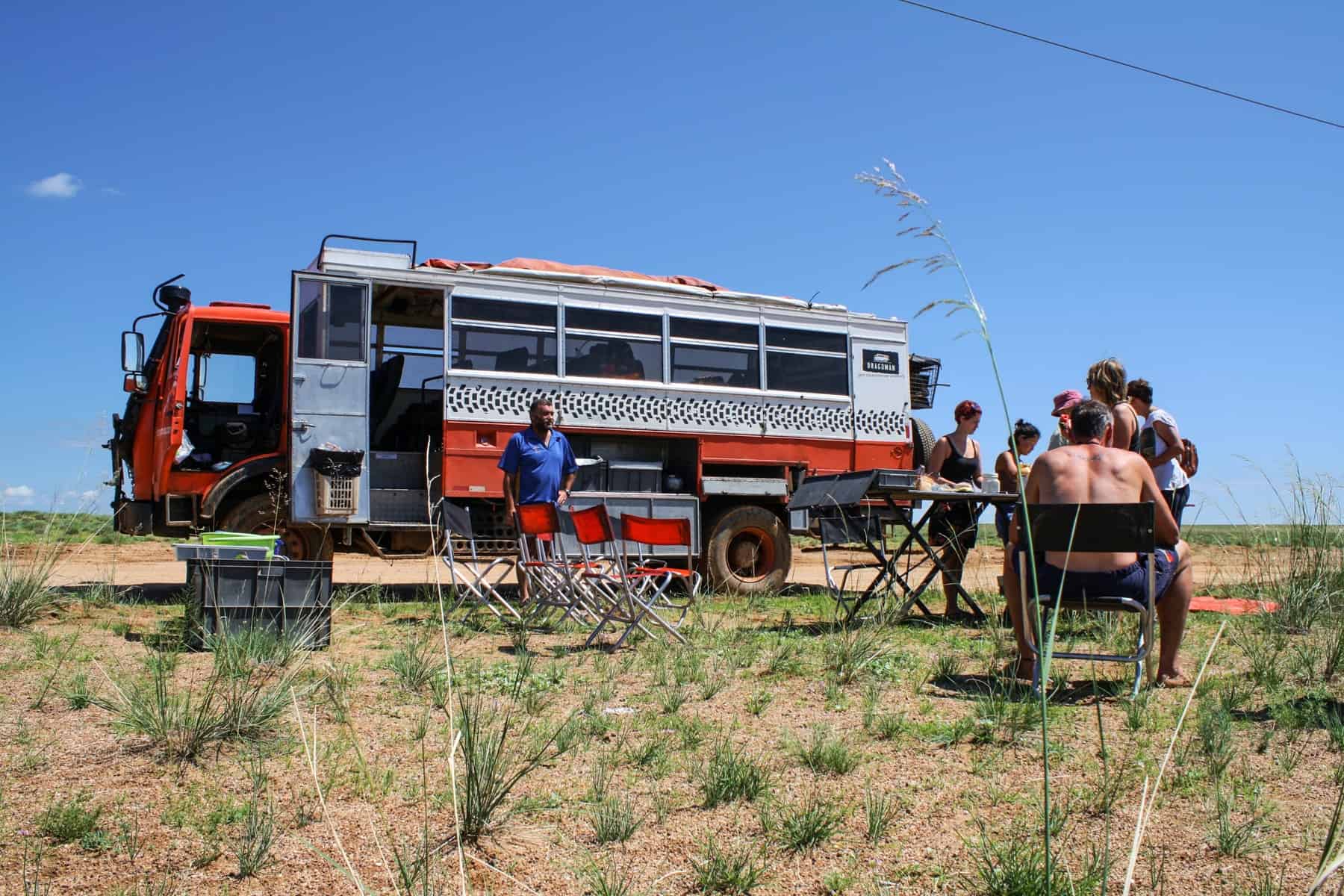
Travel in Mongolia was mostly about camping.
Twenty-three seats, a fridge, a safe, a bookshelf, prominent speakers and a place to recharge equipment, this is where we spend hours at a time, or what could end up being an entire day, traversing the landscape. We filled it with our belongings like a messy bedroom and made it cosy.
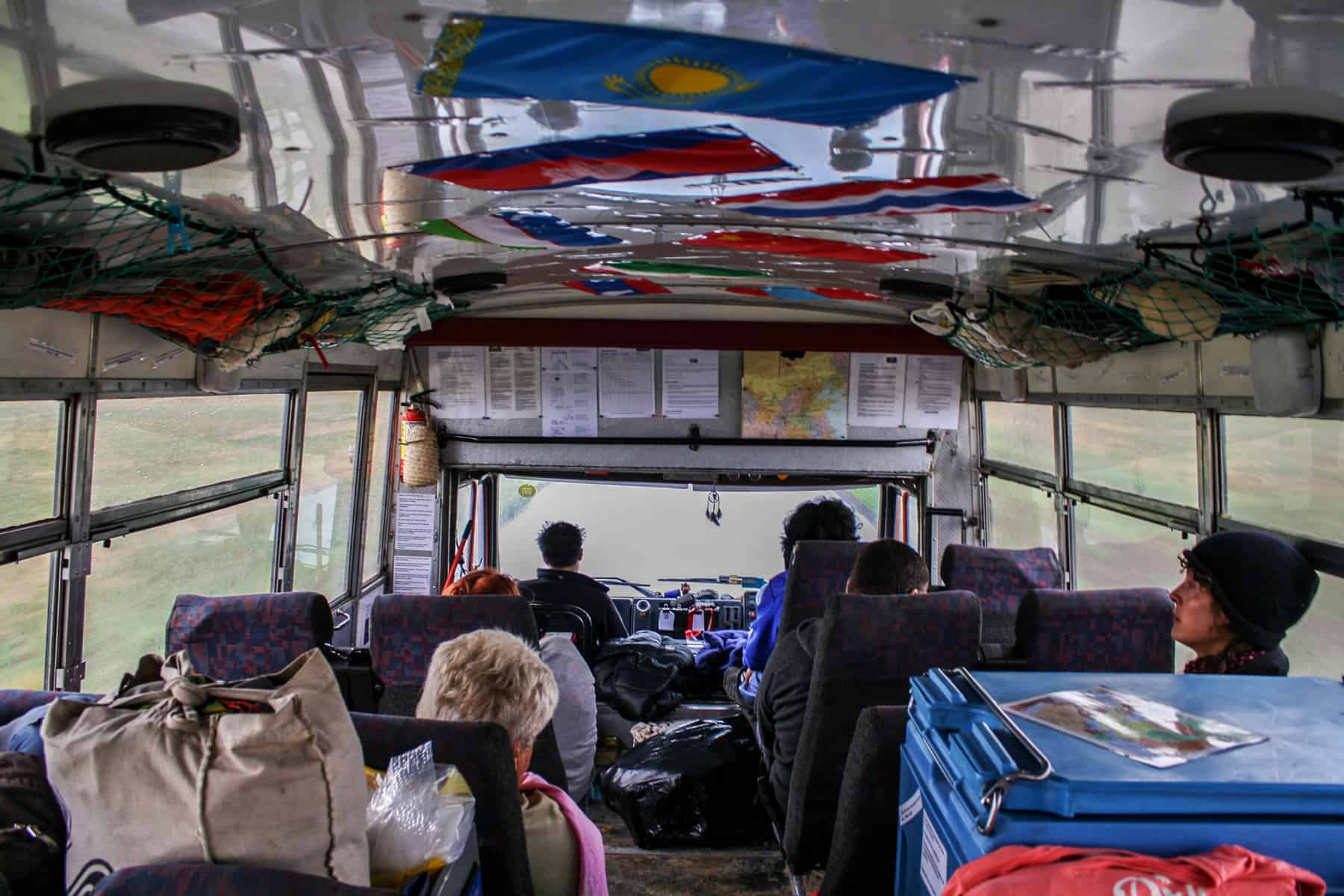
Inside the Overlanding truck on the journey travelling Mongolia
Along the Way
The two drivers are the mechanics, the navigators and the troubleshooters. Everything about the truck, from where it goes and how it gets there, hangs on their decision making, alongside our Mongolian guide who knew the land better than anyone else and could speak the language when we needed to call upon locals for help.
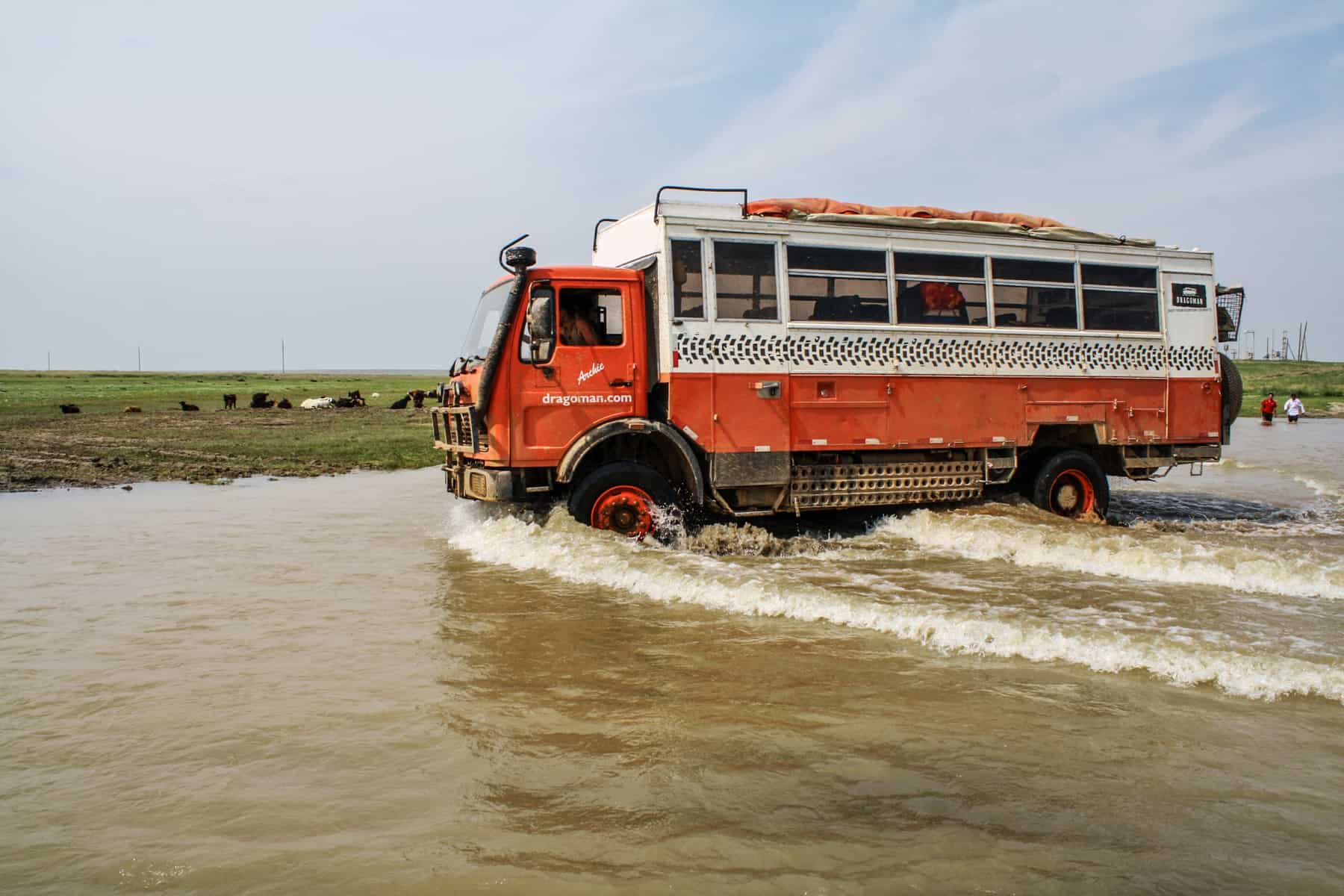
Overlanding in Mongolia was a real adventure.
Although the drivers would jump out to check the road, walking far ahead to determine the best track to take or check waterlogged areas (often by getting in the water) to limit the truck’s chances of getting bogged. We often stopped to help locals whose cars were stuck, knowing that karma would need to be returned one day.
The Realities of Rural Travel in Mongolia
“Ok, guys, you have to get off. It’s not looking good.” This phrase, accompanied by the engine’s low hum and strain as it finally gave up, became a regular occurrence during the three weeks I spent in Mongolia. Getting dirty in Mongolia is a given, but I never thought on my travels that I would push a truck out of thick, stodgy mud, build a road complete with a dam or wade knee-deep through a river to get to the other side.
In Mongolia, aside from the small handful of roads available, you will take the path less travelled, one that hasn’t been used for days or worn in by other vehicles for an easy pass. You could call it bad luck, or you could call it a reality, but travel comes with its challenges and getting stuck in Mongolia is by far the most common. While I wasn’t expecting substantial bogging incidents on this trip, I began to embrace them when they did happen. After all, the locals have to face these situations regularly. It became a part of what Mongolia is and what it means to cross her lands.
The drivers of the truck were responsible for assessing each situation when it arose. They were the first to get dirty, walk through the water and determine the outcome. At times it put you on edge, wondering how long you would be stuck somewhere with no one passing by for hours. At other times it merely meant us having to walk a short distance to lighten the truck.
Either way, the result was a massive whoop and roar for our truck, Archie, when he made it through. It felt good, and we then knew the next stage of the journey could begin. These are the times I’ll always remember.
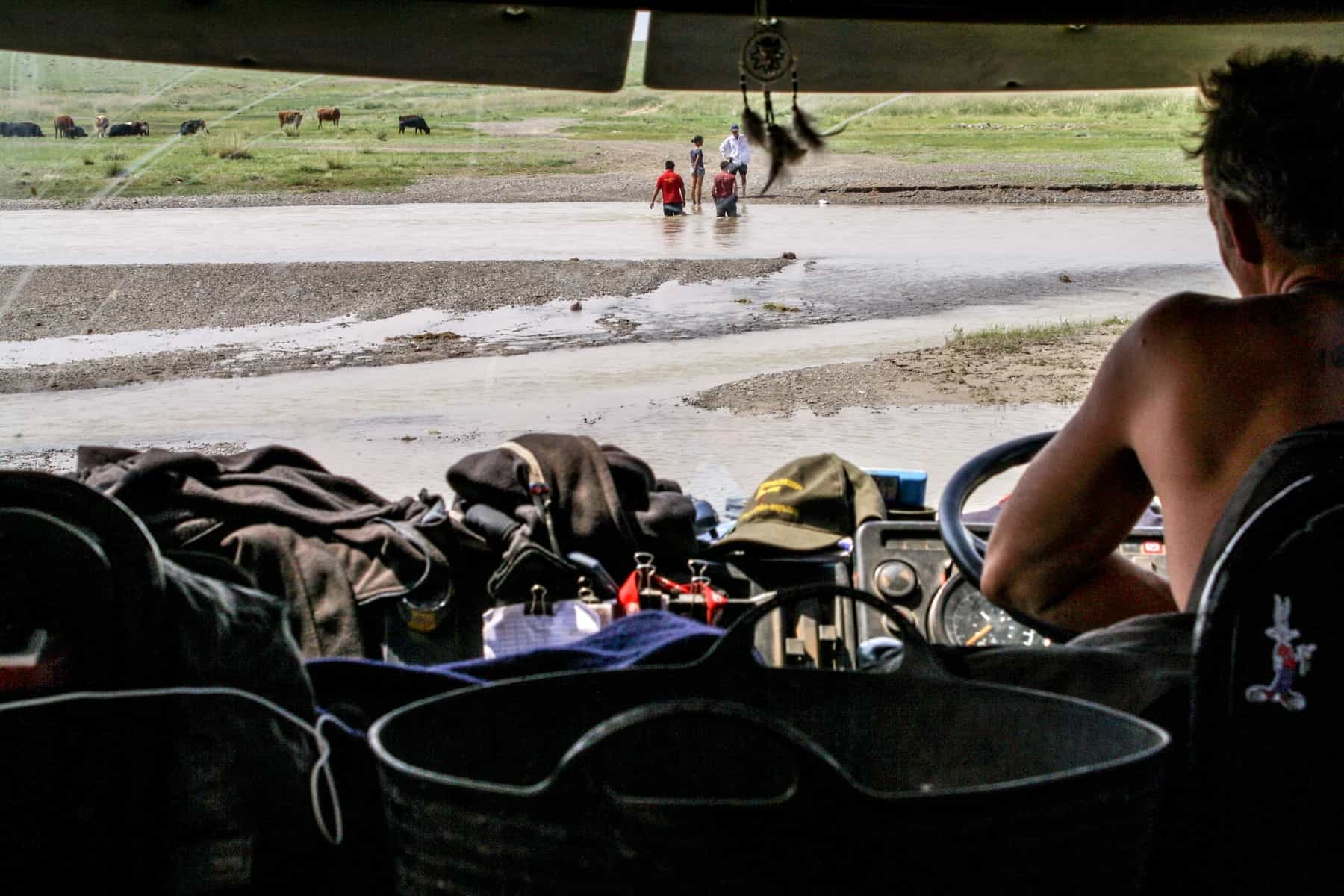
Our group helps find a track in the water for the truck to pass in Mongolia.
It had been raining on and off for a few days, mainly in short spurts in the evenings, and we were bumping along the wet dirt tracks just fine. When the truck stopped, and we saw that two pools of water had filled two road tracks, we knew a bogging incident was imminent. The drivers walked, pondered and walked through the water. Could we drive through it without getting stuck?
The usual scenario rested on two possibilities – drive through it or find hard enough ground around it. Except that this time it was different. We were told: “We need to empty this road of water and then let the ground dry out so we can cross over it.”
Cue the mad dash to empty our camping gear to find our plastic washing-up bowls and any other form of a plastic container to begin the removal process. The ladies rolled up their shorts to get right in there and scoop out the water as the men started digging to create a road. Everyone built a dam by hand on each side of the tyre track grooves so that the emptied water wouldn’t flow back in.
It was hard work, but we became a team, a great team. The sun was shining that day which meant we only had to wait a couple of hours while the heat dried out our creation. We ate, we played, we sang, and we marvelled at what resourceful people we were. It was a scary moment when Archie made his move to cross our road (our beautifully crafted highway that could be crushed in seconds and need rebuilding), but he made it in one unbeaten run, and our handmade route was left to the land and in nature’s control.
Happening upon grassy, muddy areas is sporadic. You can never tell exactly how hard the ground is beneath it. After bouts of rain, the ground softens, and even though there were times when the truck had to work a little harder, it made it through.
We had just had a fantastic afternoon checking out a local Nadaam festival and were in high spirits, which we needed knowing that we would be driving for the rest of the day. Except we didn’t – we were soon stuck in thick, sticky mud, and no amount of pushing and revving was going to change it.
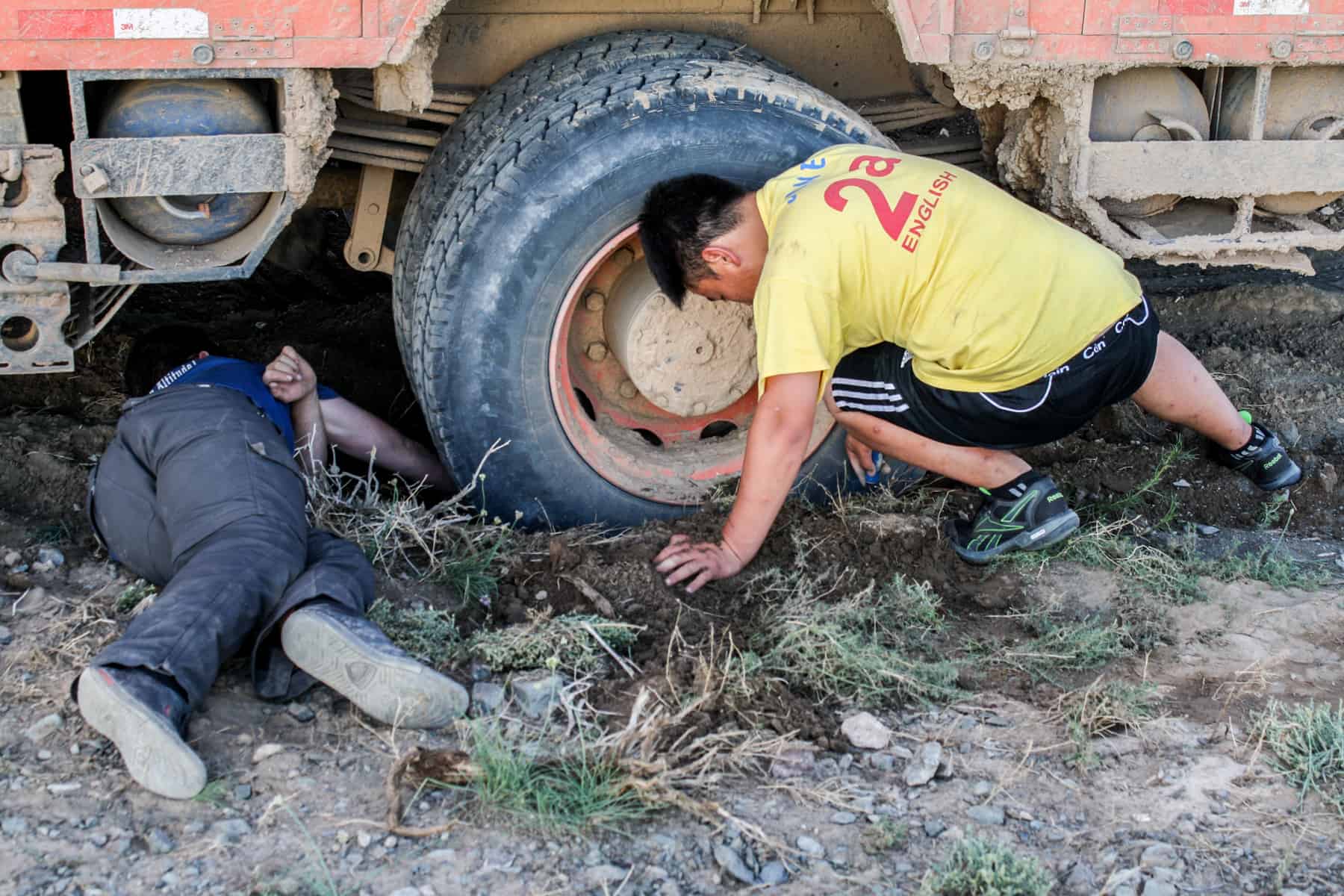
Digging out the truck wheels from the deep, wet mud in Mongolia
Our Mongolian guide walked to the nearest ger to get help, and the locals later returned on a motorbike to check out the situation. The whole family came out – we regularly became a source of fascination or amusement en route through the country. However, they kindly decided to use their big, industrial tractor to help pull the truck out of the mud – that too got stuck.
With two vehicles out of action and night starting to fall, we decided to set up camp on a drier patch of land nearby, and the drivers worked relentlessly with the locals throughout the evening. We got bogged at 5 pm, and it took until midnight for the truck to be pulled from sludge. It was a day wasted, but another example of how unpredictable travelling here can be.
When the truck stops dead at a deep area of water, you know the situation isn’t going to be resolved quickly. Can a truck this size pass through a river without sinking or getting stuck? Although we enjoyed paddling in the freshwater, we didn’t know whether we could have to completely re-route to get around it and lose more time.
The conclusion was that there was a distinct lack of knowledge about alternative roads around the river, and somehow we would have to find a way to get through it. With a small truck already stuck right in the middle, it was a scary prospect.
The drivers identified the most shallow and hard ground area in the water to pass, although we couldn’t be on the truck, unfortunately. You can imagine the chaos – a group of locals trying to rescue their vehicle and 20 non-locals trying to navigate through the water, knee-deep and screeching, scared of falling in.
My heart skipped a beat watching our truck splash through the water and wondering whether it would stop dead in its tracks and slowly swim in a sea of mud, taking all our belongings with it. But Archie made it, and this time, he got the biggest cheer. And a giant sigh of relief.
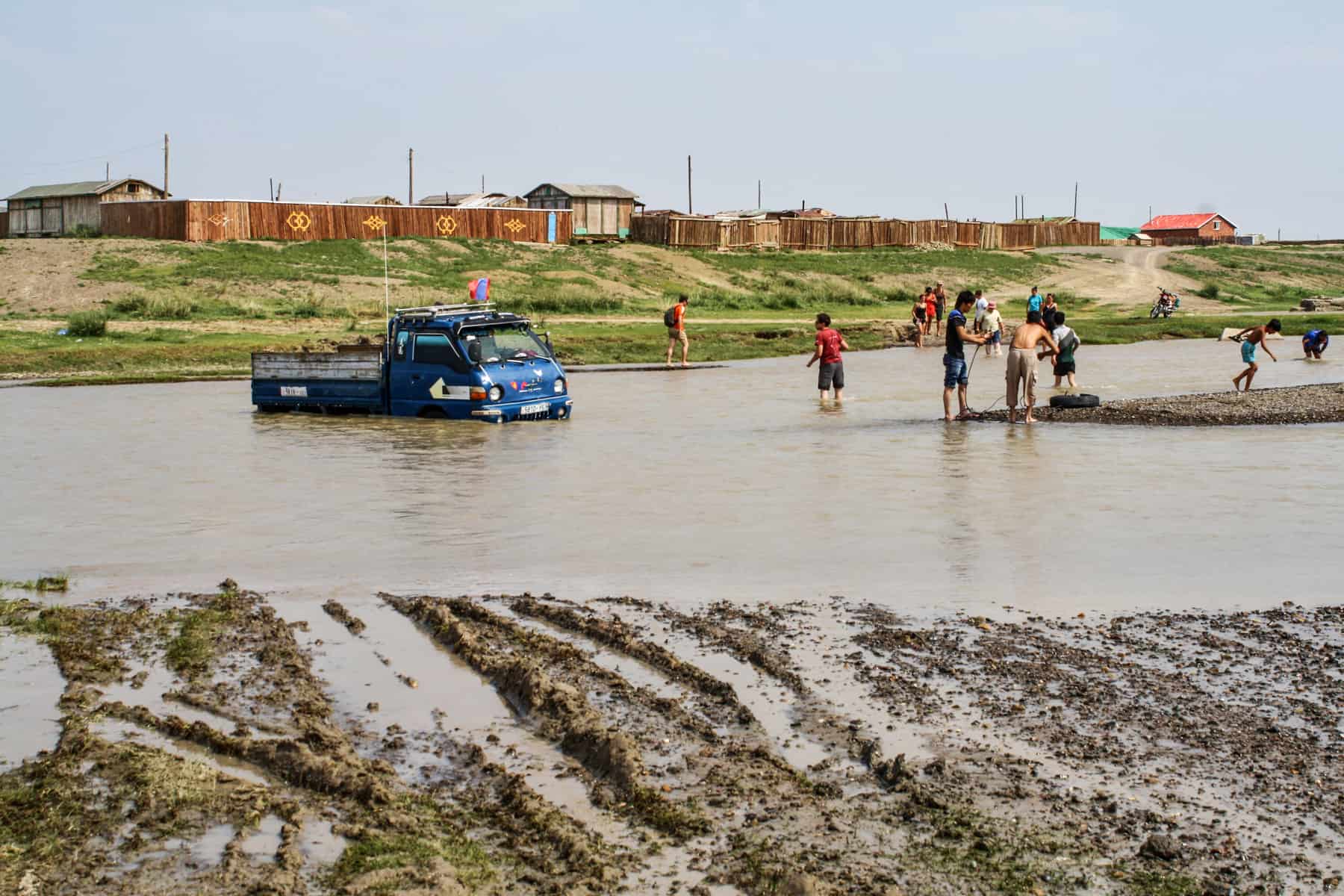
Typical river crossings in Mongolia and helping out locals who were also stuck
With unpredictable weather conditions, a challenging landscape to navigate and a trip mostly comprised of wild camping, packing for Mongolia requires some planning. In short, you need to factor in the following:
- Items of clothing that you don’t mind getting dirty and wholly ruined.
- Clothing layers for the constant switch of hot and cold climates – thermals to moisture-wicking and waterproof items.
- Sun protection and bug spray for mosquitos and sandflies.
- All medications you need as you’ll often be far from any significant stores or aid.
- Snacks from home as the food variation can get very repetitive.
For a more extensive overview, read my full Mongolia Packing List .
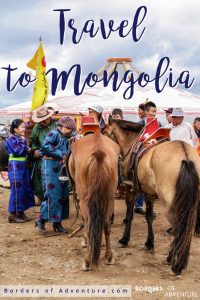
About Becki
Becki Enright is a British Travel Press Award-winning writer whose work focuses on changing perceptions about misunderstood aspects of destinations. Her writing combines storytelling with insight into the social, historical, political and economic factors that shape the country or place in relation to tourism. Becki has appeared live on Sky News and CNN and has contributed to high profile media including National Geographic, Time.com, Guardian online, New York Times, Grazia and Buzzfeed.
- Article Archives
- Work with me
- Privacy Policy

- KAYAK for Business NEW
Mongolia Travel Restrictions
Traveler's COVID-19 vaccination status
Traveling from the United States to Mongolia
Open for vaccinated visitors
COVID-19 testing
Not required
Not required for vaccinated visitors
Restaurants
Not required in public spaces, enclosed environments and public transportation.
Mongolia entry details and exceptions
Ready to travel, find flights to mongolia, find stays in mongolia, explore more countries on travel restrictions map, destinations you can travel to now, dominican republic, netherlands, philippines, puerto rico, switzerland, united arab emirates, united kingdom, know when to go.
Sign up for email alerts as countries begin to open - choose the destinations you're interested in so you're in the know.
Can I travel to Mongolia from the United States?
Most visitors from the United States, regardless of vaccination status, can enter Mongolia.
Can I travel to Mongolia if I am vaccinated?
Fully vaccinated visitors from the United States can enter Mongolia without restrictions.
Can I travel to Mongolia without being vaccinated?
Unvaccinated visitors from the United States can enter Mongolia without restrictions.
Do I need a COVID test to enter Mongolia?
Visitors from the United States are not required to present a negative COVID-19 PCR test or antigen result upon entering Mongolia.
Can I travel to Mongolia without quarantine?
Travelers from the United States are not required to quarantine.
Do I need to wear a mask in Mongolia?
Mask usage in Mongolia is not required in public spaces, enclosed environments and public transportation.
Are the restaurants and bars open in Mongolia?
Restaurants in Mongolia are open. Bars in Mongolia are .
You are using an outdated browser. Upgrade your browser today or install Google Chrome Frame to better experience this site.
Mongolia Traveler View
Travel health notices, vaccines and medicines, non-vaccine-preventable diseases, stay healthy and safe.
- Packing List
After Your Trip
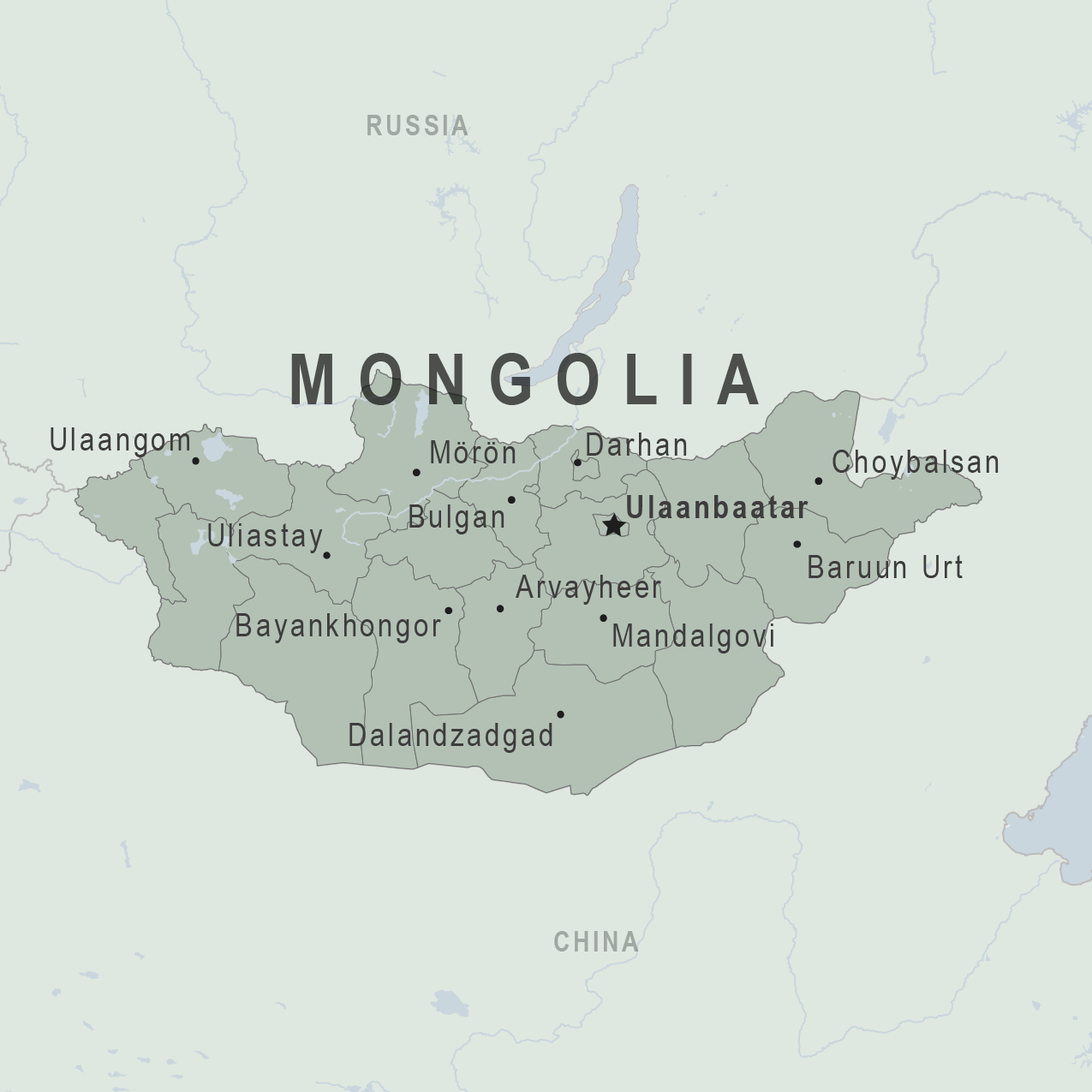
There are no notices currently in effect for Mongolia.
⇧ Top
Check the vaccines and medicines list and visit your doctor at least a month before your trip to get vaccines or medicines you may need. If you or your doctor need help finding a location that provides certain vaccines or medicines, visit the Find a Clinic page.
Routine vaccines
Recommendations.
Make sure you are up-to-date on all routine vaccines before every trip. Some of these vaccines include
- Chickenpox (Varicella)
- Diphtheria-Tetanus-Pertussis
- Flu (influenza)
- Measles-Mumps-Rubella (MMR)
Immunization schedules
All eligible travelers should be up to date with their COVID-19 vaccines. Please see Your COVID-19 Vaccination for more information.
COVID-19 vaccine
Hepatitis A
Recommended for unvaccinated travelers one year old or older going to Mongolia.
Infants 6 to 11 months old should also be vaccinated against Hepatitis A. The dose does not count toward the routine 2-dose series.
Travelers allergic to a vaccine component or who are younger than 6 months should receive a single dose of immune globulin, which provides effective protection for up to 2 months depending on dosage given.
Unvaccinated travelers who are over 40 years old, immunocompromised, or have chronic medical conditions planning to depart to a risk area in less than 2 weeks should get the initial dose of vaccine and at the same appointment receive immune globulin.
Hepatitis A - CDC Yellow Book
Dosing info - Hep A
Hepatitis B
Recommended for unvaccinated travelers of all ages traveling to Mongolia.
Hepatitis B - CDC Yellow Book
Dosing info - Hep B
Cases of measles are on the rise worldwide. Travelers are at risk of measles if they have not been fully vaccinated at least two weeks prior to departure, or have not had measles in the past, and travel internationally to areas where measles is spreading.
All international travelers should be fully vaccinated against measles with the measles-mumps-rubella (MMR) vaccine, including an early dose for infants 6–11 months, according to CDC’s measles vaccination recommendations for international travel .
Measles (Rubeola) - CDC Yellow Book
Rabid dogs are commonly found in Mongolia. If you are bitten or scratched by a dog or other mammal while in Mongolia, there may be limited or no rabies treatment available.
Consider rabies vaccination before your trip if your activities mean you will be around dogs or wildlife.
Travelers more likely to encounter rabid animals include
- Campers, adventure travelers, or cave explorers (spelunkers)
- Veterinarians, animal handlers, field biologists, or laboratory workers handling animal specimens
- Visitors to rural areas
Since children are more likely to be bitten or scratched by a dog or other animals, consider rabies vaccination for children traveling to Mongolia.
Rabies - CDC Yellow Book
Tick-borne Encephalitis
For travelers moving or traveling to TBE-endemic areas
TBE vaccine is recommended for persons who will have extensive exposure to ticks based on their planned outdoor activities and itinerary.
TBE vaccine may be considered for persons who might engage in outdoor activities in areas ticks are likely to be found.
Tick-borne Encephalitis - CDC Yellow Book
Recommended for most travelers, especially those staying with friends or relatives or visiting smaller cities or rural areas.
Typhoid - CDC Yellow Book
Dosing info - Typhoid
Avoid contaminated water
Leptospirosis
How most people get sick (most common modes of transmission)
- Touching urine or other body fluids from an animal infected with leptospirosis
- Swimming or wading in urine-contaminated fresh water, or contact with urine-contaminated mud
- Drinking water or eating food contaminated with animal urine
- Avoid contaminated water and soil
Clinical Guidance
Airborne & droplet.
- Breathing in air or accidentally eating food contaminated with the urine, droppings, or saliva of infected rodents
- Bite from an infected rodent
- Less commonly, being around someone sick with hantavirus (only occurs with Andes virus)
- Avoid rodents and areas where they live
- Avoid sick people
Tuberculosis (TB)
- Breathe in TB bacteria that is in the air from an infected and contagious person coughing, speaking, or singing.
Learn actions you can take to stay healthy and safe on your trip. Vaccines cannot protect you from many diseases in Mongolia, so your behaviors are important.
Eat and drink safely
Food and water standards around the world vary based on the destination. Standards may also differ within a country and risk may change depending on activity type (e.g., hiking versus business trip). You can learn more about safe food and drink choices when traveling by accessing the resources below.
- Choose Safe Food and Drinks When Traveling
- Water Treatment Options When Hiking, Camping or Traveling
- Global Water, Sanitation and Hygiene | Healthy Water
- Avoid Contaminated Water During Travel
You can also visit the Department of State Country Information Pages for additional information about food and water safety.
Prevent bug bites
Bugs (like mosquitoes, ticks, and fleas) can spread a number of diseases in Mongolia. Many of these diseases cannot be prevented with a vaccine or medicine. You can reduce your risk by taking steps to prevent bug bites.
What can I do to prevent bug bites?
- Cover exposed skin by wearing long-sleeved shirts, long pants, and hats.
- Use an appropriate insect repellent (see below).
- Use permethrin-treated clothing and gear (such as boots, pants, socks, and tents). Do not use permethrin directly on skin.
- Stay and sleep in air-conditioned or screened rooms.
- Use a bed net if the area where you are sleeping is exposed to the outdoors.
What type of insect repellent should I use?
- FOR PROTECTION AGAINST TICKS AND MOSQUITOES: Use a repellent that contains 20% or more DEET for protection that lasts up to several hours.
- Picaridin (also known as KBR 3023, Bayrepel, and icaridin)
- Oil of lemon eucalyptus (OLE) or para-menthane-diol (PMD)
- 2-undecanone
- Always use insect repellent as directed.
What should I do if I am bitten by bugs?
- Avoid scratching bug bites, and apply hydrocortisone cream or calamine lotion to reduce the itching.
- Check your entire body for ticks after outdoor activity. Be sure to remove ticks properly.
What can I do to avoid bed bugs?
Although bed bugs do not carry disease, they are an annoyance. See our information page about avoiding bug bites for some easy tips to avoid them. For more information on bed bugs, see Bed Bugs .
For more detailed information on avoiding bug bites, see Avoid Bug Bites .
Stay safe outdoors
If your travel plans in Mongolia include outdoor activities, take these steps to stay safe and healthy during your trip.
- Stay alert to changing weather conditions and adjust your plans if conditions become unsafe.
- Prepare for activities by wearing the right clothes and packing protective items, such as bug spray, sunscreen, and a basic first aid kit.
- Consider learning basic first aid and CPR before travel. Bring a travel health kit with items appropriate for your activities.
- If you are outside for many hours in heat, eat salty snacks and drink water to stay hydrated and replace salt lost through sweating.
- Protect yourself from UV radiation : use sunscreen with an SPF of at least 15, wear protective clothing, and seek shade during the hottest time of day (10 a.m.–4 p.m.).
- Be especially careful during summer months and at high elevation. Because sunlight reflects off snow, sand, and water, sun exposure may be increased during activities like skiing, swimming, and sailing.
- Very cold temperatures can be dangerous. Dress in layers and cover heads, hands, and feet properly if you are visiting a cold location.
Stay safe around water
- Swim only in designated swimming areas. Obey lifeguards and warning flags on beaches.
- Practice safe boating—follow all boating safety laws, do not drink alcohol if driving a boat, and always wear a life jacket.
- Do not dive into shallow water.
- Do not swim in freshwater in developing areas or where sanitation is poor.
- Avoid swallowing water when swimming. Untreated water can carry germs that make you sick.
- To prevent infections, wear shoes on beaches where there may be animal waste.
Keep away from animals
Most animals avoid people, but they may attack if they feel threatened, are protecting their young or territory, or if they are injured or ill. Animal bites and scratches can lead to serious diseases such as rabies.
Follow these tips to protect yourself:
- Do not touch or feed any animals you do not know.
- Do not allow animals to lick open wounds, and do not get animal saliva in your eyes or mouth.
- Avoid rodents and their urine and feces.
- Traveling pets should be supervised closely and not allowed to come in contact with local animals.
- If you wake in a room with a bat, seek medical care immediately. Bat bites may be hard to see.
All animals can pose a threat, but be extra careful around dogs, bats, monkeys, sea animals such as jellyfish, and snakes. If you are bitten or scratched by an animal, immediately:
- Wash the wound with soap and clean water.
- Go to a doctor right away.
- Tell your doctor about your injury when you get back to the United States.
Consider buying medical evacuation insurance. Rabies is a deadly disease that must be treated quickly, and treatment may not be available in some countries.
Reduce your exposure to germs
Follow these tips to avoid getting sick or spreading illness to others while traveling:
- Wash your hands often, especially before eating.
- If soap and water aren’t available, clean hands with hand sanitizer (containing at least 60% alcohol).
- Don’t touch your eyes, nose, or mouth. If you need to touch your face, make sure your hands are clean.
- Cover your mouth and nose with a tissue or your sleeve (not your hands) when coughing or sneezing.
- Try to avoid contact with people who are sick.
- If you are sick, stay home or in your hotel room, unless you need medical care.
Avoid sharing body fluids
Diseases can be spread through body fluids, such as saliva, blood, vomit, and semen.
Protect yourself:
- Use latex condoms correctly.
- Do not inject drugs.
- Limit alcohol consumption. People take more risks when intoxicated.
- Do not share needles or any devices that can break the skin. That includes needles for tattoos, piercings, and acupuncture.
- If you receive medical or dental care, make sure the equipment is disinfected or sanitized.
Know how to get medical care while traveling
Plan for how you will get health care during your trip, should the need arise:
- Carry a list of local doctors and hospitals at your destination.
- Review your health insurance plan to determine what medical services it would cover during your trip. Consider purchasing travel health and medical evacuation insurance.
- Carry a card that identifies, in the local language, your blood type, chronic conditions or serious allergies, and the generic names of any medications you take.
- Some prescription drugs may be illegal in other countries. Call Mongolia’s embassy to verify that all of your prescription(s) are legal to bring with you.
- Bring all the medicines (including over-the-counter medicines) you think you might need during your trip, including extra in case of travel delays. Ask your doctor to help you get prescriptions filled early if you need to.
Many foreign hospitals and clinics are accredited by the Joint Commission International. A list of accredited facilities is available at their website ( www.jointcommissioninternational.org ).
In some countries, medicine (prescription and over-the-counter) may be substandard or counterfeit. Bring the medicines you will need from the United States to avoid having to buy them at your destination.
Select safe transportation
Motor vehicle crashes are the #1 killer of healthy US citizens in foreign countries.
In many places cars, buses, large trucks, rickshaws, bikes, people on foot, and even animals share the same lanes of traffic, increasing the risk for crashes.
Be smart when you are traveling on foot.
- Use sidewalks and marked crosswalks.
- Pay attention to the traffic around you, especially in crowded areas.
- Remember, people on foot do not always have the right of way in other countries.
Riding/Driving
Choose a safe vehicle.
- Choose official taxis or public transportation, such as trains and buses.
- Ride only in cars that have seatbelts.
- Avoid overcrowded, overloaded, top-heavy buses and minivans.
- Avoid riding on motorcycles or motorbikes, especially motorbike taxis. (Many crashes are caused by inexperienced motorbike drivers.)
- Choose newer vehicles—they may have more safety features, such as airbags, and be more reliable.
- Choose larger vehicles, which may provide more protection in crashes.
Think about the driver.
- Do not drive after drinking alcohol or ride with someone who has been drinking.
- Consider hiring a licensed, trained driver familiar with the area.
- Arrange payment before departing.
Follow basic safety tips.
- Wear a seatbelt at all times.
- Sit in the back seat of cars and taxis.
- When on motorbikes or bicycles, always wear a helmet. (Bring a helmet from home, if needed.)
- Avoid driving at night; street lighting in certain parts of Mongolia may be poor.
- Do not use a cell phone or text while driving (illegal in many countries).
- Travel during daylight hours only, especially in rural areas.
- If you choose to drive a vehicle in Mongolia, learn the local traffic laws and have the proper paperwork.
- Get any driving permits and insurance you may need. Get an International Driving Permit (IDP). Carry the IDP and a US-issued driver's license at all times.
- Check with your auto insurance policy's international coverage, and get more coverage if needed. Make sure you have liability insurance.
- Avoid using local, unscheduled aircraft.
- If possible, fly on larger planes (more than 30 seats); larger airplanes are more likely to have regular safety inspections.
- Try to schedule flights during daylight hours and in good weather.
Medical Evacuation Insurance
If you are seriously injured, emergency care may not be available or may not meet US standards. Trauma care centers are uncommon outside urban areas. Having medical evacuation insurance can be helpful for these reasons.
Helpful Resources
Road Safety Overseas (Information from the US Department of State): Includes tips on driving in other countries, International Driving Permits, auto insurance, and other resources.
The Association for International Road Travel has country-specific Road Travel Reports available for most countries for a minimal fee.
Maintain personal security
Use the same common sense traveling overseas that you would at home, and always stay alert and aware of your surroundings.
Before you leave
- Research your destination(s), including local laws, customs, and culture.
- Monitor travel advisories and alerts and read travel tips from the US Department of State.
- Enroll in the Smart Traveler Enrollment Program (STEP) .
- Leave a copy of your itinerary, contact information, credit cards, and passport with someone at home.
- Pack as light as possible, and leave at home any item you could not replace.
While at your destination(s)
- Carry contact information for the nearest US embassy or consulate .
- Carry a photocopy of your passport and entry stamp; leave the actual passport securely in your hotel.
- Follow all local laws and social customs.
- Do not wear expensive clothing or jewelry.
- Always keep hotel doors locked, and store valuables in secure areas.
- If possible, choose hotel rooms between the 2nd and 6th floors.
Healthy Travel Packing List
Use the Healthy Travel Packing List for Mongolia for a list of health-related items to consider packing for your trip. Talk to your doctor about which items are most important for you.
Why does CDC recommend packing these health-related items?
It’s best to be prepared to prevent and treat common illnesses and injuries. Some supplies and medicines may be difficult to find at your destination, may have different names, or may have different ingredients than what you normally use.
If you are not feeling well after your trip, you may need to see a doctor. If you need help finding a travel medicine specialist, see Find a Clinic . Be sure to tell your doctor about your travel, including where you went and what you did on your trip. Also tell your doctor if you were bitten or scratched by an animal while traveling.
For more information on what to do if you are sick after your trip, see Getting Sick after Travel .
Map Disclaimer - The boundaries and names shown and the designations used on maps do not imply the expression of any opinion whatsoever on the part of the Centers for Disease Control and Prevention concerning the legal status of any country, territory, city or area or of its authorities, or concerning the delimitation of its frontiers or boundaries. Approximate border lines for which there may not yet be full agreement are generally marked.
Other Destinations
If you need help finding travel information:
Message & data rates may apply. CDC Privacy Policy
File Formats Help:
- Adobe PDF file
- Microsoft PowerPoint file
- Microsoft Word file
- Microsoft Excel file
- Audio/Video file
- Apple Quicktime file
- RealPlayer file
- Zip Archive file
Exit Notification / Disclaimer Policy
- The Centers for Disease Control and Prevention (CDC) cannot attest to the accuracy of a non-federal website.
- Linking to a non-federal website does not constitute an endorsement by CDC or any of its employees of the sponsors or the information and products presented on the website.
- You will be subject to the destination website's privacy policy when you follow the link.
- CDC is not responsible for Section 508 compliance (accessibility) on other federal or private website.
- Skip to main content
- Skip to "About this site"
Language selection
Search travel.gc.ca.
Help us to improve our website. Take our survey !
COVID-19: travel health notice for all travellers
Mongolia travel advice
Latest updates: The Need help? section was updated.
Last updated: April 8, 2024 07:45 ET
On this page
Safety and security, entry and exit requirements, laws and culture, natural disasters and climate, mongolia - take normal security precautions.
Take normal security precautions in Mongolia
Back to top
Petty crime, such as pickpocketing and purse snatching, occurs. This is common:
- in Ulaanbaatar and other major cities
- in popular tourist areas
- on public transportation
- in open-air markets
- at the central post office
- at the Gandantegchinlen Monastery
- at the State Department Store in Ulaanbaatar
While in Mongolia:
- Ensure that your belongings, including your passport and other travel documents, are secure at all times.
- Exercise caution in crowded areas
There have been incidents of violent crime, such as assaults and robberies. Incidents occur more frequently in major cities. In Ulaanbaatar and other large cities such as Erdenet and Darkhan, be extra vigilant in the weeks leading up to and during major holidays, including:
- the Naadam Festival in July
- the Mongolian Lunar New Year (February 21- 23, 2023)
- International Women’s Day (March 8)
- Soldiers’ Day in March
Do not walk alone after dark.
Individuals posing as police officers have robbed foreigners, particularly in Ulaanbaatar’s Sukhbaatar Square area.
If approached, ask to see police credentials or offer to go to the police station.
Business travellers should be aware that foreign companies have received threats of violence.
Demonstrations
Demonstrations may occur. Even peaceful demonstrations can turn violent at any time. They can also lead to disruptions to traffic and public transportation.
Mass gatherings (large-scale events)
2SLGBTQI+ travellers
2SLGBTQI+ travellers have experienced harassment, verbal abuse and threats of violence.
Travel and your sexual orientation, gender identity, gender expression and sex characteristics
Adventure tourism
Tour operators may not adhere to international standards.
If engaging in adventure tourism:
- never do so alone and always hire an experienced guide from a reputable company
- buy travel insurance that includes helicopter rescue and medical evacuation
- ensure that the recreational activities you choose are covered by your travel insurance.
- ensure that your physical condition is good enough to meet the challenges of your activity
- ensure that you’re properly equipped and well informed about weather and other conditions that may pose a hazard
- inform a family member or friend of your itinerary
- obtain detailed information on each activity before setting out and do not venture off marked trails
- do not use installation or equipment if you have any doubt about their safety
Road travel
Road conditions .
Roads between the capital city and provinces are poor. Driving can be hazardous, especially in rural areas where paved roads are limited. In Ulaanbaatar the number of vehicles and current transportation infrastructure produce chronic traffic jams.
Access to rural areas can be hampered by heavy snowfalls during the winter months.
If travelling to remote areas:
- Plan your journey
- Travel in a four-wheel-drive vehicle that is well-equipped with provisions, fuel and water
- Avoid driving after dark
Road safety
Traffic drives on the right but many cars have right-side steering. This can lead to collisions on two-lane roads when drivers attempt to pass slower vehicles.
- Drivers do not respect traffic laws and do not practice safe driving.
- Exercise caution while driving and anticipate potential hazards.
Accidents are common.
- Traffic laws are not consistently enforced.
- Drivers are sometimes aggressive and drinking and driving is prevalent.
- Use a GPS navigation system, if possible.
Public transportation
Taxi drivers have robbed passengers, sometimes violently. The use of “shared taxis” is discouraged because they are not reliable.
- Only use licensed taxis equipped with meters.
- When possible, book taxis through your hotel.
Pickpocketing is common on public buses. Overcrowding is common and women have reported inappropriate physical contact on buses.
The rail network in is limited. Thefts occur frequently on trains between Mongolia and Russia.
We do not make assessments on the compliance of foreign domestic airlines with international safety standards.
Information about foreign domestic airlines
Every country or territory decides who can enter or exit through its borders. The Government of Canada cannot intervene on your behalf if you do not meet your destination’s entry or exit requirements.
We have obtained the information on this page from the Mongolian authorities. It can, however, change at any time.
Verify this information with the Foreign Representatives in Canada .
Entry requirements vary depending on the type of passport you use for travel.
Before you travel, check with your transportation company about passport requirements. Its rules on passport validity may be more stringent than the country’s entry rules.
Regular Canadian passport
Your passport must be valid for at least 6 months beyond the date you expect to leave Mongolia.
Passport for official travel
Different entry rules may apply.
Official travel
Passport with “X” gender identifier
While the Government of Canada issues passports with an “X” gender identifier, it cannot guarantee your entry or transit through other countries. You might face entry restrictions in countries that do not recognize the “X” gender identifier. Before you leave, check with the closest foreign representative for your destination.
Other travel documents
Different entry rules may apply when travelling with a temporary passport or an emergency travel document. Before you leave, check with the closest foreign representative for your destination.
Useful links
- Foreign Representatives in Canada
- Canadian passports
Tourist visa: not required for stays of up to 30 days Business visa: required Student visa: required
Registration
Visitors who plan to stay for more than 30 days in Mongolia must register with the Office of Immigration, Naturalization and Foreign Citizens within 48 hours upon arrival.
Travel to and from China
If you travel to Mongolia through China, or plan to transit through or travel to China from Mongolia, you must meet China’s entry and exit requirements.
Travellers arriving in or departing from Mongolia through China should be aware of Chinese visa regulations. The Chinese embassy in Ulaanbaatar does not always grant visas to foreigners in Mongolia. If you plan to travel to Mongolia and then onward to China, obtain your Chinese visa before the start of your trip.
China’s entry and exit requirements
Travel to and from Russia
If you travel to Mongolia through Russia, or plan to transit through or travel to Russia from Mongolia, you must meet Russia’s entry and exit requirements.
Russia’s entry and exit requirements
Children and travel
Learn more about travelling with children .
Yellow fever
Learn about potential entry requirements related to yellow fever (vaccines section).
Relevant Travel Health Notices
- Global Measles Notice - 13 March, 2024
- COVID-19 and International Travel - 13 March, 2024
This section contains information on possible health risks and restrictions regularly found or ongoing in the destination. Follow this advice to lower your risk of becoming ill while travelling. Not all risks are listed below.
Consult a health care professional or visit a travel health clinic preferably 6 weeks before you travel to get personalized health advice and recommendations.
Routine vaccines
Be sure that your routine vaccinations , as per your province or territory , are up-to-date before travelling, regardless of your destination.
Some of these vaccinations include measles-mumps-rubella (MMR), diphtheria, tetanus, pertussis, polio, varicella (chickenpox), influenza and others.
Pre-travel vaccines and medications
You may be at risk for preventable diseases while travelling in this destination. Talk to a travel health professional about which medications or vaccines may be right for you, based on your destination and itinerary.
Yellow fever is a disease caused by a flavivirus from the bite of an infected mosquito.
Travellers get vaccinated either because it is required to enter a country or because it is recommended for their protection.
- There is no risk of yellow fever in this country.
Country Entry Requirement*
- Proof of vaccination is not required to enter this country.
Recommendation
- Vaccination is not recommended.
* It is important to note that country entry requirements may not reflect your risk of yellow fever at your destination. It is recommended that you contact the nearest diplomatic or consular office of the destination(s) you will be visiting to verify any additional entry requirements.
About Yellow Fever
Yellow Fever Vaccination Centres in Canada
There is a risk of hepatitis A in this destination. It is a disease of the liver. People can get hepatitis A if they ingest contaminated food or water, eat foods prepared by an infectious person, or if they have close physical contact (such as oral-anal sex) with an infectious person, although casual contact among people does not spread the virus.
Practise safe food and water precautions and wash your hands often. Vaccination is recommended for all travellers to areas where hepatitis A is present.
Tick-borne encephalitis (TBE) is a risk in some areas of this destination. It is a viral disease that affects the central nervous system (brain and spinal cord). It is spread to humans by the bite of infected ticks or occasionally when unpasteurized milk products are consumed.
Travellers to areas where TBE is found may be at higher risk during April to November, and the risk is highest for people who hike or camp in forested areas.
Protect yourself from tick bites . The vaccine is not available in Canada. It may be available in the destination you are travelling to.
Measles is a highly contagious viral disease. It can spread quickly from person to person by direct contact and through droplets in the air.
Anyone who is not protected against measles is at risk of being infected with it when travelling internationally.
Regardless of where you are going, talk to a health care professional before travelling to make sure you are fully protected against measles.
Hepatitis B is a risk in every destination. It is a viral liver disease that is easily transmitted from one person to another through exposure to blood and body fluids containing the hepatitis B virus. Travellers who may be exposed to blood or other bodily fluids (e.g., through sexual contact, medical treatment, sharing needles, tattooing, acupuncture or occupational exposure) are at higher risk of getting hepatitis B.
Hepatitis B vaccination is recommended for all travellers. Prevent hepatitis B infection by practicing safe sex, only using new and sterile drug equipment, and only getting tattoos and piercings in settings that follow public health regulations and standards.
Coronavirus disease (COVID-19) is an infectious viral disease. It can spread from person to person by direct contact and through droplets in the air.
It is recommended that all eligible travellers complete a COVID-19 vaccine series along with any additional recommended doses in Canada before travelling. Evidence shows that vaccines are very effective at preventing severe illness, hospitalization and death from COVID-19. While vaccination provides better protection against serious illness, you may still be at risk of infection from the virus that causes COVID-19. Anyone who has not completed a vaccine series is at increased risk of being infected with the virus that causes COVID-19 and is at greater risk for severe disease when travelling internationally.
Before travelling, verify your destination’s COVID-19 vaccination entry/exit requirements. Regardless of where you are going, talk to a health care professional before travelling to make sure you are adequately protected against COVID-19.
The best way to protect yourself from seasonal influenza (flu) is to get vaccinated every year. Get the flu shot at least 2 weeks before travelling.
The flu occurs worldwide.
- In the Northern Hemisphere, the flu season usually runs from November to April.
- In the Southern Hemisphere, the flu season usually runs between April and October.
- In the tropics, there is flu activity year round.
The flu vaccine available in one hemisphere may only offer partial protection against the flu in the other hemisphere.
The flu virus spreads from person to person when they cough or sneeze or by touching objects and surfaces that have been contaminated with the virus. Clean your hands often and wear a mask if you have a fever or respiratory symptoms.
In this destination, rabies is commonly carried by dogs and some wildlife, including bats. Rabies is a deadly disease that spreads to humans primarily through bites or scratches from an infected animal. While travelling, take precautions , including keeping your distance from animals (including free-roaming dogs), and closely supervising children.
If you are bitten or scratched by a dog or other animal while travelling, immediately wash the wound with soap and clean water and see a health care professional. In this destination, rabies treatment may be limited or may not be available, therefore you may need to return to Canada for treatment.
Before travel, discuss rabies vaccination with a health care professional. It may be recommended for travellers who are at high risk of exposure (e.g., occupational risk such as veterinarians and wildlife workers, children, adventure travellers and spelunkers, and others in close contact with animals).
Safe food and water precautions
Many illnesses can be caused by eating food or drinking beverages contaminated by bacteria, parasites, toxins, or viruses, or by swimming or bathing in contaminated water.
- Learn more about food and water precautions to take to avoid getting sick by visiting our eat and drink safely abroad page. Remember: Boil it, cook it, peel it, or leave it!
- Avoid getting water into your eyes, mouth or nose when swimming or participating in activities in freshwater (streams, canals, lakes), particularly after flooding or heavy rain. Water may look clean but could still be polluted or contaminated.
- Avoid inhaling or swallowing water while bathing, showering, or swimming in pools or hot tubs.
Travellers' diarrhea is the most common illness affecting travellers. It is spread from eating or drinking contaminated food or water.
Risk of developing travellers' diarrhea increases when travelling in regions with poor standards of hygiene and sanitation. Practise safe food and water precautions.
The most important treatment for travellers' diarrhea is rehydration (drinking lots of fluids). Carry oral rehydration salts when travelling.
Typhoid is a bacterial infection spread by contaminated food or water. Risk is higher among children, travellers going to rural areas, travellers visiting friends and relatives or those travelling for a long period of time.
Travellers visiting regions with a risk of typhoid, especially those exposed to places with poor sanitation, should speak to a health care professional about vaccination.
Insect bite prevention
Many diseases are spread by the bites of infected insects such as mosquitoes, ticks, fleas or flies. When travelling to areas where infected insects may be present:
- Use insect repellent (bug spray) on exposed skin
- Cover up with light-coloured, loose clothes made of tightly woven materials such as nylon or polyester
- Minimize exposure to insects
- Use mosquito netting when sleeping outdoors or in buildings that are not fully enclosed
To learn more about how you can reduce your risk of infection and disease caused by bites, both at home and abroad, visit our insect bite prevention page.
Find out what types of insects are present where you’re travelling, when they’re most active, and the symptoms of the diseases they spread.
Animal precautions
Some infections, such as rabies and influenza, can be shared between humans and animals. Certain types of activities may increase your chance of contact with animals, such as travelling in rural or forested areas, camping, hiking, and visiting wet markets (places where live animals are slaughtered and sold) or caves.
Travellers are cautioned to avoid contact with animals, including dogs, livestock (pigs, cows), monkeys, snakes, rodents, birds, and bats, and to avoid eating undercooked wild game.
Closely supervise children, as they are more likely to come in contact with animals.
Person-to-person infections
Stay home if you’re sick and practise proper cough and sneeze etiquette , which includes coughing or sneezing into a tissue or the bend of your arm, not your hand. Reduce your risk of colds, the flu and other illnesses by:
- washing your hands often
- avoiding or limiting the amount of time spent in closed spaces, crowded places, or at large-scale events (concerts, sporting events, rallies)
- avoiding close physical contact with people who may be showing symptoms of illness
Sexually transmitted infections (STIs) , HIV , and mpox are spread through blood and bodily fluids; use condoms, practise safe sex, and limit your number of sexual partners. Check with your local public health authority pre-travel to determine your eligibility for mpox vaccine.
Tuberculosis is an infection caused by bacteria and usually affects the lungs.
For most travellers the risk of tuberculosis is low.
Travellers who may be at high risk while travelling in regions with risk of tuberculosis should discuss pre- and post-travel options with a health care professional.
High-risk travellers include those visiting or working in prisons, refugee camps, homeless shelters, or hospitals, or travellers visiting friends and relatives.
Medical services and facilities
Health care is inadequate.
A few hospitals in Ulaanbaatar are suitable for foreigners, but there is often a shortage of safe medicine and reliable medical staff.
You will likely need medical evacuation in case of serious illness or injury. The number of medical evacuation service providers is limited. Medical evacuation is very expensive.
Make sure you get travel insurance that includes coverage for medical evacuation and hospital stays.
Travel health and safety
Keep in Mind...
The decision to travel is the sole responsibility of the traveller. The traveller is also responsible for his or her own personal safety.
Be prepared. Do not expect medical services to be the same as in Canada. Pack a travel health kit , especially if you will be travelling away from major city centres.
You must abide by local laws.
Learn about what you should do and how we can help if you are arrested or detained abroad .
Identification
Carry adequate identification at all times, such as your passport and registration documents. Keep a photocopy of your passport in case it is lost.
Penalties for possession, use or trafficking of illegal drugs are severe. Convicted offenders can expect jail sentences and heavy fines.
Drugs, alcohol and travel
Mongolian law does not criminalize sexual acts or relationships between individuals of the same sex.
However, 2SLGBTQI+ travellers could be discriminated against based on their sexual orientation, gender identity, gender expression, or sex characteristics. Same-sex marriage and civil unions are not legally recognized by Mongolian law.
According to the Mongolian National Human Rights Commission, 2SLGBTQI+ individuals have faced police harassment and surveillance.
2SLGBTQI+ travellers should carefully consider the risks of travelling to Mongolia.
Dual citizenship
Dual citizenship is not legally recognized in Mongolia.
If local authorities consider you a citizen of Mongolia, they may refuse to grant you access to Canadian consular services. This will prevent us from providing you with those services.
Travellers with dual citizenship
International Child Abduction
The Hague Convention on the Civil Aspects of International Child Abduction is an international treaty. It can help parents with the return of children who have been removed to or retained in certain countries in violation of custody rights. It does not apply between Canada and Mongolia.
If your child was wrongfully taken to, or is being held in Mongolia by an abducting parent:
- act as quickly as you can
- consult a lawyer in Canada and in Mongolia to explore all the legal options for the return of your child
- report the situation to the nearest Canadian government office abroad or to the Vulnerable Children’s Consular Unit at Global Affairs Canada by calling the Emergency Watch and Response Centre.
If your child was removed from a country other than Canada, consult a lawyer to determine if The Hague Convention applies.
Be aware that Canadian consular officials cannot interfere in private legal matters or in another country’s judicial affairs.
- International Child Abduction: A Guidebook for Left-Behind Parents
- Travelling with children
- Canadian embassies and consulates by destination
- Emergency Watch and Response Centre
You must carry an international driving permit.
International Driving Permit
Train travel to and from Russia
If you travel to Mongolia by train from Russia, you may experience difficulties with border and customs agents. Make sure you declare all goods and cash, and complete all required paperwork.
The currency in Mongolia is the tugrik (MNT). U.S. dollars and credit cards are accepted in hotels and some restaurants, mainly in Ulaanbaatar. U.S. dollar traveller’s cheques are accepted at some hotels and can be converted at several banks.
Carry local currency, especially in rural areas.
Seismic activity
Mongolia is located in an active seismic zone. Earthquakes and landslides occur.
Earthquakes - What to Do?
Flooding and landslides
Heavy rains, particularly from mid-July to mid-September, can cause severe flooding and landslides. Roads may become impassable and infrastructure damaged.
- Exercise caution, particularly in areas around major rivers
- Stay informed of the latest regional weather forecasts
- Follow the advice of local authorities, including evacuation orders
Large-scale emergencies abroad
Dust storms
Dust storms occur in May and June.
If you decide to travel to the Gobi Desert region of Mongolia during the dust storm season:
- know that you may expose yourself to serious safety risks
- be prepared to change your travel plans on short notice, including cutting short or cancelling your trip
- stay informed of the latest regional weather forecasts
- follow the advice and instructions of local authorities
Extreme temperatures
Mongolia is subject to extreme temperatures (from minus 35° to 40° Celsius in the winter to plus 35° Celsius in the summer).
Air quality
Air pollution in Ulaanbaatar is at its peak during the winter months.
During periods of high pollution:
- limit outdoor activities
- monitor local media and air pollution levels
- follow the instructions of local authorities
Consult your doctor before booking your trip if you have lung, heart or respiratory problems
Air pollution in Ulaanbaatar - World Air Quality Index
Local services
In case of emergency, dial:
- police: 102
- medical assistance: 103
- firefighters: 101
Consular assistance
For emergency consular assistance, call the Embassy of Canada in Mongolia and follow the instructions. At any time, you may also contact the Emergency Watch and Response Centre in Ottawa.
The decision to travel is your choice and you are responsible for your personal safety abroad. We take the safety and security of Canadians abroad very seriously and provide credible and timely information in our Travel Advice to enable you to make well-informed decisions regarding your travel abroad.
The content on this page is provided for information only. While we make every effort to give you correct information, it is provided on an "as is" basis without warranty of any kind, expressed or implied. The Government of Canada does not assume responsibility and will not be liable for any damages in connection to the information provided.
If you need consular assistance while abroad, we will make every effort to help you. However, there may be constraints that will limit the ability of the Government of Canada to provide services.
Learn more about consular services .
Risk Levels
take normal security precautions.
Take similar precautions to those you would take in Canada.
Exercise a high degree of caution
There are certain safety and security concerns or the situation could change quickly. Be very cautious at all times, monitor local media and follow the instructions of local authorities.
IMPORTANT: The two levels below are official Government of Canada Travel Advisories and are issued when the safety and security of Canadians travelling or living in the country or region may be at risk.
Avoid non-essential travel
Your safety and security could be at risk. You should think about your need to travel to this country, territory or region based on family or business requirements, knowledge of or familiarity with the region, and other factors. If you are already there, think about whether you really need to be there. If you do not need to be there, you should think about leaving.
Avoid all travel
You should not travel to this country, territory or region. Your personal safety and security are at great risk. If you are already there, you should think about leaving if it is safe to do so.
Cookies on GOV.UK
We use some essential cookies to make this website work.
We’d like to set additional cookies to understand how you use GOV.UK, remember your settings and improve government services.
We also use cookies set by other sites to help us deliver content from their services.
You have accepted additional cookies. You can change your cookie settings at any time.
You have rejected additional cookies. You can change your cookie settings at any time.
- Passports, travel and living abroad
- Travel abroad
- Foreign travel advice
Warnings and insurance
The Foreign, Commonwealth & Development Office ( FCDO ) provides advice about risks of travel to help British nationals make informed decisions. Find out more about FCDO travel advice .
Before you travel
No travel can be guaranteed safe. Read all the advice in this guide and any specific travel advice that applies to you:
- disabled people
- LGBT+ people
Follow and contact FCDO travel on Twitter , Facebook and Instagram . You can also sign up to get email notifications when this advice is updated.
Travel insurance
If you choose to travel, research your destinations and get appropriate travel insurance . Insurance should cover your itinerary, planned activities and expenses in an emergency.
Related content
Is this page useful.
- Yes this page is useful
- No this page is not useful
Help us improve GOV.UK
Don’t include personal or financial information like your National Insurance number or credit card details.
To help us improve GOV.UK, we’d like to know more about your visit today. We’ll send you a link to a feedback form. It will take only 2 minutes to fill in. Don’t worry we won’t send you spam or share your email address with anyone.
Do I need a visa for Mongolia?

Sep 28, 2023 • 4 min read
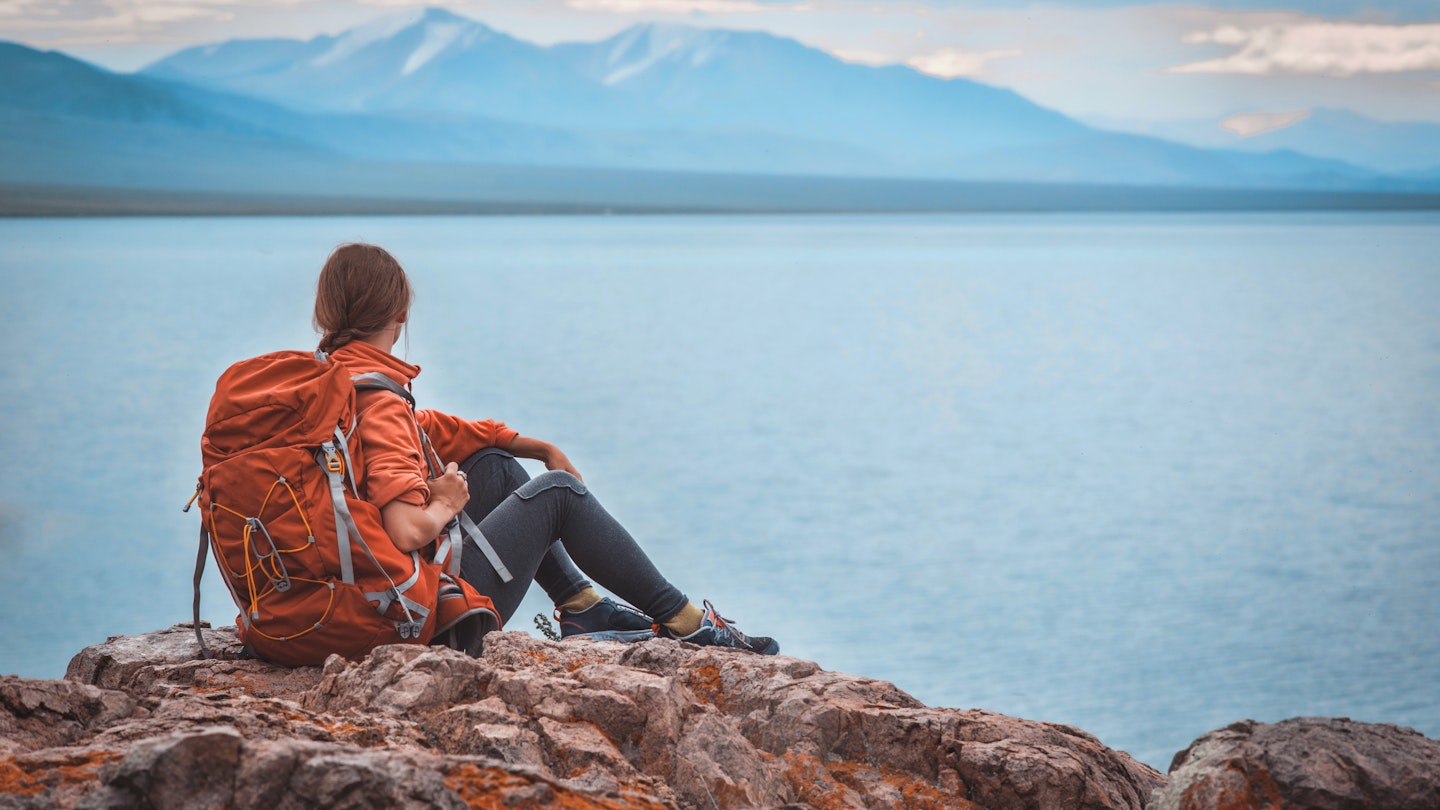
Here's everything you need to know about getting a visa for Mongolia © Mehendra_art / Shutterstock
Here’s some great news for anyone who has been dreaming of Mongolia’s boundless grasslands and eternal blue skies – travel into the country has recently become a whole lot easier.
A new e-visa system unveiled in 2021 means queuing up at a Mongolian embassy is now mostly a thing of the past. Even better, from 2023 until 2025, a host of countries have been granted visa-free travel into the land of Ghengis Khan.
Here’s everything you need to know about getting a visa for Mongolia .
Many people can travel to Mongolia visa-free
In a bid to boost tourism following the global pandemic, 2023, 2024 and 2025 have been declared "the years to visit Mongolia", and a host of countries are now being offered visa-free travel until the end of 2025.
Citizens of the UK, Australia, New Zealand and most of Europe have been granted visa-free travel for up to 30 days. Pre-existing visa-free travel arrangements remain in place, including for citizens of the United States (up to 90 days), Canada (up to 30 days) and a number of other countries.
In total, as of August 2023, citizens of 61 countries will be able to visit Mongolia without applying for a visa. Check if your country is on the list by visiting the government’s visitor site and clicking on "Visa Information."
For (almost) everyone else, there are e-Visas
If you are not eligible for visa-free travel, your country may be one of 99 nations that can apply for an e-Visa, using a new online system unveiled in 2021. Tourist eVisas – known as K2 visas – grant stays from 30 to 90 days depending on your country of origin. To obtain one, you’ll need to apply online for an ETA (Electronic Travel Authorisation) via the government’s e-Visa portal .
You’ll need to upload a scan of the information page from your passport, and supporting documents including flight and hotel bookings, travel insurance and proof of funds. There’s a form to fill out, and you’ll need a bank card to pay the visa fee (US$51.50 at the time of writing). Allow 72 hours (three working days) for your ETA to be issued by email.
The ETA will need to be scanned by immigration officers on arrival in Mongolia. You can show a digital copy on your phone, but it’s a good idea to bring a paper copy with you as a backup. Note that you’ll need to enter Mongolia within 150 days of your ETA being issued.
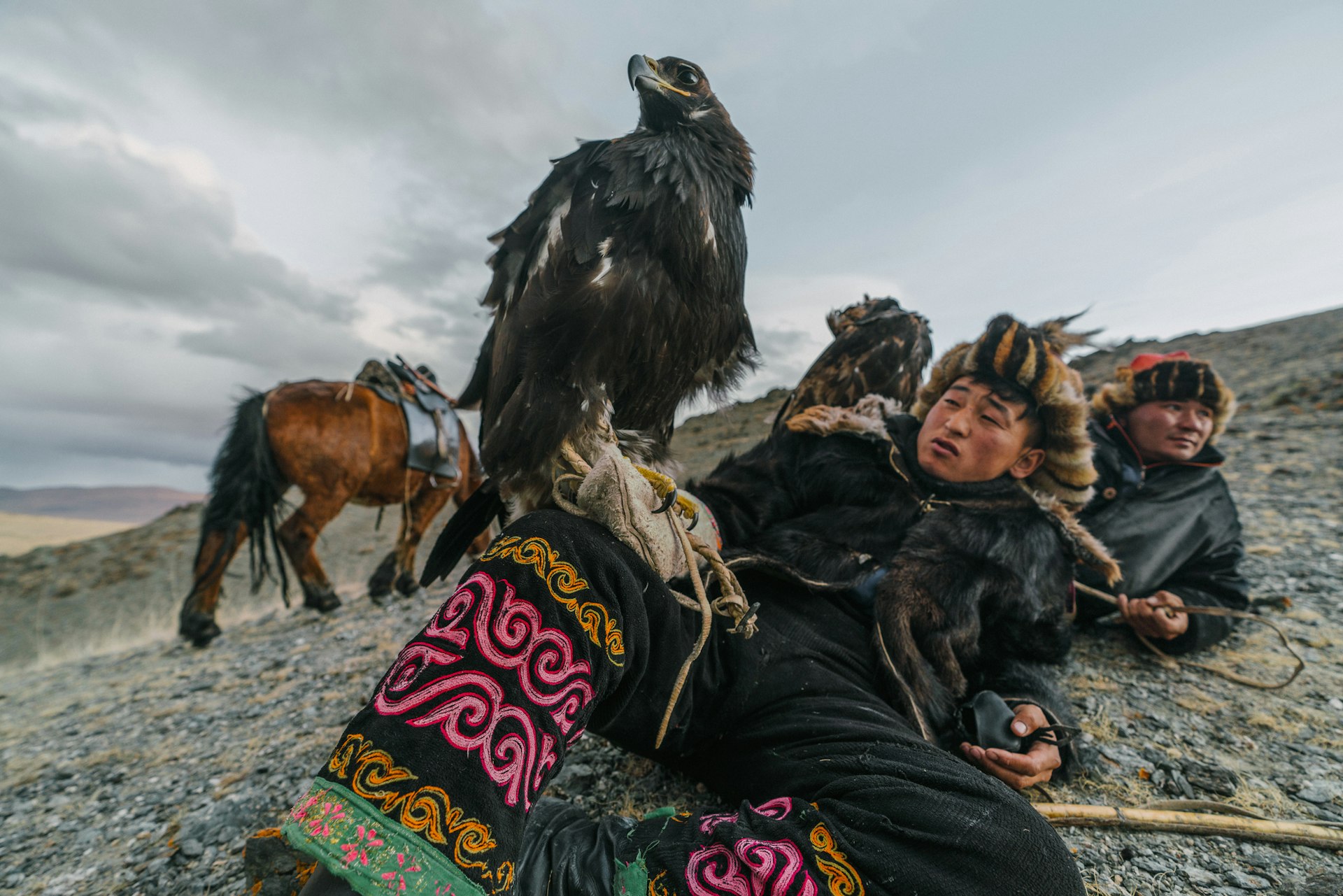
Visas for longer stays in Mongolia
If you plan to travel to Mongolia for longer than the validity of an e-Visa (or longer than the visa-free travel period granted to your country), you should contact the nearest Mongolian embassy for the most up-to-date advice on entry requirements and visas. Find details of Mongolian embassies on the Ministry of Foreign Affairs website .

Other classes of visas for Mongolia
Business travelers who plan to stay in the country for longer than the stay allowed on an e-Visa or the visa-free travel period should apply for a business visa. You’ll need supporting documents from the company you plan to visit in Mongolia; Mongolian embassies can explain the process.
If you plan to work in the country, you should apply for an employment visa. You’ll need support from a Mongolian employer; find details on the Immigration Agency of Mongolia website .
Travelers transiting through Mongolia en route to somewhere else can apply for a transit/short-stay e-Visa, which grants a maximum layover of 10 days. There are also specialist e-Visas for people participating in sports or cultural events.
Can I extend a Mongolia visa?
It’s possible to extend your visa in-country for an extra 30 days by visiting the Office of Immigration, Naturalisation & Foreign Citizens (INFC) near the airport in Ulaanbaatar . This should be done at least five working days before your visa expires – you’ll need supporting documents (including a letter of invitation, which can be from a host or tour agency in Mongolia) and a passport photo.

Additional immigration requirements for travel to Mongolia
Make sure that your passport is valid for at least 180 days from the date you arrive in Mongolia. The Mongolian Border Agency will scan your fingerprints on arrival, and if your visa has a duration longer than 30 days, you’ll need to register at the INFC in Ulaanbaatar within seven days of arriving in the country.
This also applies to citizens who are permitted a visa-free stay of more than 30 days (such as travelers from the USA) and intend to stay for longer than 30 days, and travelers who intend to extend their visa past 30 days. Some tour companies and guesthouses can take care of the registration on your behalf.
For the latest regulations, a good source of up-to-date information is the website of the Mongolian embassy in Washington DC . Information is also available from the Immigration Agency of Mongolia and the Mongolian Ministry of Foreign Affairs .
Explore related stories
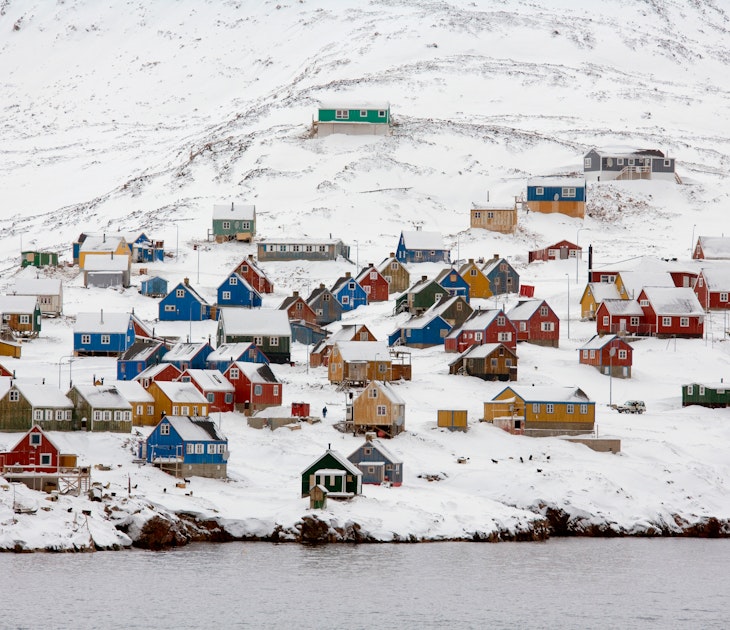
Wildlife & Nature
Dec 1, 2023 • 6 min read
How about chilling out – truly – on your next big trip? These are the coldest, most beautiful places to visit in the world.
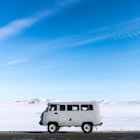
Sep 30, 2023 • 6 min read

Aug 30, 2023 • 9 min read
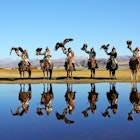
Aug 27, 2023 • 5 min read
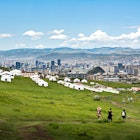
Aug 25, 2023 • 7 min read
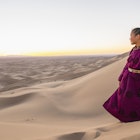
Aug 20, 2023 • 7 min read
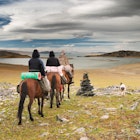
Aug 12, 2023 • 6 min read

Oct 24, 2021 • 4 min read

Oct 21, 2019 • 4 min read

Sep 23, 2019 • 7 min read
Is Mongolia Safe To Visit

Are you dreaming of embarking on a journey to the enchanting land of Genghis Khan, but can’t help but wonder, “Is Mongolia Safe To Visit?”
Well, let us quell your concerns and ignite your wanderlust as we delve into the heart of this majestic country. From the rugged landscapes of the Gobi Desert to the serene beauty of Lake Khövsgöl, Mongolia beckons with open arms, promising a unique adventure like no other.
In this guide, we’ll unravel the mysteries of safety in Mongolia, ensuring your trip is not only awe-inspiring but also worry-free. So, fasten your seatbelts as we embark on this captivating journey to answer the burning question, “Is Mongolia Safe To Visit?”

Table of Contents
Mongolia is generally a safe destination for travelers. While it has its unique challenges, such as harsh weather and remote areas, the country is known for its hospitality and low crime rates.
With proper planning and awareness, visitors can enjoy a safe and memorable experience in this stunning land of vast steppes, ancient history, and nomadic traditions.
Safety in Mongolia
Mongolia is often regarded as one of the safest countries to visit in Asia. Violent crime is rare, and locals are generally friendly and welcoming to tourists.
However, like any travel destination , there are certain safety considerations to keep in mind when exploring this unique country.
Health and Medical Care
Access to healthcare facilities in Mongolia can be limited in remote areas. Travelers should ensure they have comprehensive travel insurance that covers medical emergencies and consider bringing a basic first-aid kit.
It’s also essential to stay up to date with vaccinations recommended for the region.
Environmental Challenges
Mongolia’s extreme climate can pose challenges, especially during the harsh winters known as “dzud.” Travelers should be prepared for rapid weather changes, including extreme cold and high-altitude conditions.
Adequate clothing and equipment are crucial for those venturing into the wilderness.
Road Safety
Mongolia’s road infrastructure is still developing, and driving conditions can be challenging, particularly in rural areas. It’s advisable to hire experienced drivers and vehicles when embarking on long journeys and to exercise caution on the roads.
Cultural Awareness
Respecting local customs and traditions is essential in Mongolia. Learning about and adhering to nomadic etiquette, such as asking for permission before entering a ger (traditional dwelling), can enhance the overall travel experience and ensure positive interactions with locals.

Is Mongolia Safe To Visit At Night?
Mongolia is generally safe to visit at night in urban areas, but caution is advisable. Ulaanbaatar, the capital city, has its share of nightlife, and many areas are well-lit and bustling.
However, in rural or remote regions, traveling at night can pose risks due to limited infrastructure and harsh conditions. Always prioritize safety and plan accordingly when exploring Mongolia after dark.
Urban Areas
In Mongolia’s capital, Ulaanbaatar, you’ll find a modest nightlife scene with restaurants, bars, and clubs that cater to both locals and tourists.
These areas are generally safe at night, but it’s wise to take precautions such as avoiding poorly lit streets and not displaying valuable items openly.
Limited Lighting in Rural Areas
Outside of urban centers, Mongolia’s vast landscapes can become extremely dark at night. The lack of street lighting and infrastructure in rural regions can make nighttime travel challenging and potentially hazardous.
If you must venture into these areas after dark, ensure you have appropriate lighting and travel with experienced guides or drivers.
Wildlife and Environmental Considerations
Mongolia’s remote areas are home to various wildlife, and encountering animals like wolves or stray livestock can be a concern when traveling at night.
Additionally, navigating the country’s rugged terrain in the dark increases the risk of accidents. It’s advisable to plan your journeys during daylight hours whenever possible.
Nomadic Hospitality
Mongolia’s nomadic communities are known for their warmth and hospitality. If you’re invited to stay with a nomadic family, they will likely make you feel welcome, even if you arrive late.
However, it’s essential to communicate your plans in advance and respect local customs and traditions.
Safety Precautions
Whether you’re in an urban or rural area, it’s vital to exercise common-sense safety measures at night. Travel with a group when possible, avoid excessive alcohol consumption, and keep your belongings secure.

Is It Safe To Park In Mongolia?
Parking in Mongolia can be safe, but it comes with unique considerations. In urban areas like Ulaanbaatar, parking facilities are available and relatively secure.
However, in rural and remote regions, parking can be challenging due to the absence of formal parking lots and the rugged terrain. Always exercise caution, choose well-lit areas, and be mindful of local customs when parking in Mongolia.
Urban Parking
In the capital city of Ulaanbaatar, you’ll find parking facilities, both public and private, which are generally safe for vehicles. Be sure to follow any parking regulations and lock your car securely to minimize the risk of theft.
Rural and Remote Areas
Parking in rural and remote parts of Mongolia can be more complex. The absence of formal parking lots and the rough terrain may require improvisation when finding a place to park. It’s essential to choose a level, stable spot to avoid damage to your vehicle.
Wildlife and Livestock
In rural areas, be aware of the possibility of encountering wildlife or livestock when parking. Animals like yaks, horses, or camels may roam freely, so be cautious to avoid accidents and respect the environment.
If you plan to park near a nomadic family’s ger (traditional dwelling), it’s advisable to seek permission. Mongolian nomads are known for their hospitality, and they are likely to welcome you, but showing respect for their space and customs is essential.
Security Measures
To enhance the safety of your vehicle, consider using steering wheel locks or alarms. Also, avoid leaving valuables in plain sight, as theft can occur in urban areas, especially during the tourist season.
What Are The Safest Parts Of Mongolia?
Mongolia, as a whole, is generally a safe country for travelers. However, when considering safety, it’s important to differentiate between urban and rural areas.
Urban centers like Ulaanbaatar offer a relatively safe environment, while rural and remote regions come with their unique challenges, such as harsh weather conditions and limited infrastructure.
Visitors should prioritize safety precautions and awareness regardless of their location in Mongolia.
Urban Safety
In urban areas, particularly the capital city, Ulaanbaatar, safety concerns are relatively low. Crime rates are lower compared to many other cities in the world, and the presence of law enforcement helps maintain order.
Tourists can explore the city, visit cultural sites, and enjoy the local cuisine with a reasonable level of safety.
Rural and Remote Regions
Mongolia’s vast rural and remote areas offer unparalleled natural beauty and authentic cultural experiences. However, safety considerations become more critical in these regions.
Travelers should be prepared for extreme weather conditions, limited access to medical facilities, and the absence of well-developed infrastructure. It’s advisable to travel with experienced guides or drivers when venturing into these areas.
Safety Tips for All Areas
Regardless of where you plan to visit in Mongolia, certain safety measures should be followed. These include keeping your belongings secure, respecting local customs and traditions, and staying informed about weather conditions and potential hazards.
Additionally, travel insurance that covers medical emergencies and evacuation is highly recommended.
One of the highlights of visiting Mongolia is the warm hospitality of its nomadic communities. While these remote areas may pose unique challenges, nomads are known for their welcoming nature.
Building positive relationships with locals can enhance your safety and overall travel experience.
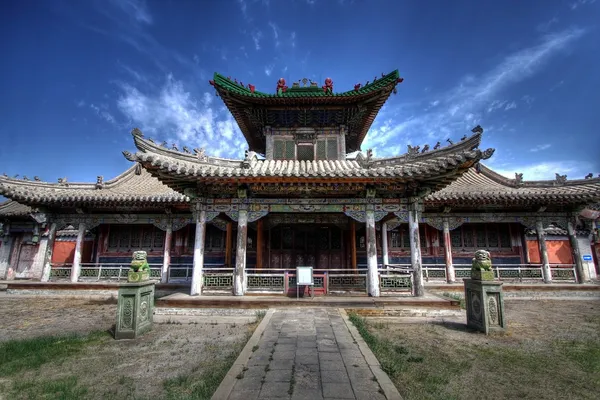
Crime In Mongolia
Mongolia generally has a low crime rate compared to many other countries. While it is considered safe for travelers, it’s important to remain cautious, particularly in urban areas like Ulaanbaatar, where petty crimes such as pickpocketing can occur.
Rural areas are generally safer, but travelers should be aware of potential challenges, such as harsh weather conditions and limited infrastructure, which may affect safety.
Low Crime Rate
Mongolia is known for its low crime rate, making it a relatively safe destination for tourists. Violent crimes are rare, and the majority of visitors can explore the country without encountering significant security issues.
In the capital city of Ulaanbaatar, where most of the country’s population resides, urban-related crimes such as petty theft and pickpocketing may occur. Travelers are advised to take common-sense precautions like keeping an eye on their belongings, especially in crowded places.
Rural Safety
In contrast to urban areas, rural and remote regions of Mongolia are generally safer from a crime perspective. The nomadic communities and wide-open landscapes contribute to a peaceful and welcoming atmosphere.
Traveler Safety Tips
To ensure a safe and enjoyable trip to Mongolia, it’s recommended to exercise typical safety measures such as staying in well-traveled areas, securing your belongings, and being aware of your surroundings.
Additionally, having travel insurance that covers potential incidents can provide peace of mind while exploring this unique and beautiful country.
Avoiding Bad Areas in Mongolia
While Mongolia is generally safe for travelers, it’s wise to exercise caution and avoid certain areas, particularly in the capital city, Ulaanbaatar.
Be mindful of neighborhoods with higher crime rates, which are often associated with poverty and social challenges. Staying informed, taking local advice, and prioritizing safety can help travelers steer clear of potential trouble spots.
Ulaanbaatar’s Challenging Areas
In Ulaanbaatar, the capital city, there are neighborhoods with higher crime rates and social issues. Areas like the ger districts, where impoverished communities reside in traditional felt tents, may have higher levels of petty crime.
It’s advisable to avoid walking alone in poorly lit or secluded areas, especially at night.
Staying Informed:
Before your trip to Mongolia, research the current safety situation and potential areas to avoid. Online travel forums and advice from locals or experienced travelers can provide valuable insights into safe and unsafe neighborhoods.
Local Advice
When in doubt about the safety of a specific area, seek advice from locals, such as hotel staff or tour guides. They can offer guidance on which areas to visit and which to avoid based on current conditions.
Common-Sense Precautions
Regardless of your destination within Mongolia, practicing common-sense safety measures is essential. Keep your belongings secure, avoid displaying valuable items openly, and be aware of your surroundings.
Traveling with a group, especially at night, can add an extra layer of security.
Things To Consider When Visiting Mongolia
When planning a trip to Mongolia, several important factors need consideration. These include the country’s extreme weather, the vast distances between attractions, cultural etiquette, and the availability of infrastructure.
By keeping these aspects in mind, travelers can prepare adequately and make the most of their visit to this unique and captivating destination.
Extreme Weather
Mongolia experiences extreme weather conditions, with harsh winters (dzud) and hot summers. Be sure to pack appropriate clothing and gear for the season of your visit, and prepare for rapid weather changes, especially if you plan to explore the countryside.
Vast Distances
Mongolia is a vast country with limited infrastructure in some areas. Traveling between destinations can take time, and long journeys on rugged roads may be required. Plan your itinerary carefully to make the most of your time and be prepared for the challenges of remote travel.
Cultural Etiquette
Respecting Mongolian customs and traditions is essential. Familiarize yourself with nomadic etiquette, such as asking for permission before entering a ger (traditional dwelling), and show respect for the local way of life.
Learning a few basic phrases in Mongolian can also go a long way in fostering positive interactions with locals.
Infrastructure and Accommodation
While urban areas like Ulaanbaatar offer modern amenities, rural regions may have limited infrastructure. It’s advisable to book accommodations in advance, especially in popular tourist areas. In remote areas, be prepared for basic facilities or even traditional nomadic hospitality.
Health and Safety
Ensure you have comprehensive travel insurance that covers medical emergencies and evacuation, as healthcare facilities can be limited to remote areas.
Stay up to date with vaccinations recommended for the region and take precautions to avoid altitude sickness when visiting high-altitude regions.

Frequently Asked Questions (FAQ) – Is Mongolia Safe To Visit?
1. is mongolia generally safe for tourists.
- Yes, Mongolia is generally considered safe for tourists. It has a low crime rate, and violent crimes are rare. However, like any travel destination, there are safety considerations to keep in mind.
2. What are the main safety concerns in Mongolia?
- Safety concerns in Mongolia include extreme weather conditions, especially during harsh winters known as “dzud,” limited medical facilities in remote areas, and potential challenges in rural regions with rugged terrain.
3. Is it safe to visit Mongolia’s capital city, Ulaanbaatar?
- Ulaanbaatar is relatively safe for tourists, but petty crimes like pickpocketing can occur, particularly in crowded areas. Using common-sense safety precautions is advisable.
4. Are there areas in Mongolia that should be avoided?
- While Mongolia is generally safe, it’s wise to exercise caution in certain areas, especially in impoverished neighborhoods in Ulaanbaatar and remote regions with limited infrastructure.
5. What should I pack for a trip to Mongolia in terms of safety?
- Packing appropriate clothing for extreme weather conditions is crucial. This includes warm clothing for cold winters and protective gear for outdoor activities. Also, consider travel insurance that covers medical emergencies.
6. How can I stay safe while traveling in rural Mongolia?
- When traveling in rural areas, it’s advisable to hire experienced guides or drivers, carry essential supplies, and be prepared for the possibility of encountering wildlife and nomadic communities.
7. Are there any cultural considerations for safety in Mongolia?
- Yes, respecting local customs and traditions is essential. For example, asking for permission before entering a ger (traditional dwelling) and showing respect for the nomadic way of life can enhance your safety and interactions with locals.
8. Is it safe to explore Mongolia’s natural wonders and national parks?
- Yes, Mongolia’s natural wonders are safe to explore, but it’s important to plan your trips carefully, inform someone about your itinerary, and be prepared for changing weather conditions and limited facilities in remote areas.
9. Are there any safety concerns related to transportation in Mongolia?
- While transportation in urban areas is generally safe, driving conditions in rural regions can be challenging. It’s advisable to hire experienced drivers and vehicles when traveling long distances.
10. How can I ensure a safe and enjoyable trip to Mongolia?
To ensure a safe and enjoyable trip, stay informed about the local conditions, exercise common-sense safety measures, and be respectful of the environment and local culture. Having a reliable travel plan and support network can also enhance your safety in Mongolia.
So, Should You Take A Trip To Mongolia?
In conclusion, while Mongolia presents its unique challenges and considerations, it remains a safe and enchanting destination for intrepid travelers.
With its breathtaking landscapes, rich nomadic traditions, and warm hospitality, Mongolia offers a world of adventure waiting to be explored.
By staying informed, exercising caution, respecting local customs, and embracing the thrill of the unknown, you can embark on a journey to Mongolia that is both secure and unforgettable.
So, if you’ve ever wondered, “Is Mongolia Safe To Visit?” – rest assured, it’s a land of boundless wonder, ready to welcome you with open arms and a world of incredible experiences.
Related Posts:
- All-Inclusive Adults-Only Honeymoon Retreats With…
- Best All-Inclusive Adults-Only USA Vacation Packages
- Best Scenic Drives in Phoenix
- Best Scenic Drives in Salt Lake City
- Is Lake Tahoe Safe To Visit
- Best Scenic Drives in Central Oregon (10 Most…

Search Smartraveller

Latest update
Exercise normal safety precautions in Mongolia.
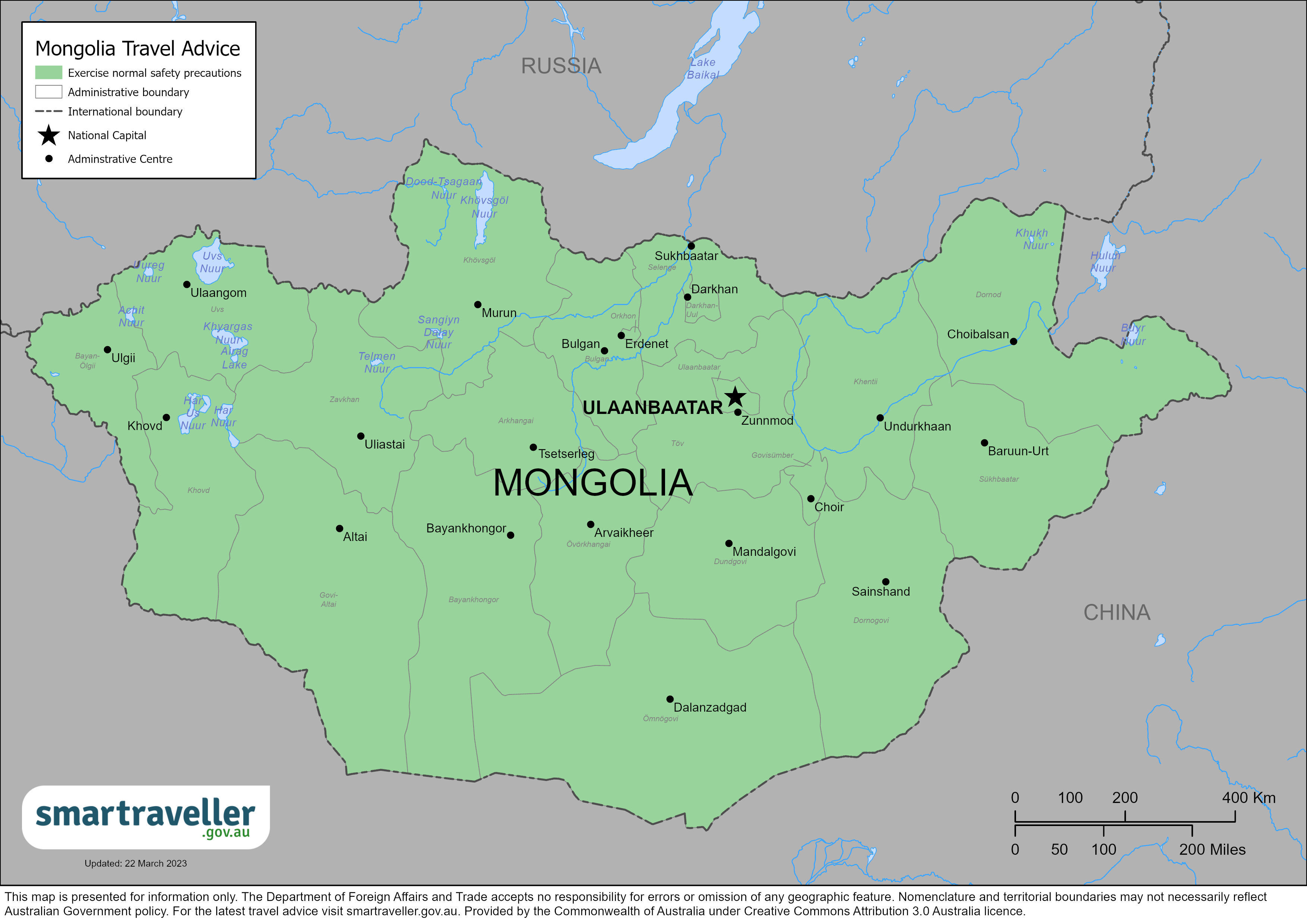
Mongolia (PDF 302.82 KB)
Asia (PDF 2.21 MB)
Local emergency contacts
Fire and rescue services, medical emergencies, advice levels.
Exercise normal safety precautions in Mongolia.
- While uncommon, violent crime is present in Mongolia, particularly in Ulaanbaatar. Criminals have assaulted and sexually harassed foreigners during the day and in busy areas. Crime is more common during major festivals and the summer tourist season. Be aware of your surroundings.
- Pickpocketing and bag snatching is common, especially on public transport and in crowded areas. Criminals posing as police have robbed travellers in the Sukhbaatar Square area of Ulaanbaatar. Be alert to thieves, especially on public transport.
- Protests can turn violent. Avoid large public gatherings.
- Mongolia's weather is extreme. Temperatures vary from 35°C in summer to minus 40°C in winter. Winter lasts from October to March. Snowstorms can also happen outside winter months. Make sure you have adequate clothing and footwear year-round. Weather conditions can change quickly.
- Earthquakes, flooding and fires sometimes occur. Follow the advice of local officials.
Full travel advice: Safety
- The standard of medical care is poor, particularly outside Ulaanbaatar. Bring basic medical supplies with you. You'll have to pay up-front, even in an emergency. If you're seriously ill or injured, you'll need medical evacuation. Ensure your travel insurance covers this.
- Rabies is a risk. It's fatal without immediate treatment. Avoid dogs and other mammals. Get medical help straight away if an animal bites or scratches you.
- Waterborne, foodborne and other infectious diseases are common. These include hand, foot and mouth disease (HFMD), hepatitis and measles. Drink only boiled or bottled water. Avoid raw or undercooked food.
- During winter, the air in Ulaanbaatar is very polluted. If you have breathing problems, speak to your doctor before you travel.
Full travel advice: Health
- Don't use or carry illegal drugs. Severe penalties include long jail terms.
- Always carry your passport. If you live in Mongolia, also carry your residency card.
- Mongolia doesn't recognise dual nationality. Always travel on your Australian passport. Dual nationals living in Mongolia may need to do national service. Contact the nearest Mongolian embassy for details.
- Same-sex relationships are legal. However, LGBTI travellers may face violence, discrimination and harassment. Avoid public displays of affection.
Full travel advice: Local laws
- Australian tourists can enter Mongolia for stays of up to 30 days without a visa.
- Entry and exit conditions can change at short notice. You should contact the nearest embassy or consulate of Mongolia for the latest details.
Chinggis Khan International Airport is recommended for entry to and exit from Mongolia.
- If you're staying longer than 30 days, register with the Office of Immigration in Ulaanbaatar. You must do this within seven days of arriving. If you're on a working visa, ensure your employer has registered for you. Working visa holders must de-register before leaving the country.
- Speak to Mongolian authorities or the nearest Embassy of Mongolia if you plan to travel to regional areas.
Full travel advice: Travel
Local contacts
- The Consular Services Charter details what we can and can't do to help you overseas.
- For consular help, contact the Australian Embassy in Ulaanbaatar.
- To stay up to date with local information, follow the Embassy's social media accounts.
Full travel advice: Local contacts
Full advice
Crimes against travellers are most common during the:
- Tsagaan Sar Festival in January or February
- Naadam Festival in July
- summer tourist season
Violent crime
While uncommon, violent crime occurs in Mongolia, particularly in Ulaanbaatar.
Criminals have randomly assaulted foreigners, even during the day and in busy areas.
Criminal attacks have included:
- physical assaults on foreign men in the company of local women
- harassment and sexual assault of foreign women
Petty crime
Pickpocketing and bag snatching are also common.
Be alert to thieves on public transport and in crowded areas in Ulaanbaatar, such as:
- Chinggis Khaan International Airport
- the Gandan Monastery
- the State Department Store
- the Naran Tuul Covered Market ('Black Market')
- the Central Post Office
- the Ulaanbaatar Railway Station
- when crossing a road in a pedestrian crowd
Travellers on trains between Mongolia and Russia are also a common target for thieves.
Pay close attention to your belongings, particularly in crowded areas and on public transport.
Criminals have targeted travellers using taxis to rob and harass them.
Only use licensed taxis, preferably booked through your accommodation.
Criminals posing as police officers have robbed travellers. This has happened in the Sukhbaatar Square area of Ulaanbaatar. Mongolian police officers are required to have name tags on their uniforms and carry ID. It is appropriate to ask to see their ID.
Cyber security
You may be at risk of cyber-based threats during overseas travel to any country. Digital identity theft is a growing concern. Your devices and personal data can be compromised, especially if you're connecting to Wi-Fi, using or connecting to shared or public computers, or to Bluetooth.
Social media can also be risky in destinations where there are social or political tensions or laws that may seem unreasonable by Australian standards. Travellers have been arrested for things they have said on social media. Don't comment on local or political events on your social media.
More information:
- Cyber security when travelling overseas
Civil unrest and political tension
Public protests and events that draw large groups of people can turn violent.
Be alert in areas with large crowds.
More information:
Demonstrations and civil unrest
Terrorism is a threat worldwide.
Climate and natural disasters
Mongolia experiences natural disasters and severe weather , such as:
- earthquakes
- forest fires
Severe weather
Temperatures vary from 35°C in summer to minus 40°C in winter.
Winter is long and severe. It lasts from October to March.
Many accidents happen during winter due to black ice, especially in urban areas. Pedestrians are involved in these accidents too.
Snowstorms can happen outside winter months. Make sure you have adequate clothing and footwear at all times of year.
Weather conditions can change quickly, even in summer. This increases your risk of hypothermia.
The rainy season happens between July and September. Flooding may happen. Avoid flood areas, monitor local media reports and follow the instructions of local authorities.
Earthquakes and natural disasters
Mongolia experiences earthquakes.
Forest or grass fires can be a risk in the drier months.
If a natural disaster occurs:
- follow the advice of local authorities
- monitor the media for the latest information
Register with the Global Disaster Alert and Coordination System to receive alerts on major disasters.
Travel insurance
Get comprehensive travel insurance before you leave.
Your policy needs to cover all overseas medical costs, including medical evacuation. The Australian Government won't pay for these costs.
If you can't afford travel insurance, you can't afford to travel. This applies to everyone, no matter how healthy and fit you are.
If you're not insured, you may have to pay many thousands of dollars up-front for medical care.
- what activities and care your policy covers
- that your insurance covers you for the whole time you'll be away
Physical and mental health
Consider your physical and mental health before you travel, especially if you have an existing medical condition.
See your doctor or travel clinic to:
- have a basic health check-up
- ask if your travel plans may affect your health
- plan any vaccinations you need
Do this at least eight weeks before you leave.
If you have immediate concerns for your welfare or the welfare of another Australian, call the 24-hour Consular Emergency Centre on +61 2 6261 3305 or contact your nearest Australian Embassy, High Commission or Consulate to discuss counselling hotlines and services available in your location.
- General health advice
- Healthy holiday tips (Healthdirect Australia)
Not all medication available over the counter or by prescription in Australia is available in other countries. Some may even be considered illegal or a controlled substance, even if prescribed by an Australian doctor.
If you plan to bring medication, check if it's legal in Mongolia. Take enough legal medicine for your trip.
The range of medicine available in Mongolia is limited.
Carry a copy of your prescription and a letter from your doctor stating:
- what the medicine is
- your required dosage
- that it's for personal use
Authorities could refuse you entry or prosecute you if you arrive without a prescription for your medication.
Health risks
The standard of medical care is poor, particularly outside Ulaanbaatar. If you're in Mongolia, monitor your health closely.
Avoid contact with dogs and other animals as they may carry dangerous diseases, such as rabies .
If an animal bites or scratches you:
- wash the wound thoroughly with soap and water for 10 to 15 minutes
- get urgent medical help
Other health risks
Waterborne, foodborne and other infectious diseases are common. These include:
- sexually transmitted infections
- hand, foot and mouth disease
- tuberculosis
Serious outbreaks sometimes occur.
To protect yourself from illness:
- drink boiled water or bottled water with sealed lids
- avoid ice cubes
- avoid uncooked and undercooked food, such as salads
Get urgent medical help if you suspect food poisoning or have a fever or diarrhea.
Infectious diseases
Air pollution
During winter, from October to March, the air in Ulaanbaatar is dangerously polluted. This is because people burn coal and rubber for heating.
Speak to your doctor before travelling if you have breathing-related problems.
Medical care
Medical facilities.
The standard of medical care is poor, particularly outside Ulaanbaatar.
Bring basic medical supplies with you.
Doctors and hospitals require payment before treating you, even if it's an emergency.
If you become seriously ill or injured, you'll need to be evacuated to get proper care. Medical evacuation can be very expensive. You'll probably need to pay up-front. Delays are common while waiting for approvals.
Severe weather and snowfall can delay or stop medical evacuations from remote places.
You're subject to all local laws and penalties, including those that may appear harsh by Australian standards. Research local laws before travelling.
If you're arrested or jailed, the Australian Government will do what it can to help you under our Consular Services Charter . But we can't get you out of trouble or out of jail.
Arrested or jailed
Penalties for drug offences are severe and include long prison terms in local jails.
Carrying or using drugs
By law, you must always carry your passport when travelling in Mongolia.
If you live in Mongolia, you must also carry your residency card.
If you're involved in legal action, authorities might not let you leave. You may have to wait until the issue is resolved. This includes when criminal investigations have started after commercial disputes.
Australian laws
Some Australian criminal laws still apply when you're overseas. If you break these laws, you may face prosecution in Australia.
Staying within the law and respecting customs
Dual citizenship
Mongolia doesn't recognise dual nationality.
If you're a dual citizen, this limits the consular services we can give if you're arrested or detained.
Always travel on your Australian passport .
If you're a dual national who plans to live in Mongolia, you may need to complete national service. Contact the nearest embassy of Mongolia before travelling.
Dual nationals
Local customs
Same-sex relationships are legal.
However, the Mongolian National Human Rights Commission has reported LGBTI travellers can face violence and discrimination.
Members of the LGBTI community have also reported harassment.
Avoid public displays of affection.
LGBTI travellers
Visas and border measures
Every country or territory decides who can enter or leave through its borders. For specific information about the evidence you'll need to enter a foreign destination, check with the nearest embassy, consulate or immigration department of the destination you're entering.
Australian tourists can enter Mongolia for stays of up to 30 days without a visa.
Foreign nationals may apply for short-term (up to 60 days) diplomatic, official, or business visas on the condition they meet health-related entry requirements.
Entry and exit conditions can change at short notice. Contact the nearest embassy or consulate for details about visas, currency, customs and quarantine rules.
Border measures
You need to carry proof of your onward or return ticket to enter Mongolia.
Staying in Mongolia
All businesses and services remain open and available.
Departure from Mongolia
Monitor the Australian Embassy website and social media for major updates and follow the advice of local authorities.
Other formalities
You must show proof of a return airfare or onward travel to enter Mongolia.
If you're staying longer than 30 days, you must register with the Office of Immigration in Ulaanbaatar within 7 days of arriving.
This includes people on working visas. Confirm your employer has registered on your behalf.
If you don't register, authorities can fine you.
If you have a working visa, you must de-register before leaving Mongolia.
You may need an HIV/AIDS test if you:
- plan to work, either paid or voluntary
- marry a Mongolian national
Travel with children
If you're travelling with a child who isn't yours, you must show a notarised letter. The letter must be from the child's legal guardian granting you permission to travel with the child.
Advice for people travelling with children
Import rules
Authorities have strict rules about importing:
- electrical equipment
- some technological equipment
The Mongolian Border Protection Authority (Mongolian) will check the equipment. It will work out if tax applies.
These rules also cover items being donated, such as medical equipment.
They don't apply to common personal items, such as laptops and tablets.
Some countries won't let you enter unless your passport is valid for 6 months after you plan to leave that country. This can apply even if you're just transiting or stopping over.
Some foreign governments and airlines apply the rule inconsistently. Travellers can receive conflicting advice from different sources.
You can end up stranded if your passport is not valid for more than 6 months.
The Australian Government does not set these rules. Check your passport's expiry date before you travel. If you're not sure it'll be valid for long enough, consider getting a new passport .
Lost or stolen passport
Your passport is a valuable document. It's attractive to people who may try to use your identity to commit crimes.
Some people may try to trick you into giving them your passport. Always keep it in a safe place.
If your passport is lost or stolen, tell the Australian Government as soon as possible:
- In Australia, contact the Australian Passport Information Service .
- If you're overseas, contact the nearest Australian embassy or consulate
Passport with 'X' gender identifier
Although Australian passports comply with international standards for sex and gender, we can't guarantee that a passport showing 'X' in the sex field will be accepted for entry or transit by another country. Contact the nearest embassy, high commission or consulate of your destination before you arrive at the border to confirm if authorities will accept passports with 'X' gender markers.
- LGBTI travellers
The local currency is Mongolian Tugrik (MNT).
Some banks in Ulaanbaatar buy Australian dollars. Check the banks' websites before you travel.
You can generally exchange:
- Russian roubles
- Chinese yuan
However, these currencies may not be accepted everywhere.
US currency dated before 2000 may not be accepted in Mongolia, even by banks.
Bank notes of different amounts are exchanged at different rates. Lower value notes receive a lower rate.
Outside Ulaanbaatar, carry cash.
There are few ATMs outside Ulaanbaatar.
Some smaller shops, supermarkets and restaurants don't accept credit cards.
Travel between Mongolia and Russia
If, despite our advice, you travel to Russia, you may experience border and customs difficulties when entering by train from Russia.
Declare all goods and cash when entering and leaving Russia.
The Embassy of Russia in Mongolia can issue tourist visas for Russia.
Travel advice for Russia
Travel between Mongolia and China
If you travel between Mongolia and China, you must follow China's entry and exit rules. This is the case even if you are only transiting through China.
The Embassy of China in Mongolia can only issue a visa for China to residents of Mongolia.
If you're going to China, you must get a visa before you travel.
- Travel advice for China
Local travel
Driving permit.
You can't drive a vehicle or ride a motorbike with an Australian driver's licence or International Driving Permit (IDP) in Mongolia.
For short visits, use taxis or hire a car with a driver.
If you plan to stay more than 12 months, apply for a Mongolian licence.
National Police Agency
Travel by car
To travel to Mongolia by car, you must get approval from the Mongolian Customs Office before you enter.
For this, you'll need to provide:
- copy of bio data page of passport;
- copy of driver’s licence
- car registration papers;
- ownership certificate;
- travel route and Mongolian contact numbers.
The Mongolian Customs Office will make a record on the foreign citizen’s visa stamp that the citizen has entered with a car, which will be checked when the citizen leaves the country.
Mongolian Border Protection checks the visa in addition to asking for car related documents and requires advance notice if a large number of foreign citizens enter the country by car at the same time.
Road travel
Driving in Mongolia can be dangerous, especially at night, due to poor:
- road conditions
- vehicle maintenance
- local driving practices
There are few sealed roads outside of Ulaanbaatar.
You're 4 times more likely to die in a traffic accident in Mongolia than in Australia.
Many accidents happen during winter due to black ice, especially in urban areas. Right-hand drive vehicles cause many accidents on rural roads. Pedestrians are often injured.
Take care as a pedestrian. Drivers don't always give way, even at marked pedestrian crossings.
To protect yourself when driving beyond city limits, take:
- a GPS or compass
- communications equipment, such as a satellite phone
- emergency medical supplies
Communication and medical facilities are often poor outside cities.
Driving or riding
Snowfall and dust storms
For most of the year, heavy snowfall can:
- restrict access to many regional areas
- greatly increase risks of car travel between towns
To drive safely while travelling during snowy periods:
- allow for additional travel time
- make sure your insurance policy covers delays and cancellations
Severe weather and snowfall can also restrict medical evacuations from remote places.
Take care as a pedestrian during severe weather. Heavy snow can cause black ice on footpaths and road crossings.
Dust storms during May and June can affect visibility when driving.
If you ride a motorcycle, always wear a helmet.
Road safety and driving
Taxis can be dangerous. Book a reliable, licensed taxi company through your accommodation, restaurant, or venue.
Public transport
Local transport providers may not carry accident liability insurance. This includes bus and private car operators.
Always use seatbelts, even if others don't.
If appropriate safety equipment isn't available, use another provider.
Transport and getting around safely
DFAT doesn't provide information on the safety of individual commercial airlines or flight paths.
Check Mongolia's air safety profile with the Aviation Safety Network.
Regional travel
Access to some regional districts is occasionally restricted for quarantine, including:
- bird flu (avian influenza)
- hand, foot and mouth disease (HFMD)
- bubonic or pneumonic plague
Restrictions can change.
Speak to the Mongolian authorities or the nearest Embassy of Mongolia if you plan to travel to regional areas.
Emergencies
Depending on what you need, contact your:
- family and friends
- travel agent
- insurance provider
Always get a police report when you report a crime.
Your insurer should have a 24-hour emergency number.
Consular contacts
Read the Consular Services Charter for what the Australian Government can and can't do to help you overseas.
You can get consular help from the Australian Embassy in Mongolia.
Australian Embassy, Ulaanbaatar
Australian Embassy
Shangri-La Centre, Level 20
Olympic St 19A, SB District
Ulaanbaatar 14241, Mongolia
Phone: (+976) 7013 3001
Email: [email protected]
Website: http://mongolia.embassy.gov.au/
Facebook: Australian Embassy in Mongolia
Twitter: @AusAmbMongolia
Check the Embassy website for details about opening hours and any temporary closures.
24-hour Consular Emergency Centre
In a consular emergency, if you can't contact an embassy, call the 24-hour Consular Emergency Centre on:
- +61 2 6261 3305 from overseas
- 1300 555 135 in Australia

Travelling to Mongolia?
Sign up to get the latest travel advice updates..
Be the first to know official government advice when travelling.
Přejít k obsahu | Přejít k hlavnímu menu | Přejít k vyhledávání

- COVID-19 travel restrictions: Mongolia
- < Travel restrictions
Travel restrictions
By Kiwi.com June 21, 2022
By Kiwi.com | June 21, 2022
This article was published on June 21, 2022, and all the information in the article is correct as of this time. Before you book your trip, we highly recommend that you also check official sources for the most up-to-date travel requirements, as they are subject to constant change.
Can I enter Mongolia?
You can enter Mongolia . Moreover, in March 2022, Mongolia scrapped all its COVID-19 entry restrictions.

Can I enter Mongolia if I am vaccinated/unvaccinated/recovered?
Both vaccinated and unvaccinated travelers can enter Mongolia without needing to present any COVID-19 documents.
Nevertheless, please be aware that no travel is risk-free amidst COVID-19, and entry rules can change at little notice.
If regulations change and proof of vaccination is required to enter Mongolia, note that the following vaccine drugs are approved in the country:
- AstraZeneca
- Sputnik Light
Travel documents if I am vaccinated / unvaccinated / recovered
As of April 2022, no COVID-19 documents are required when entering Mongolia.
Can I leave Mongolia?
You can leave Mongolia.
Can I leave Mongolia if I am vaccinated?
Vaccinated travelers can leave Mongolia. Please make yourself familiar with the COVID-19 requirements at your destination country.
Travel documents if I am vaccinated
- A certificate of complete vaccination against COVID-19 in paper or electronic format
In addition, we recommended that you check for testing requirements at your destination. Certain countries demand that travelers take pre- departure tests regardless of their vaccination status.
Can I leave Mongolia if I am unvaccinated?
Unvaccinated travelers can leave Mongolia.
- A certificate of recovery from COVID-19 (no more than 180 days old before the day of crossing the border of a particular country)
- A negative COVID-19 test result (the relevant period and kind of test may vary, please check the requirements of the destination country )
COVID-19 situation in Mongolia currently
Currently, the COVID-19 situation in Mongolia is relatively safe. Most restrictions have been lifted.

Is it safe to travel to Mongolia right now?
It is safe to travel to Mongolia. Most establishments operate normally. Nevertheless, the Ministry of Health is still asking people to take basic preventative measures, namely:
- Wearing masks in public
- Maintaining a social distance
- Sanitizing hands regularly
Is Ulaanbaatar open for travel?
The capital is open for tourists now. Visitors should follow basic COVID-19 regulations to ensure their safety.
Do I have to go into quarantine if I go to Mongolia?
As of April 2022, you do not have to go into quarantine when you arrive in Mongolia.
How do I get a health pass to travel to Mongolia?
Currently, no health pass is required of foreign visitors to Mongolia.
Useful links:
- Mongolia Entry Requirements
Visit our Travel Restrictions section at Kiwi.com Stories to read more travel restrictions articles
COVID-19 Mongolia
Popular routes on Kiwi.com
- Cheap flights from Dubai to London
- Cheap flights from Vilnius to Tenerife
- Cheap flights from Nairobi to Eldoret
- Cheap flights from Tenerife to Vilnius
- Cheap flights from London to Prague
- Cheap flights from Barcelona to Tenerife
- Cheap flights from London to Athens
- Cheap flights from Cairo to Dubai
- Cheap flights from Berlin to Istanbul
- Cheap flights from Istanbul to Baku
- Cheap flights from London to Warsaw
- Cheap flights from London to Lisbon

Latest developments: COVID-19 and travel
SIA aims to vaccinate employees while large companies help with the development of digital vaccination passport

Etihad and Emirates to trial COVID-19 digital passport in world first
The IATA Travel Pass mobile app should be available on iOS and Android by March 2021

COVID-19 vaccines bring hope to all travelers
Over 17 million people in 35 countries worldwide have received a vaccine by early January

Transmission of COVID-19 inflight is extremely rare, research says
The chance of contracting the virus onboard a flight is lower than getting struck by lightning

US and UK could establish coronavirus-free travel corridor
Flights between New York and London could resume by Thanksgiving

Rome airport world’s first to receive 5 stars in COVID-19 rating
Rome Fiumicino airport earned the highest possible score as a result of its hygiene processes and other preventative measures
Hack the system, fly for less

Prague airport contains a wild illusion sculpture you have to see

Paris on a Budget: 10 Ways to Save Money When You Visit

Los Angeles on a budget: 10 ways to save money when you visit
61 Useful Tips for Travelling to Mongolia (Backpacker’s Guide)
March 28, 2020.
Everything you need to know about travelling in Mongolia. Where to visit, how to get around, safety, and more are covered in this comprehensive travel guide.
Mongolia is one of my favourite countries I’ve ever visited. Known as the “land of the blue sky”, Mongolia is home to an incredible nomadic culture and gorgeous natural beauty. It’s also one of the least visited countries in the world, making it a great off-the-beaten-path backpacking destination.
I spent over three weeks backpacking around Mongolia and learned a lot about the best ways to travel around it. I can’t wait to get back soon and see more of it.
In this post, I’ll go over everything you need to know about travelling in Mongolia based on my experience.
After reading this guide, you’ll be ready to head out and see the rugged streets of Ulaanbaatar, the singing sand dunes of the Gobi Desert, and the endless steppe of the Orkhon Valley.
- 1 Backpacking Mongolia
- 2 Visas for travelling to Mongolia
- 3 Safety in Mongolia
- 4 Money in Mongolia
- 5 Communication in Mongolia
- 6 Getting to Mongolia
- 7 People & Culture of Mongolia
- 8 Where to visit in Mongolia
- 9 Tours in Mongolia
- 10 Food in Mongolia
- 11 Accommodation in Mongolia
- 12 Transportation in Mongolia
- 13 Mongolia Travel Itineraries
- 14 When to visit Mongolia
- 15 Travel Costs in Mongolia
- 16 Internet & SIM Cards in Mongolia
- 17 Solo Travel in Mongolia
- 18 Female Travel in Mongolia
- 19 Travelling in Mongolia Wrap-Up
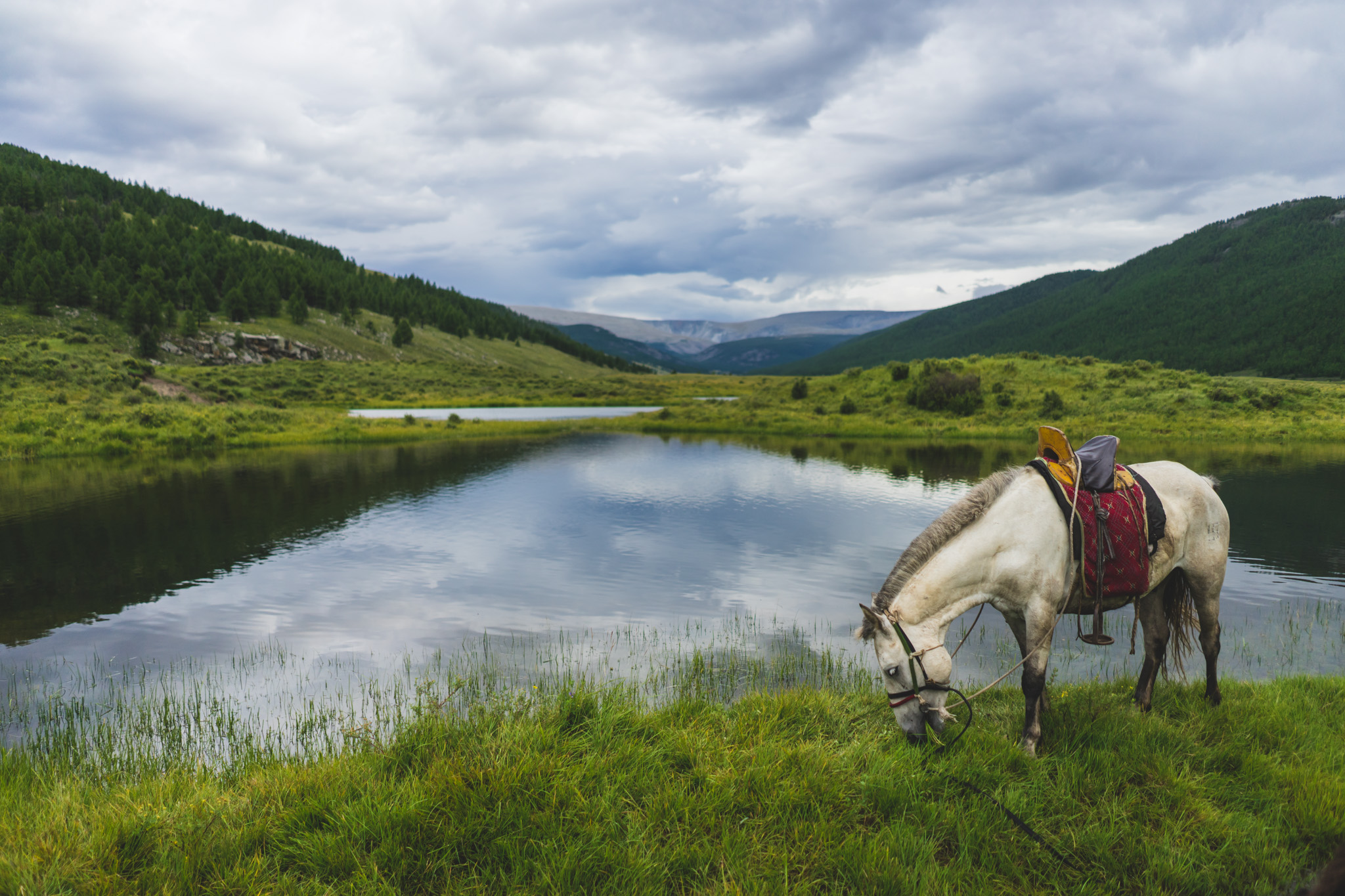
Backpacking Mongolia
Mongolia is the perfect backpacking destination. It’s got a ton of unique landscapes including the Gobi Desert to the Altai Mountains. Mongolians are very friendly and want to show tourists a good time. It’s an affordable country to travel in, especially if you’re willing to rough it a bit.
I definitely think more people need to add backpacking Mongolia to their bucket list. It’s a country like no other and is a must-see if you’re planning a long trip to Asia.
Visas for travelling to Mongolia
1 – Visa-free access to Mongolia: People from certain countries are lucky enough to get visa-free access to enter Mongolia by air or land! Visa-free length varies by passport, here is the current list:
90 days visa-free : Argentina, Belarus, Brazil, Chile, Kazakhstan, Kyrgyzstan, Macao, Serbia, Ukraine (with invitation), USA 30 days visa-free : Canada, Cuba, Germany, Israel, Japan, Laos, Malaysia, Russia, Singapore, Thailand, Turkey, Uruguay 21 days visa-free : Philippines 14 days visa-free : Hong Kong
2 – Mongolia visa at an embassy: If you’re not on the above list of countries, you should apply for your Mongolia visa at your nearest Mongolia embassy.
To apply for a tourist visa, you’ll need:
- Completed application form
- 3.5×4.5cm photo
- Copy of hotel booking in Mongolia
- Copy of flight/train tickets
For the most up-to-date requirements, contact the embassy that you wish to apply at.

3 – It is no longer possible to extend your visa in Mongolia: While you used to be able to apply for a 30-day visa extension in Ulaanbaatar, as of 2019 this is no longer the case.
Travellers have been reporting that they are told to simply pay a $4 per day overstay fee instead, as long as the overstay is less than 58 days. If you overstay longer than 58 days, you will be deported.
Safety in Mongolia
4 – Is it safe to travel to Mongolia?: I’d say that Mongolia is a pretty safe country to visit. According to the Canadian government (which is usually pretty conservative with travel advisories), you should simply exercise normal precautions while visiting Mongolia.
Be careful around drunk people. Unfortunately, certain people can become quite aggressive, especially if you’re a foreign dude talking to a Mongolian girl. Avoid walking around Ulaanbaatar in the dark – it’s better to take a taxi.
Carry some medical supplies if you’re going anywhere outside of Ulaanbaatar. It’s a long way to a pharmacy when you’re in the middle of the Gobi Desert.
Use common sense and you’ll be perfectly fine when backpacking Mongolia, but of course, you should purchase travel insurance before you visit Mongolia.
For more information, check out my post on staying safe in Mongolia .
Travel Insurance for Mongolia
5 – Travel insurance for Mongolia: No matter where you go, you should always have travel insurance – Mongolia is no exception. Even though Mongolia is safe, accidents can still happen.
I personally use and recommend World Nomads. It’s designed for adventurous travellers with cover for overseas medical, evacuation, baggage and a range of adventure sports and activities (important if you plan on doing any treks or other outdoor adventures while backpacking in Mongolia).
GET YOUR FREE QUOTE FROM WORLD NOMADS HERE
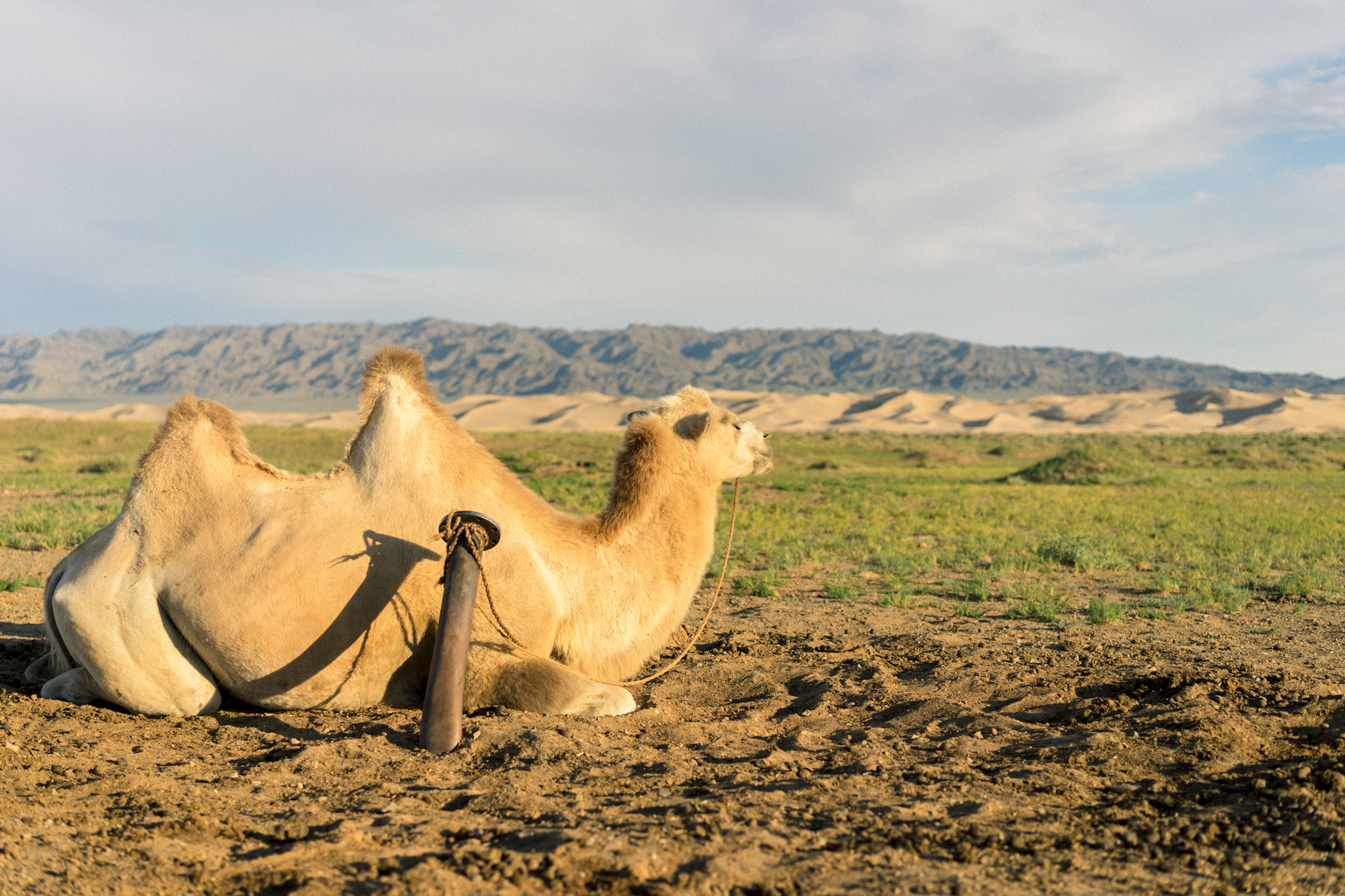
Money in Mongolia
6 – The Mongolian tugrik (MNT) is the official currency of Mongolia: Sometimes also written as tögrög, the Mongolian currency is quite low in value. The current rate as of January 2020 is 1 USD = 2740 MNT .
7 – There are plenty of ATM machines in Ulaanbaatar: In Ulaanbaatar, it’s easy to find an ATM machine that will accept an international Visa or Mastercard, and this is how I got all of my local currency during my trip to Mongolia. Credit cards are not commonly accepted at businesses in Mongolia, but you may have some luck at high-end hotels and restaurants.
8 – Outside of Ulaanbaatar, ATMs are unreliable: If you’re planning on heading out into the countryside, you should bring as much cash as you think you’ll need. It’s difficult to find a working ATM even in some of the larger towns, and even then it might be out of cash.
9 – Converting USD to MNT works too: You can also bring USD from home and convert it to tugrik when you’re in Mongolia, although you might not get quite as good a rate as if you’d used an ATM. It may be possible to change RMB, EUR, or RUB, but don’t count on this.
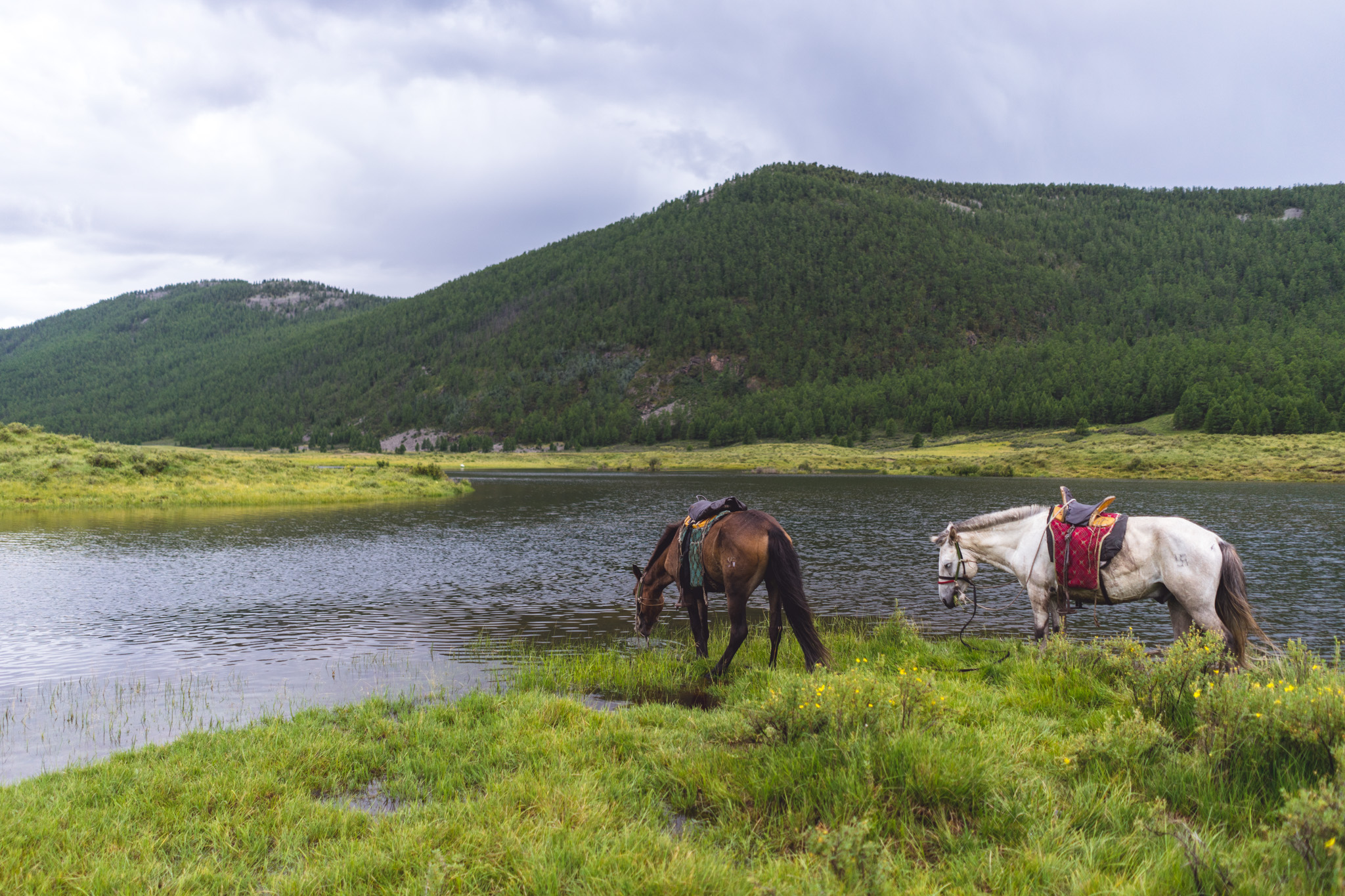
Communication in Mongolia
10 – Mongolian is the official language of Mongolia: Spoken by around 95% of the population, Mongolian is by far the most common language in Mongolia.
11 – In Mongolia, the language is written using the Cyrillic alphabet: While there is a traditional Mongolian script that is used in Inner Mongolia province of China, Mongolia uses the Cyrillic script to write Mongolian.
12 – You don’t need to know Mongolian to travel in Mongolia: You don’t need to know any Mongolian to travel in Mongolia, but knowing the Cyrillic alphabet can be a huge help. If you learn the Cyrillic alphabet, you’ll be able to read signs and certain words on menus. It only takes a few hours to learn the basics – check out this resource to learn more.
Luckily, most people who travel outside of Ulaanbataar will be with an English-speaking guide, so they’ll help you get over any language barriers in rural areas.
Really want to impress the locals? Pick up a Mongolian Phrasebook and try to use it while you’re in Mongolia!
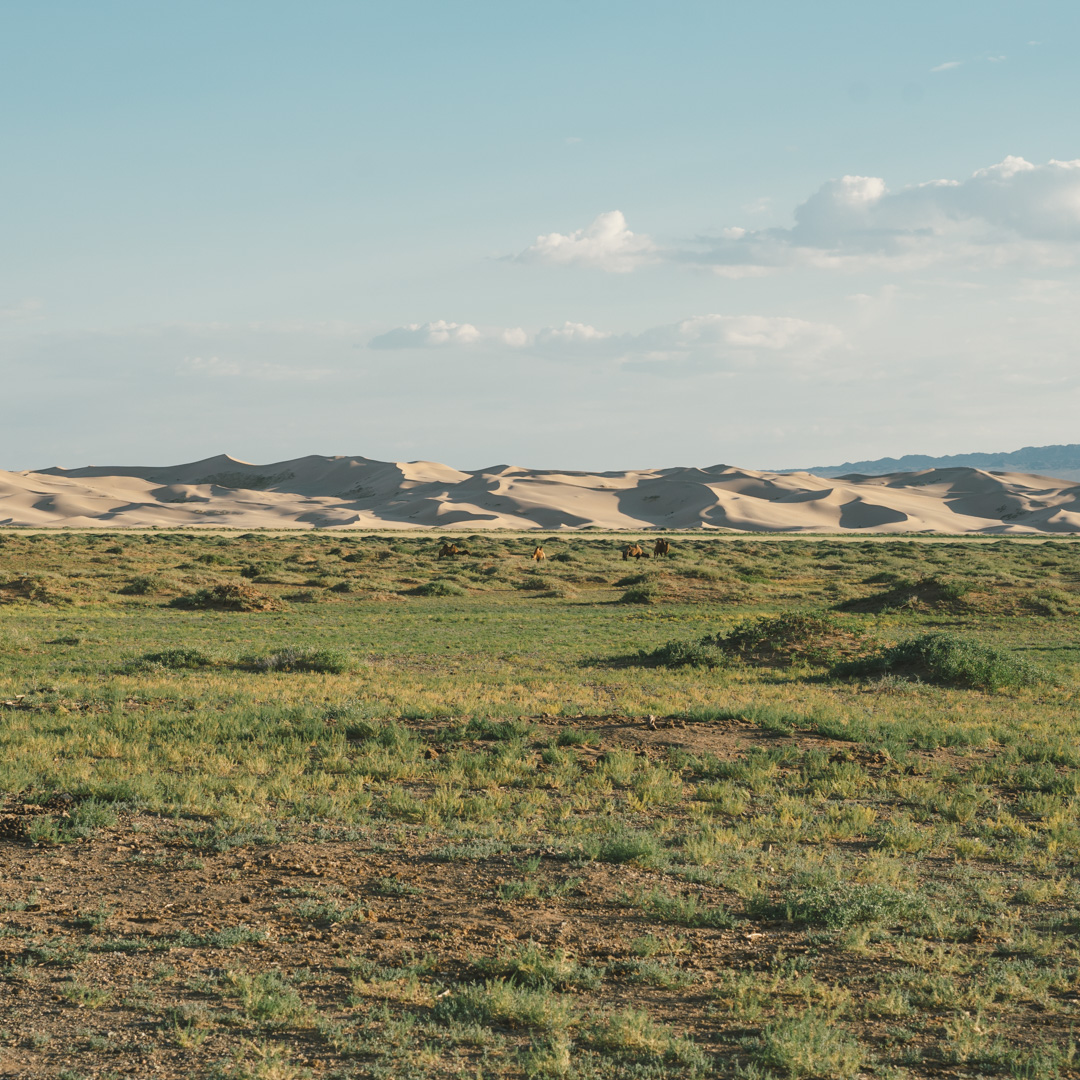
Getting to Mongolia
13 – Overlanding into Mongolia via either China or Russia is totally possible: There are a number of border crossings to both China and Russia that are open to foreigners. Border procedures are fairly straightforward, as long as you’ve got a valid visa (or don’t need one).
14 – The current border crossings with China are:
Erlian – Zamin Uud: This border crossing is quite straightforward. I wrote a complete guide to getting from Beijing to Ulaanbaatar , so check that out if you’re planning on taking that route (or that route in reverse).
Takashiken – Bulgan: Border crossing between Urumqi and the Mongolian Altai. It is possible to reach this border via public transport from Urumqi and continue onto Khovd by shared taxi. Expect long border procedures on the Chinese side (including a search of electronic devices).
One other lesser-used border that is open for tourists is the Khatavch – Bichigt Zuun crossing. Do note that the border crossings with Xinjiang Province are subject to random closures.
15 – The current border crossings with Russia are:
Kyakhta – Altanbulag : The main road border crossing between Ulan-Ude and Ulaanbaatar. There are direct buses between the two cities, taking about 12 hours to complete the trip.
Sükhbaatar – Naushki : This is the railroad border crossing for the Trans-Mongolian Railway between Ulan-Ude and Ulaanbaatar. Very straightforward – immigration officers will board your train and stamp you in.
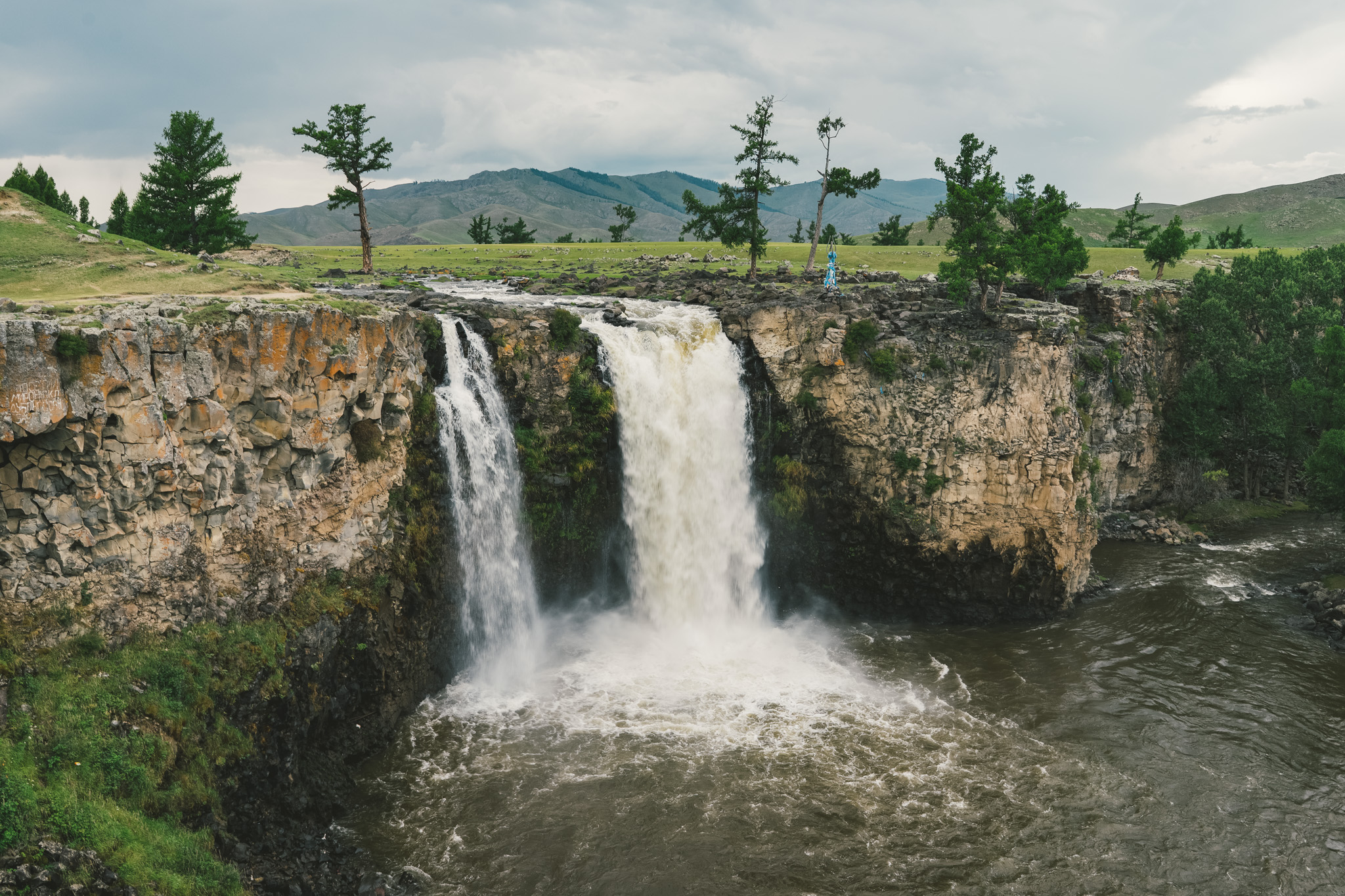
16 – Mongolia is an expensive country to fly into, and isn’t well connected by air: It can be a bit pricey to fly into Mongolia from Europe and North America. Ulaanbaatar (ULN) is the only airport in Mongolia with international flights, so you’ll most definitely be flying into here.
17 – Mongolia’s flag carrier is MIAT Mongolian Airlines: They offer direct flights to Frankfurt, Moscow, Bangkok, Beijing, Hong Kong, Guangzhou, Seoul, Busan, Tokyo, and Osaka.
Other airlines operate flights from Ulaanbaatar to Istanbul, Astana, Irkutsk, Tianjin, and Hohhot.
As you can see, there aren’t that many places you can fly to Mongolia from without a connecting flight.
I recommend using Google Flights to find the cheapest flights to Mongolia.
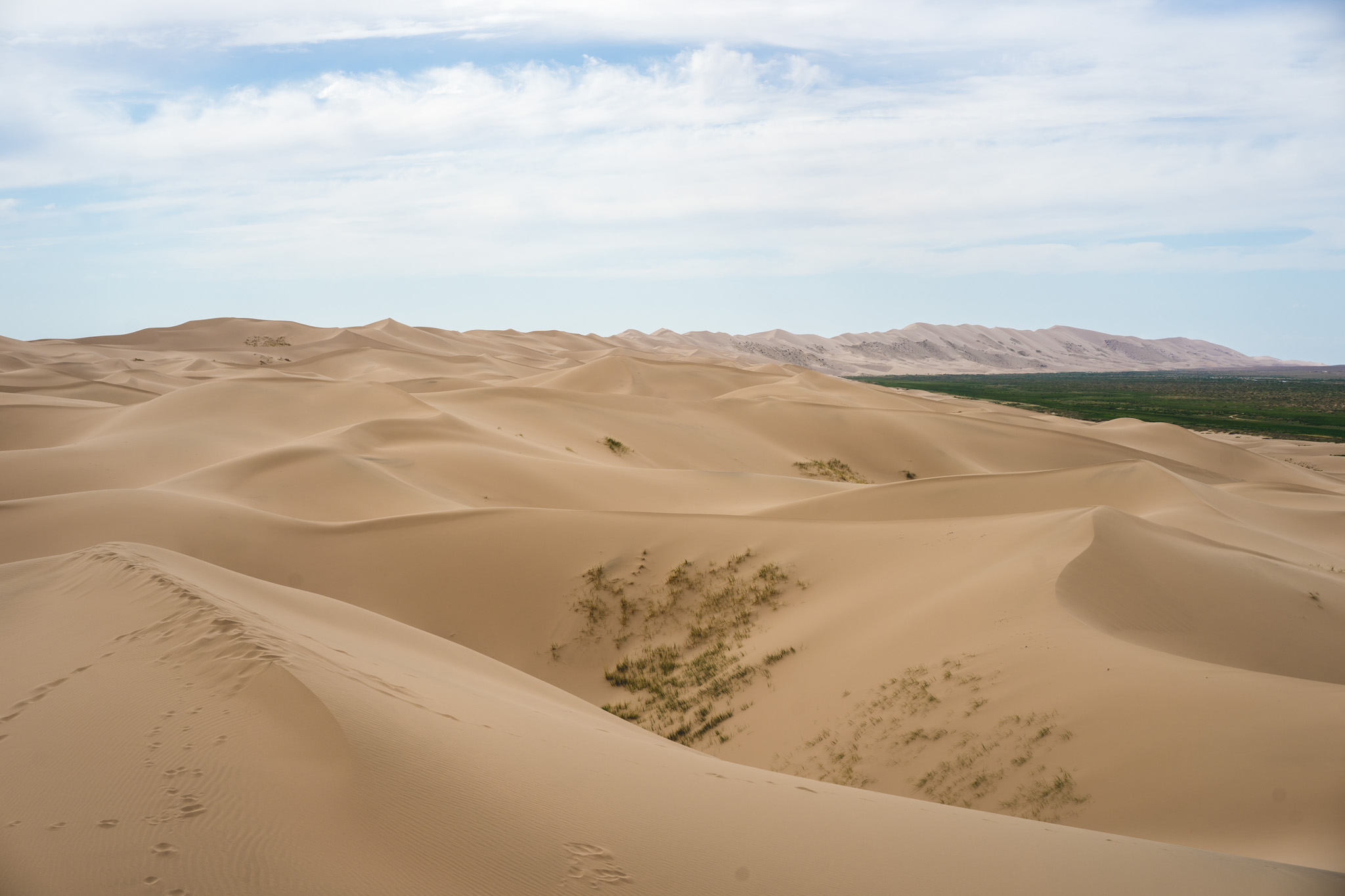
People & Culture of Mongolia
18 – Mongolia is the most sparsely populated country on Earth: A lot of the country’s traditions and culture stems from this fact.
19 – The country became independent from the Qing Dynasty in 1911: There is a lot of shared history between Mongolia and China, although nowadays Mongolians don’t look upon China very fondly.
20 – Most people in Mongolia are Mongolian: In fact, a whopping 96% of the population is Mongolian. The other 4% are Kazakhs in the far western Altai region of the country.
21 – Buddhism is the most popular religion in Mongolia: Over 50% of Mongolians are Buddhist, making it by far the most common religion. Another 39% are non-religious, and the remainders are split up between Islam, Shamanism, and Christianity.
22 – There isn’t really a dress code in Mongolia: There is no set dress code here, but it is still a conservative society so it’s best to dress modestly. In the central areas of Ulaanbaatar, things are a bit more liberal.
Where to visit in Mongolia
23 – Most of Mongolia is empty, so getting around can take a long time:
The country can be divided up into six distinct regions based on differences in culture and geography. Each region requires at least a week to properly visit (aside from Ulaanbaatar).
Let’s cover all of the best places to visit during your travels in Mongolia.
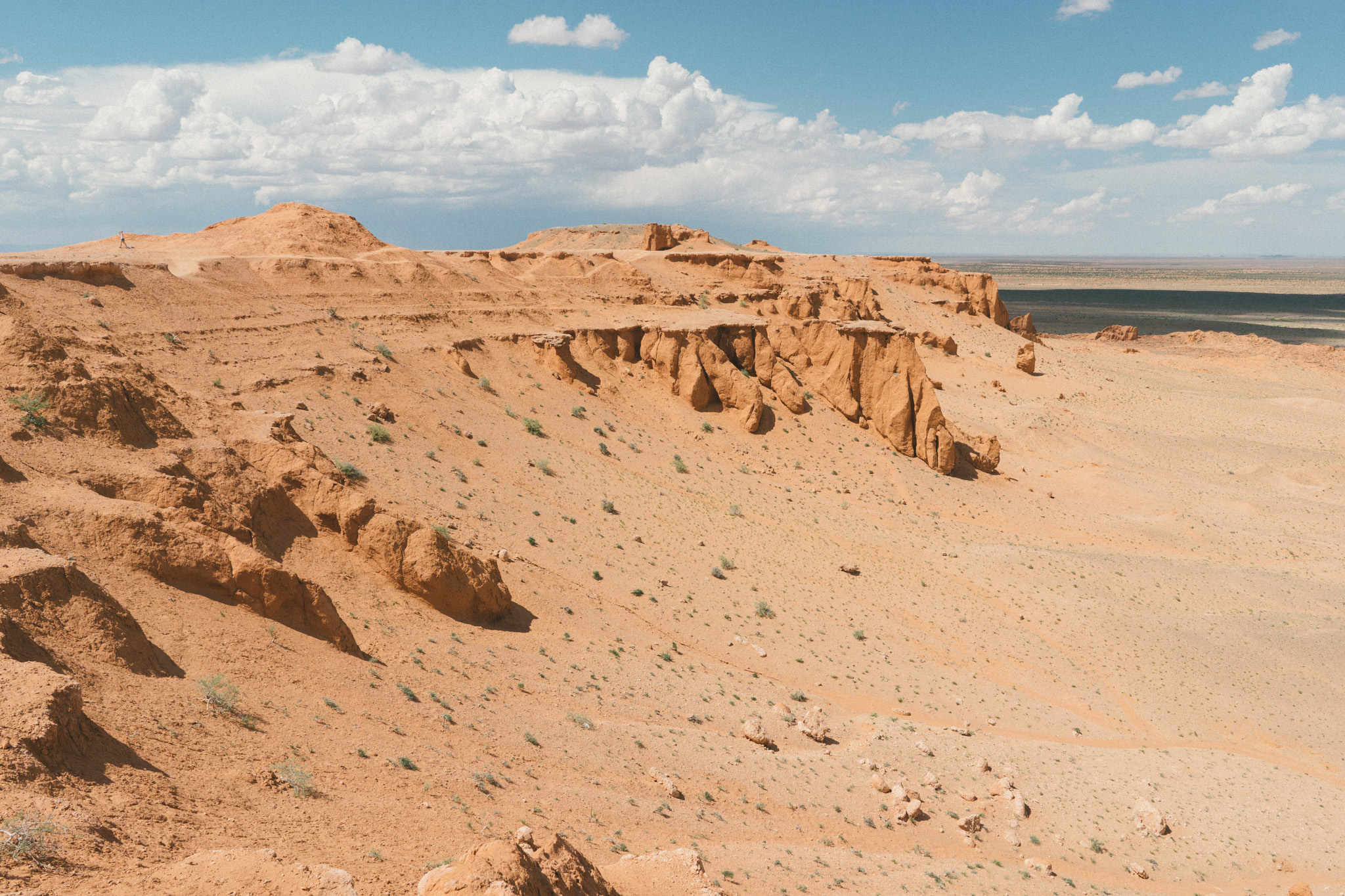
Backpacking Ulaanbaatar
24 – Almost every traveller will begin their adventure in Mongolia’s capital city of Ulaanbaatar: Ulaanbaatar is the only real city in Mongolia and is home to over half of the countries population. The city is connected to China and Russia via the Trans-Mongolian Railway and has an international airport.
The city is a great place to organize tours into the countryside, visit museums, eat, shop, and chill out after a long journey through the steppe.
I’ve met a lot of travellers who told me that they hated Ulaanbaatar, but I kinda liked it. There are some nice western-style cafes, good restaurants, and some malls if you need to get any gear.
25 – There isn’t much to do in Ulaanbaatar, but it’s alright for a couple of days: While most travellers visiting Ulaanbaatar are here to organize the rest of their Mongolia adventure, there are a few things worth checking out in the city itself.
When you arrive, pay a visit to the Genghis Khan Square and take in the atmosphere of the political center of Mongolia. Next, make your way to the Gandantegchenling Monastery for a look at some of Mongolia’s Buddhist traditions.
If you’ve got some extra time, you can also check out the National History Museum . For any shopping that you need to do, hit up the State Department Store.
26 – Ulaanbaatar is full of great hostels: It’s the perfect place to meet other people who want to travel around Mongolia.
I’d recommend staying at the Golden Gobi Hostel when you’re in Ulaanbaatar.
They’re super organized with arranging tours to the other parts of Mongolia, and the hostel is a great place to meet other travellers. I had a great time here!
Also, consider Sunpath Mongolia – they provide similar quality and services to the Golden Gobi hostel.

Backpacking Central Mongolia
27 – Central Mongolia one of the more popular regions among travellers: It’s not far from Ulaanbaatar and offers gorgeous natural beauty along with hospitable nomadic people.
The main tourist sights in Central Mongolia are the Gorkhi-Terelj National Park, the ancient city of Karakorum, and the incredible Orkhon Valley.
28 – Gorkhi-Terelj National Park: Located only 70 kilometres from Ulaanbaatar and is a great place to visit if you have a short amount of time in Mongolia. In the park, you can go hiking, horseback riding, and stay with nomadic families.
Gorkhi-Terelj NP is one of the most popular tourist destinations in Mongolia, so there are plenty of tourist camps offering all sorts of services.
You can access the park via 2 daily buses departing from Ulaanbaatar – do note that there is a 3000₮ entrance fee at the park gate.
29 – Karakorum: The city of Karakorum was the capital of the Mongol Empire and visited by Marco Polo on his during his travels through the area.
When you’re here, roam around the historic former capital of Mongolia and learn more about its history.
30 – The Orkhon Valley: This gorgeous valley is located about 300 kilometres from Ulaanbaatar and follows the banks of the Orkhon River. It’s a lush grassland home to many nomadic people who still live traditional lives in ger camps. Orkhon Valley is also home to Mongolia’s tallest waterfall.
The Orkhon Valley is the perfect place to embark on a multi-day horse trek or spend some time living with a local family. The landscapes here are beautiful, and it’d be a shame to only visit for a day! Try not to miss the Naiman Nuur National Park (Eight Lakes).
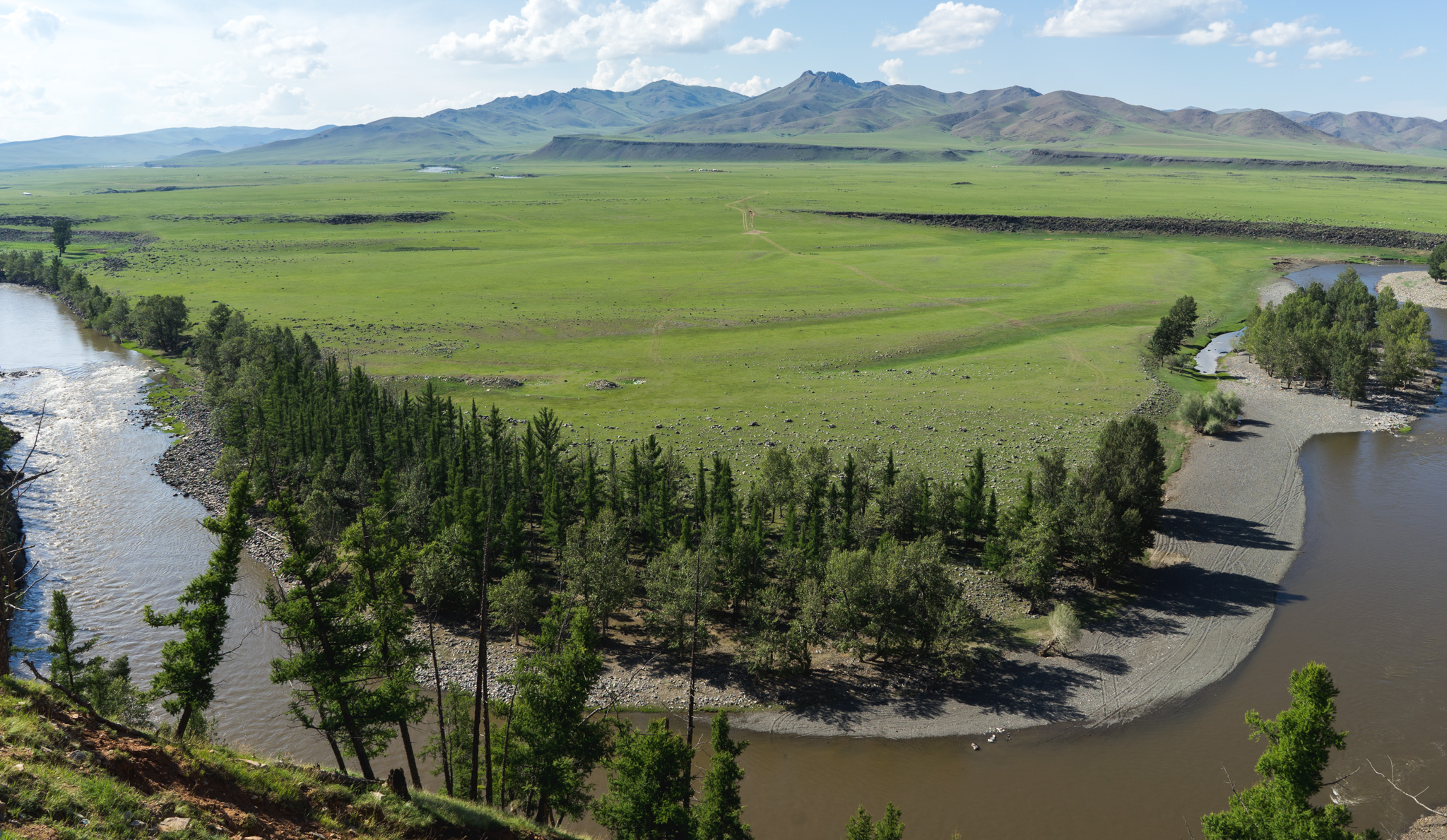
Backpacking the Gobi Desert
31 – Basically all of Southern Mongolia is covered by the Gobi Desert: It’s Asia’s largest desert and is home to camels, massive sand dunes, and a ton of other interesting sights.
This region is fairly accessible from Ulaanbaatar. Dalanzadgad is the capital of the region, and you can get there from Ulaanbaatar by bus in about 10 hours.
The main sights to visit in the Gobi Desert are:
32 – Yolyn Am: Yolyn Am is probably not what you would’ve expected from the Gobi Desert. It’s a deep, narrow gorge that often has snow left in it well into summer months.
When here, you should spend a couple of hours hiking (or horseback riding if you’re confident) through the gorge.
33 – Bayanzag (Flaming Cliffs): The Flaming Cliffs are one of the more famous spots in the Gobi Desert, for good reason! They’re absolutely stunning and make for epic photographs (especially at sunset).
In the 1920s, the first-ever dinosaur eggs were discovered here by an American paleontologist, and a number of subsequent fossil finds have occurred here.
34 – Khongoryn Els: When you think of the Gobi Desert, giant sand dunes probably come to mind. Don’t worry, Khongoryn Els has got you covered!
Some of the dunes are over 300 meters tall, and they go on for over 100 kilometres. Hiking up the tallest dune and watching the sunset was one of my favourite travel experiences.
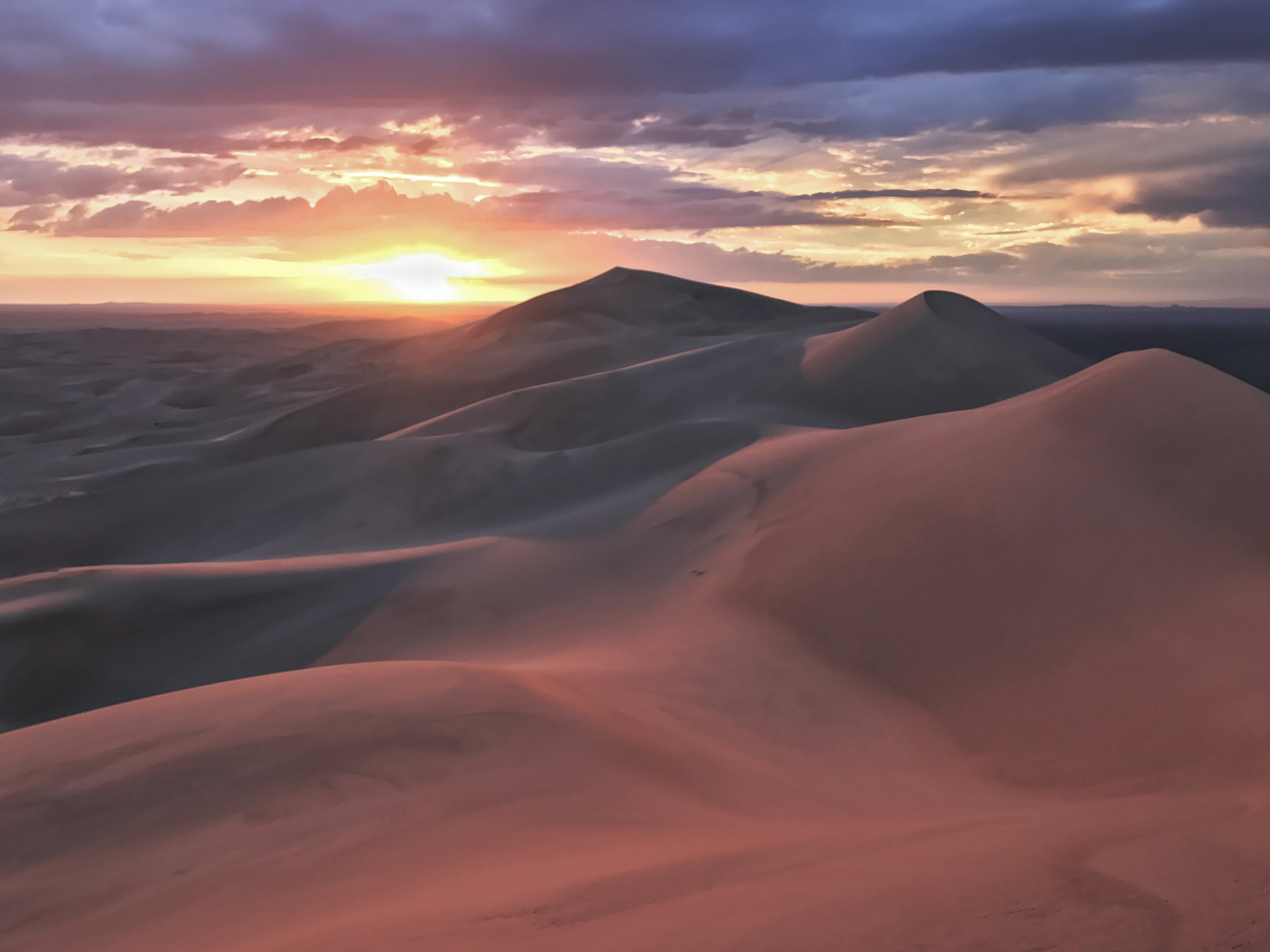
Backpacking Northern Mongolia
35 – Mongolia’s north is home to Lake Khuvsgul, the most beautiful lake in the country: In the northwest of Lake Khuvsgul, the Tsaatan tribe are one of the only remaining groups of nomadic reindeer herders.
Most travel around Northern Mongolia will be based out of the town of Moron. Getting to Moron can take a while – there are buses running from Ulaanbaatar that take about 12 hours, or you can take a flight for around $150 USD.
Visiting the Tsaatan tribe can take some time, requiring a multi-day horse riding journey. If you plan on visiting the Tsaatan, do your research and find an outfitter that places an importance on sustainability and preservation of the Tsaatan culture.
Backpacking Western Mongolia
36 – Western Mongolia is the most remote part of Mongolia: Most travellers will visit this region to journey into the Altai Mountains. Ölgii is the starting town for most adventurers in the region. Ölgii a 48-hour bus ride from Ulaanbaatar, or a short flight.
In early October, the Kazakh inhabitants of the region host the Golden Eagle Festival.
I haven’t visited this region yet, but I plan on making it a large focus of my next trip to Mongolia.
Backpacking Eastern Mongolia
37 – Eastern Mongolia is rarely visited but is home to the birthplace of Genghis Khan: Much of the region is a vast steppe without many interesting tourist sights. If you’ve been to Eastern Mongolia, let me know more about it and I’d love to update this section!
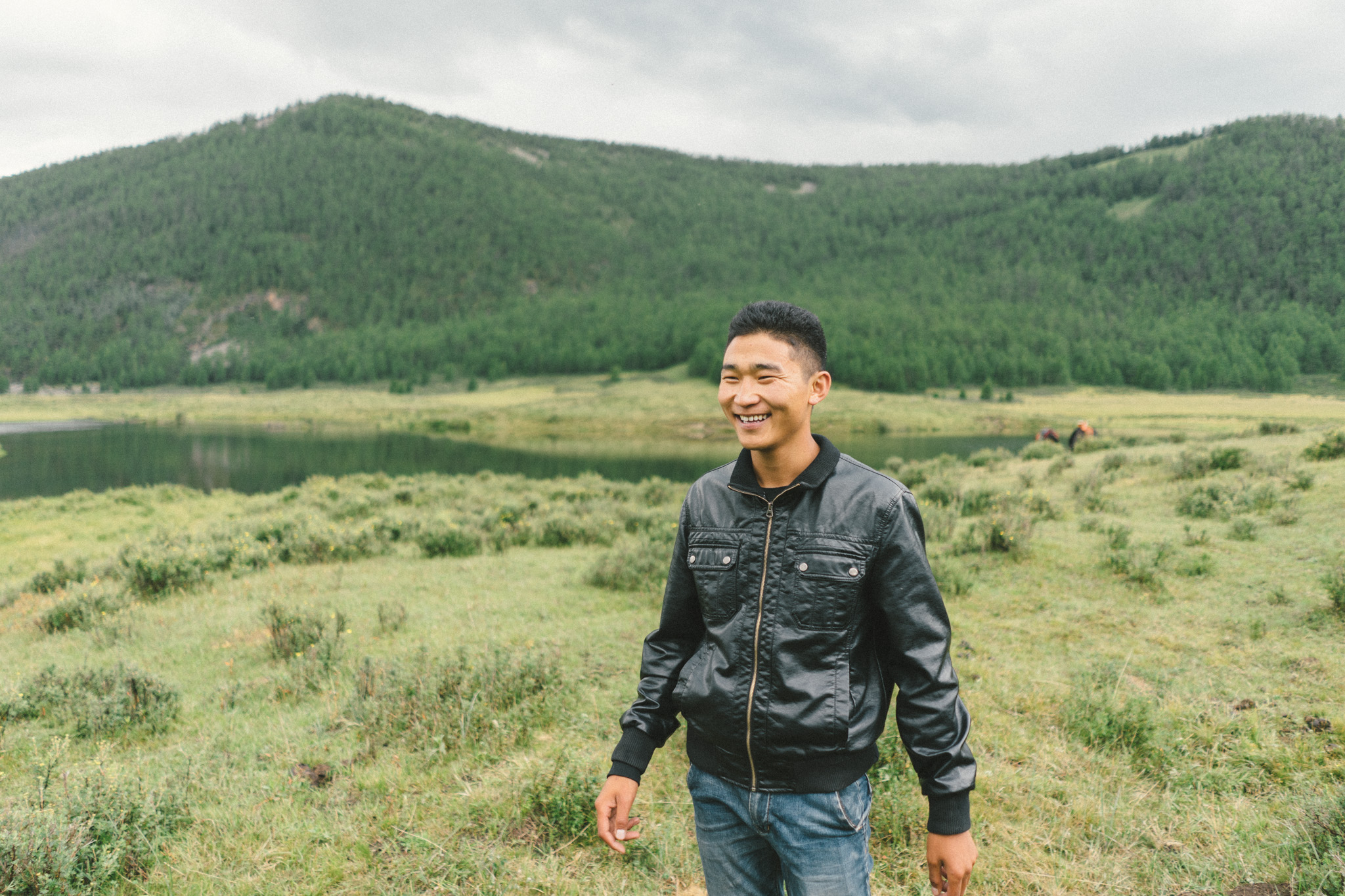
Tours in Mongolia
38 – So, how do you organize a trip in Mongolia?: Before my trip to Mongolia, my biggest challenge was figuring out how I was going to get around the country! Public transportation connects the main regional hubs to Ulaanbaatar, but other than that there isn’t any way of getting around.
All of the incredible sights are hours away from town and require a 4×4 vehicle to reach.
This means that the typical “backpacker” travel style of staying in hostels and taking public transportation doesn’t work here.
39 – Group tours in Mongolia are a great option: Almost every hotel, hostel, and guesthouse in Ulaanbaatar will offer group tours.
An organized group tour in Mongolia will typically include the following things:
- Vehicle and driver
- English-speaking guide
- Accommodation in gers or tents
- Food (not including snacks or alcohol)
- Entrance fees and activities
As you can see, a group tour will include pretty much everything you need!
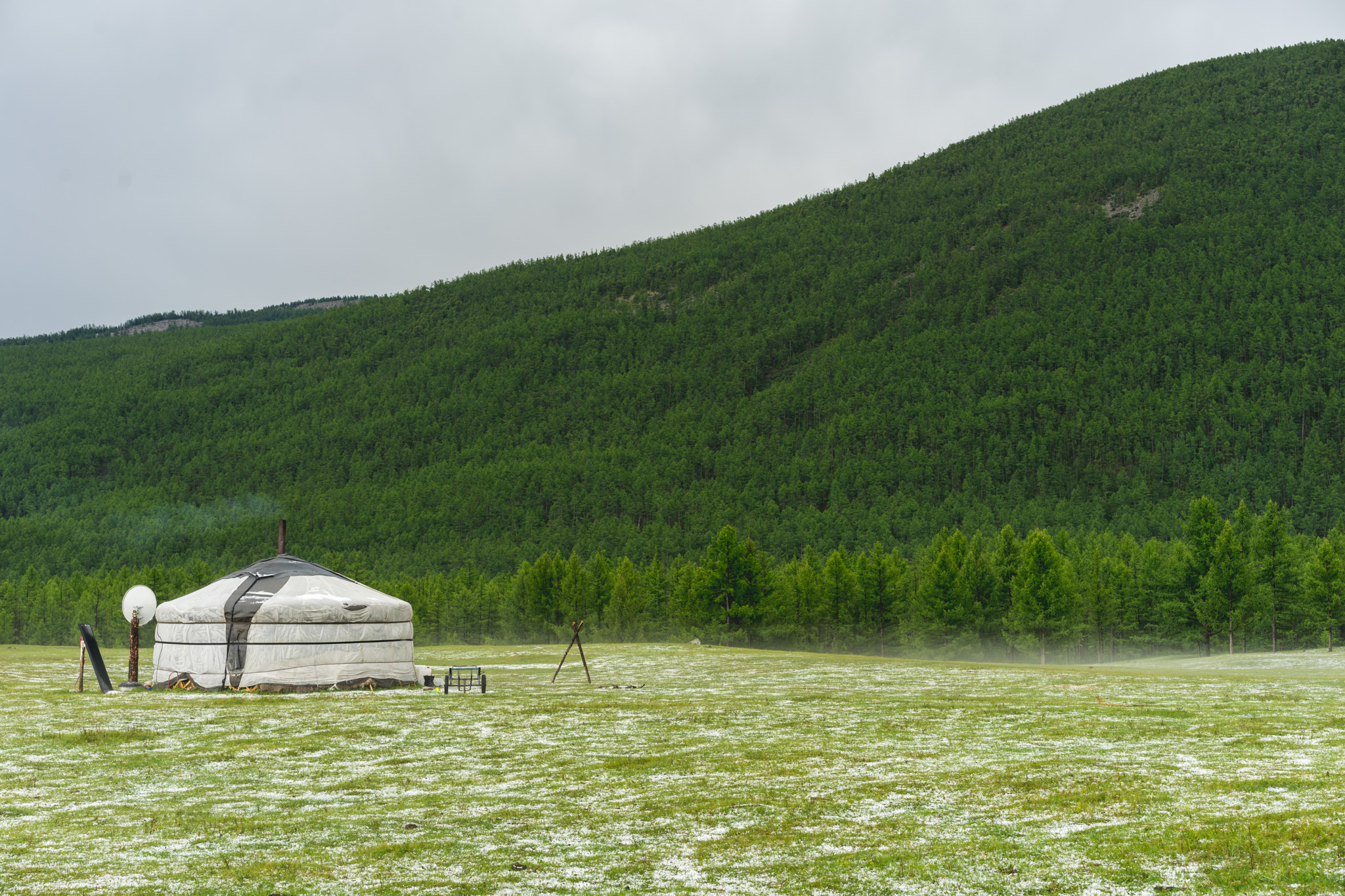
40 – How much do group tours typically cost?: The tour cost depends on the number of people who sign up. Expect to pay between $50-70 USD per day for a group tour that has a few other backpackers on it.
It’s hard to give an exact number, so make sure to budget for the high end to be safe.
When you are in Ulaanbaatar, I’d recommend staying at the Golden Gobi hostel . They’re very well organized and have multiple tours leaving every day in the summer.
Another hostel that I heard good things about is Sunpath Mongolia . If you can’t find the tour you’re looking for, or Golden Gobi is all sold out, consider staying there.
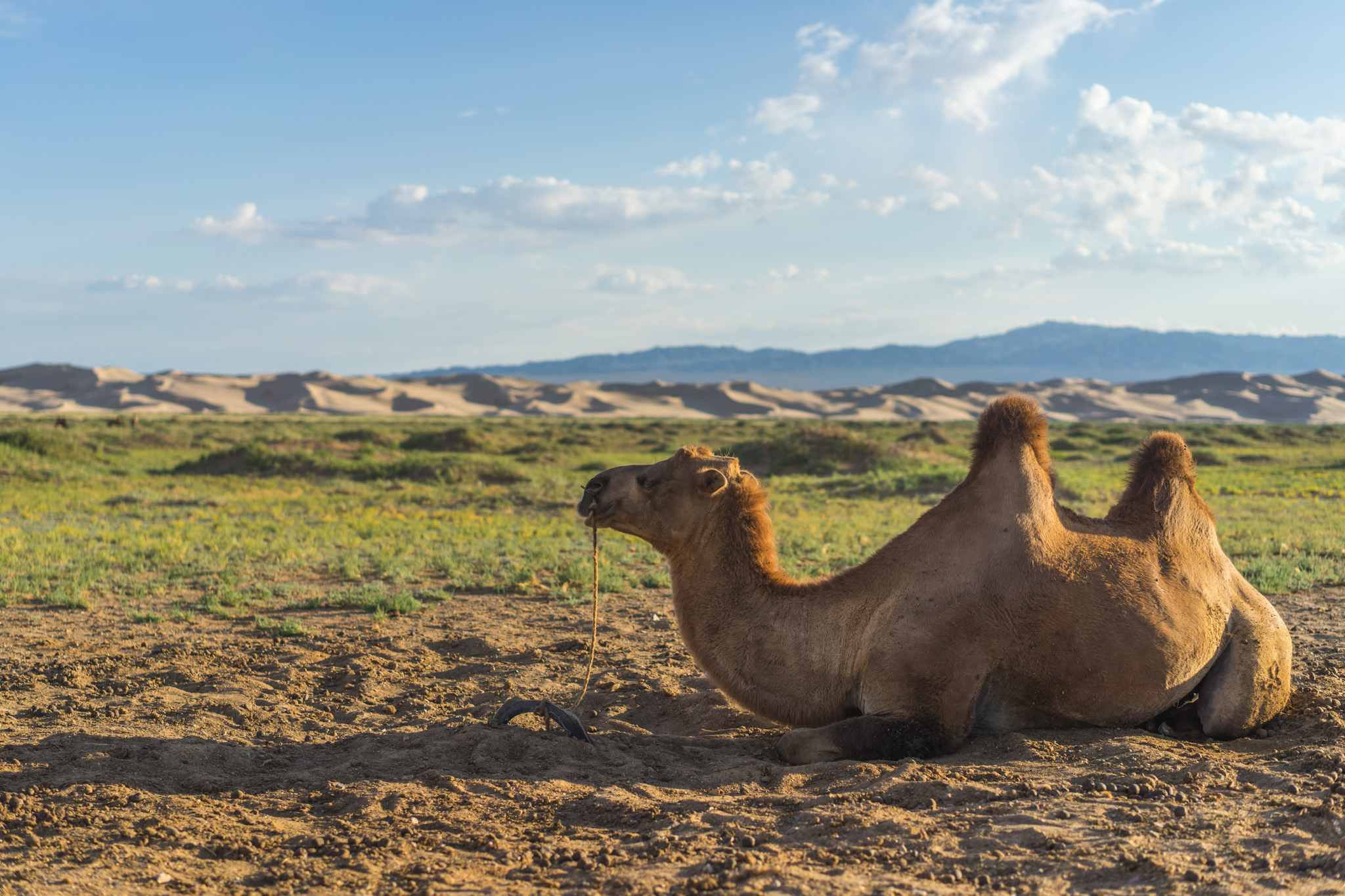
41 – Don’t arrange your group tour from outside of Mongolia: It will cost a lot more. It’s much easier to arrange things on the ground in Ulaanbaatar with any other travellers that you may meet.
Both of the above hostels have many tours leaving each day, so it’s easy to show up and join a group that’s leaving the next day.
Independent travel in Mongolia
42 – Independent travel is also possible, but much more challenging: If you want to independently backpack around Mongolia, you’re gonna need your own vehicle or a lot of cash.
If you have your own vehicle (4×4, bicycle, motorbike, horse), then getting around won’t be too difficult.
Most tourist sights have ger camps that you can pay to stay in, but you’ll need to bring a tent and cooking supplies for the places that don’t have ger camps.
If you don’t have your own form of transportation, you’ll need to hire a private vehicle and driver. Hiring a private vehicle will cost a couple of hundred dollars per day.
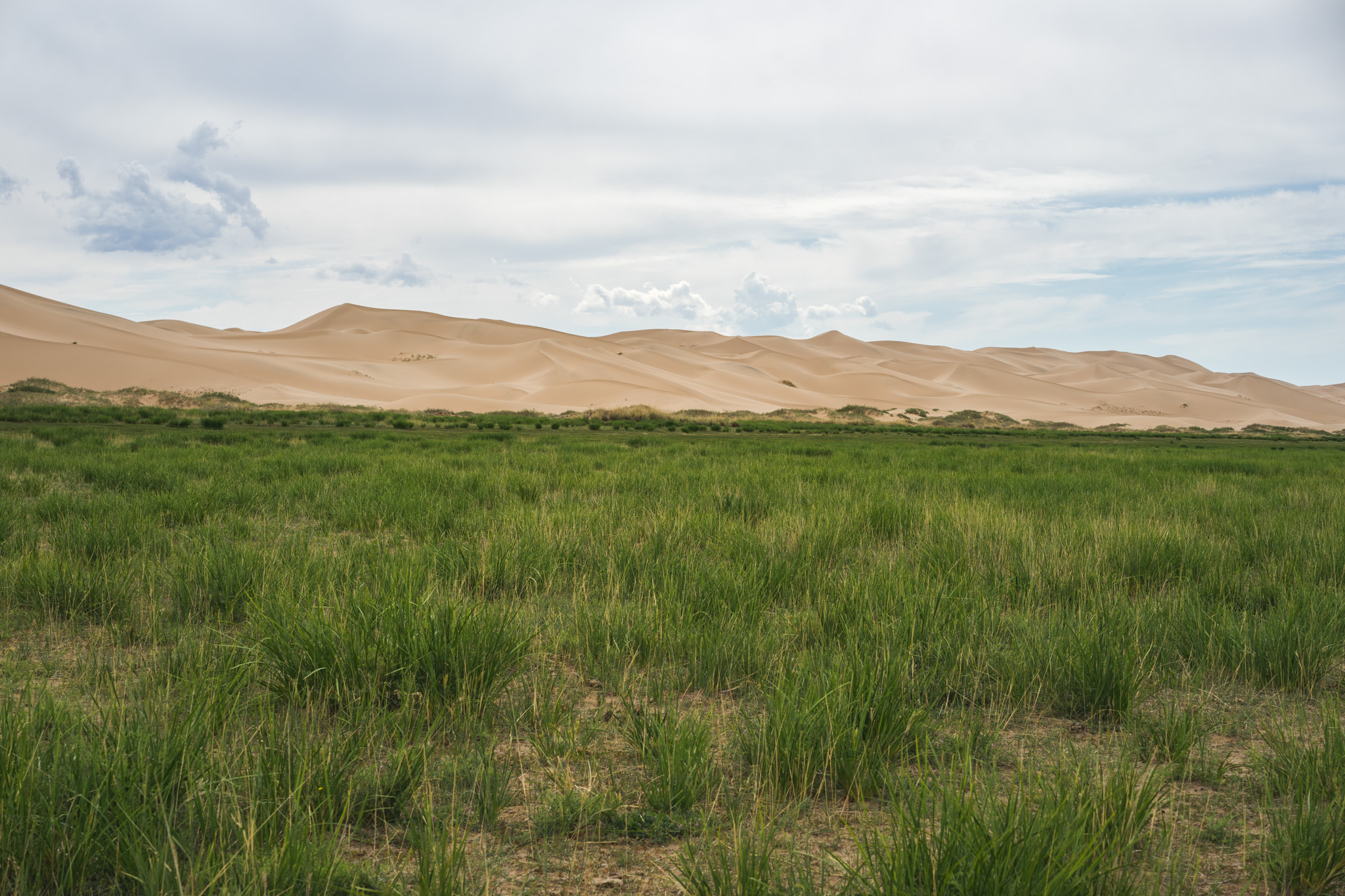
Food in Mongolia
43 – Outside of Ulaanbaatar, food in Mongolia is pretty basic: As many people still live nomadic lives in rural Mongolia, they aren’t able to grow things like fruits and vegetables. Because of this, their diets still consist of mostly meat and dairy products.
Ulaanbaatar has pretty decent options for food, however. There are some good Indian, Chinese, and Korean restaurants if you want some flavour after spending time in rural Mongolia.
44 – You need to try airag when you’re in Mongolia: Araig (called kumis in Central Asia) is a dairy product made from fermented horse milk. It’s sour is very unique, and it’s even got a light alcohol percentage due to the fermentation.
In rural parts of Mongolia, you’ll see people drinking this all the time! It’s served in a bowl, and if you finish your bowl you’ll instantly get a refill.
45 – It can be a bit challenging to travel here as a vegetarian: In Ulaanbaatar, you’ll find a few options for vegetarian-friendly food, but in rural areas don’t expect locals to know what you’re talking about.
If you travel on a tour, you should tell your guide in advance so they can make the appropriate accommodations.

Accommodation in Mongolia
46 – In Ulaanbaatar, all sorts of accommodation are available: Ulaanbaatar is full of hotels, hostels, and guesthouses. It’s up to you to choose which one you’d prefer, but hostels are usually the best bet if you also want to find people to group up with for a tour.
I’d recommend staying at the Golden Gobi hostel . I stayed here both times I was in Ulaanbaatar and arranged my tour through them and had no complaints.
47 – Rural areas have more basic accommodation: When travelling through the rural parts of Mongolia, accommodation will either be in basic homestays, ger stays, or camping. If you travel with an arranged tour, they’ll sort all of this out for you. Most places like these aren’t displayed online anywhere.
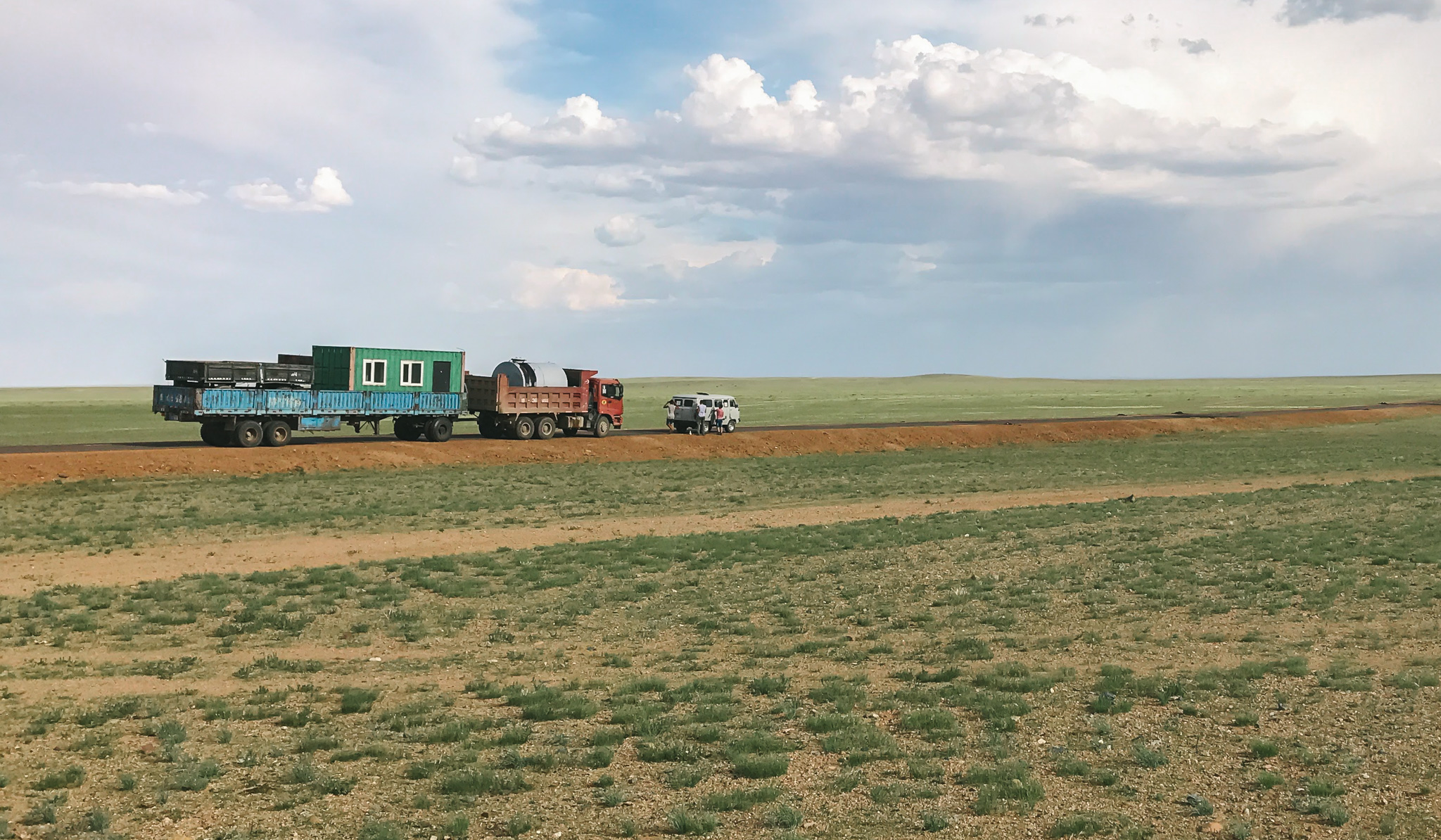
Transportation in Mongolia
48 – Getting around Mongolia takes a long time: Unless you’re travelling between a large town and Ulaanbaatar, there aren’t really paved roads in Mongolia. This makes getting around take forever.
49 – There is a decent bus network: There are buses running between Ulaanbaatar and all of the major towns, although these all take a long time. Getting from Ulaanbaatar to Khovd in Western Mongolia can take upwards of 40 hours.
50 – Hitchhiking is also possible: Although be prepared to be patient. Hitchhiking on main roads is doable, but if you want to go to touristy sights it will be rather difficult as there isn’t any local traffic.
51 – Flying long distances is a good idea: If you want to avoid taking a 40-hour bus ride from Ulaanbaatar to Khovd, there are some domestic airlines in Mongolia that fly routes such as that one. It isn’t the cheapest option, but it is your best bet if you’re short on time.

Mongolia Travel Itineraries
Mongolia 1-week itinerary.
With a week in Mongolia, you’ll want to stick around the Ulaanbaatar area.
Spend a couple of days in Ulaanbaatar visiting its main sights, and then head to the Gorkhi-Terelj National Park. I’d recommend spending a few nights here, you’ll get to stay in a ger, try fermented horse milk, and go horseback riding.
If you arrange a driver with your hostel in Ulaanbaatar, you could also take a trip to the ancient capital of Karakorum. It’s a good 5-6 hour drive from Ulaanbaatar, so plan accordingly. I’d only recommend this if you’re really info Mongolian history, as there isn’t much else to do in Karakorum.
Mongolia 2-week itinerary
Two weeks is the perfect amount of time to check out Ulaanbaatar, Central Mongolia, and the Gobi Desert.
A typical tour of Central Mongolia and the Gobi departing from Ulaanbaatar will take about 12 days, and you’ll get to spend time in all the major sights.
For info on arranging a tour like this, see the Group tours in Mongolia section above.
The Gobi and Central Mongolia offer a perfect intro to the country and are what I’d recommend for a first-time visitor.
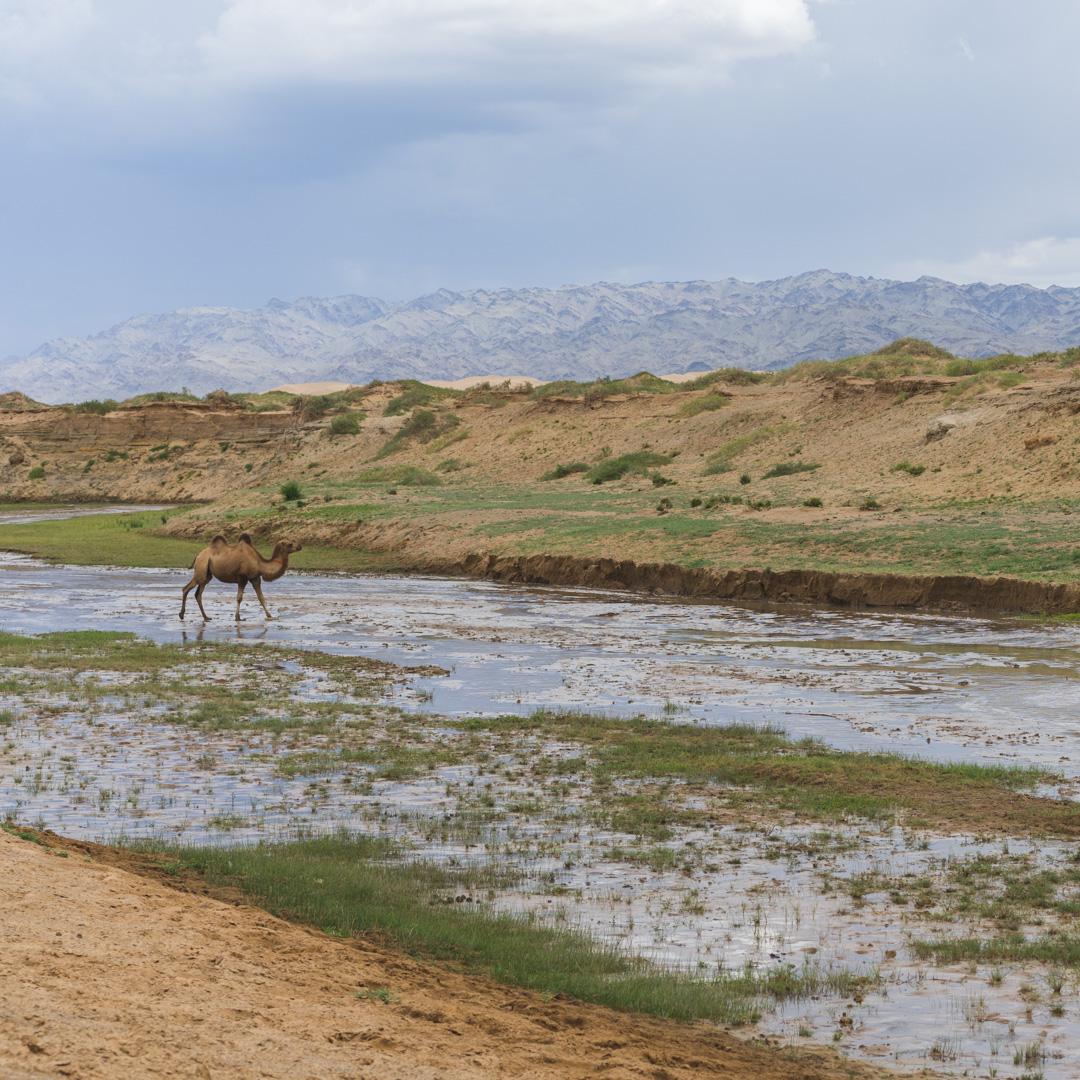
Mongolia 3-week itinerary
With three weeks, you’re able to add on another region to the above itinerary. Northern Mongolia would make the most sense, as you’re able to drive there pretty easily after visiting Central Mongolia.
A week in Northern Mongolia probably won’t be enough time to go and visit the Tsaatan people, so plan for a longer amount of time in the north if this is something you wish to do.
Mongolia 1-month itinerary
A month in Mongolia – I’m jealous! With this amount of time, you could make it all the way out to the western part of the country. You’ll be able to go hiking in the Altai mountains and meet the Kazakh people that inhabit that area.
Western Mongolia will take up about two weeks (the exact amount of time depends on if you fly or bus there). For your other two weeks in the country, consider checking out the Gobi and Central Mongolia. You’ll also probably want to plan some rest time in Ulaanbaatar.
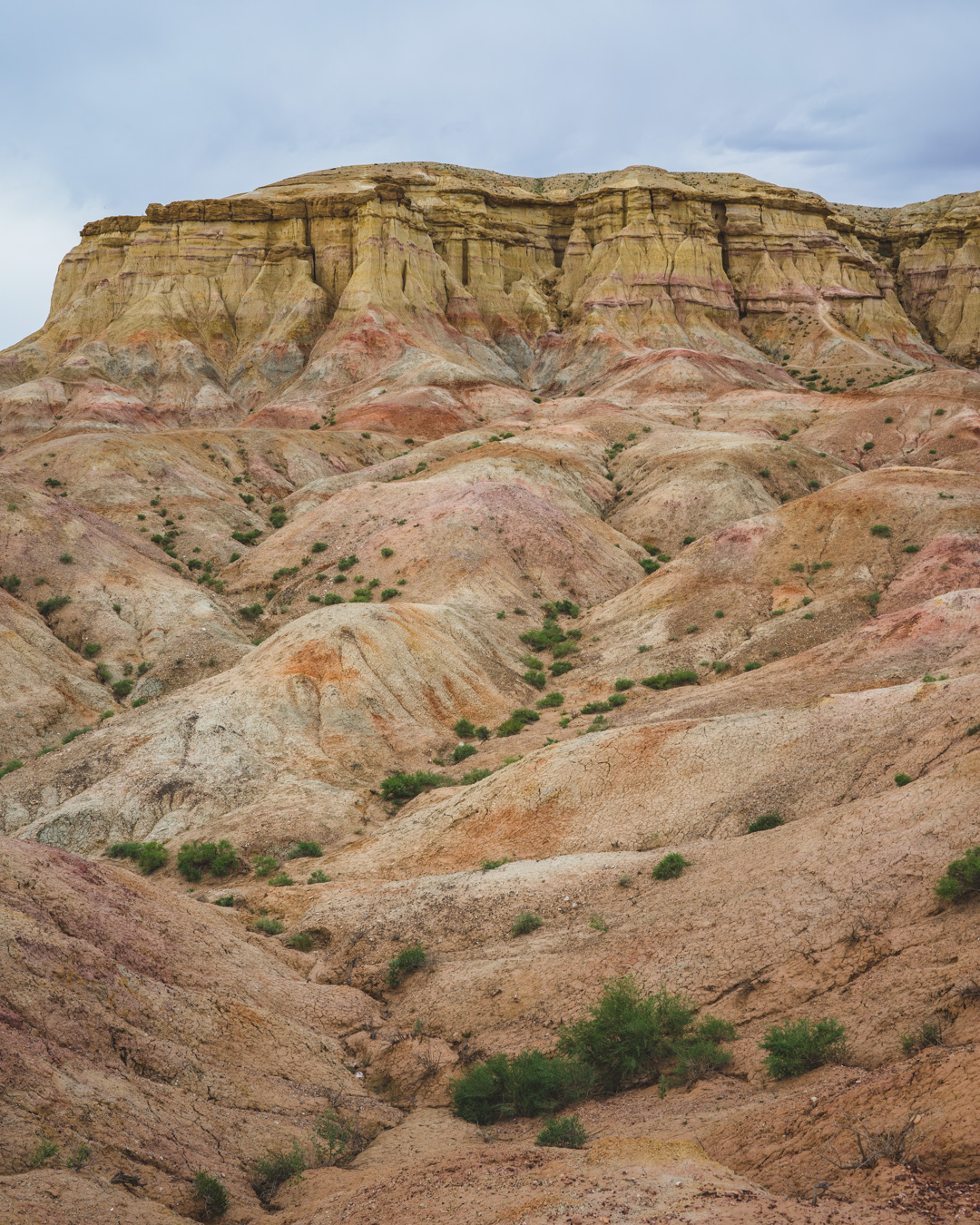
When to visit Mongolia
52 – Mongolia can be visited year-round: But.. you’ll have a vastly different experience in the summer than you would have in the winter. For most people, the best time to visit Mongolia is in summer, but let me go over the pros and cons of the different seasons.
53 – What is Mongolia like in the winter?: Unless you like -30°C weather, it’s probably best to avoid visiting Mongolia in the winter (November to March). If you do visit Mongolia in the winter, dress warm and you’ll experience a Mongolia that few other backpackers do!
Be warned – in the winter, Ulaanbaatar becomes one of the most polluted cities on Earth due to wood-burning heating.
54 – What is Mongolia like in the spring?: In the spring (April to May), weather can still be unpredictable and roads can be quite muddy as the snow is still melting.
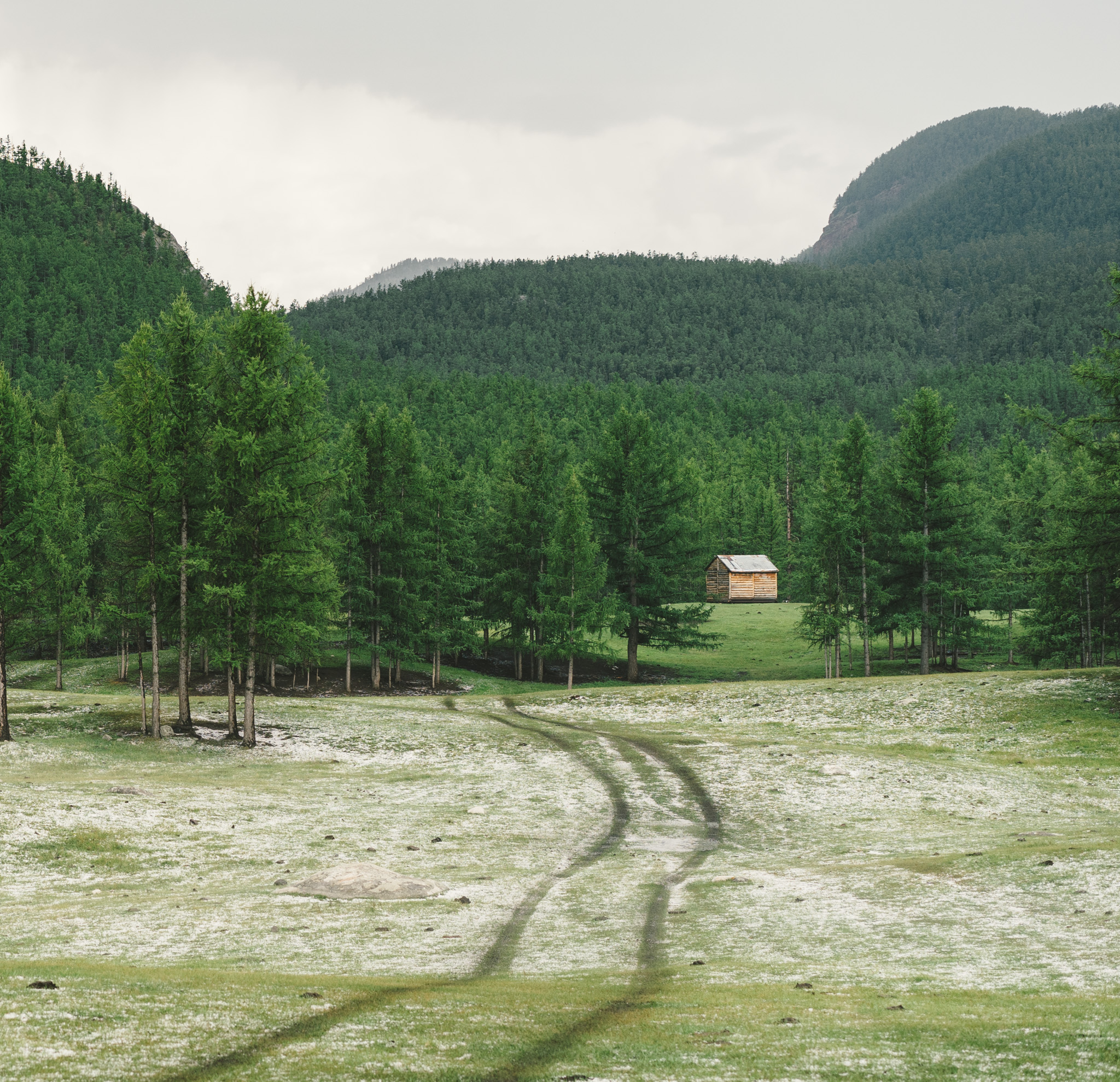
55 – What is Mongolia like in the summer?: Mongolia’s summer lasts from June to August and is definitely the best time of year to visit Mongolia. In the summer, the steppes will be green and the skies will be blue (for the most part). Still, be prepared for any type of weather.
I backpacked around Mongolia in August, and when I was in the Gobi Desert climbing the Khongoryn Els sand dunes, it started pouring rain. Later on, I was in the Orkhon Valley and we were hit with a hail storm that covered our ger in ice. Be sure to bring gear for any sort of situation.
In late July/early August, the Naadam festival takes place all over the country. It’s an incredible experience that shouldn’t be missed!
56 – What is Mongolia like in the fall?: In the fall temperatures begin to drop, but gorgeous fall colours help make up for it. After summer, fall is probably the best time to visit Mongolia.
If you’re in Mongolia in early October, try to make it out for the Golden Eagle Festival in Ölgii.
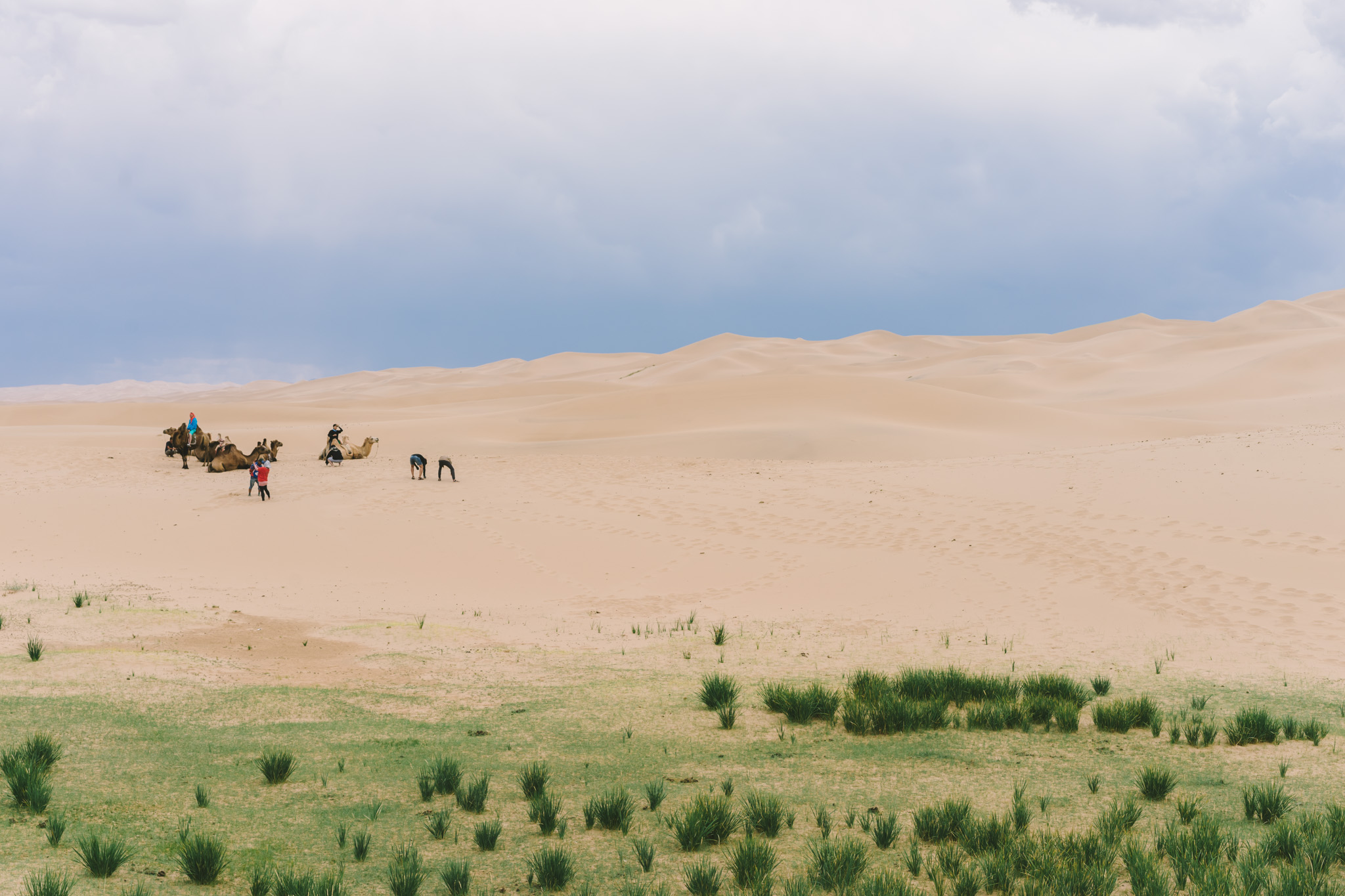
Travel Costs in Mongolia
57 – How much does it cost to backpack in Mongolia?: Well, Mongolia lies somewhere in the middle of the budget range. It’s more expensive to travel in than places like Vietnam or India, but cheaper than Japan or Korea. Due to its massive size and low population, a tour is pretty much required to see anything outside of Ulaanbaatar.
To be safe, budget between $50 and $70 per day in Mongolia if you plan on taking a group tour.
If you’re just visiting Ulaanbaatar, costs will be much lower. A hostel dorm bed (Again, I recommend the Golden Gobi ) will be less than $10 USD, and you can eat at local restaurants for only a few dollars.
Check out the State Department Store if you need to do any shopping – they have everything from camping gear to televisions.
Internet & SIM Cards in Mongolia
58 – In the countryside, internet access is non-existent: As most of Mongolia is extremely sparsely populated, expect to be offline most of the time while you’re travelling in Mongolia.
59 – What about in Ulaanbaatar and larger towns?: WiFi isn’t great, but I recommend picking up a local SIM card from either MobiCom or Unitel . With one of these local SIM cards, you’ll have 4G coverage in Ulaanbataar and quite a few towns around the country. You can purchase a SIM at any of the MobiCom or Unitel shops – just be sure to bring your passport.
Basic data packages are quite cheap – you can get about 10GB of data for around $5.
For detailed info about the different plans offered by the telecoms, check out the Mongolia Prepaid SIM Card Wiki.
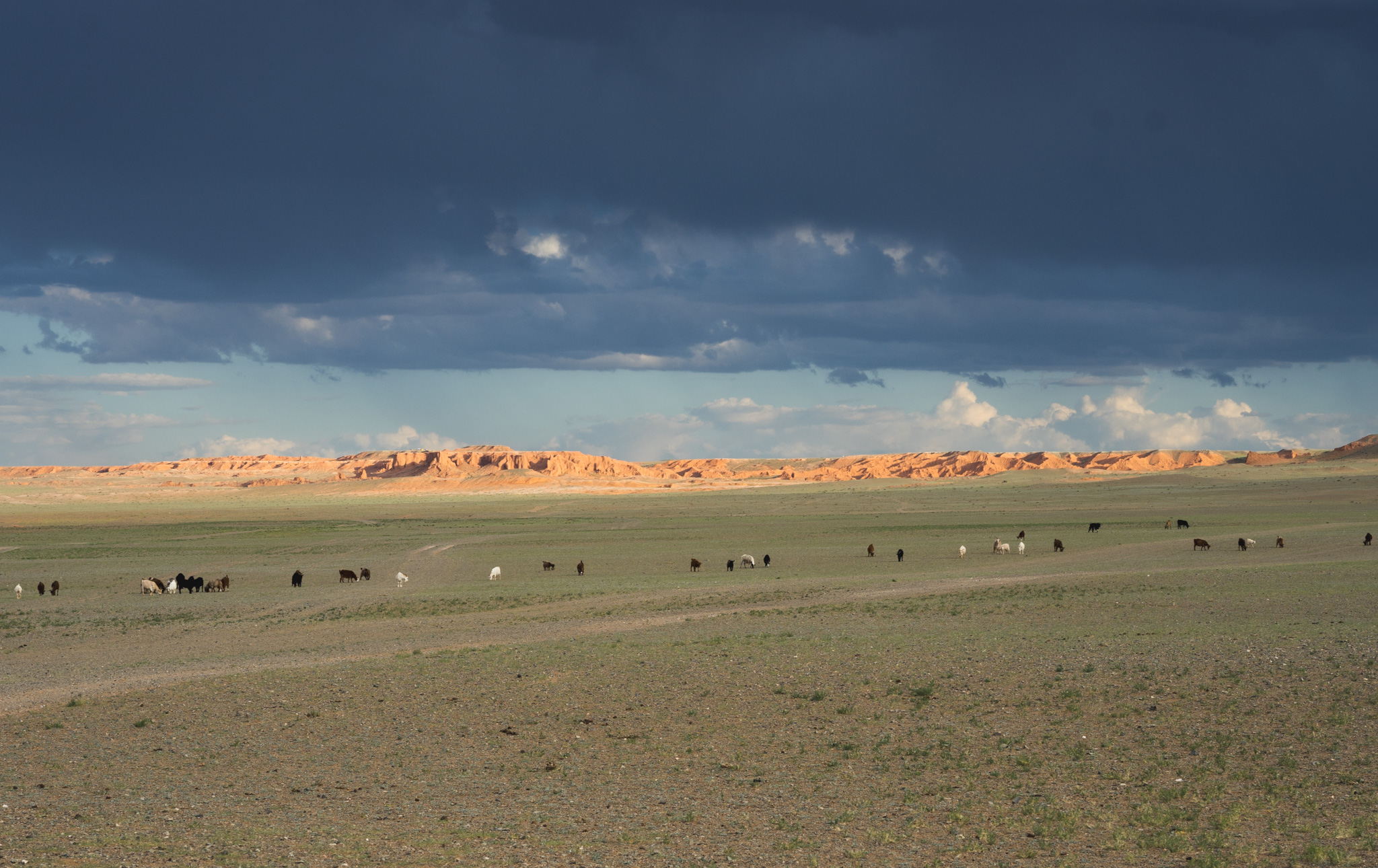
Solo Travel in Mongolia
60 – It’s easy to meet other backpackers in Ulaanbaatar: Before my trip to Mongolia, I was a bit worried about going solo. I was worried that I wouldn’t be able to find any other travellers who wanted to visit the same places as me, and therefore worried that I would be stuck paying a lot more money for my tour.
Fortunately, it’s super easy to find people to split your tour costs with in Ulaanbaatar. As long as you don’t plan on going wayyy off of the beaten path, you’ll be able to find someone. Most hostels in Ulaanbaatar communicate with each other, so they’ll ask the other hostels if they have anyone with your same plans and put you in contact.
Don’t worry about heading to Mongolia solo – you’ll be able to meet other travellers and make some new friends!
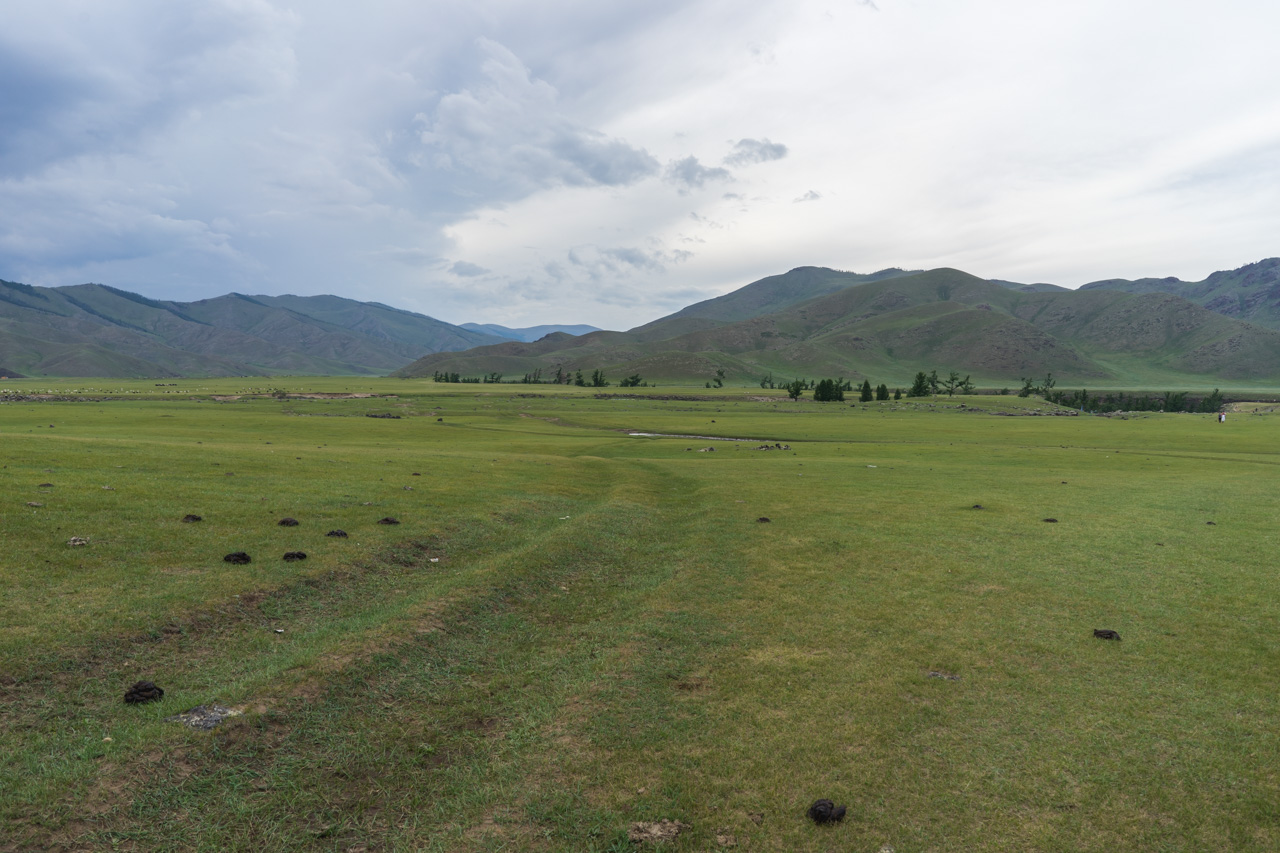
Female Travel in Mongolia
61 – Mongolia is a great destination for female travellers: Mongolia is a safe destination for female travellers, and you’ll definitely find plenty of others there.
You’ll need to be careful to dress somewhat conservatively and follow the female safety practices that you would anywhere else. Avoid heading out alone in the dark (in Ulaanbaatar), and you will be fine.
Here’s some great info on female travel in Asia – be sure to check it out if it’ll be your first time in Asia.
Travelling in Mongolia Wrap-Up
And that’s it for my guide to travelling in Mongolia! I hope this helped you plan your Mongolia adventure.
If you’ve got any questions about backpacking in Mongolia, feel free to ask me!
Remember to check out my guide to getting from Beijing to Ulaanbaatar , if you’re planning on taking that route.
I’ve also got a few other comprehensive backpacking guides – feel free to check them out if you’re planning a trip!
- China Backpacking Guide
- Pakistan Backpacking Guide
- Wakhan Corridor Travel Guide
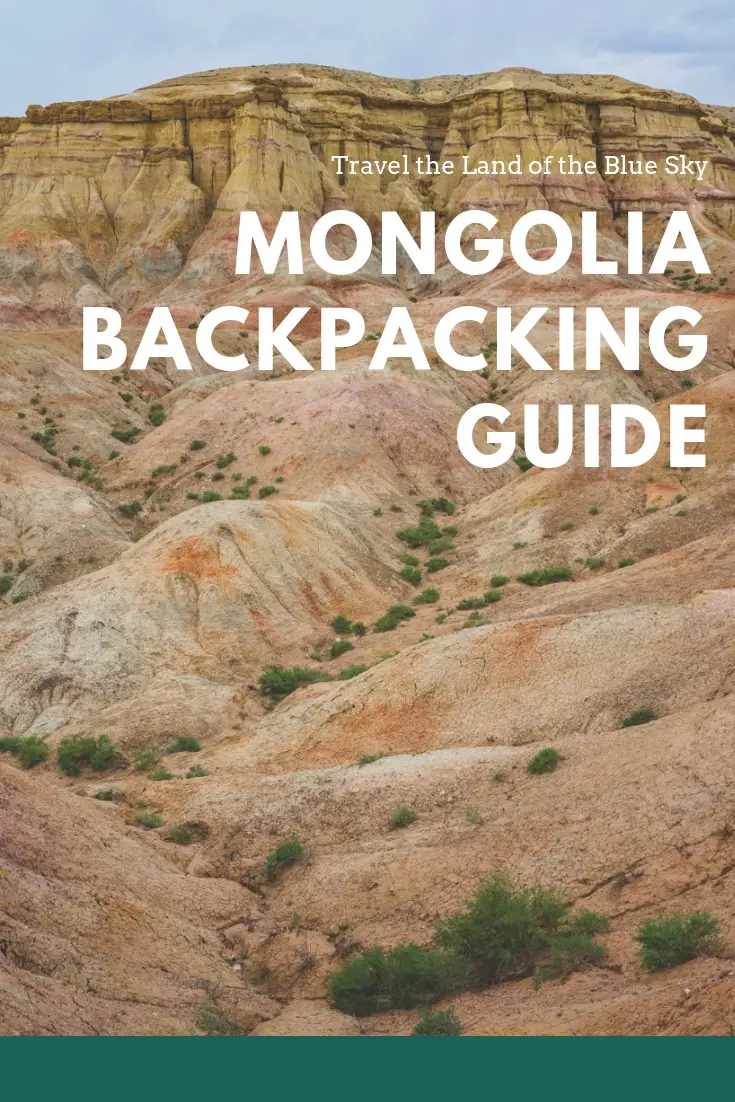
Yay transparency! There are affiliate links in this guide. If you book or buy something using my links, I’ll make a bit of money at no extra cost to you.
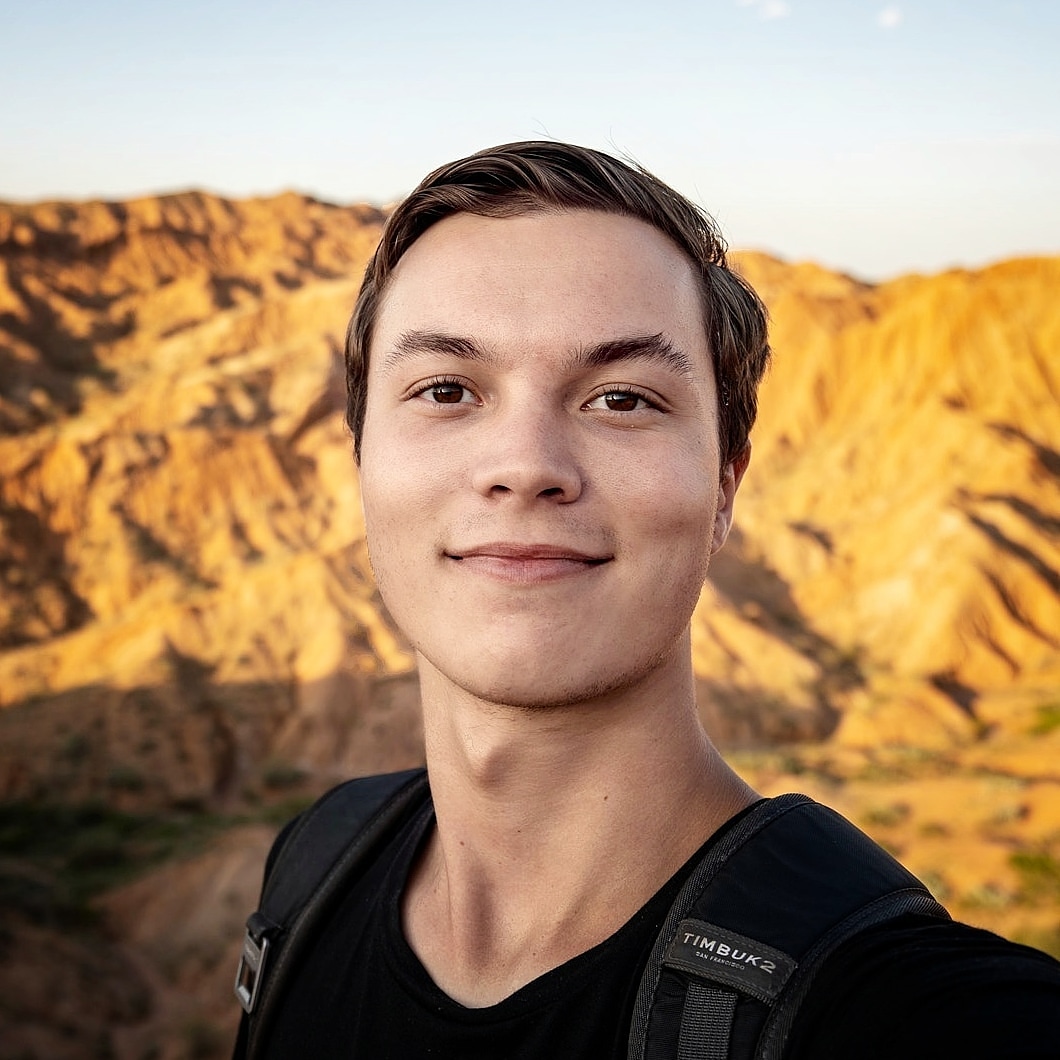
21-year old Canadian dude who loves to visit off-the-beaten-path places, climb tall mountains, and try delicious foods.
Read more about me
Want more like this?
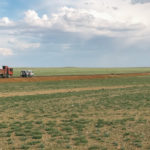
Leave a Reply Cancel reply
Your email address will not be published. Required fields are marked *

The Ultimate Mongolia Travel Guide 2024
From the best time of year to visit to how to get a SIM card and where to register with immigration , these are the important things to know as you plan your trip to Mongolia.
- April 9, 2020
- Updated: January 24, 2024
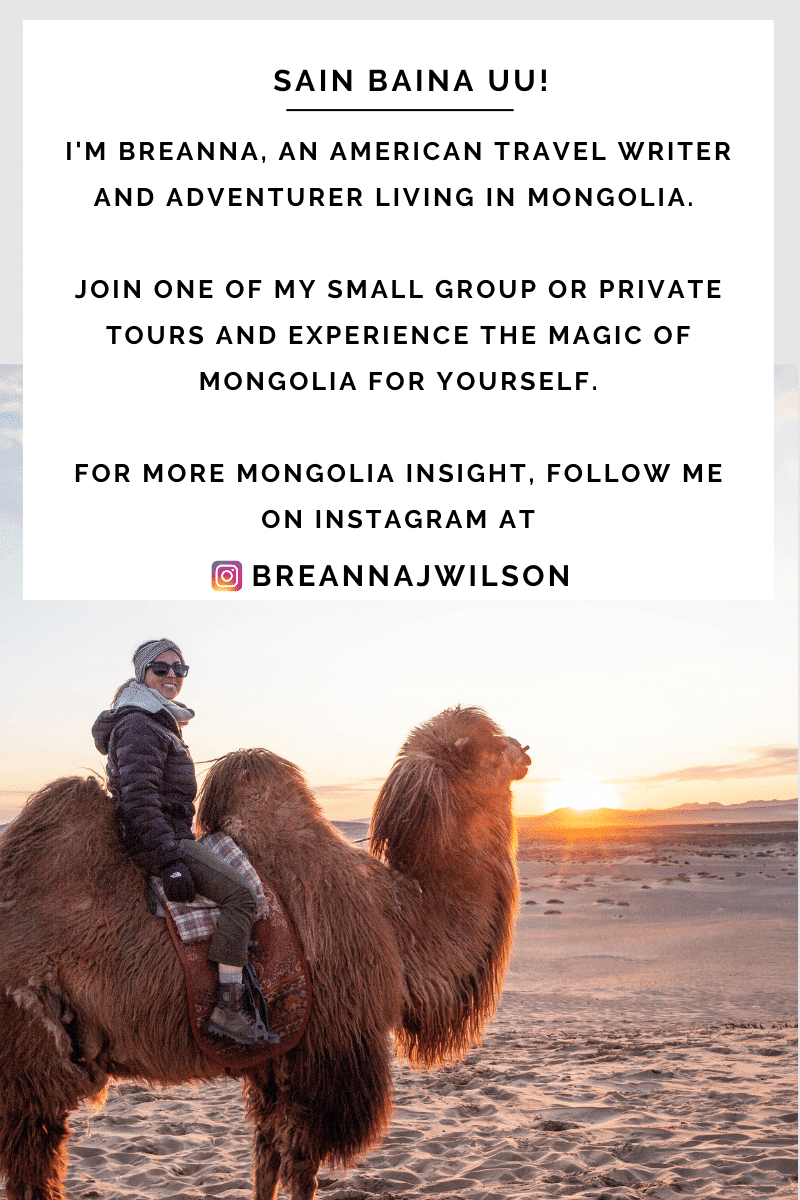
Live with an Eagle Hunter Family During this Eagle Festival Tour 2024

What is Mongolian Traditional Mounted Archery?
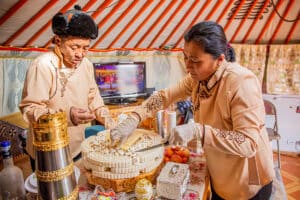
Mongolian Lunar New Year and Shambala Winter Tour 2025
Table of contents.
When I say I love living in Mongolia, I mean it with every part of my heart and soul. It was after coming here in 2018 as a tourist to join a Mongolia tour and experience the local culture that I remember thinking, this place can’t be real.
It turned out to be the best way to experience Mongolia I could have asked for. That short trip made me realize the Mongolian steppe is one of the last truly untouched places in the world for nature lovers and true adventure seekers.
Nomadic families really did still live of the land, and their herds, the same way they have for thousands of years. Talk about sustainable.
In fact, 25% of the Mongolian population still lives this way. That’s a huge percentage in a country of just over 3.2 million.
However, it wasn’t just the Mongolian countryside that I fell in love with. After coming back and living a summer in Ulaanbaatar (also written as Ulan Bator), Mongolia’s capital city, I knew this was the country, and the place for me.
It’s by no means easy living here. This is not the United States, where everything runs smoothly. Language barriers are a thing, credit cards always have issues (especially Mastercard), and you really need to get used to Mongolian time. Whether you want to or not.
In the end, I’ve learned it’s better not to resist this style of living and just go with the flow. It’s probably the only reason I’ve made it this long here. Living here has taught me a lot about patience, compassion, and myself. Things living in Los Angeles, New York, and growing up in Pittsburgh couldn’t do in 32 years.
Because, when it comes down to it, Mongolia is a tough place to be as a foreigner among the local people. When I moved here, there was no information on how to navigate the the city, let alone rural Mongolia. I’m talking, nothing! I had to become my own local guide.
Not just for people crazy enough to move here like me, but for travelers, too. The type of people willing to travel more than 24 hours to a place where they usually have no idea about the chaos they are about to encounter. The kind of people who book a tour but the tour company could be real and you could have the adventure of the lifetime, or it could be a complete scam. The people who just go for it with fearlessness without ever looking back. Those are my people. You are my people.
So, I hope this Mongolia travel guide, along with the other guides on this Mongolia travel blog give you the insight and information that wasn’t available to me when I first came here. That these articles will help you navigate Ulaanbaatar like a local and Mongolia like a travel pro.
As always, if you need help planning an itinerary or have more specific travel questions, you can always book a 30-minute travel consultation with me. There’s nothing I love more than talking about Mongolia and getting people excited about visiting.
When is the Best Time of Year to Visit Mongolia?
Summer is the best time of year to visit Mongolia and is considered peak season. June, July, and August are beautiful months with a great deal of things to see and experience. This is when most tourists visit Mongolia, so you can expect peak rates, sometimes crowded natural landmarks and museums, and full flights.
The average summer temperature in Mongolia is between 25° and 32° C, with cold nights. You can comfortably wear t-shirts during the day and a light jacket when it gets dark. Dust storms are common in the summer season, especially when you’re on the wide-open plains.
Keep in mind that if you visit areas in the north or west, at higher elevations, temperatures will be lower than this. If you visit places in the south, particularly the Gobi Desert, temperatures will be much higher. Temperatures in the Gobi Desert average 40° C, and higher, in June, July, and August.
If you plan to visit Mongolia in the summer, especially in July, book your tours, hotels, and flights no later than March. July is the busiest month for tourism in Mongolia thanks to the Naadam festival. Hotel rates in Ulaanbaatar are even known to double in price between July 10 and 12, when the Opening Ceremony takes place in the city.
Naadam is the biggest and most important festival of the year and visiting Mongolia during Naadam gives you the best of Mongolia, and Mongolian culture, in just a few short days. The festival always takes place in July, with the National Opening Ceremony always being held in Ulaanbaatar on July 11. Thus, the high hotel rates in the city.
It’s during Naadam when you can watch wrestling, horse racing, and archery competitions big and small across the country.
Here are some other great things to see and experience when visiting Mongolia in June, July, and August:
- Annual Naadam Festival
- PlayTime Music Festival
- Spirit of Gobi Music Festival
- Tenger World Shaman Festival
- Mongol Derby
- Monkey Run Mongolia
- Free Daily Cultural Shows in Ulaanbaatar
- Polo Matches at the Genghis Khan Retreat and Polo Club

What to Expect When You Visit Mongolia in Fall, Winter, or Spring
While summer is the most popular, and best time to visit Mongolia for many reasons, fall, winter, and spring shouldn’t be immediately ruled out. Here are a few reasons why.
Personally, fall is my favorite time to be in Mongolia .
Tourism starts to die down at the end of August as school starts and the weather starts to get a bit chillier and days shorter. This is the time when most nomadic families begin to prepare for the cold winter months ahead, which makes it an especially interesting time to visit. You can help families move to their winter camps, either by truck, camel, or yak, and help tear down and build their gers (homes) with them. It’s a special time to bond with families and feel like you’re being useful. The worst is when you go somewhere and feel like they’re just putting on a “show” for tourism reasons. This isn’t that. I can promise.
September is also the time when the landscape turns a beautiful golden hue. Trees turn bright shades of yellow, orange, and red, and snow starts to cover the mountain tops.
Because of all these things, traditional ger camps begin closing up for the season at this time. This is usually to traveler’s benefits because it means you can find great deals on nightly rates before they do.
Then, when October hits, it’s time for the famous Golden Eagle Festival .
The festival is extremely popular with tourists, so be sure to make your arrangements if you want to attend as far in advance as possible. I would recommend making your arrangements before June. Especially since securing flights from Ulaanbaatar to Ulgii can be tricky and confusing. For this I also recommend hiring a local tour company to make all your arrangements.
The annual Golden Eagle Festival is always held the first weekend in October .
Here are some other great things to see and experience when visiting Mongolia in September, October, and November:
- Sagsai Eagle Festival
- Golden Eagle Festival
- Ulaanbaatar Jazz Week
Don’t let the idea winter in Mongolia intimidate you. Yes, temperatures do reach -30° C. And yes, Ulaanbaatar is officially the coldest capital city in the world . But it’s because of these things Ulaanbaatar, and Mongolia, are something special to see and experience during December, January, and February.
While temperatures do drop to around -30° C, you can still do things like visit and spend the night in a yurt with a nomadic family out in Gorkhi-Terelj National Park. Out there, you can go horseback riding on Mongolia’s famously wild horses, and even dog sledding through the winter wonderland that has become the snow-covered countryside.
Or, better yet, head down to the Gobi Desert, one of the only deserts in the world where snow can lay across the dunes covering them in a sea of white. This is the perfect time to experience the natural beauty of the Mongolian desert, but with fewer crowds.
Alternatively, Tsagaan Sar , or Mongolian Lunar New Year, happens in February and is a unique way to experience a Mongolia relatively free of other tourists.
The holiday marks the first day of spring and a time when Mongolians take the time to visit each of the elders in their family, bringing gifts and sharing a meal. This is a special time for Mongolians to celebrate with family and look forward to new beginnings.
Here are some other great things to see and experience when visiting Mongolia in December, January, and February:
- Ulaanbaatar’s Christmas Markets
- New Year’s Eve Celebrations
- Tsagaan Sar (Lunar New Year)
- See the Gobi Desert Covered in Snow
- Dog sledding on Lake Khusvgul
- Ice Fishing
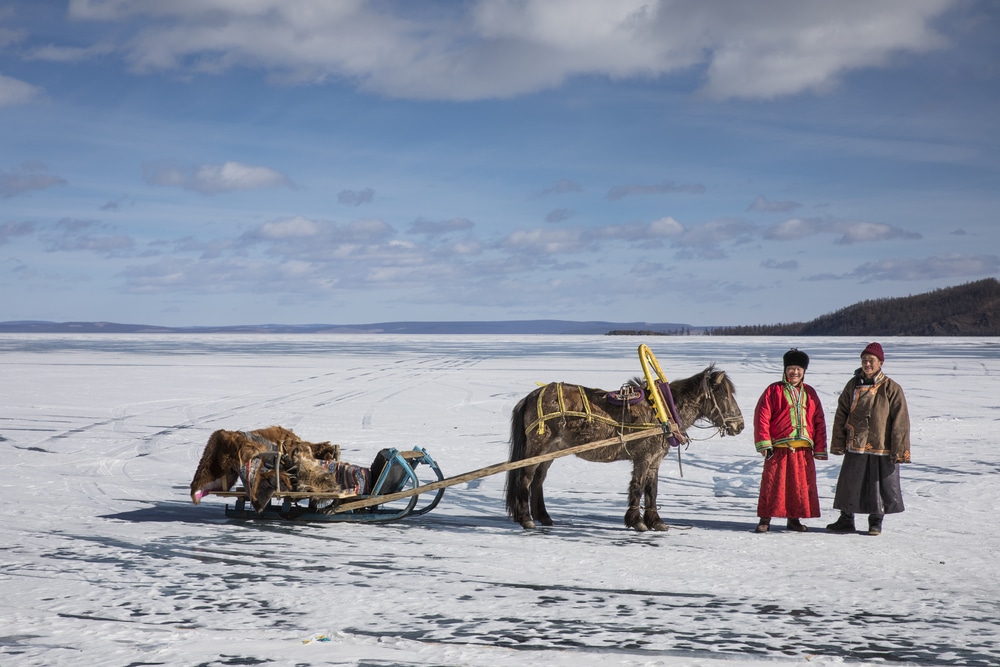
While most people think of spring as a time when temperatures start to warm up, flowers begin to bloom, and life returns to nature, spring in Mongolia isn’t quite that. In fact, spring is still uncomfortably cold and you should probably just think of spring in Mongolia as winter-lite.
Blizzards can still occur in May, which locals refer to as dzud (or zud, a natural phenomenon that kills off a large portion of herds from starvation since they aren’t able to graze), and it’s still a harsh time in the country as locals start to run out of winter rations and look forward to warmer summer months.
However, as is usually the case in Mongolia, the brave are rewarded with two very cool festivals that make a trip to Mongolia in the spring worth it.
The annual Camel Festival is held each March in the Gobi Desert.
During the festival, there are camel polo matches, camel races, and friendly competitions among the local camel breeders. Mongolia is one of the few places in the world where you find Bactrian (two-hump) camels, and the Gobi Desert one of the only deserts in the world where snow accumulates. Making a trip down to the desert during this time is actually quite a magical experience.
Also in March, the annual Ice Festival is held on Lake Khuvsgul, the world’s second-largest freshwater lake. The lake is completely frozen over and is strong enough to drive cars over and host an entire festival on.
And yes, this region bordering Siberia will be every bit as cold as you’d expect it would be, so don’t come unprepared. A fur-lined winter deel (traditional Mongolian robe) probably wouldn’t be a bad investment. You can have one custom-made in Ulaanbaatar as soon as you land.
Here are some other great things to see and experience when visiting Mongolia in March, April, and May:
- Camel Festival
- Ice Festival
- Ulaanbaatar Eagle Festival
Finding a Cheap Flight to Mongolia
Check the cheapest rates to Ulaanbaatar on CheapOair.com below.
The best direct flights to Mongolia are on the following airlines:
- Mongolian National Airline (MIAT)
- Turkish Airlines
If you’re traveling from the U.S., your two best options are via Istanbul on Turkish Airlines or via Seoul on Korean Air. I usually recommend traveling via Istanbul if you’re departing from the east coast and via Seoul if you’re departing from the west coast.
Turkish Airlines is my personal preference and I’ve never had an issue with them. I particularly like Turkish Airlines right now because they have a layover program that includes a free 4-star hotel in Istanbul . Besides helping break up your jetlag, it’s also an excuse to cross another country off your list. Two birds, one stone!
From Europe, flying via Frankfurt on MIAT, Mongolia’s national airline, is another good option. As an airline, MIAT is safe, but they don’t always have the best track record for being on time, having a smooth check-in process, and cancellations do happen with them more often than other airlines. I have flown MIAT, but they usually aren’t my first choice.
Internal domestic flights can be booked through MIAT, Aero Mongolia, or Hunnu Air. Domestic roundtrip flights are not cheap, usually costing at least a few hundred U.S. dollars. It’s also extremely confusing to book these flights on your own, especially without a local Mongolian bank account. If you plan to book a domestic flight in Mongolia, I recommend getting a local tour guide or agency to help you through the process.
Once you land in Ulaanbaatar at Chinggis Khaan International Airport, here are the best ways to get from the airport into the city center .
Taking the Trans-Siberian Railway
Taking the Trans-Siberian Railway from Moscow to Beijing is one of the most iconic train journeys in the world. It’s high on my list of things to do, and I’m hoping to do it sooner rather than later.
Conveniently, the Trans-Siberian Railway stops in Ulaanbaatar, giving travelers an excuse to explore the city and surrounding countryside for a few days. The train station is located in the heart of Ulaanbaatar and most hostels and guesthouses offer free transfers from the train station.
Tips for Taking Taxis, Public Transportation, and Hiring a Driving
When it comes to hailing a taxi, finding the bus schedule, or hiring a private driver, there are a few things to know. Use these travel tips for getting around Mongolia cost-efficiently and with less hassle than if you were to have to figure it out on your own.
Finding a Taxi in Ulaanbaatar
You can hail a taxi in Ulaanbaatar simply putting out your hand to your side, signaling you’re looking for a ride.
These are not official taxis, but they are the most common way to get around the city. It’s how I get around almost every day. It’s safe and reliable, but you do need to explain where you’re going. I usually tell the driver a major landmark that’s close enough to where I’m going or I show them on Google Maps. On occasion, the driver will ask for your destination before allowing you in their car, just in case they aren’t going that way. Both male and female drivers stop and do this, sometimes with kids and other family members in the car. It’s all normal here.
When it comes time to pay your driver, expect to pay 1,500 MNT per kilometer . It’s helpful to have small bills and exact change, most drivers don’t carry cash.
If the thought of getting into a strange Mongolian’s car freaks you out, apps like UBCab are the Mongolian equivalent of Uber, which don’t exist in Mongolia. You’ll need a local Mongolian number to register within the app and begin requesting rides. The app is okay from a user perspective and the driver usually calls when they’re on their way to your pickup location.
You’ll still need cash if using UBCab, the app doesn’t accept credit cards. At the end of the ride you’ll see your total in the app, which also helps you get a gauge on the average taxi price to get around the city.
Scooters and Bikes
Ulaanbaatar is now home to both scooter and bike sharing apps.
Jet scooters are hard to miss scattered around town. To use one, download the Jet app ( Apple , Android ), scan the scooter’s QR code, and then pay by the minute. You can use the app to find a nearby scooter and while they are a convenient way to beat rush hour traffic, Ulaanbaatar’s sidewalks and drivers don’t make it the safest option. Ride with caution!
Hi Sainuu ( Apple , Android ) is the bikesharing app that’s taken over the city. It works much the same way as Jet and, again, should be used with caution.
Public Transportation in Ulaanbaatar
Buses within Ulaanbaatar are often crowded, especially around rush hour thanks to a lack of routes and other public transportation options. Ulaanbaatar does not have a subway system.
Cash is not accepted once you step on the bus so you’ll need a refillable U Money Smart Card (3,600 MNT to purchase) to take the bus. The price per ride is 500 MNT. You can purchase and refill a U Money Smart Card at bus kiosks around town or inside CU convenience stores. Note that routes and bus numbers will appear in Cyrillic.
You can find information on bus stops, waiting time, routes, and U Money kiosks on the UB Smart Bus app ( Apple , Android ).
Additionally, it’s possible to take buses from Ulaanbaatar to different cities throughout the country. Bus tickets and schedules are found at the Dragon Center Bus Station, on the outskirts of Ulaanbaatar. You can now purchase bus tickets to destinations outside of Ulaanbaatar online , but be warned the system doesn’t always work as promised. I recommend going to the bus station a day before you plan to depart Ulaanbaatar to get the most up-to-date schedule and purchase your ticket in-person then.
A bus ride to Moron, for example, will be relatively inexpensive, costing 32,000 MNT for the 14-hour ride.
Renting a Car in Ulaanbaatar
Renting a car in Mongolia these days isn’t as cheap as it used to be. In fact, it’s downright expensive. With only two major rental companies to choose from, Avis and Sixt, there’s a monopoly on the car rental market. When you rent from either company, expect to pay a deposit on the rental around $2,000 USD, not including any of your rental costs, which will also need paid up front. If there’s no damage done to the car, you’ll get the deposit money back after returning the rental at the end of your trip.
One hack to that is renting a car through a company like Follow the Tracks . The company offers self-driving tours of Mongolia and these cars are equipped with rooftop tents and they even give you a route to follow.
Another reason I really like Follow the Tracks is because it can be very difficult to navigate Mongolia on your own. Once you leave the city the roads conditions start to worsen, and fast.
Unless you’re a driver who’s really comfortable driving off-roading, and in extreme conditions, I don’t recommend renting a car in Mongolia.
Instead, hire a driver.
Hiring a Driver in Mongolia
There are a few benefits to hiring a driver in Mongolia.
First, like I mentioned above, unless you are really comfortable driving off-road, driving in Mongolia is not easy.
Second, you can’t beat the cost. The cost per day to hire a driver with a car in Mongolia is currently 200,000 MNT per day. You are responsible for the driver’s meals, making sure they have a place to sleep, and you’ll pay for your own gas along the way. Your gas costs will depend on your route, and the type of car you’re in, but expect to fill up at least three to four times during your trip at 300,000 to 400,000 MNT per tank.
Your driver will need to be paid in cash at the end of your trip. Gas can usually be paid for by credit card at gas stations like Petrovis, but you should also carry emergency cash on you for at least two tanks of gas, just in case.
I recommend hiring a driver with either a Toyota Land Cruiser 200, Toyota Delica, or Russian UAZ furgon. These will be the most reliable cars that will get you across the steppe. UAZ furgons are the least comfortable of the three options, and usually also the cheapest.
Drivers are always flexible, easy going, and ready to fix their own car when something goes wrong. Something I can almost guarantee will happen. Usually drivers don’t speak English, but you’ll quickly learn the key words you need to get through your journey. Never underestimate the power of sign language and Google Translate. Take the time to get to know your driver, they’re funny characters that start to become like family in no time.
Popular Mongolia Guides:
- 11 Traditional Mongolian Foods To Know
- Gift Ideas for Visiting a Nomadic Family
- Best Books About Mongolia
- What to Budget and Travel Costs (2023)
- How to Get From Ulaanbaatar Airport to the City Center
Itinerary Ideas & Packing Lists:
- Chinggis Khaan Equestrian Statue & Gorkhi-Terelj National Park Day Trip
- How to Attend Naadam, Mongolia’s Biggest National Festival
- Mongolia Packing List: The Essentials
Plugs and Voltage
Sockets in Mongolia work with both U.S. (type B plugs with two flat prongs and a grounding pin) and European plugs (type C plugs with two round pins). Each socket has one type of each plug.
So, if you’re coming from the U.S., your device will work in most wall sockets in Mongolia. However, it is important to note that there will be a voltage difference. In Mongolia the sockets are 230 volts, compared to the typical 120 volt sockets we use in the U.S.
Most computer chargers, phone chargers, and other electronics have power converters built into the device to account for these types of voltage differences.
For example, I use my U.S. computer charger without any issue. I plug it right into the socket in my apartment, in coffee shops, in hotels – everywhere – and I’ve never had an issue. The same goes with my phone charger, camera battery charger, drone charger, hair straightener, and just about any other electronic you can think of.
If you’d like to bring a wall charger that will allow you to charge via USB-A and USB-C, I recommend this travel adapter . This two pack also gives you the most charging power out of the shortest available charging time.
When packing for Mongolia, be sure to bring travel adapters, power banks, extra C charging cables, and a solar powered charger, if you have one. Electricity is not reliable or regularly available once you leave Ulaanbaatar, so you need to be prepared if you plan to travel around the country for several days. Especially if you plan to do a homestay or spend time in the more remote corners of the country.
As I mentioned above, be aware that the voltage is much higher in Mongolia than it is in the U.S. (230 V vs 120 V). If you plan to plug directly into the wall socket make sure your device has a built-in power converter, or you have a power adapter that allows for dual voltage.
Getting a SIM Card
The best place to get a physical SIM card in Ulaanbaatar is at the State Department Store on the 5th floor. There you’ll find Unitel , MobiCom , Skytel , and gmobile kiosks next to each other. Since they are all located next to each other, it’s easy to browse and compare each company’s service plans and choose the right one for your trip.
Most locals use Unitel, myself included, which offers some of the best service coverage across the country.
Getting a SIM card is quick and easy, but you will need to bring your passport with you to get one issued. You can use a credit card or cash to purchase your car and plan, which should cost less than 40,000 tugrik all together.
If you have an iPhone 15 that doesn’t have a SIM card holder , you can ask for your SIM to be converted to an eSIM . From experience, I know that Unitel offers eSIM cards .
eSIMS are also available in Mongolia and can be purchased through apps like Airalo. Purchasing an eSIM this way is more expensive ($35 USD compared to $10 USD), but it is more convenient and works just as well as using a physical SIM. If you’re short on time and won’t have time to make it to the State Department Store before leaving the city, this is a great option.
Before you purchase a SIM card of any kind, be sure to ask yourself if you really need or want one. Service in the countryside is hit and miss, so even if you purchase a SIM you may not have any data or service.
Only purchase one if it’s absolutely necessary for you to stay connected. Otherwise, enjoy being disconnected, that’s one of the best things about traveling in Mongolia.
If you do decide to purchase a SIM, the two most reliable service providers in Mongolia are MobiCom and Unitel. Tourist plans start as low as 20,000 tugrik and include international call rates, SMS messaging, and different levels of data. No service provider will be able to offer unlimited data, we just don’t have that in Mongolia yet.
Exchanging Cash in Ulaanbaatar
The local currency in Mongolia is Tugriks , also spelled togrog or used as the abbreviation MNT.
As of December 2023, one USD = about 3,455 Tugrik .
You will always need to have cash on hand in Mongolia. Even in Ulaanbaatar where credit cards are becoming more widely accepted. But, you can’t always rely on them to work. It’s especially known that there are issues with Mastercard credit cards and American Express. If you have a Visa credit card, that is your best option for using around the city.
Cash will always be needed if you hail a taxi off the street, and be sure to carry smaller bills on you at all times. Expecting exact change isn’t always possible. I recommend carrying at least ten 1,000 MNT bills, four 5,000 MNT bills, and two 10,000 MNT bills with you at all times. This is still a country where cash is king.
The easiest way to exchange USD or Euros for Tugriks is at one of the currency exchange offices off of Sambuu Street, near the Holiday Inn , where this Google Maps pin is.
There is also a cash exchange stand in the State Department Store, on the third floor, near the kitchen electronics.
ATM’s are more available than cash exchanges in the city, so you can pull out money that way as well. ATM’s typically have a withdraw limit of 500,000 MNT, 800,000 MNT at very select terminals.
Prepare to have what will seem like a large amount of cash on you and note that Mongolia does not use coins.
While most tour operators, guides and private drivers are happy to accept cash in USD or Euros, taxi drivers and local businesses will only accept MNT.
Take my advice and take care of this before you leave Ulaanbaatar for the countryside. Finding working ATMs and currency exchange counters isn’t so easy in the country’s small towns and remote areas.
Visa-Free Countries and How to Get an E-Visa
Citizens from more than 60 countries, including the U.S., Canada, Australia, New Zealand, Germany, Italy, Spain, and the United Kingdom of Great Britain and Northern Ireland can enter Mongolia without needing a visa.
U.S. citizens do not need a visa to enter Mongolia. If you are a U.S. passport holder, and you plan to stay more than 30 days, you will need to register with the immigration office within 7 days of arriving in the country. Then, you can stay up to 90 days without issue. If you fail to register with immigration, you’ll be fined a few hundred dollars at the airport when leaving the country.
Citizens of Canada, Denmark, Belgium, Germany, Iceland, Israel, Italy, France, Spain, Greece, Norway, Sweden, and Switzerland can stay visa-free for up to 30 days .
Citizens from 98 countries, including India, China, Mexico, Saudi Arabia, South Africa, and Armenia can now apply for an electronic visa before departing for Ulaanbaatar.
See the full list of visa-free countries here.
Registering with the Immigration Office
When I first started coming to Mongolia this process had to be done in person at the Immigration Office, which is nowhere near the center of town. Today the process is automated and takes only minutes to complete.
U.S. citizens who plan to stay in Mongolia for more than 30 days need to register with the Immigration Office within 48 hours of arrival.
This has nothing to do with being allowed to stay for up to 90 days visa free. This is absolutely mandatory. I can’t stress this enough. If you fail to register at the Immigration Office you will be stopped at passport control on your way out of the country and not allowed to board your flight until you pay the fine for violating this law. Even worse, you could be banned from entering the country ever again.
Luckily, you can now register with the Immigration Office online.
To register online with immigration you will need to do the following. You will need the information for the person responsible for your stay in the country, including their ID number, email, local phone number, and address . You should have this information before you begin filling out the form.
- Go to https://immigration.gov.mn/en/
- Click “Registration of a Foreign National”
- Follow the steps on the form
- Click submit and you’re all set. The form may not look like it’s been submitted, but it has.
- You won’t receive a confirmation email so I recommend taking a picture of the screen or a screenshot in case there is an issue or dispute when you go to leave the country.
Language and Religion
Mongolian is the official language spoken in Mongolia. It’s written using the Cyrillic alphabet. Although it’s becoming more common to see it written using Latin letters.
Russian and English are the second and third most spoken languages by Mongolians. However, don’t expect most people in Ulaanbaatar to speak English. Most Mongolians don’t.
It will be more likely to find English-speakers in Ulaanbaatar. Once you leave the capital, don’t expect English to be a common language to use for communicating. (You can always use my Mongolian Language Cheat Sheet for help.)
Buddhism is the main “religion” practiced in Mongolia. About 80% of the population considers themselves Buddhist.
Mongolians also believe in respecting the earth and its inhabitants above all else. This is called Tengerism and it was primary religion in Mongolia centuries ago. Today Tengerism and Shamanism still play an important role in the core beliefs of most Mongolians, but they’ll still call themselves Buddhists.
While most of the country’s monasteries were destroyed during Soviet times, a handful can still be found across the country and are worth taking the time to seek out and visit.
Eating and Drinking in Mongolia
There are many amazing traditional Mongolian dishes to taste during your travels. From homemade buuz (dumplings) to tsuvian (friend noodles with dried meat and vegetables) and khuushuur (think: Mongolian hot pocket meets an empanada), you’ll have plenty of opportunities to taste them all. Especially if you’re planning to spend time with a nomadic family in their home.
There are a few important things to remember about eating and drinking in Mongolia.
First, it’s rude to accept food and not finish it. Food is a scarce and sacred resource on the steppe and it should be treated that way.
Second, always accept a plate, cup of tea, or anything else from your host with your right hand or two hands.
Finally, drinking is very common in Mongolian culture. A bottle of vodka for your nomadic host will always go a long way but be warned that (like many post-Soviet countries), alcoholism can be a problem. Always drink with caution and be aware of your surroundings and never drink and drive. Mongolia has a zero tolerance policy.
Besides vodka, airag , or fermented mare’s milk, is another common alcoholic beverage. It’s most commonly consumed in the countryside, where nomadic families make their own brew. Be cautious when drinking airag, your stomach won’t be used to the bacteria and it’s been known to make people run to the toilet. I’m speaking here from experience!
I recommend keeping your drinking to a minimum when you’re staying with a host family. Especially if you’re female or traveling alone.

Travel Insurance and Emergency Healthcare
Getting medical treatment is cheap compared to other countries. I paid about $3,000 all in for surgery in Ulaanbaatar at a private hospital when I broke my collarbone. If I was in the U.S. that same surgery would have probably been $30,000.
The downside of cheap medical treatments is that they aren’t always the most reliable or consistent. While I had a great experience, I can’t say that other foreigners have had the same.
This is why I always recommend purchasing travel insurance for your trip to Mongolia.
Should something terrible happen to you during your trip, such as a horse riding or car accident, your travel insurance policy should cover medical emergencies and evacuation. Be sure to do your research when looking at policies and choose the best one for you, your travels, and your budget.
Look for a policy that also covers trip cancellation in case you need to unexpectedly cancel your travel plans. Trip cancellation policies cover unforeseen events, like an illness, injury, jury duty, or an airline strike. Reimbursable costs in these instances could include transportation, accommodations, and tour costs, up to 100% depending on your policy.
If you experience a medical emergency while in Ulaanbaatar, the phone number is +976 103.
If you experience a medical emergency while outside of Ulaanbaatar, the best thing to do is get to the city as quickly as possible. If you don’t need to, don’t go to one of the local towns for medical treatment.
Hospitals I can vouch for in Ulaanbaatar are:
- UB Songdo Private Hospital
You can find more information, including each hospital’s location and contact information, on our what to do in case of emergency page.
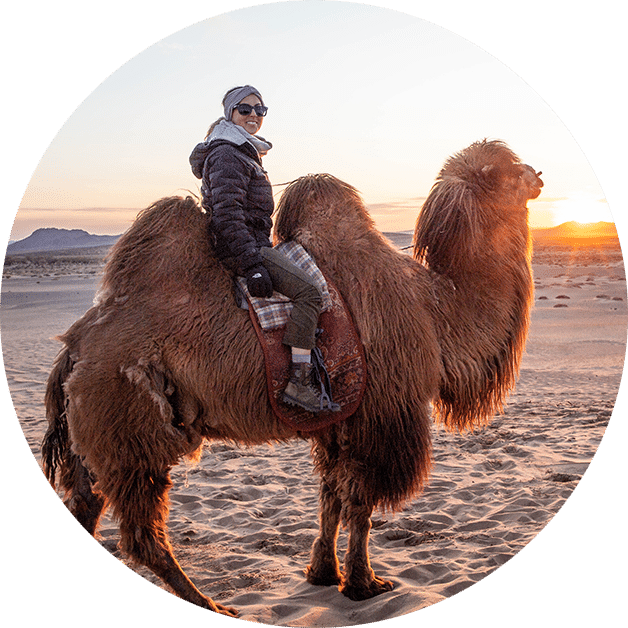
Author: Breanna Wilson
Hi! Sain uu! I’m Breanna, an American travel writer and adventurer living in Ulaanbaatar, Mongolia for more than 5 years. I’ve written for and been featured in Condé Nast Traveler, CNN, Forbes, and the New York Times, among others. Read more of my Mongolia travel articles here .
Train Like a Mongol Warrior During this 6-Day Mounted Archery Trip
Privacy policy, terms & conditions, join my private travel group on facebook.
Proudly Based in Ulaanbaatar, Mongolia © 2024 Meanwhile in Mongolia
AFFILIATE NOTICE
This website contains links to products and services where I may make a commission when you purchase. This supports the continued upkeep and development of this website. For an explanation on this policy, read my Advertising Policy page .
Travel Vaccines and Advice for Mongolia

Mongolia is known for its natural beauty, from the tall mountains, blue lakes, and huge steppes. Travelers can go hiking, horseback riding, or camping and see wonders.
Mongolians are also known for being hospitable. It can be easier to find people to talk with or offer you help if you need it. But, despite the beauty of the rural areas, the cities are truly modern.
There is much to see and do in the former home of the Mongolian Empire.
Do I Need Vaccines for Mongolia?
Yes, some vaccines are recommended or required for Mongolia. The CDC and WHO recommend the following vaccinations for Mongolia: hepatitis A , hepatitis B , typhoid , rabies , tickborne encephalitis , meningitis , polio , measles, mumps and rubella (MMR) , Tdap (tetanus, diphtheria and pertussis) , chickenpox , shingles , pneumonia and influenza .
COVID-19 vaccination is recommended for travel to all regions, both foreign and domestic. Check with your local Passport Health clinic if immunization is offered in your area.
See the bullets below to learn more about some of these key immunizations:
- COVID-19 – Airborne & Direct Contact – Recommended for all unvaccinated individuals who qualify for vaccination
- Hepatitis A – Food & Water – Recommended for most travelers
- Hepatitis B – Blood & Body Fluids – Accelerated schedule available
- Typhoid – Food & Water – Shot lasts 2 years. Oral vaccine lasts 5 years, must be able to swallow pills. Oral doses must be kept in refrigerator.
- Rabies – Saliva of Infected Animals – High risk country. Vaccine recommended for long-term travelers and those who may come in contact with animals.
- Tickborne Encephalitis – Ticks & Unpasteurized Animal Products – Main risk area is in northern regions of the country.
- Measles Mumps Rubella (MMR) – Various Vectors – Given to anyone unvaccinated and/or born after 1957. One time adult booster recommended.
- TDAP (Tetanus, Diphtheria & Pertussis) – Wounds & Airborne – Only one adult booster of pertussis required.
- Chickenpox – Direct Contact & Airborne – Given to those unvaccinated that did not have chickenpox.
- Shingles – Direct Contact – Vaccine can still be given if you have had shingles.
- Pneumonia – Airborne – Two vaccines given separately. All 65+ or immunocompromised should receive both.
- Influenza – Airborne – Vaccine components change annually.
- Meningitis – Airborne & Direct Contact – Given to anyone unvaccinated or at an increased risk, especially students.
- Polio – Food & Water – Considered a routine vaccination for most travel itineraries. Single adult booster recommended.
See the tables below for more information:
If you plan to interact with animals, consider receiving a rabies vaccine . Healthcare is limited in Mongolia and a rabies vaccine can help avoid a serious health threat.
See our vaccinations page to learn more about these infections and vaccines. Ready to protect yourself? Book your travel health appointment today by calling or schedule online now .
Do I Need a Visa for Mongolia?
A visa is not required to enter Mongolia. Passports must have at least six months validity at entry.
Sources: Embassy of Mongolia and U.S. State Department
If you are staying for more than 30 days you must register with Mongolian Immigration within seven days of arrival.
What is the Climate Like in Mongolia?
Mongolia has a continental climate with long, cold winters and short, mild summers. The weather and climate can vary depending on the region.
Ulaanbaatar has a subarctic climate with very cold winters and short, mild summers. Lake Khovsgol has a subarctic climate with temperatures ranging from -40 degrees in winter to 75 in summer. The Gobi Desert has a desert climate with very hot summers and cold winters. Gobi temperatures in the summer months reaching up to 100 and dropping to -40 in winter. The Altai Mountains have a subarctic climate with long, cold winters and short, cool summers.
The best time to visit Mongolia is during the summer months when the weather is milder.
The weather can be unpredictable in Mongolia, so it is always a good idea to pack warm clothing, even in the summer months.
How Safe is Mongolia?
Mongolia is generally a safe country to visit, but, travelers should take precautions to stay safe. Here are some tips for staying safe while vacationing in Mongolia:
- Research before you go: Before you leave, make sure to research the areas you plan to visit. Be sure to check the latest travel advisory updates for Mongolia.
- Dress appropriately: Mongolia can be cold, so dress in layers and bring appropriate clothing. Wearing a hat and gloves is important, as is wearing sturdy shoes or boots if you plan to go hiking or trekking.
- Watch out for pickpockets: Pickpocketing can be an issue in busy areas, such as markets and tourist attractions. Keep your valuables close to you and avoid carrying large sums of money.
- Be cautious when using public transport: When using public transport, be aware of your surroundings and keep an eye on your belongings. Taxis and buses are generally safe to use, but it’s always a good idea to use reputable companies.
- Be respectful of local customs: Mongolians are known for their hospitality and warmth. It’s important to be respectful of local customs. Avoid taking photos of people without permission, and be mindful of dress codes when visiting religious sites.
- Drink bottled water: Tap water in Mongolia is not safe to drink, so make sure to drink bottled water or bring a water filter.
By following these tips, travelers can have a safe and enjoyable trip to Mongolia.
Terelj National Park – A Must See
Avoid an embarrassing stop, over 70% of travelers will have diarrhea., get protected with passport health’s travelers’ diarrhea kit .
Terelj National Park is a beautiful area located outside of Ulaanbaatar. It is a popular destination for its scenic beauty and wide range of outdoor activities. Reasons to visit include:
- Stunning Scenery: Terelj National Park has granite rock formations, forests, grasslands, and the Terelj River. Visitors can enjoy breathtaking views of the scenery and take memorable photographs.
- Outdoor Activities: Hiking, trekking, horseback riding and camping are some of the popular activities that visitors enjoy. The park has several trails that cater to different levels of difficulty and fitness.
- Wildlife Viewing: Terelj is home to a variety of wildlife, including argali sheep, ibex, wolves and eagles. Visitors can take guided wildlife tours to see these animals in their natural habitats.
Terelj National Park is a must-visit destination for travelers to Mongolia.
What Should I Take to Mongolia?
Mongolia is a unique destination with a diverse range of landscapes and experiences. To ensure you are prepared for your trip, here are some essential items you should pack:
- Clothing: Mongolia has a harsh climate with extreme temperatures. It’s important to pack appropriate clothing. Warm layers are essential, including a good quality jacket, thermal underwear, and woolen socks. A windproof and waterproof jacket and pants are also recommended. In the summer months, it can get quite hot, so bring lightweight, breathable clothing.
- Footwear: Mongolia has rugged terrain, a sturdy pair of hiking boots or trail shoes is recommended. You may want a pair of sandals or flip-flops for crossing wet areas.
- Personal care items: Mongolia is a remote destination, so bring all your personal care items. Sunscreen, repellents, hand sanitizer and wet wipes may be difficult to find in-country.
- Electronics: Mongolia has limited access to electricity. Bring a portable power bank to charge your phone or camera. A universal power adapter is a must-have as well.
- Medications: If you take prescription medications, bring enough to last for the duration of your trip. A basic first-aid kit containing bandages, antiseptic cream and pain relief medication is a must-have.
- Cash and credit cards: Mongolia is largely a cash-based economy. Bring enough local currency to cover your expenses. Credit cards are accepted in some hotels and restaurants in Ulaanbaatar, but rarely elsewhere.
Remember to pack light and keep in mind that you’ll be on the move frequently.
U.S. Embassy to Mongolia
The U.S. Embassy in Mongolia offers a range of services and support to U.S. travelers and citizens visiting or living in Mongolia. These services include consular services such as issuing passports, registering citizens in the STEP program, providing notarial services, and assisting U.S. citizens in emergencies. The embassy also provides visa services for non-U.S. citizens wishing to travel to the United States, and supports cultural and educational exchanges between the two countries. The embassy is found at:
U.S. Embassy Ulaanbaatar Denver Street #3 11th Micro-District Ulaanbaatar 14190, Mongolia Phone: +976-7007-6001
The embassy works with the Mongolian government and law enforcement agencies to promote security and counter-terrorism efforts. American citizen services, including assistance with legal issues, medical emergencies, and repatriation in the event of an emergency, are also provided.
Stay safe abroad with Passport Health. Call or book online now and start traveling safely today!
Customer Reviews
Passport health – travel vaccines for mongolia.
On This Page: Do I Need Vaccines for Mongolia? Do I Need a Visa for Mongolia? What is the Climate Like in Mongolia? How Safe is Mongolia? Terelj National Park – A Must See What Should I Take to Mongolia? U.S. Embassy to Mongolia
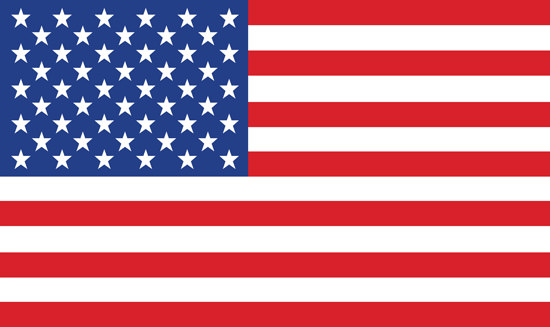
- Records Requests
- Passport Health App
- Privacy Center
- Online Store

IMAGES
COMMENTS
While Mongolia is generally a safe place to travel, tourists have been known to get robbed in Ulaanbaatar. Back in 2012, I had my wallet picked from my back pocket outside the Ulaanbaatar Department Store - a rookie mistake! Also take extra care when crossing the street - Ulaanbaatar is choked with cars and pedestrians get no special ...
TRANSPORT & TAXIS RISK: LOW. Generally, transportation in Mongolia is pretty safe and reliable. You can use taxis, buses and share minivans and jeeps, and you can also use camels. Just be aware of unmarked cars driving with the window rolled down, offering to give you a ride. It is probably a scam with a goal to steal your money.
Yes and no. Mongolia is safe to visit, but like anywhere, you will have to take some precautions. Especially if you are spending time in nature, you will have to be careful about animals and wild weather. Most countries agree in their assessment that Mongolia is a safe place to visit. The United States places the country under a Level One ...
Reissued with obsolete COVID-19 page links removed. Exercise normal precautions in Mongolia. Read the country information page for additional information on travel to Mongolia.. If you travel to Mongolia, you should: Enroll in the Smart Traveler Enrollment Program (STEP) to receive Alerts and make it easier to locate you in an emergency.; Monitor local media for breaking events and adjust your ...
1. Is it safe to travel to Mongolia? Mongolia is a relatively safe country for foreigners. However, both street crime and violent crime are on the rise, especially in larger towns and cities. Crime typically peaks during the Naadam summer festival in July and during the Tsagaan Sar (Lunar New Year) festival in January or February.
Travelers are urged to review the Mongolia Travel Advisory, which provides information about safety and security concerns affecting the country.. The phone number to report crimes to the local police in Mongolia is 102.The number to call an ambulance or fire truck in an emergency is 103.Please note that local authorities, including the operators responding to these emergency numbers, do not ...
Where to Go in Mongolia - Itinerary. Day 1: Visiting Ulaanbaatar. Day 2: Getting from Ulaanbaatar to the Gobi desert. Day 3: Visit the Baga Gazryn Chuluu Rock Formations. Day 4: Sleep at a Ger Camp in the Gobi Desert. Day 5: Dalanzagad to Gobi Discovery Ger Camp. Day 6: Hiking in Yolin Am - Mongolia's Ice Valley.
Mongolia is one of the least crime-ridden countries to visit, but petty crime is about. Our safety expert shares his tips on how you can stay safe. With one of the lowest crime rates in Asia, you won't have much to worry about when it comes to trouble in Mongolia - so long as you use common sense.
Find continuously updated travel restrictions for Mongolia such as border, vaccination, COVID-19 testing, and quarantine requirements.
In addition, any person traveling by air or land to Mongolia must present a negative COVID-19 test result taken within 72 hours before arrival. Thus, any person, regardless of nationality, including children who have reached the eligible age of taking COVID-19 PCR test, wishing to travel to Mongolia, must present a negative result at boarding.
If your travel plans in Mongolia include outdoor activities, take these steps to stay safe and healthy during your trip. Stay alert to changing weather conditions and adjust your plans if conditions become unsafe. Prepare for activities by wearing the right clothes and packing protective items, such as bug spray, sunscreen, and a basic first ...
The Naadam Festival. Four-wheel driving might make you motion sick. Preparing for the Mongolian steppe. Mongolians love horses. Important ger etiquette you should know. The many milk products of Mongolia. 1. The Naadam Festival is not what you might expect. Many people come to Mongolia to see the annual Naadam Festival, a mix of pageantry ...
If you travel to Mongolia through China, or plan to transit through or travel to China from Mongolia, you must meet China's entry and exit requirements. ... Prevent hepatitis B infection by practicing safe sex, only using new and sterile drug equipment, and only getting tattoos and piercings in settings that follow public health regulations ...
Living in Mongolia. Travelling to Mongolia. FCDO travel advice for Mongolia. Includes safety and security, insurance, entry requirements and legal differences.
Overall, rural Mongolia is very safe. However, you need to remember that you are far from medical assistance if things do go wrong. If you're going to travel far from Ulaanbaatar, you should be prepared with a basic first-aid kit and some travel medication (antibiotics, Immodium, rehydration salts) Rural Mongongolia is also not well connected ...
Here's everything you need to know about getting a visa for Mongolia. Many people can travel to Mongolia visa-free. In a bid to boost tourism following the global pandemic, 2023, 2024 and 2025 have been declared "the years to visit Mongolia", and a host of countries are now being offered visa-free travel until the end of 2025.
Mongolia is generally safe to visit at night in urban areas, but caution is advisable. Ulaanbaatar, the capital city, has its share of nightlife, and many areas are well-lit and bustling. However, in rural or remote regions, traveling at night can pose risks due to limited infrastructure and harsh conditions.
If you travel between Mongolia and China, you must follow China's entry and exit rules. This is the case even if you are only transiting through China. The Embassy of China in Mongolia can only issue a visa for China to residents of Mongolia. If you're going to China, you must get a visa before you travel. More information: Travel advice for China
Vaccinated travelers can leave Mongolia. Please make yourself familiar with the COVID-19 requirements at your destination country. Travel documents if I am vaccinated. A certificate of complete vaccination against COVID-19 in paper or electronic format. In addition, we recommended that you check for testing requirements at your destination.
21 days visa-free: Philippines. 14 days visa-free: Hong Kong. 2 - Mongolia visa at an embassy: If you're not on the above list of countries, you should apply for your Mongolia visa at your nearest Mongolia embassy. To apply for a tourist visa, you'll need: Completed application form. 3.5×4.5cm photo.
This is when most tourists visit Mongolia, so you can expect peak rates, sometimes crowded natural landmarks and museums, and full flights. The average summer temperature in Mongolia is between 25° and 32° C, with cold nights. You can comfortably wear t-shirts during the day and a light jacket when it gets dark.
US citizens do not need a tourist visa when travelling to Mongolia in 2024. US passport holders can stay in Mongolia for a short period of time (for 90 days). Please, read all the information below to make your trip easy and safe. Don't rely on information from only one source. Please, with at least one more source listed in the link.
Mongolia is generally a safe country to visit, but, travelers should take precautions to stay safe. Here are some tips for staying safe while vacationing in Mongolia: Research before you go: Before you leave, make sure to research the areas you plan to visit. Be sure to check the latest travel advisory updates for Mongolia.
The tourism promotion, coupled with several bilateral agreements such as visa-free travel for citizens of South Korea to Mongolia for 90 days and VAT-free shopping for Korean tourists in Mongolia ...